As of 2025, the global automotive industry is more digital than it has ever been, with nearly 85% of new vehicles featuring internet connectivity and advanced driver-assistance technologies. Cars are now considered computers on wheels, with features such as autonomous driving, smart infotainment, and more. While the cybersecurity in automotive industry has made this shift toward software-defined and connected vehicles, there are severe cybersecurity risks. Automotive device security focuses on the security of the electronic systems, control units, and communication networks of vehicles, and it is now a priority for automakers, technology vendors, and regulators.
As the complexity of cyber threats rises, it has become imperative to secure these digital software-enabled components to ensure safe operation, privacy, and reliability in the long run when driving on the road.
Understanding Automotive Device Security
Automotive device security protects the electronic systems and components inside the modern-day personal vehicle from cyber-related threats and attacks. As automobiles become more connected and reliant on software, the need to secure our devices is more important than ever. These devices include everything from the core control units managing the engine and braking system to the entertainment screens in your dashboard.
Key Components Covered:
Key components that need protection are:
- Electronic Control Units (ECUs): The “brains” behind various vehicle functionalities and components. They are responsible for everything from the performance of the engine to the proper deployment of airbags. Automotive network security ensures these communication channels are protected.
- Infotainment Systems: Multimedia and navigation systems in vehicles that usually connect to the internet and smartphones.
- Advanced Driver-Assistance Systems (ADAS): This technology helps keep the driver safe through adaptive cruise control, lane-keeping assistance, collision avoidance and other similar technologies.
- Vehicle-to-Everything (V2X) Communications: Systems enabling V2X communications allow vehicles to talk to other vehicles, infrastructure, and networks, providing a host of useful real-time features like traffic updates and emergency alerts. Automotive IoT security must cover these interactions to prevent spoofed or malicious data.
Why Is This Important?
It is important to secure these components because vulnerabilities could cause unauthorised access, data theft, or dangerous control over operations. A hacker may find a weak point in the infotainment system and cross over to take control of other important vehicle controls or steal sensitive user data.
Therefore, automotive device penetration testing is important to ensure vehicle safety, privacy, and reliability to protect vehicles and their passengers as well as the transport ecosystem as a whole.
Key Threats to Automotive Device Security
There are four main types of threats to automotive device security, including remote cyberattacks, ransomware, supply chain vulnerabilities, and insecure communications. These vulnerabilities can lead to unauthorised access, data theft, or access to critical vehicle functions. To formulate successful mitigation strategies, understanding those threats to automotive devices is imperative.
1. Remote Cyberattacks
As all vehicles are becoming more and more connected to the internet, hackers are more able to remotely attack critical vehicle systems such as infotainment and telematics. Cybercriminals can attack these systems to gain unauthorised access to vehicle controls or access vehicle owner-operator personal information. Remote hacking is especially dangerous because it may occur and go unnoticed, and the risk of pending vehicle theft or manipulation extends a far greater risk to customers and insurers.
2. Ransomware Attacks
Ransomware may cause cybercriminals to lock down vehicle systems or data, and they will demand payment for that data or system to work again. For commercial fleets or manufacturers, such a ransomware attack could result in significant disruptions that include costly downtime and customer loss in trusting the brand. Vehicles are becoming more full of software, and unfortunately, as a software application comes into existence, a larger threat of ransomware follows it.
3. EV Charging Station Vulnerabilities
Electric Vehicle charging infrastructure is a new and growing target of cyberattacks. Hackers can take advantage of software flaws in chargers to take over charging stations or sandbox malicious code into vehicles while charging. These vulnerabilities aren’t just a concern for vehicle owners themselves but have implications for the entire EV ecosystem.
4. Supply Chain Attack
Modern vehicles are as complicated as they have ever been and require components and software from diverse suppliers. Any potential risk in the supply chain could allow attackers to insert malware or vulnerabilities before the vehicle is assembled. If this takes place and if components get placed into critical parts of the vehicle, that means there are countless repair points resulting in a high landscape of risk that is tough to monitor or to find.
5. Insecure Vehicles-to-Whatever (V2X) Communications
V2X enables vehicles to communicate with each other and infrastructure while improving both safety and traffic flow. If the V2X communication channels are not properly secured, attackers can spoof messages or relay false messages, leading to unsafe behaviour and the potential for accidents or traffic turmoil due to the erroneous data they receive.
6. Insider Threats
Not all threats come from the outside. Employees or contractors with access to detailed information about the automotive systems may intentionally or unintentionally cause attacks against the systems under their control. Certainly, insider threat is more difficult to identify, even if it was a data leak, sabotage, or safety system in a vehicle.
Latest Penetration Testing Report
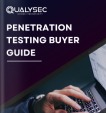
Solutions to Strengthen Automotive Device Security
To enhance the security of automotive devices, it’s important to implement a combination of the right tools and best practices. Secure software development lifecycle practices, regular penetration testing, robust encryption, and timely over-the-air updates are all made available by these solutions, contributing to safety and reliability on the road and protecting vehicles against evolving cyber threats.
1. Routine Penetration Testing
Penetration testing is when an ethical hacker replicates the actions of an adversary by targeting vehicle systems and the vehicle to find exploitable vulnerabilities before others do.
Manufacturers appreciate this form of testing because they can identify the potential vulnerabilities related to a specific point in time and to each attack surface, which can lead to a remediation plan, thus reinforcing the defences.
In addition, testing is performed periodically, and even when new features or updates appear, they likely change the attack surface and threaten the overall security quotient.
How Qualysec Helps:
Qualysec utilizes expert-driven automotive penetration testing to find unseen vulnerabilities and protect vital systems.
2. Secure Software Development Lifecycle (SSDLC)
Introducing secure practices to the software development process from conception through design and coding, then testing, and deployment minimizes the risk of exposure to vulnerabilities. SSDLC ensures that developers adhere to specific protocols, achieve secure coding specifications and consistently gather security information, making a more secure and stable vehicle software product.
How Qualysec Helps:
Qualysec ensures secure coding and vulnerability assessments are incorporated into every stage of the software development lifecycle.
3. Encryption and Strong Authentication
While encryption has a role in protecting the vehicle’s data communications both in-vehicle and between the vehicle and external networks, what makes those car communications secure is encryption combined with multi-factor authentication. Together these two techniques can ensure only authorized end devices or users have access to critical systems, reducing the risk of unauthorized control, data theft, or compromised data integrity.
How Qualysec Helps:
Qualysec verifies the data encryption and authentication layers deployed to allow access only to trusted persons and systems.
4. Secure Over-the-Air (OTA) Updates
OTA updates give vehicle makers the ability to remotely and quickly deliver security patches and updates to features. Making sure when implementing OTA updates that the process is encrypted, authenticated, and tamper-resistant allows the OEM to keep vehicles out in the field protected from new threats without requiring a physical recall or service visit, improving both security and convenience to the customer.
How Qualysec Helps:
Qualysec maintains the trust of an OTA update cycle by examining the delivery, encryption and access control via security testing for weaknesses.
5. Conformance with Standards and Regulatory Frameworks
Compliance with cybersecurity frameworks such as ISO/SAE 21434 and UNECE WP.29 R155 ensures that vehicles meet security requirements. Conformance ensures consistent security practices across the automotive ecosystem, while also helping companies avoid penalties, earn consumer trust and protect their brand.
How Qualysec Helps:
Qualysec assists organizations with compliance to ISO/SAE 21434 and UNECE WP.29 with expert gap analysis and assessments.
6. Management of Supply Chain Security
Adherence to rigorous security measures related to suppliers and third-party software vendors will reduce risks associated with supply chains. Ultimately, there will need to be security audits and transparency, as well as cybersecurity requirements for partners to adhere to. Managing supply chain security is vital since any vulnerabilities could threaten the entire vehicle ecosystem.
How Qualysec Helps:
Qualysec is auditing third-party vendors and suppliers/suppliers to maintain strong cybersecurity practices across the supply chain.
Talk to our Cybersecurity Expert to discuss your specific needs and how we can help your business.
FAQs
1. What Is an Automotive Security System?
An automotive security system protects vehicles from theft, unauthorized access, and attacks. There are physical tools like alarms, and digital protections like firewalls and encryption. Automotive security systems protect the hardware (car/vehicle) and the electronic networks.
2. What Is The Meaning of Automotive Security?
Automotive security means protecting vehicles from physical and digital threats. This can range from protecting against theft and tampering to securing against cyberattacks that have the potential to impact safety and/or data. With the advancement of cars into smart cars, automotive security also means the security of their software and communications.
In India, as vehicles become smarter and more connected, automotive device security is critical to protect drivers and their data from cyber threats. As many more features depend on software and Internet connectivity, securing the electronic systems inside vehicles helps reduce the risk of hacking, preventing theft, and compromising the vehicle’s control.
By knowing the major threats (remote attacks, supply chain threats; etc.) as well as solutions to help manufacturers and businesses avoid them (i.e., penetration testing, encryption, and secure updates), the manufacturers and businesses of vehicles can provide safer vehicles. Secure your vehicles, secure your brand — Get started with Qualysec today!

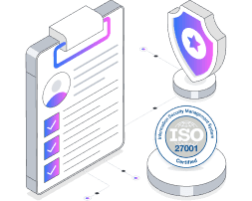



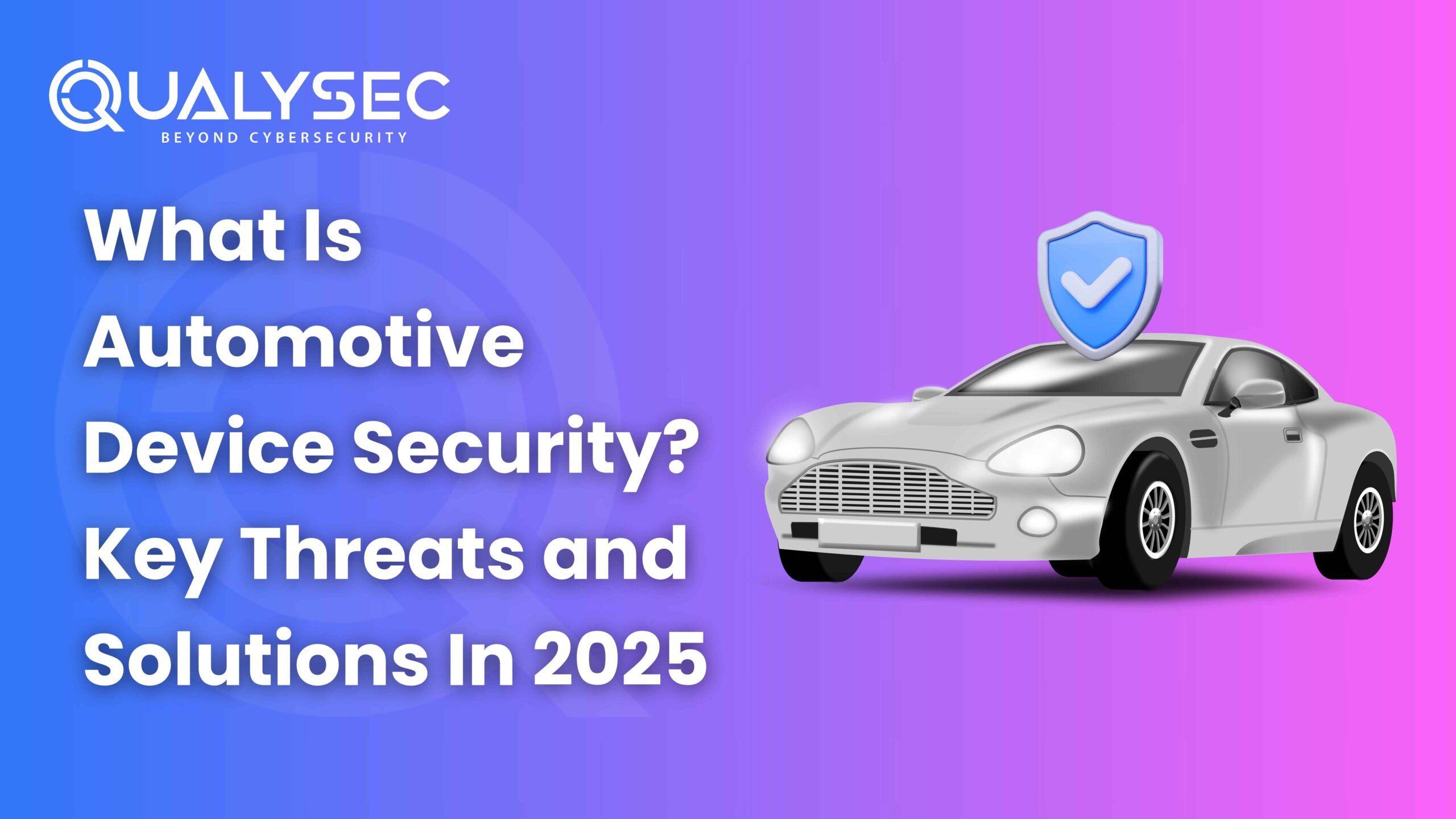




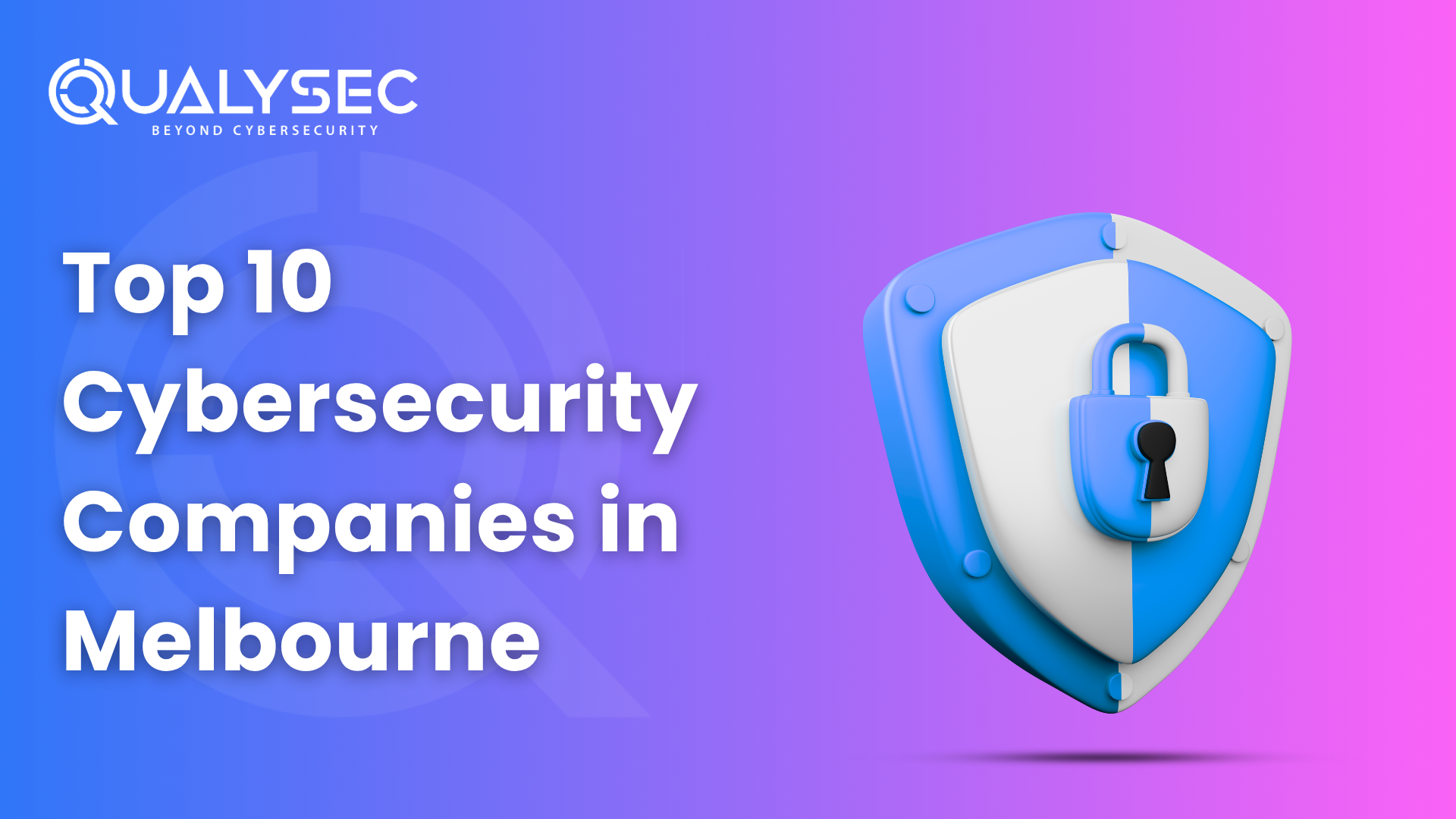

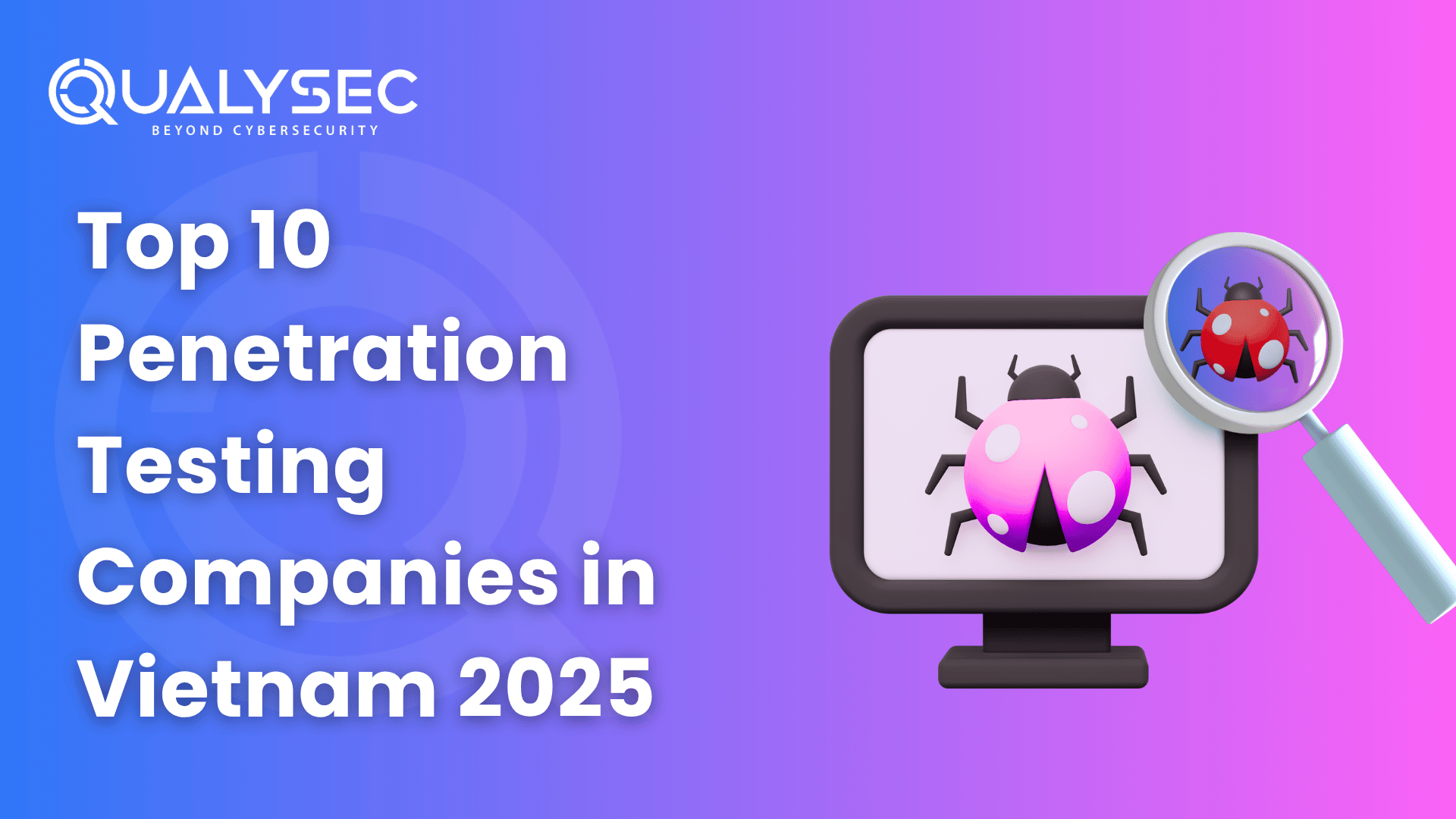


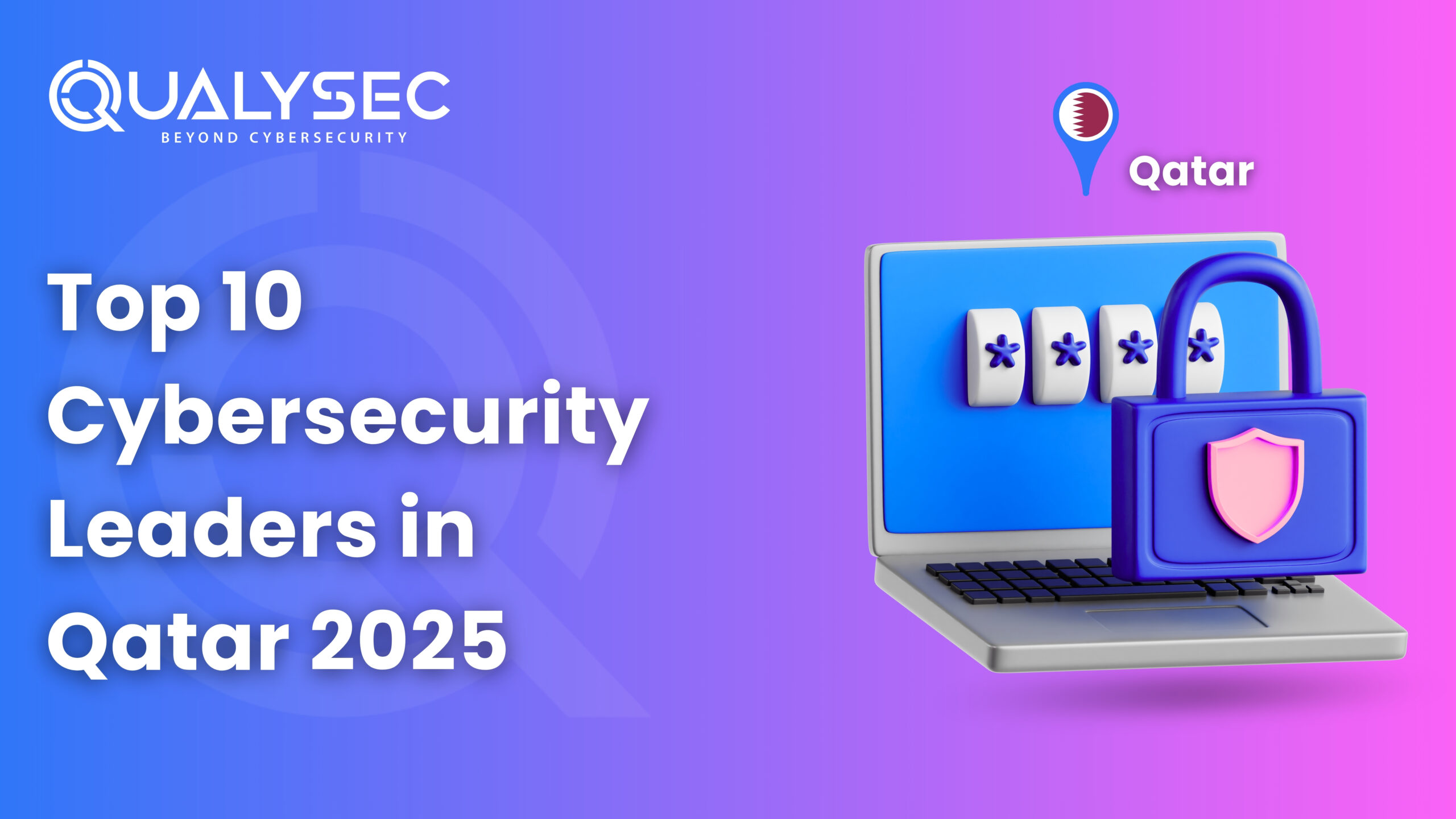


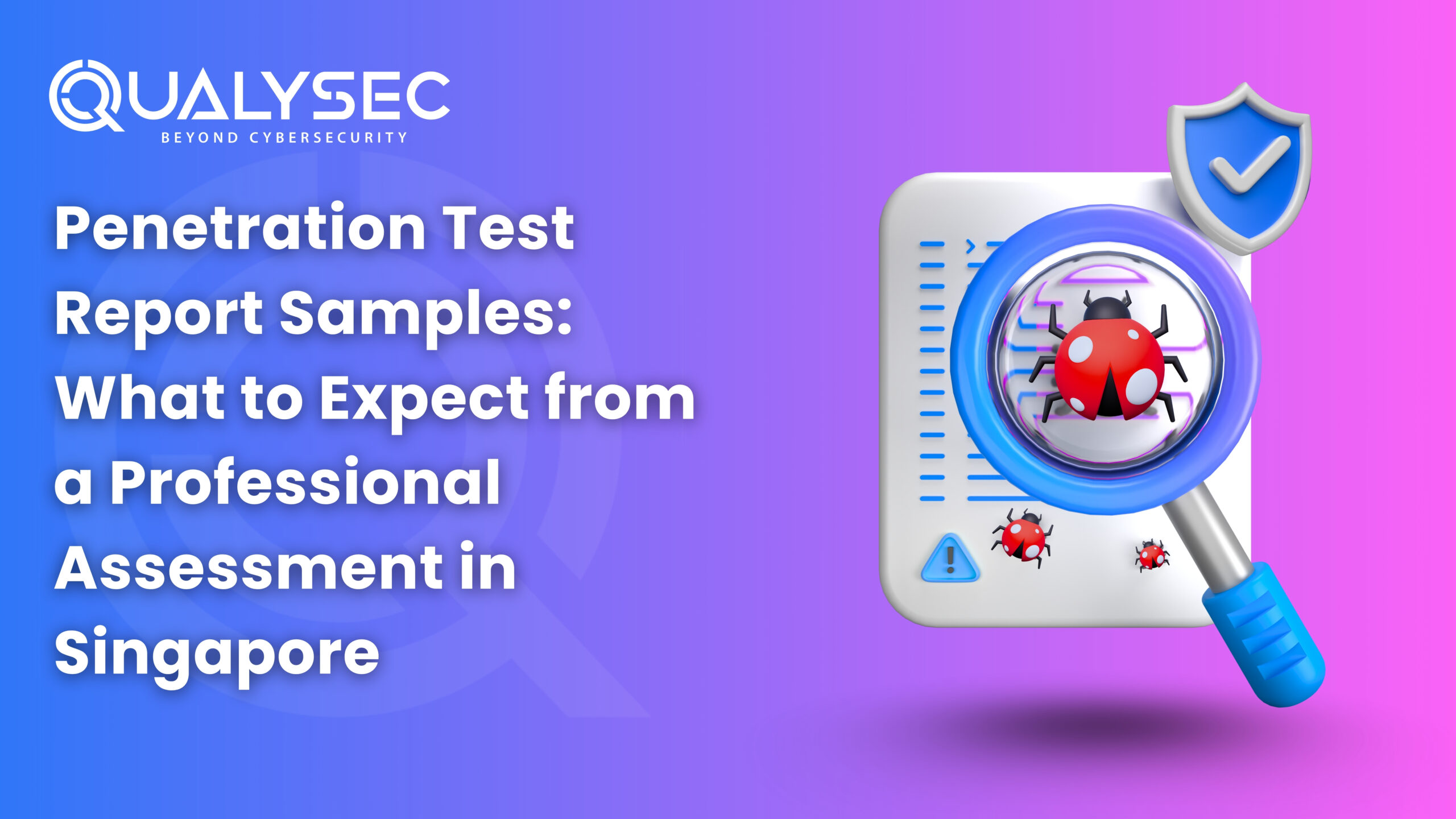

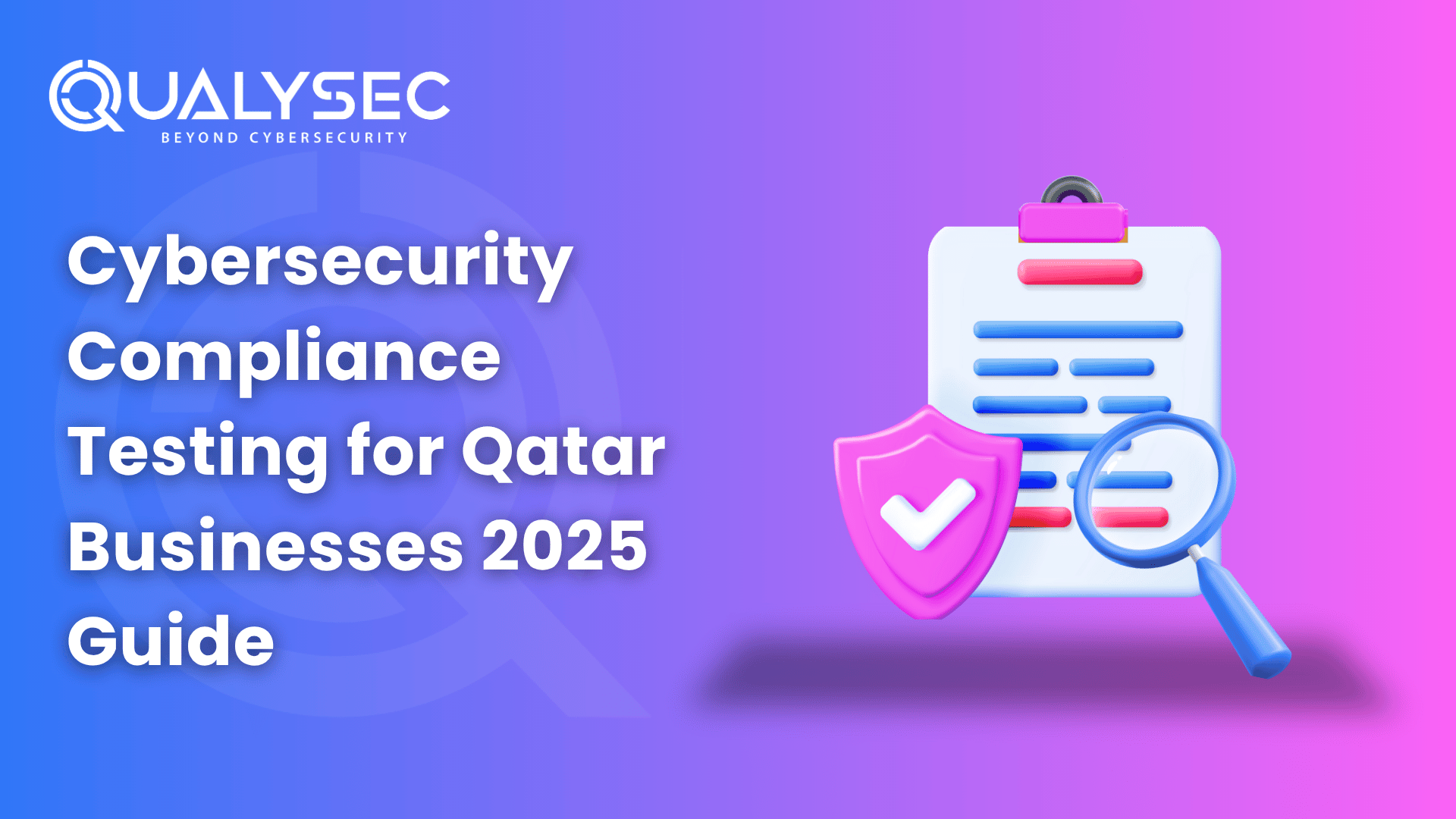
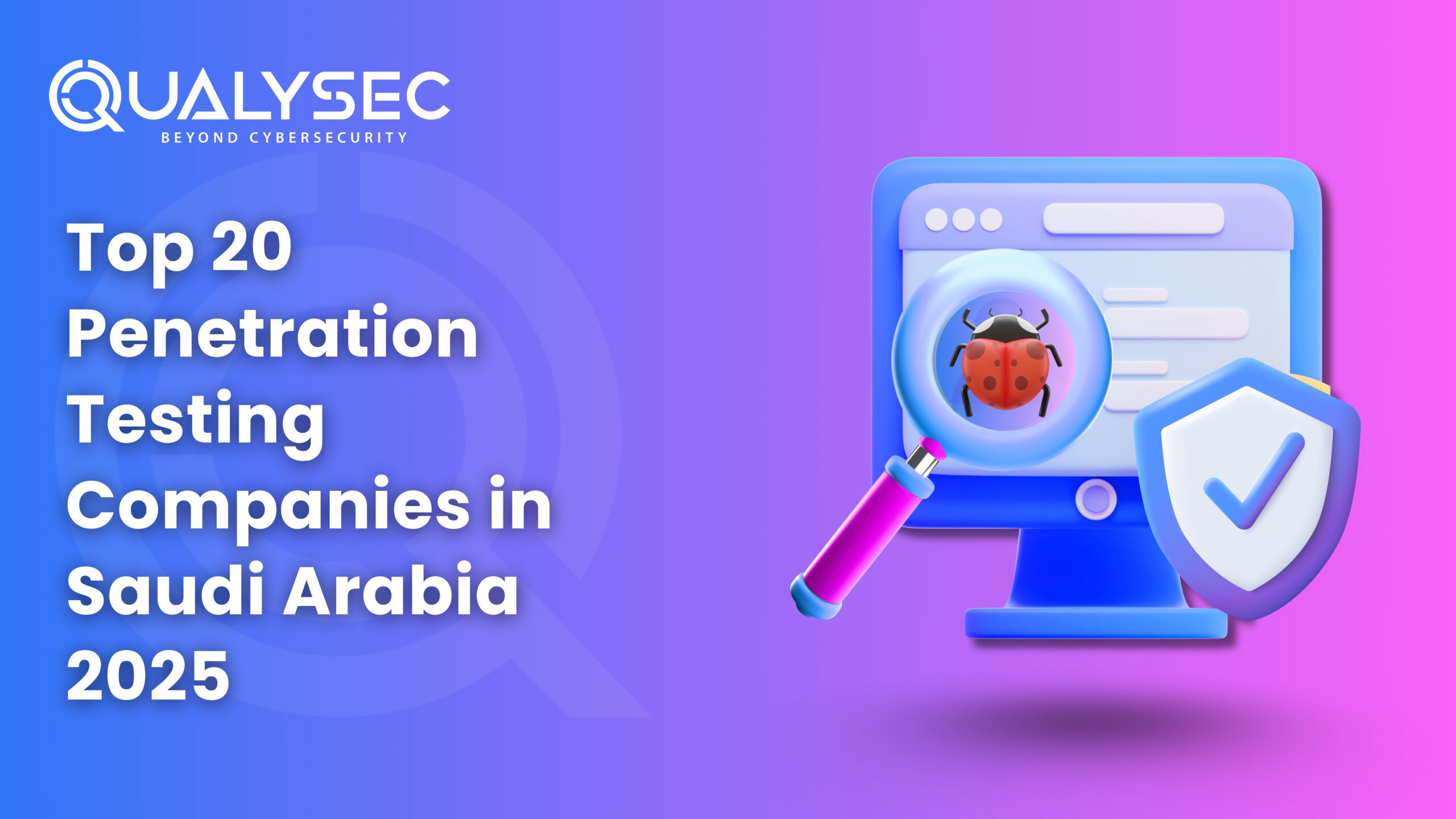
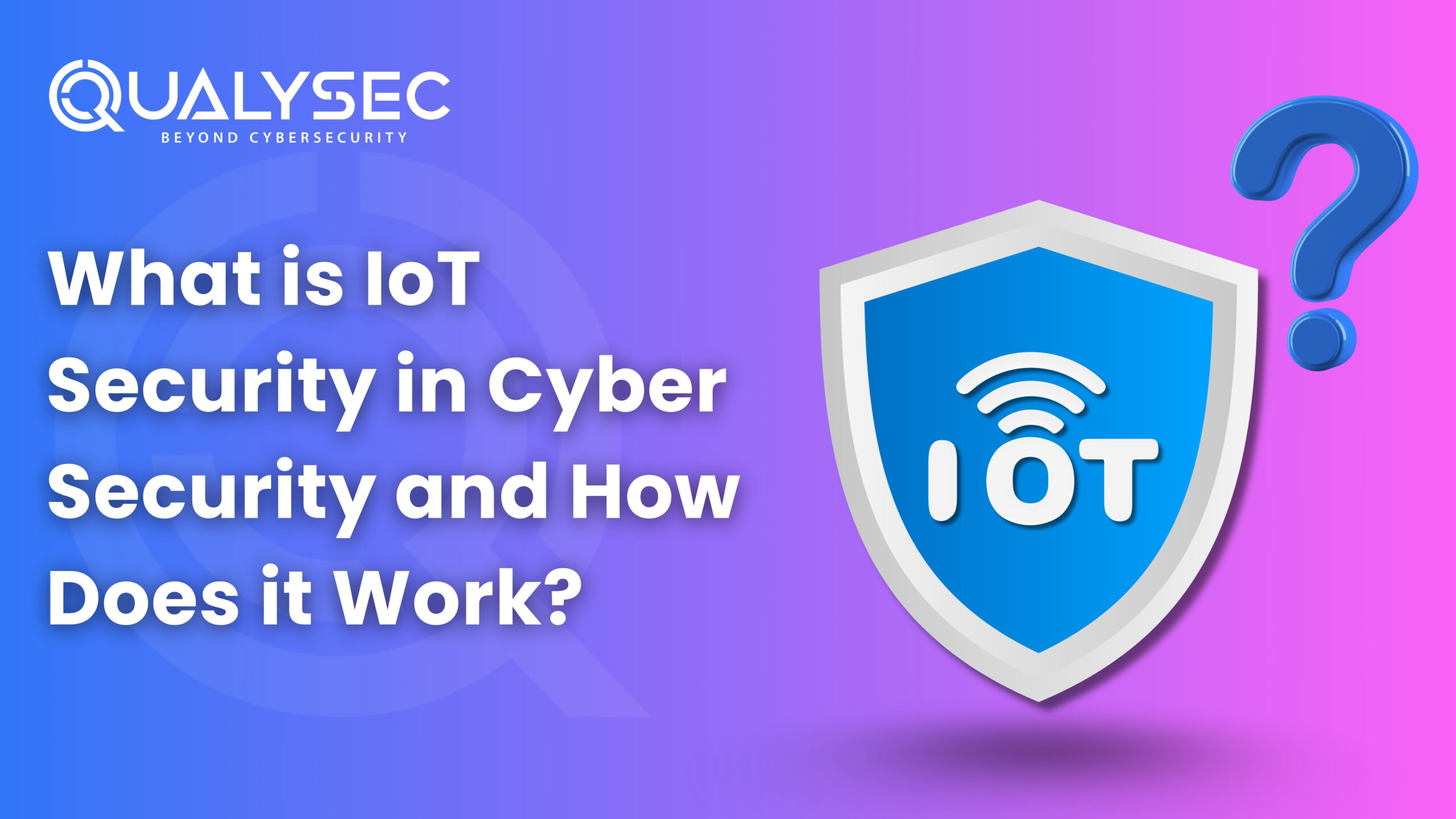
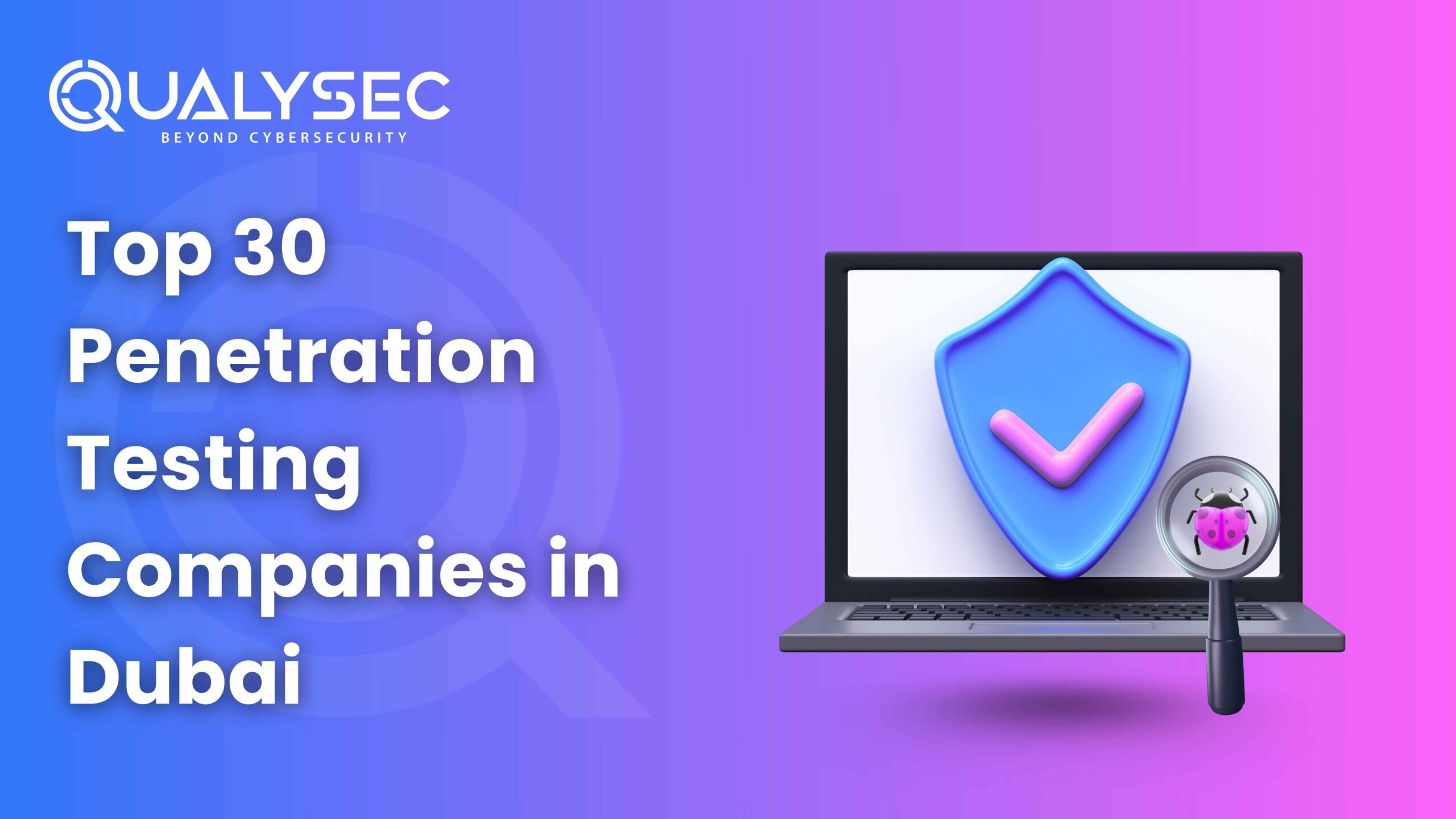

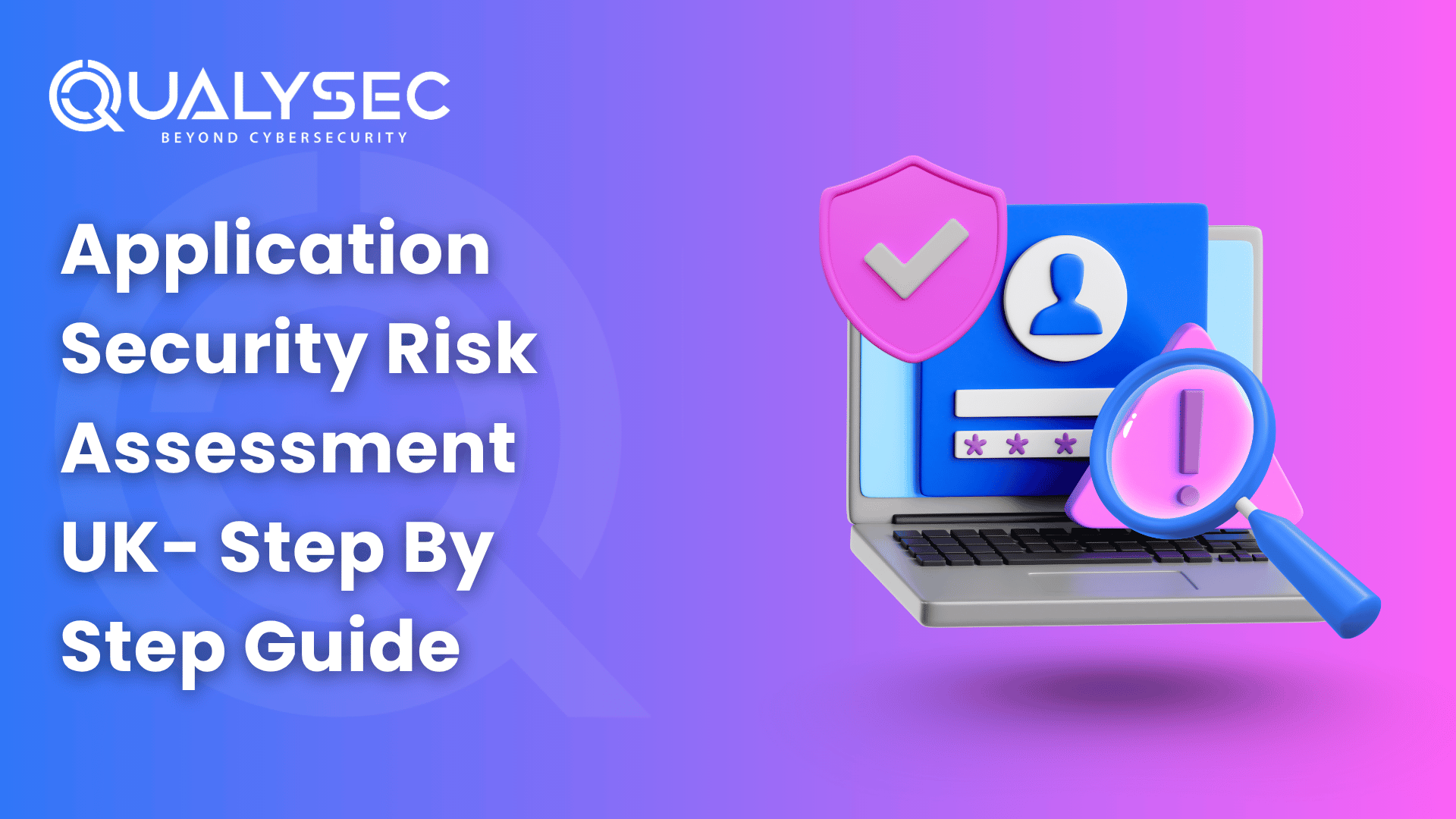


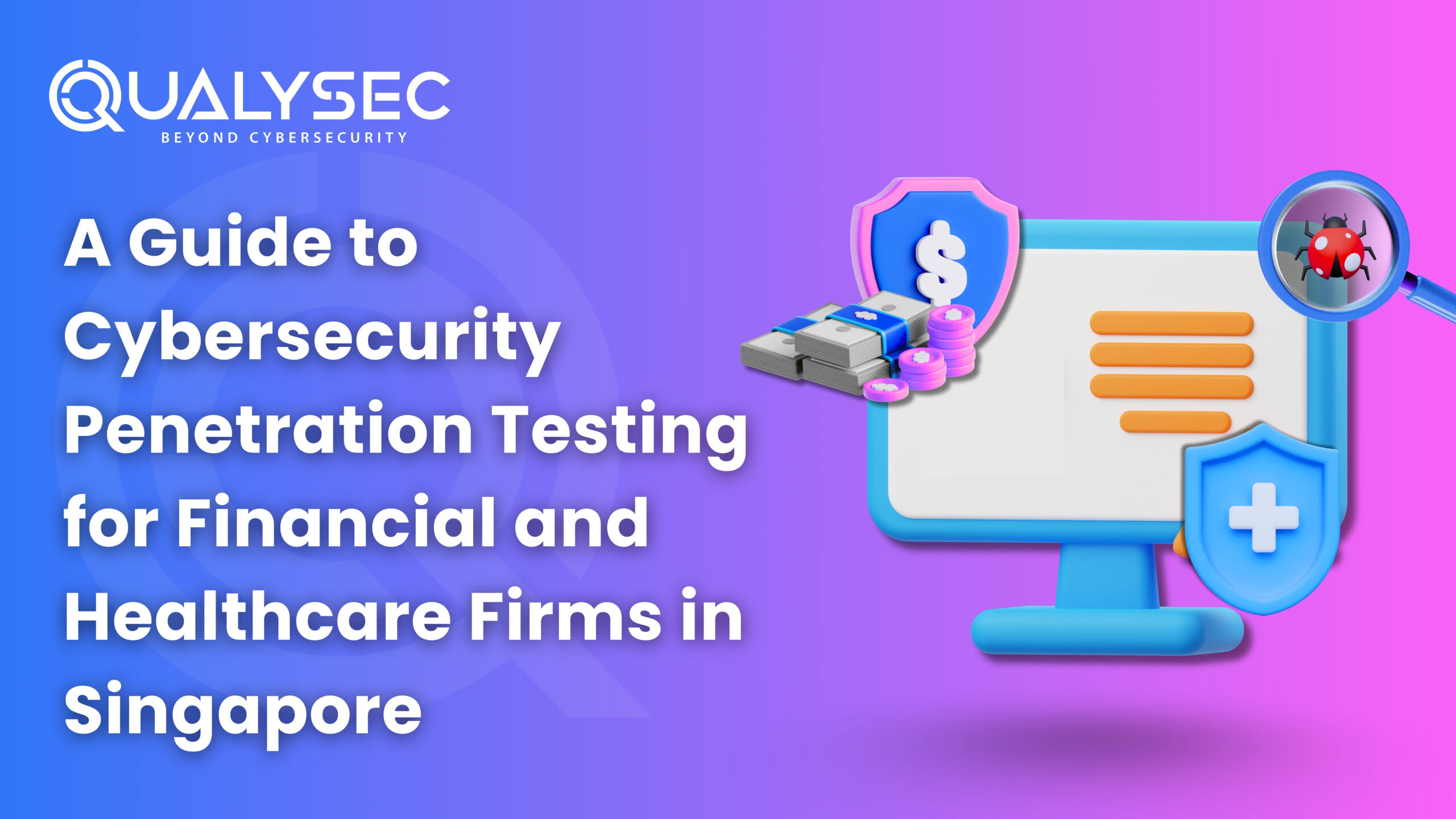

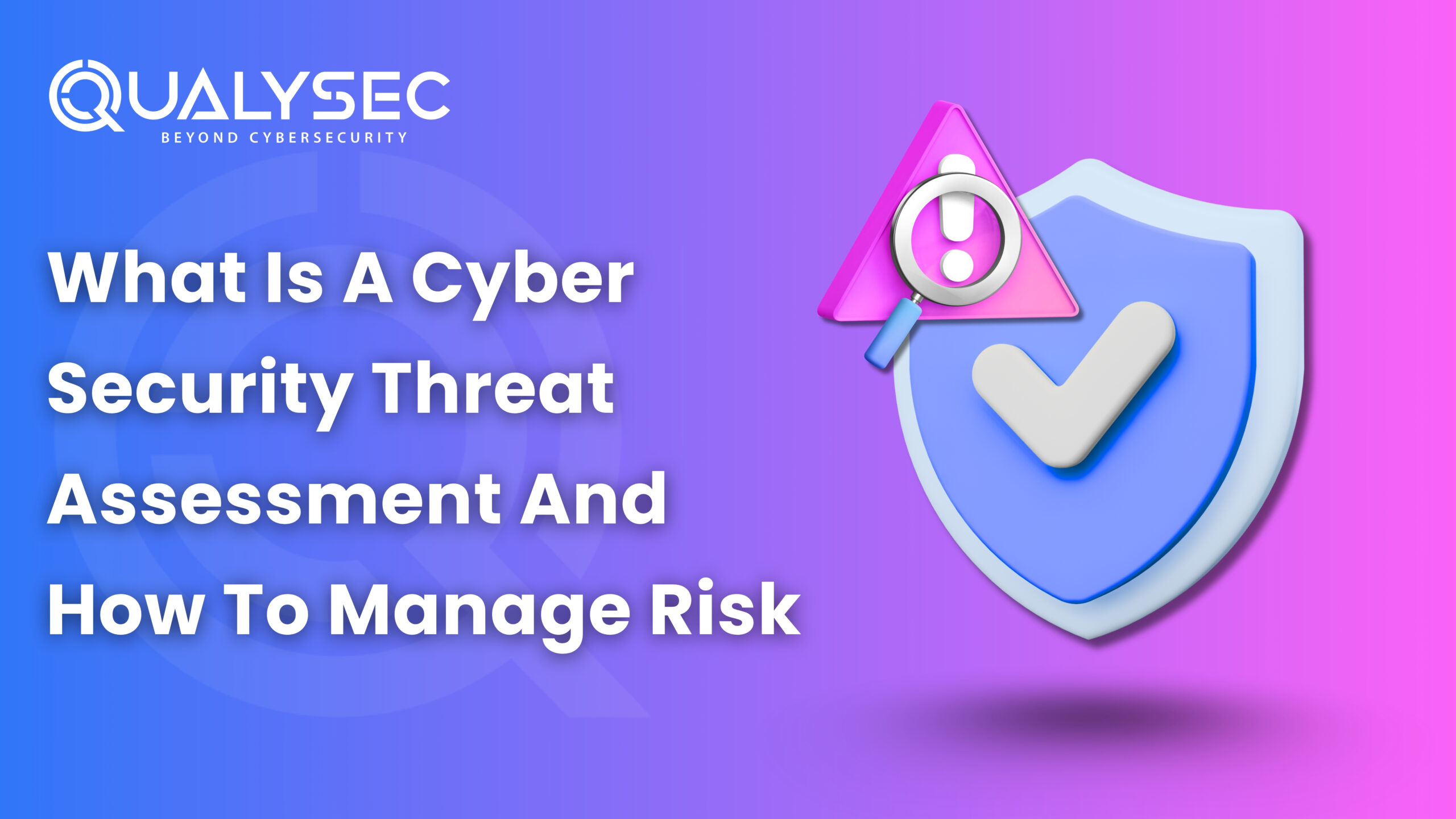




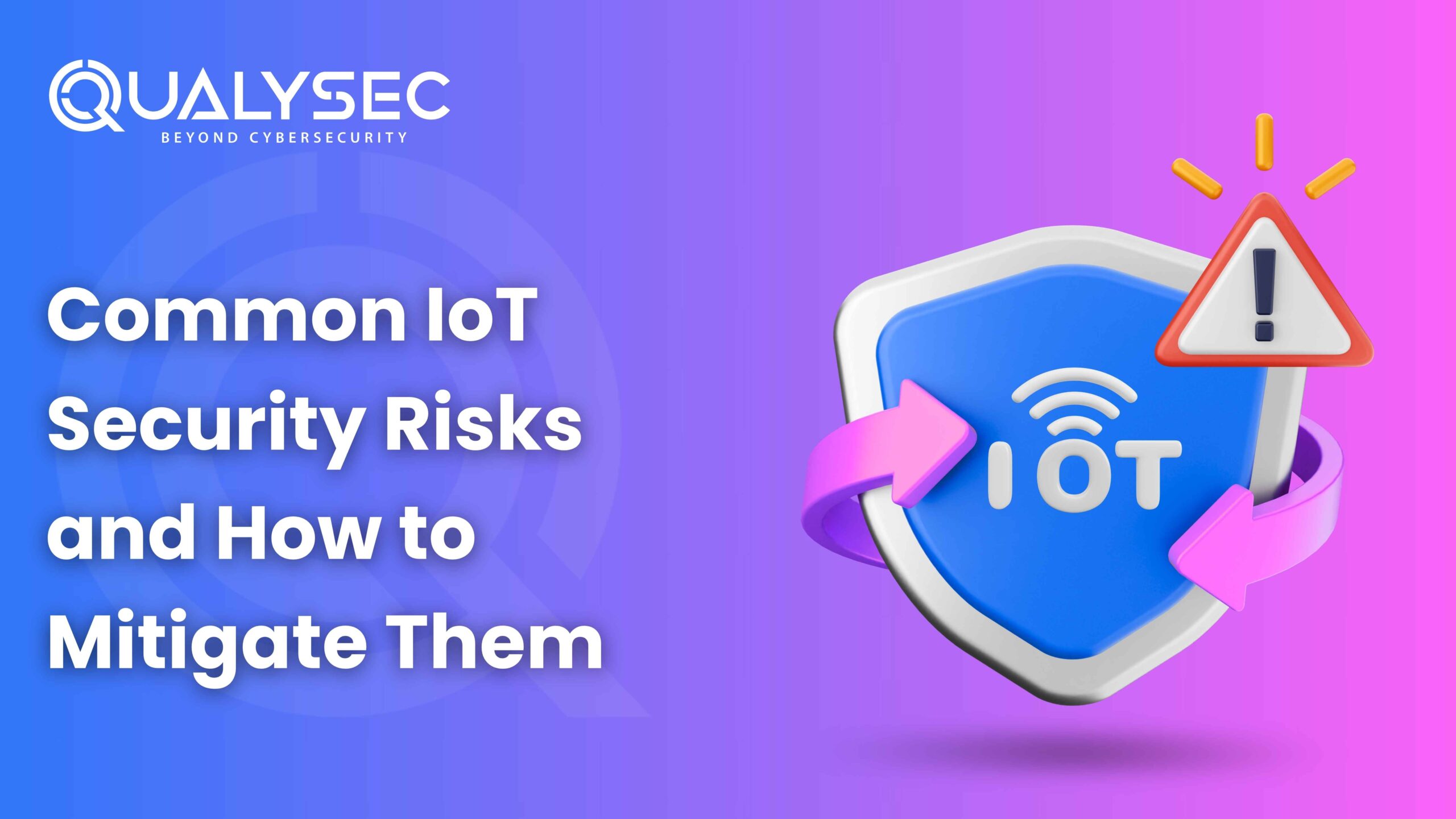

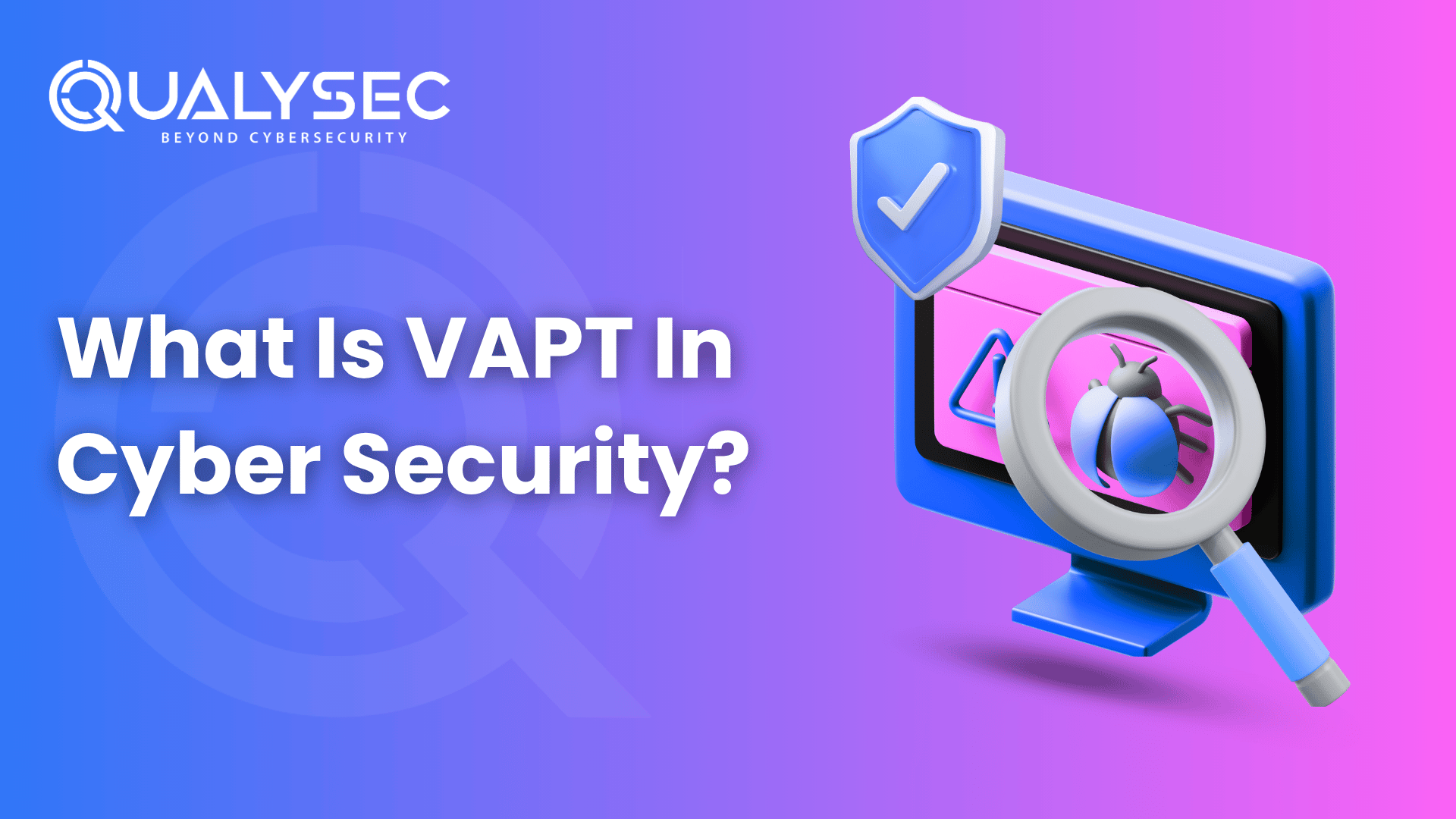
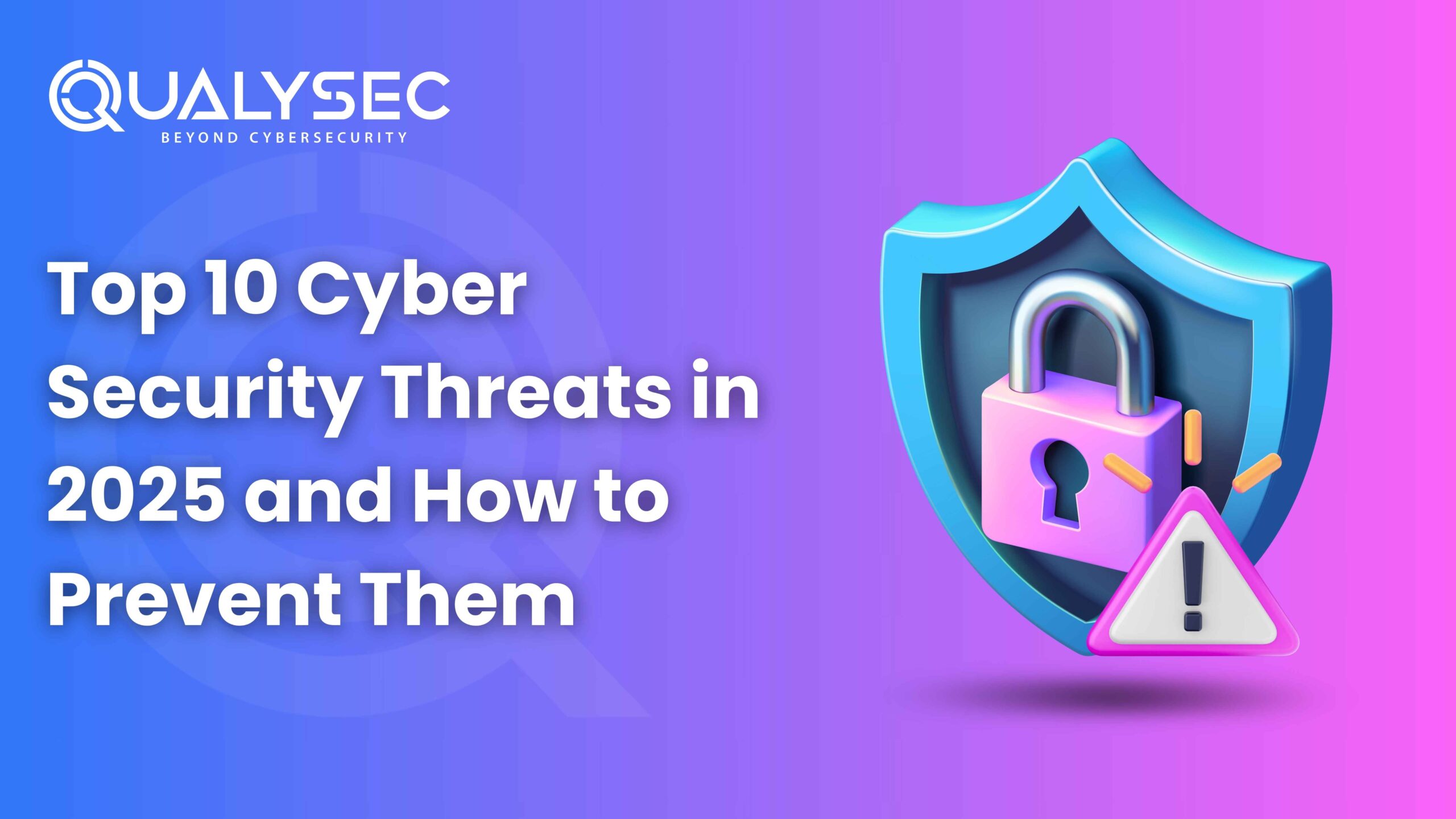
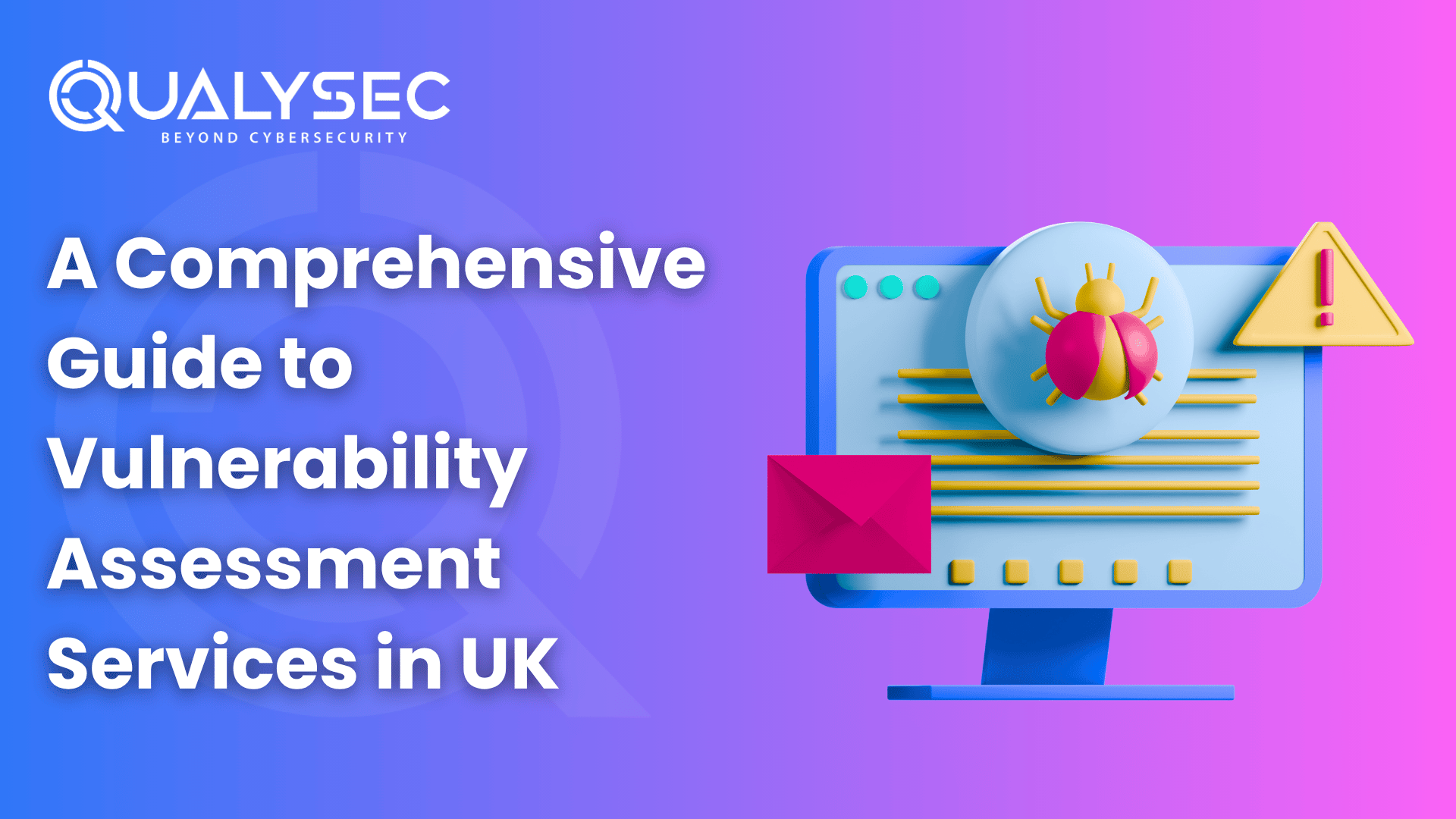
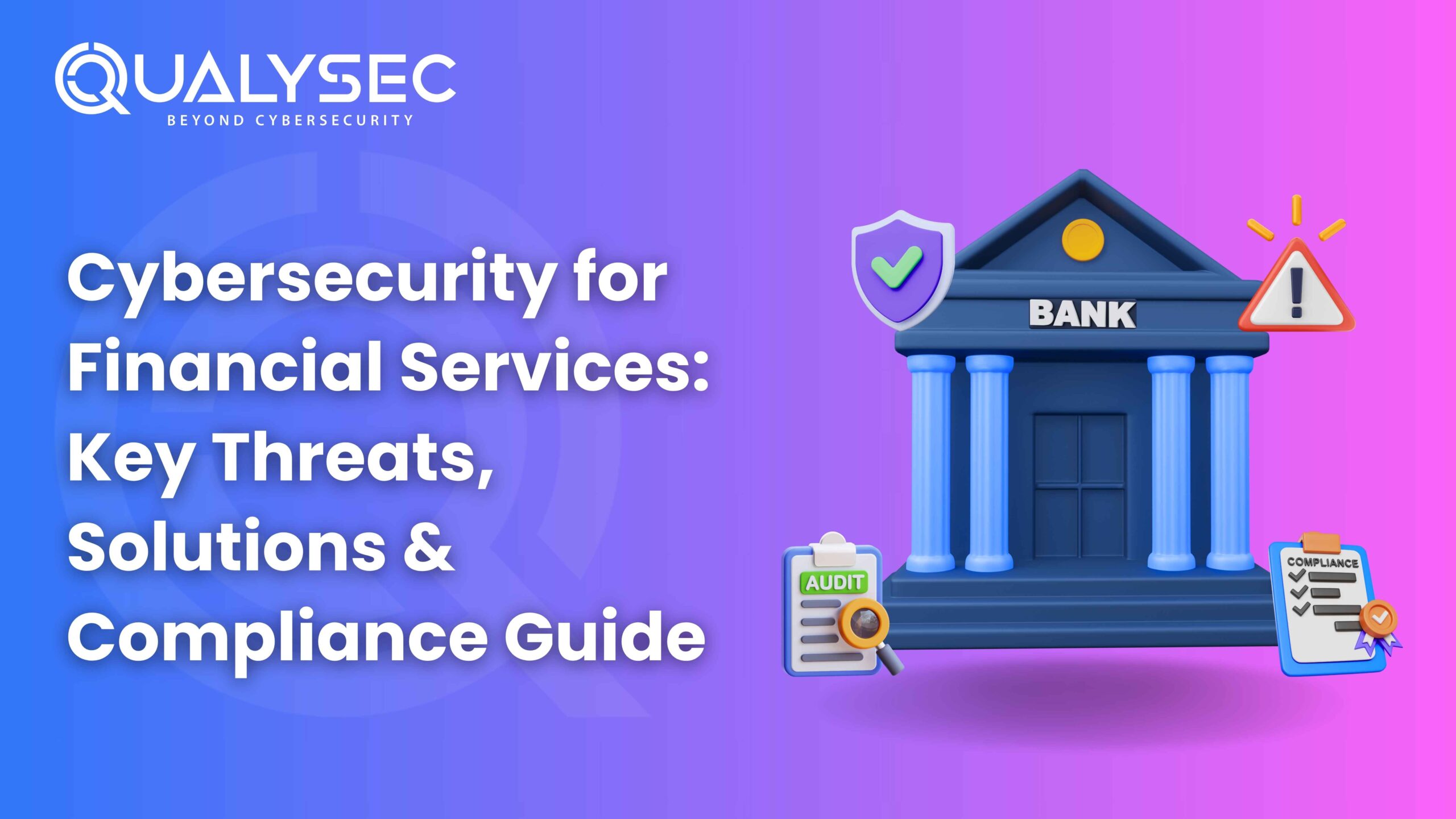
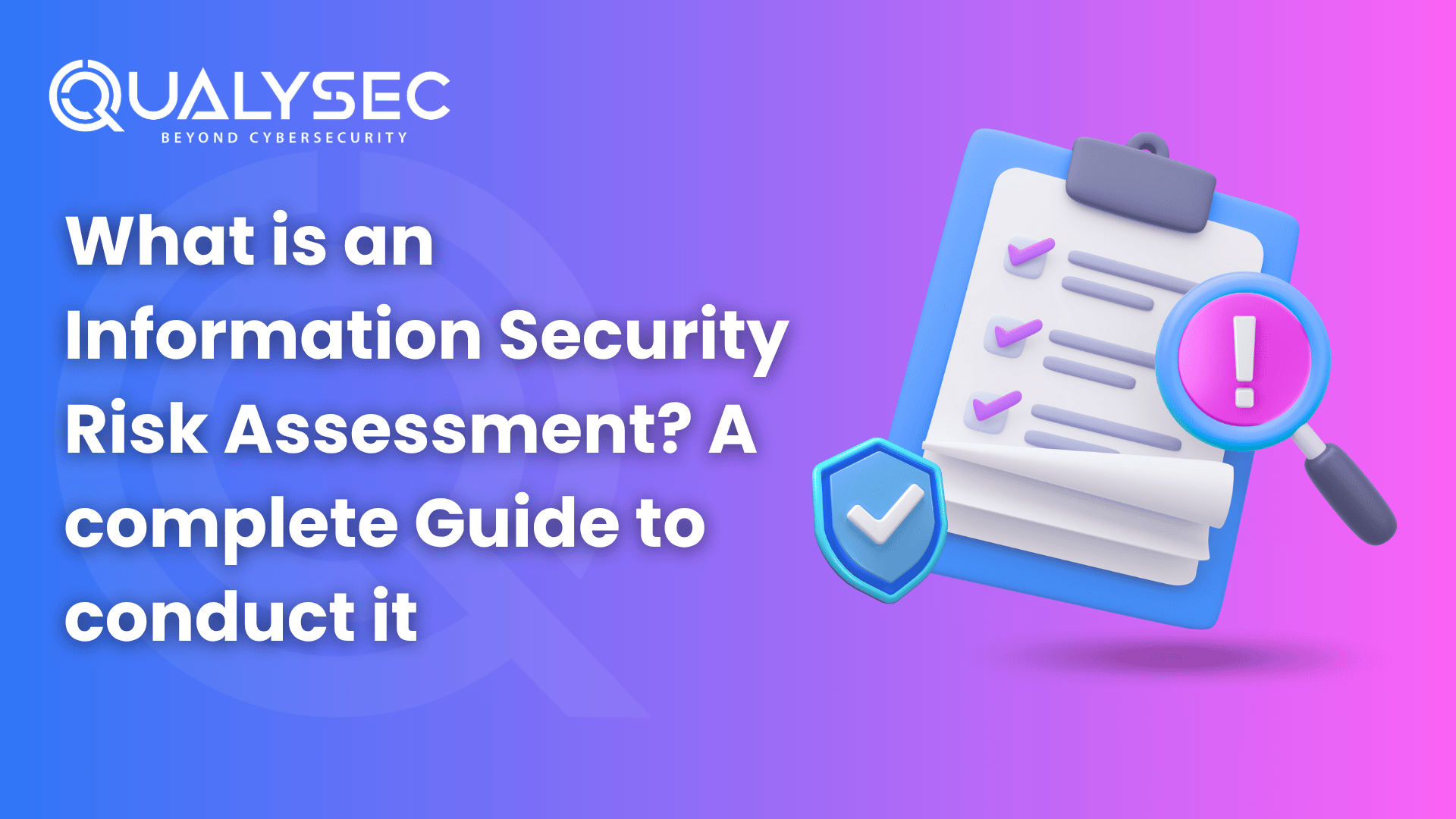




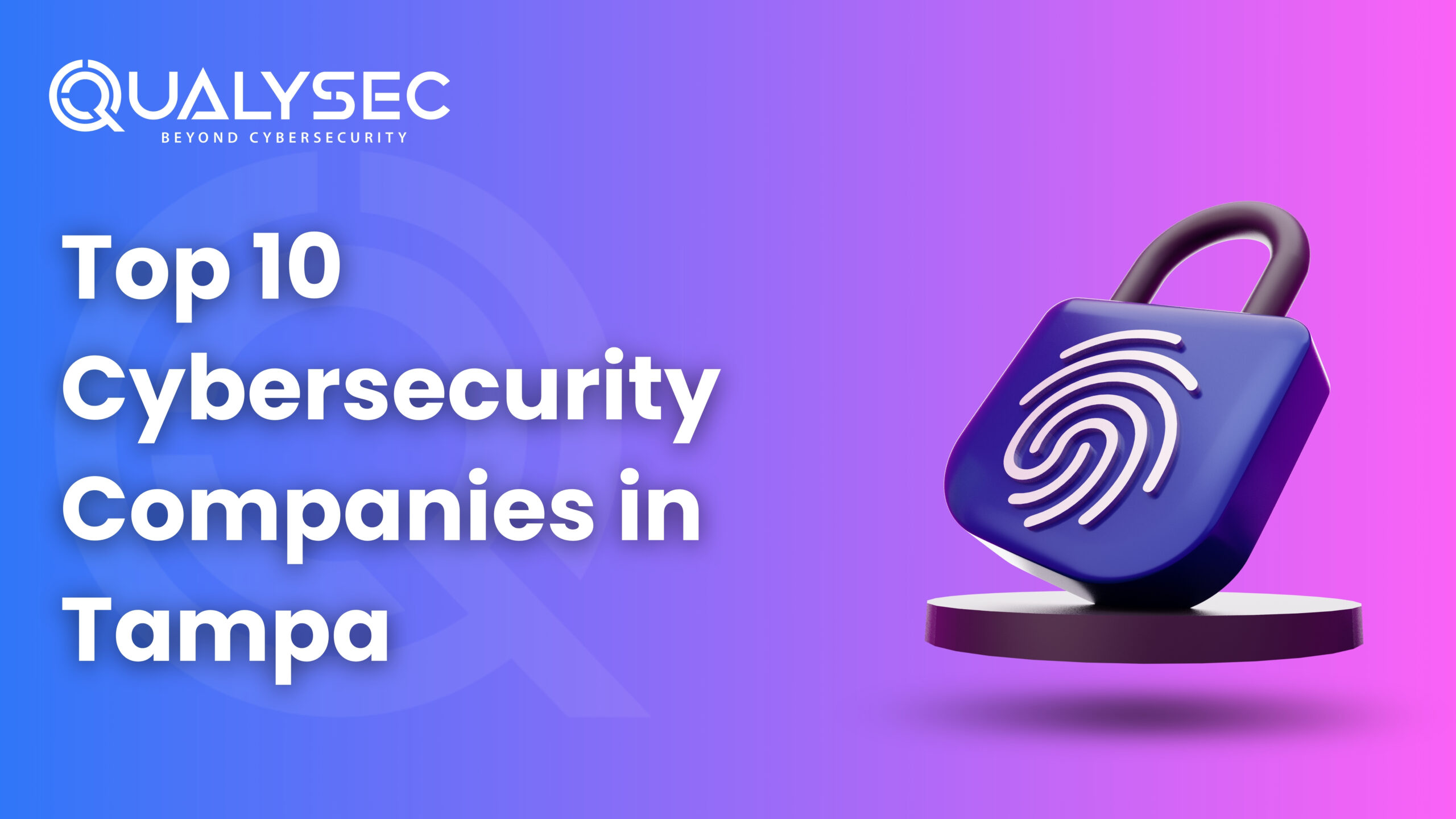

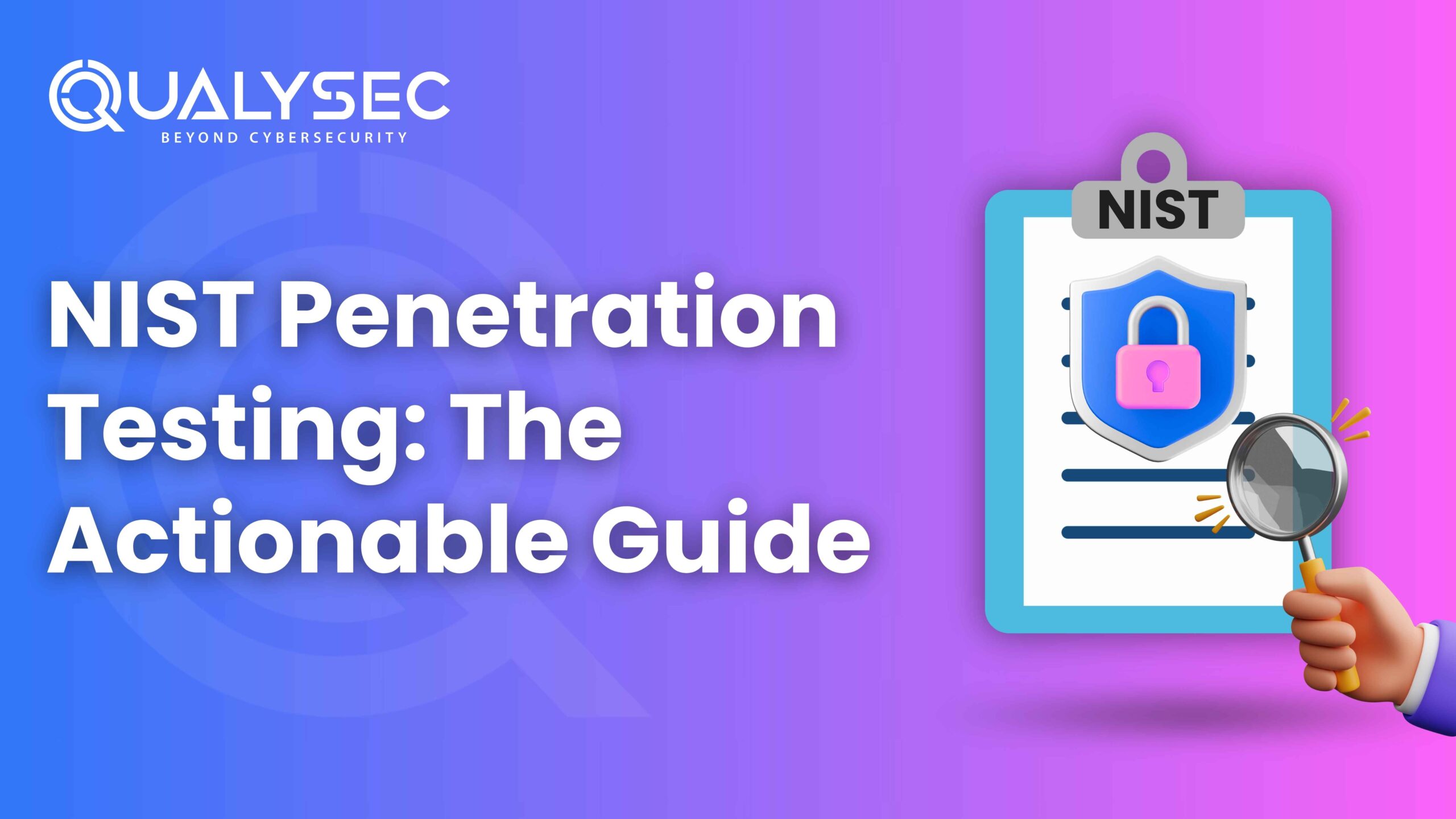


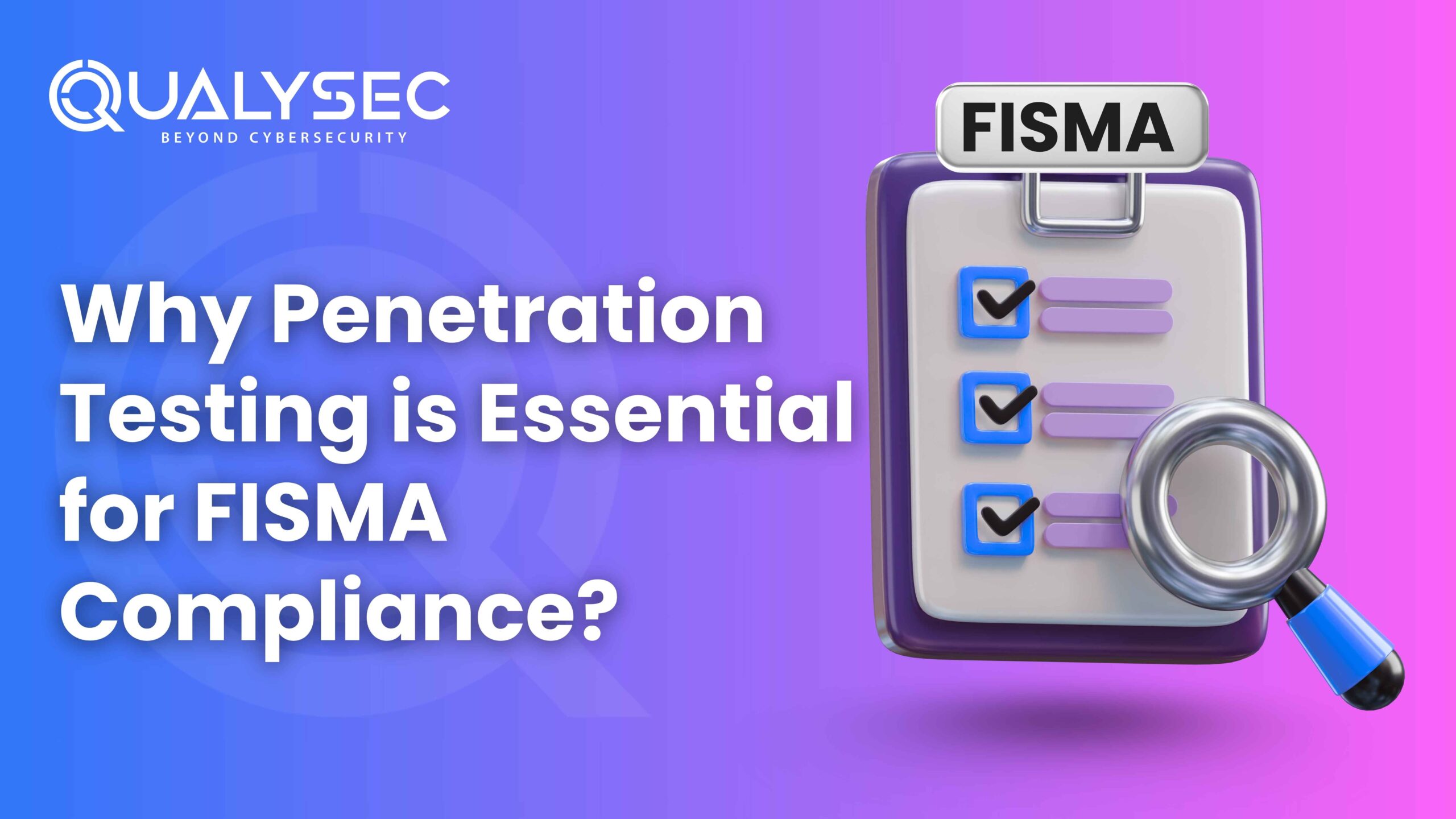
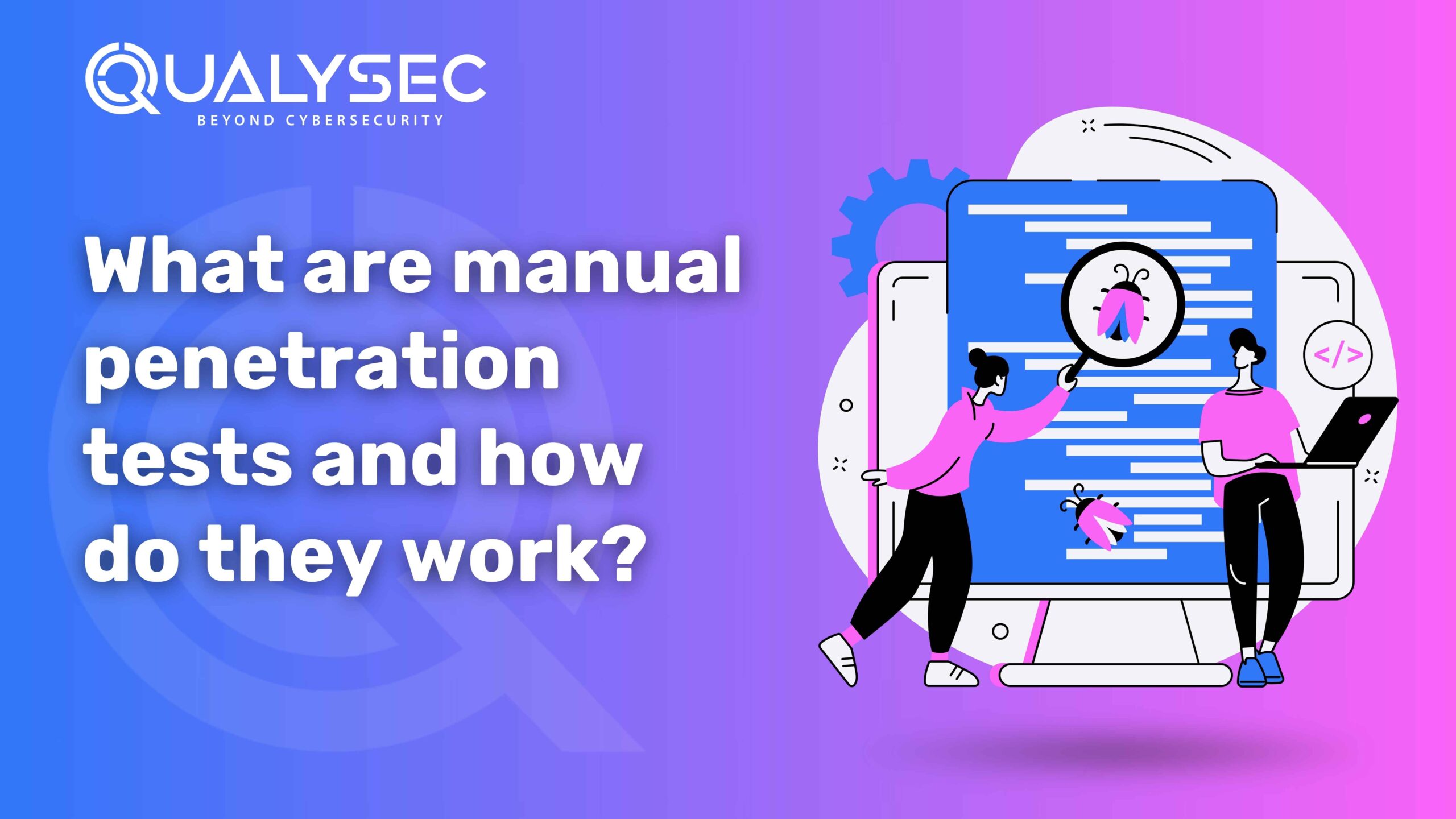
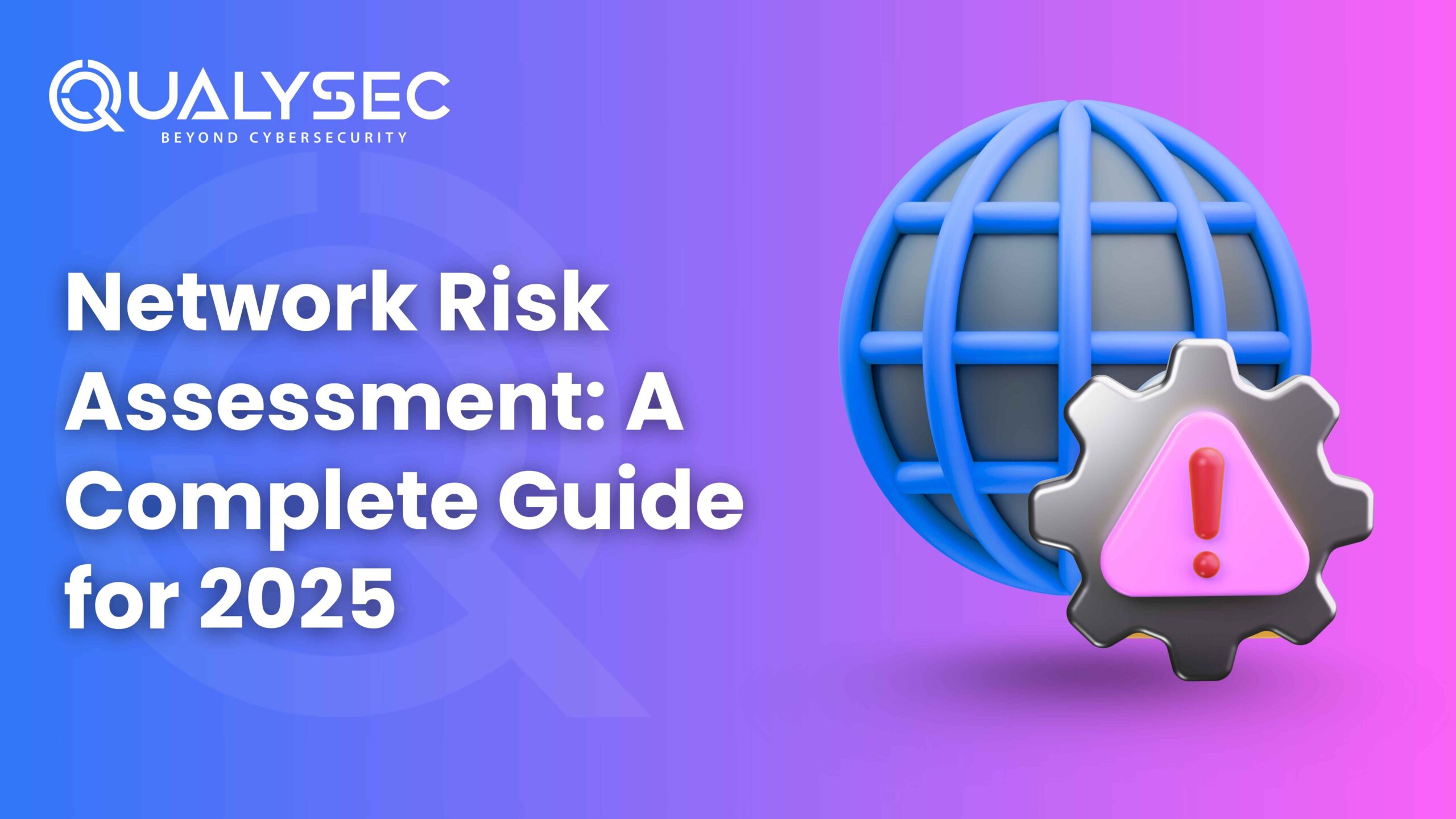

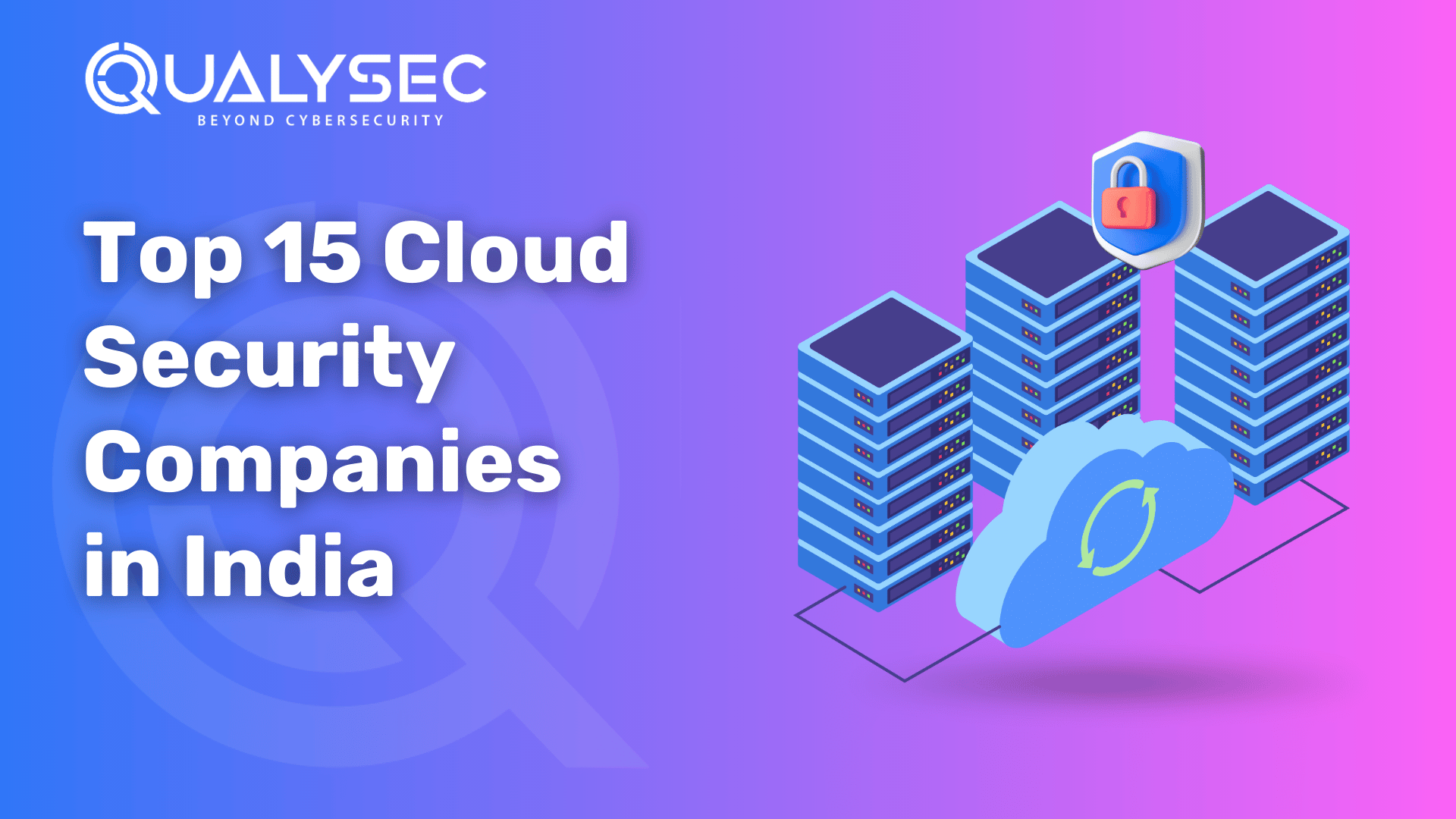


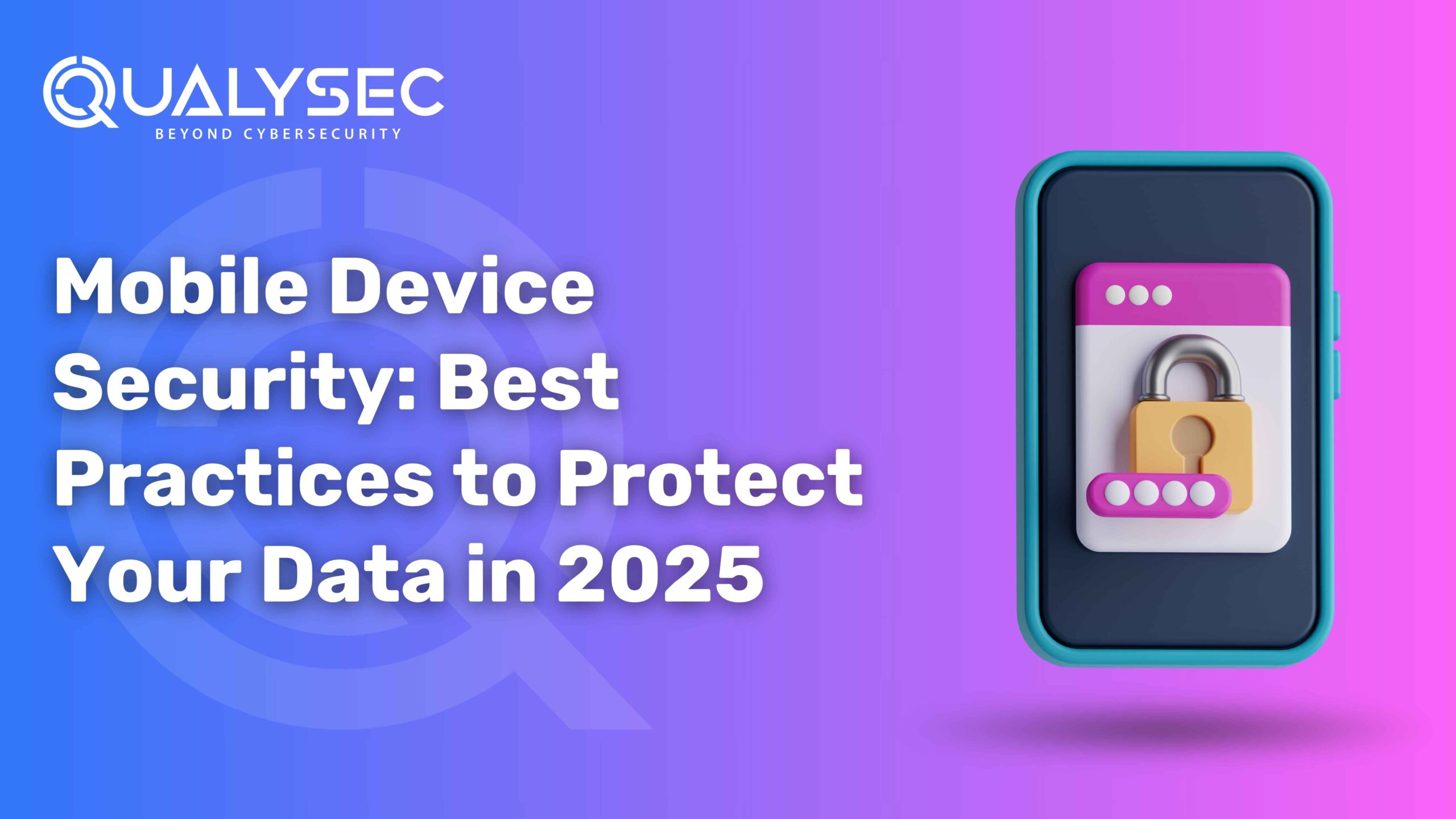

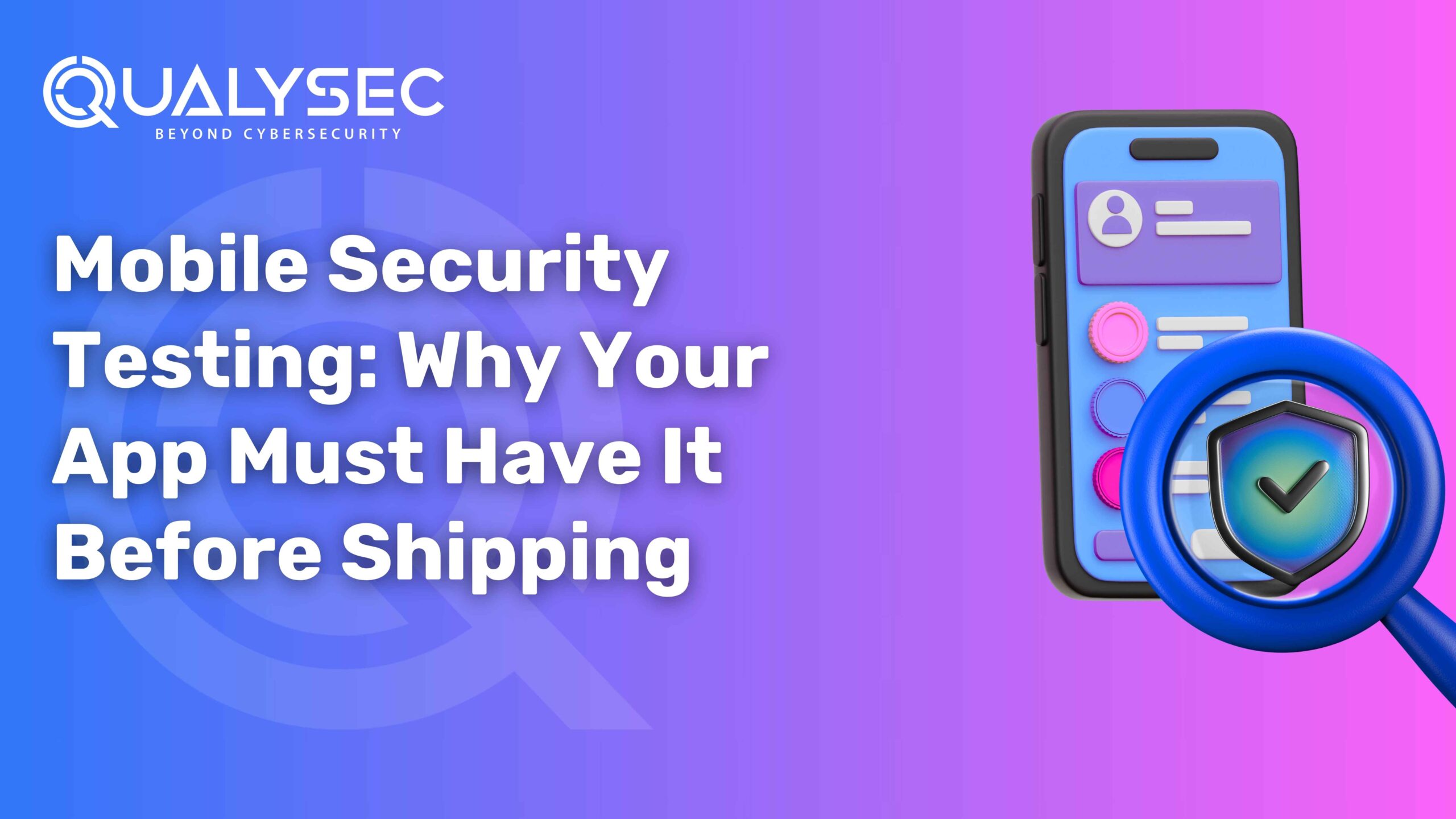
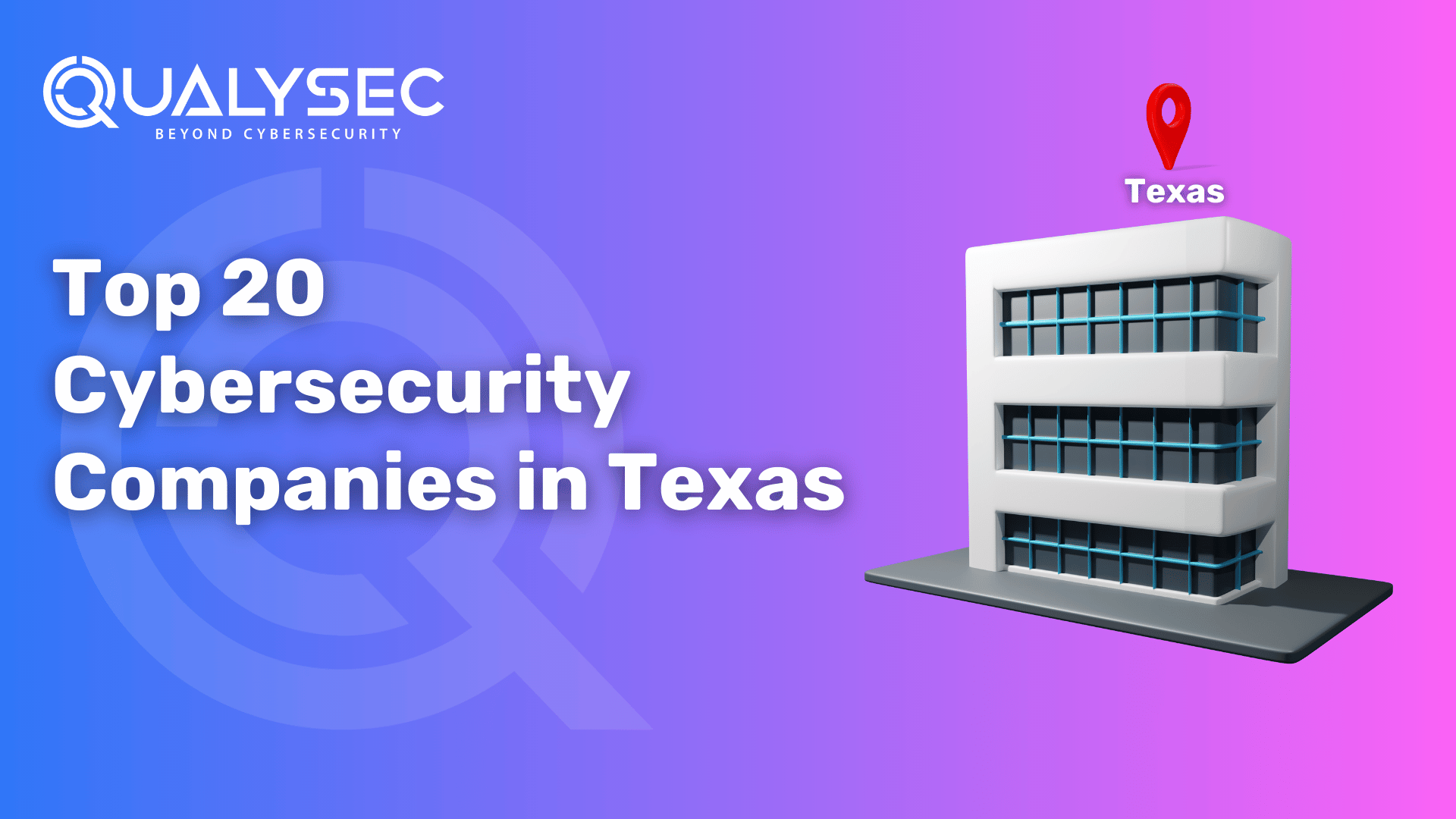



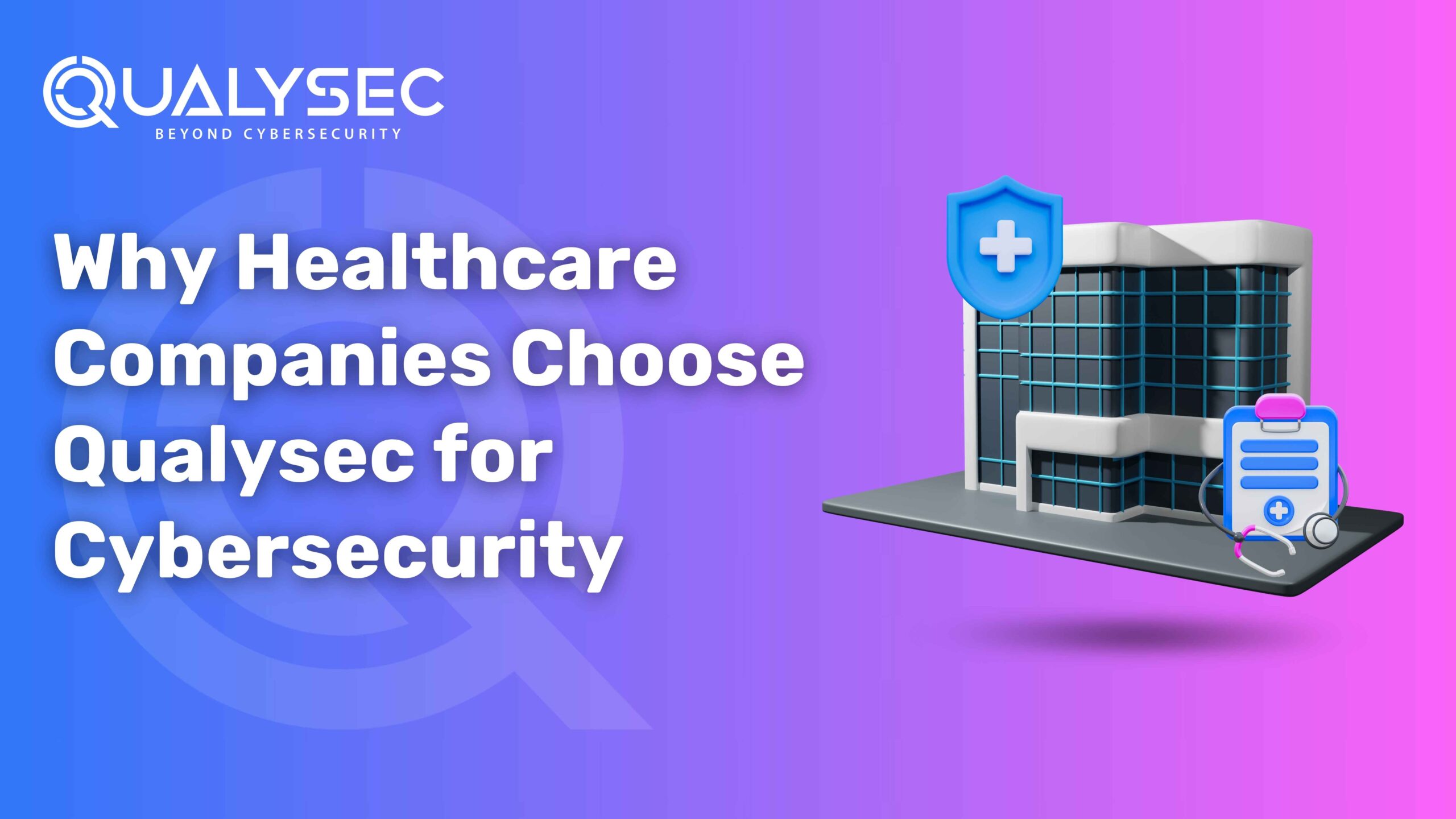
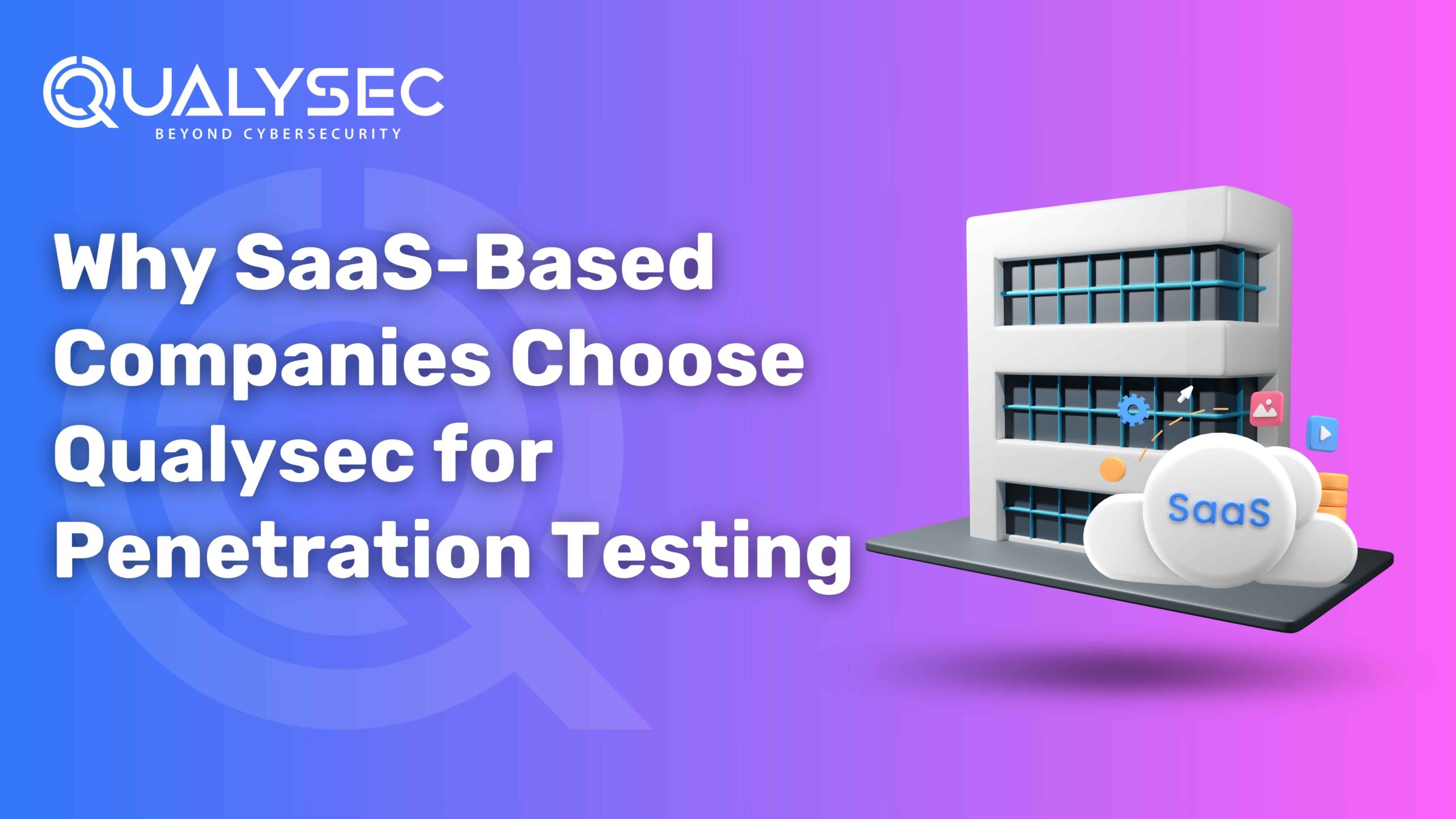
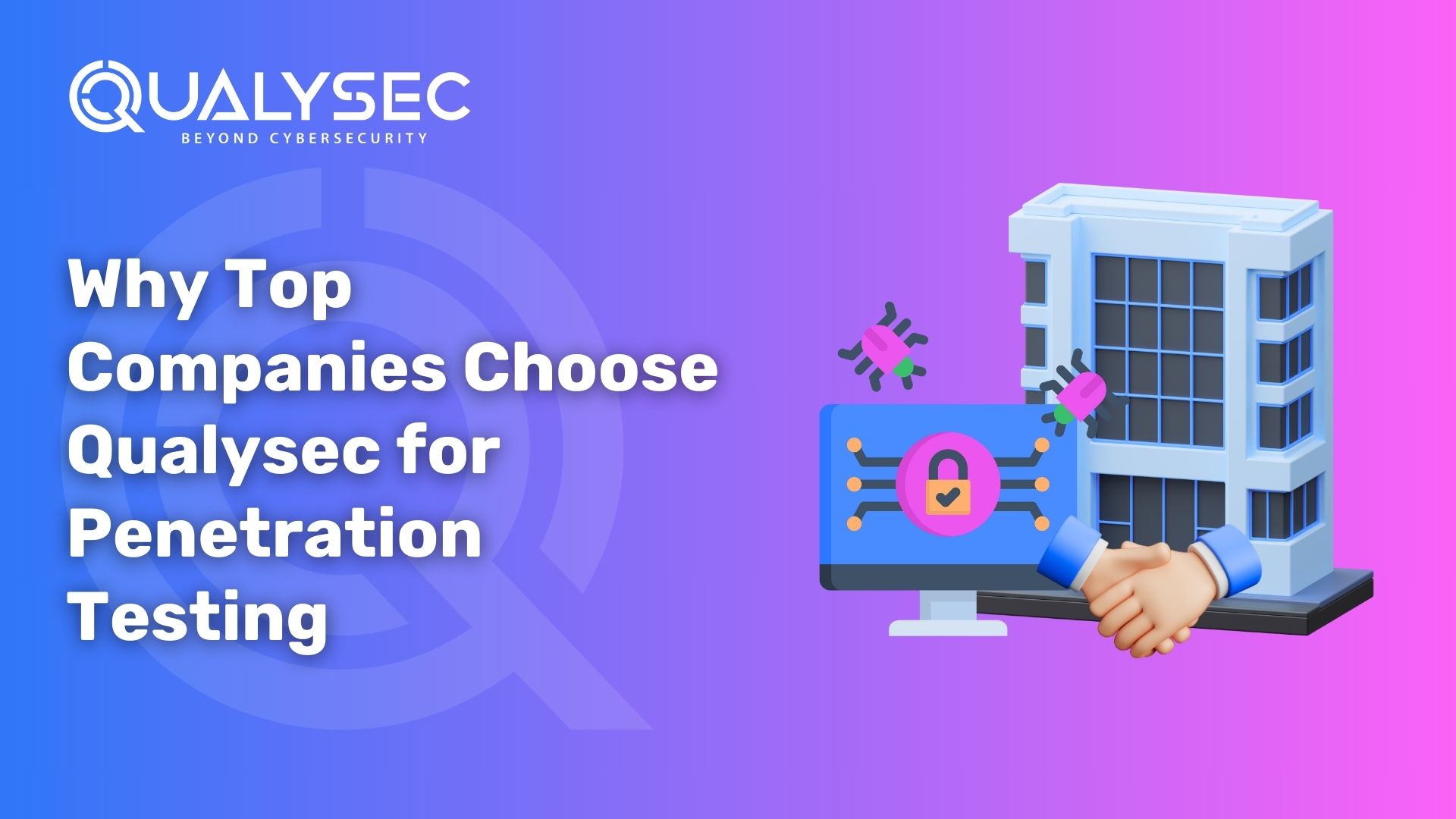
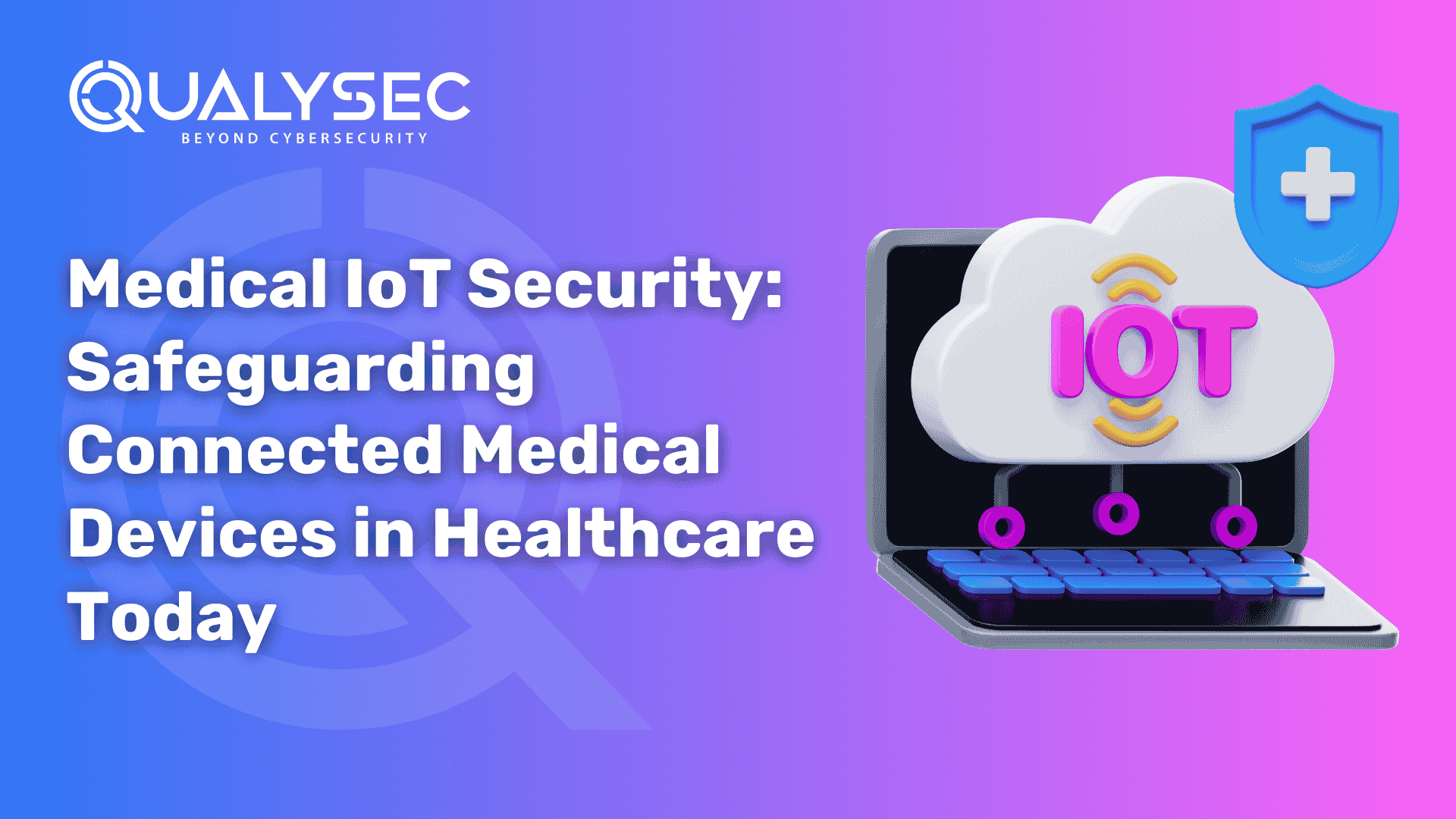
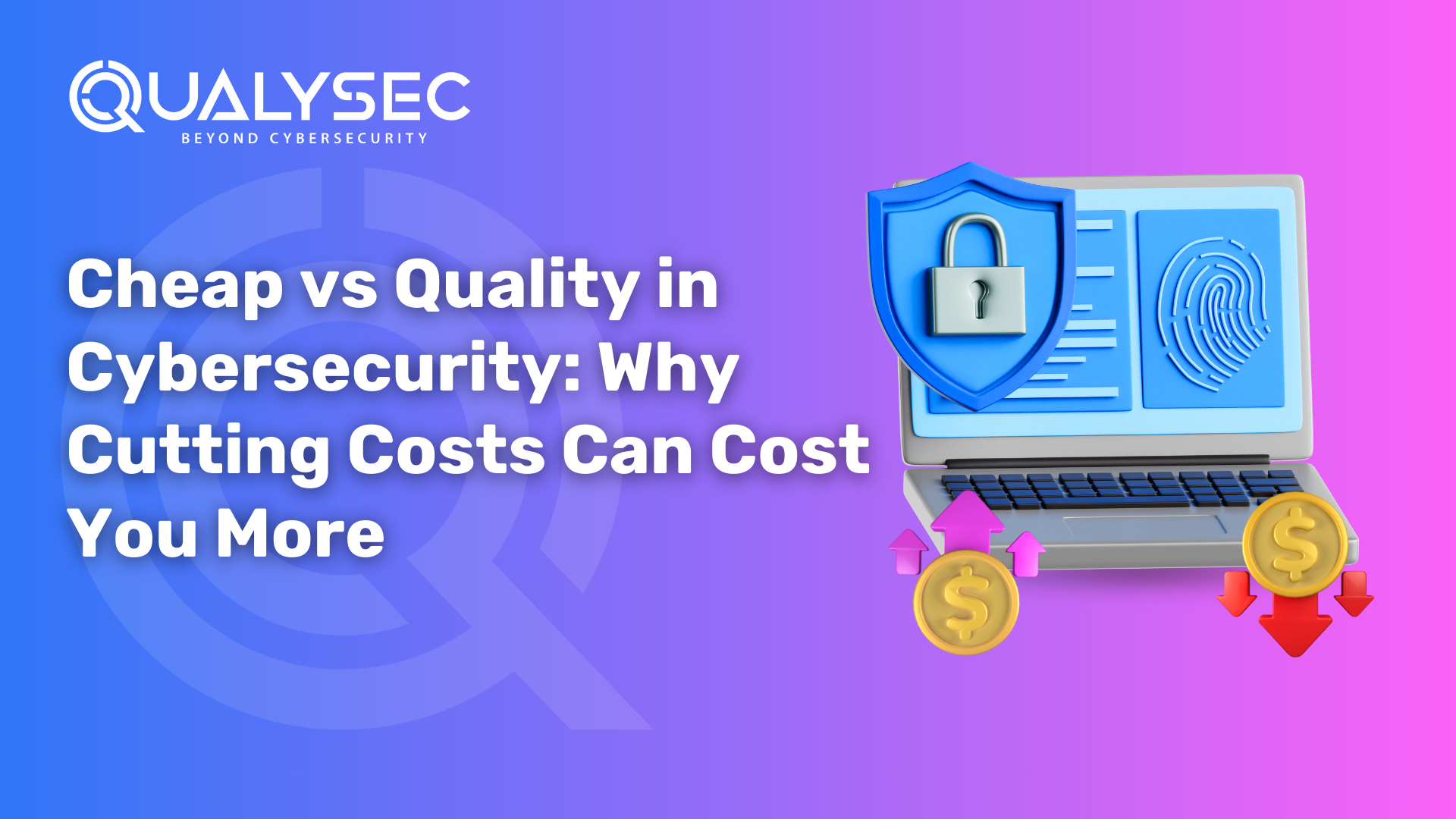
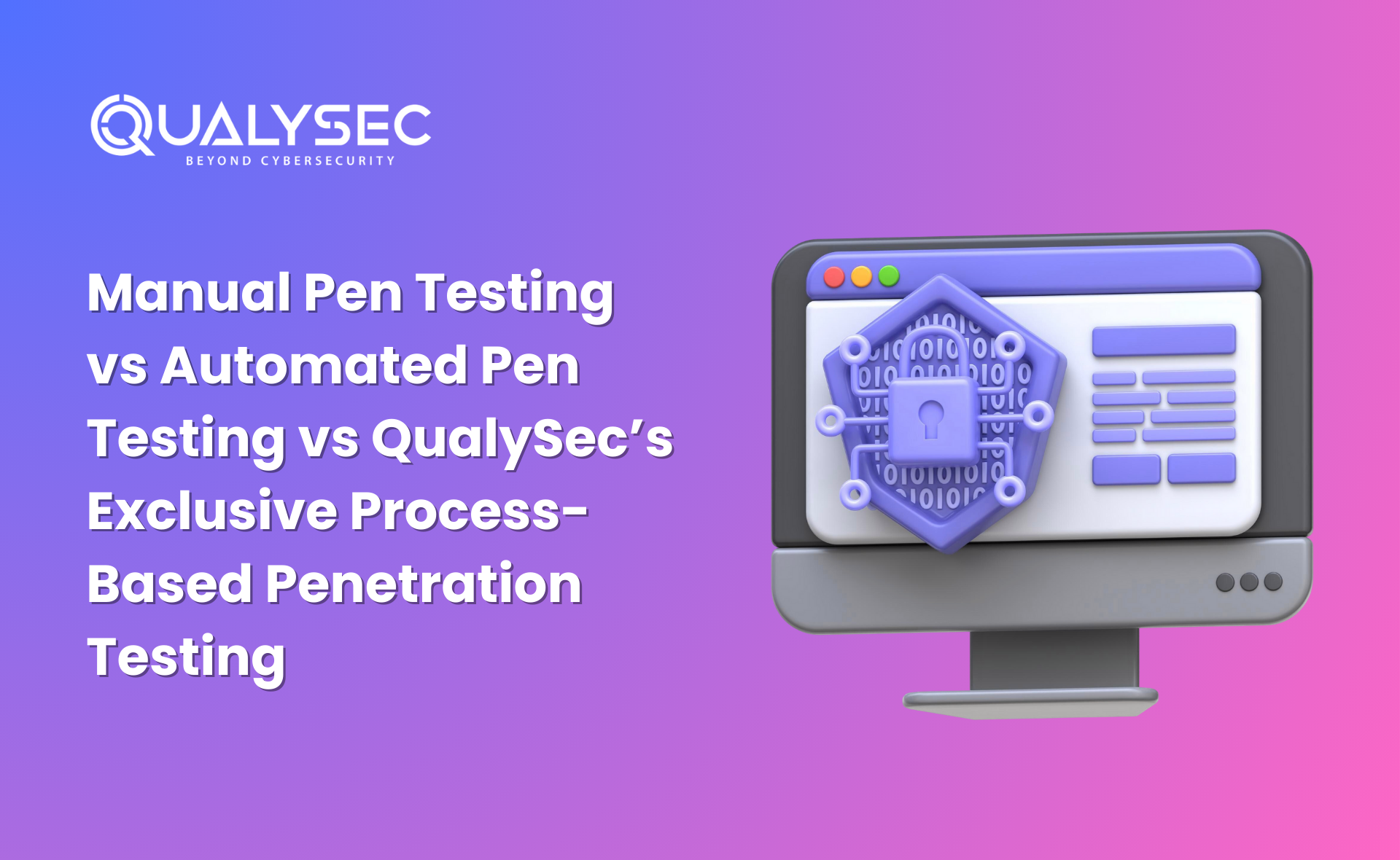
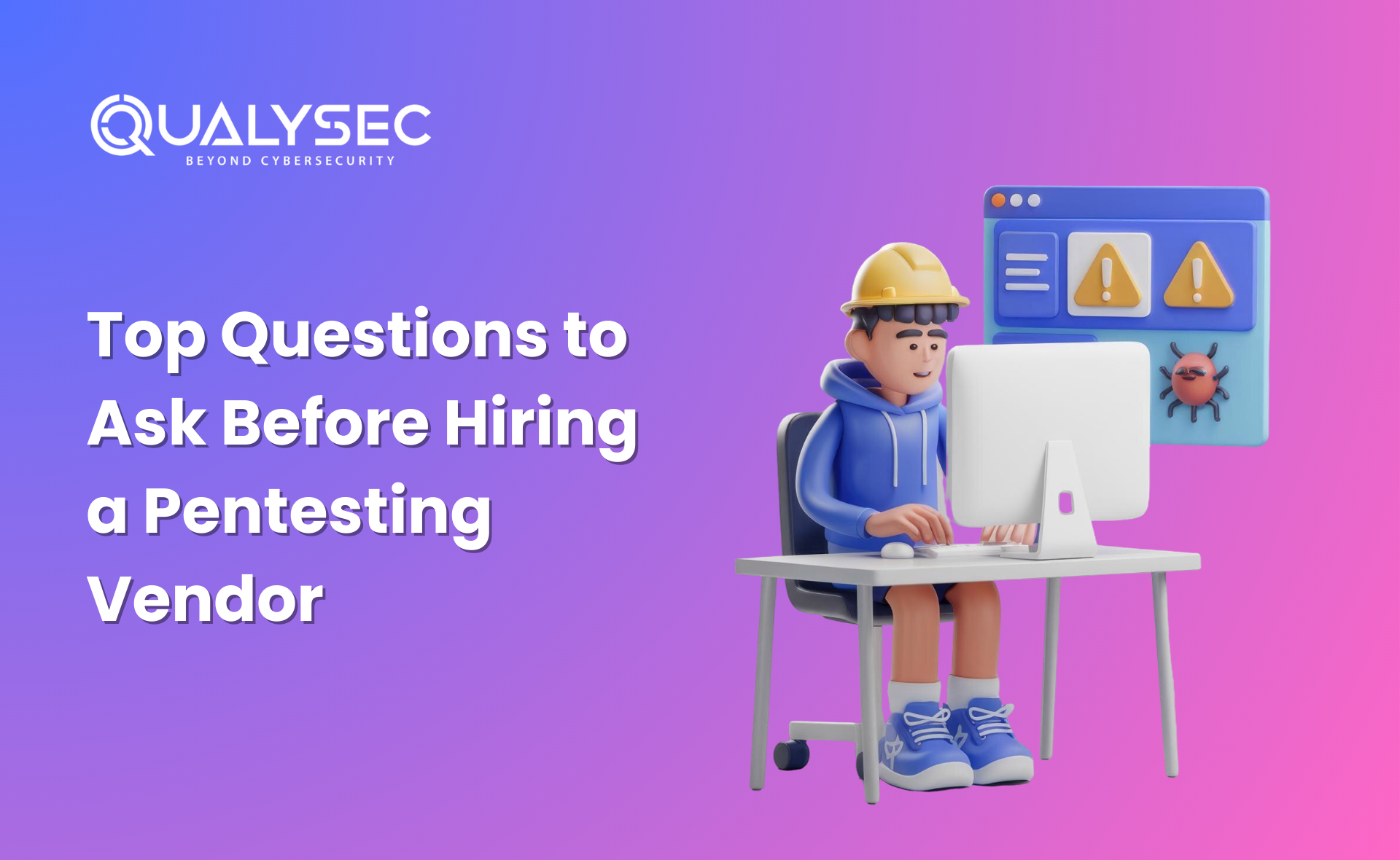
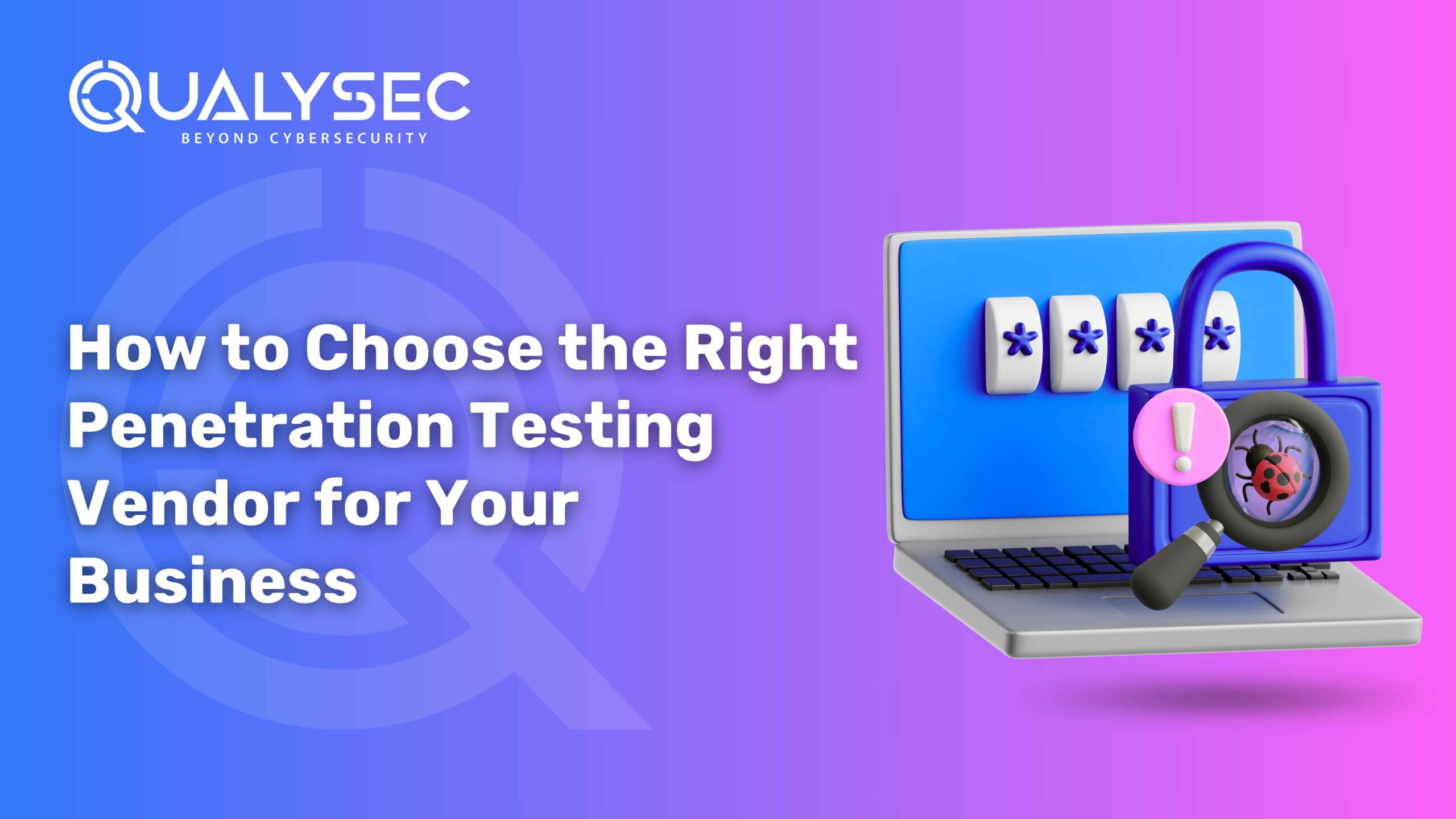

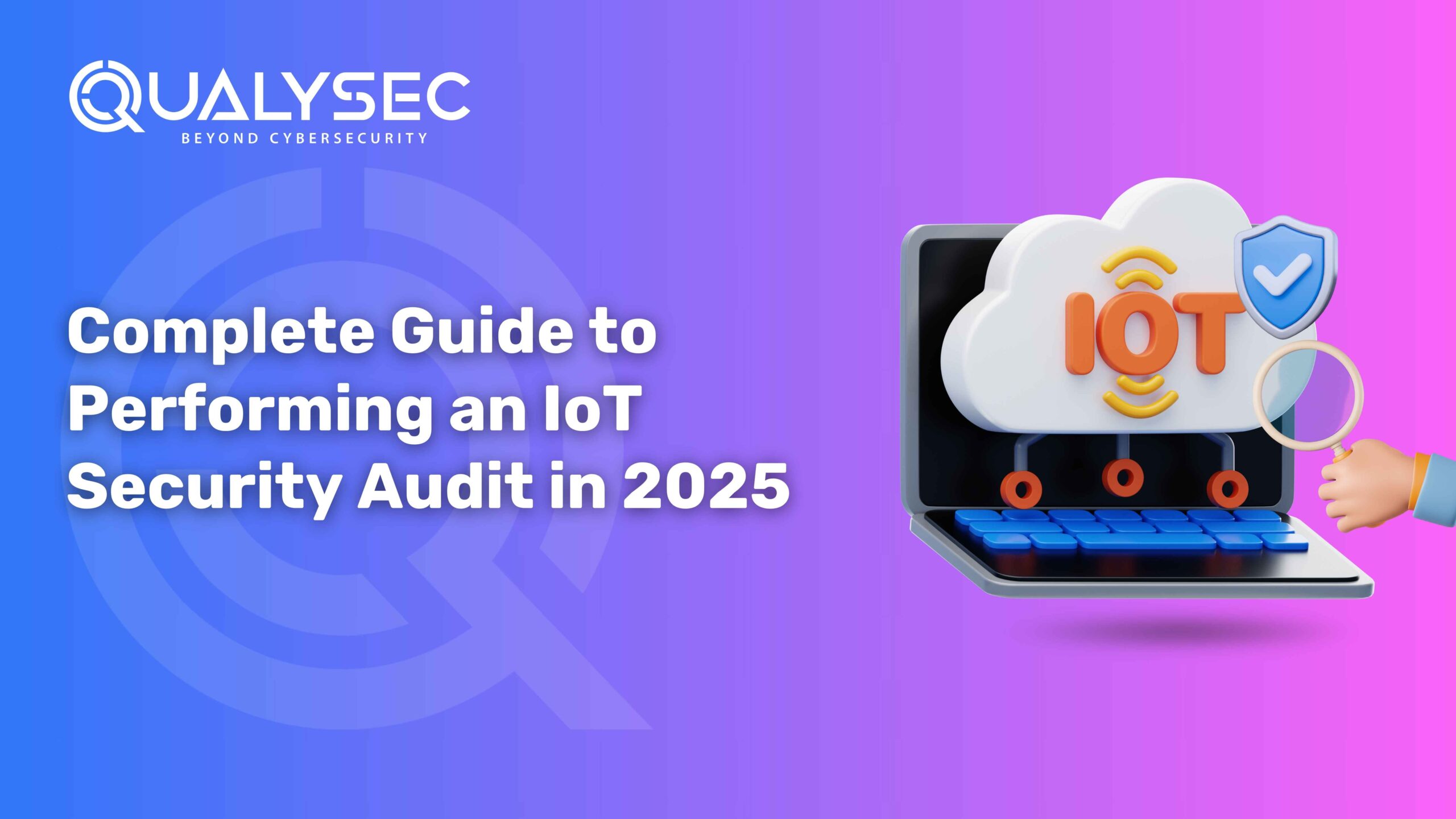
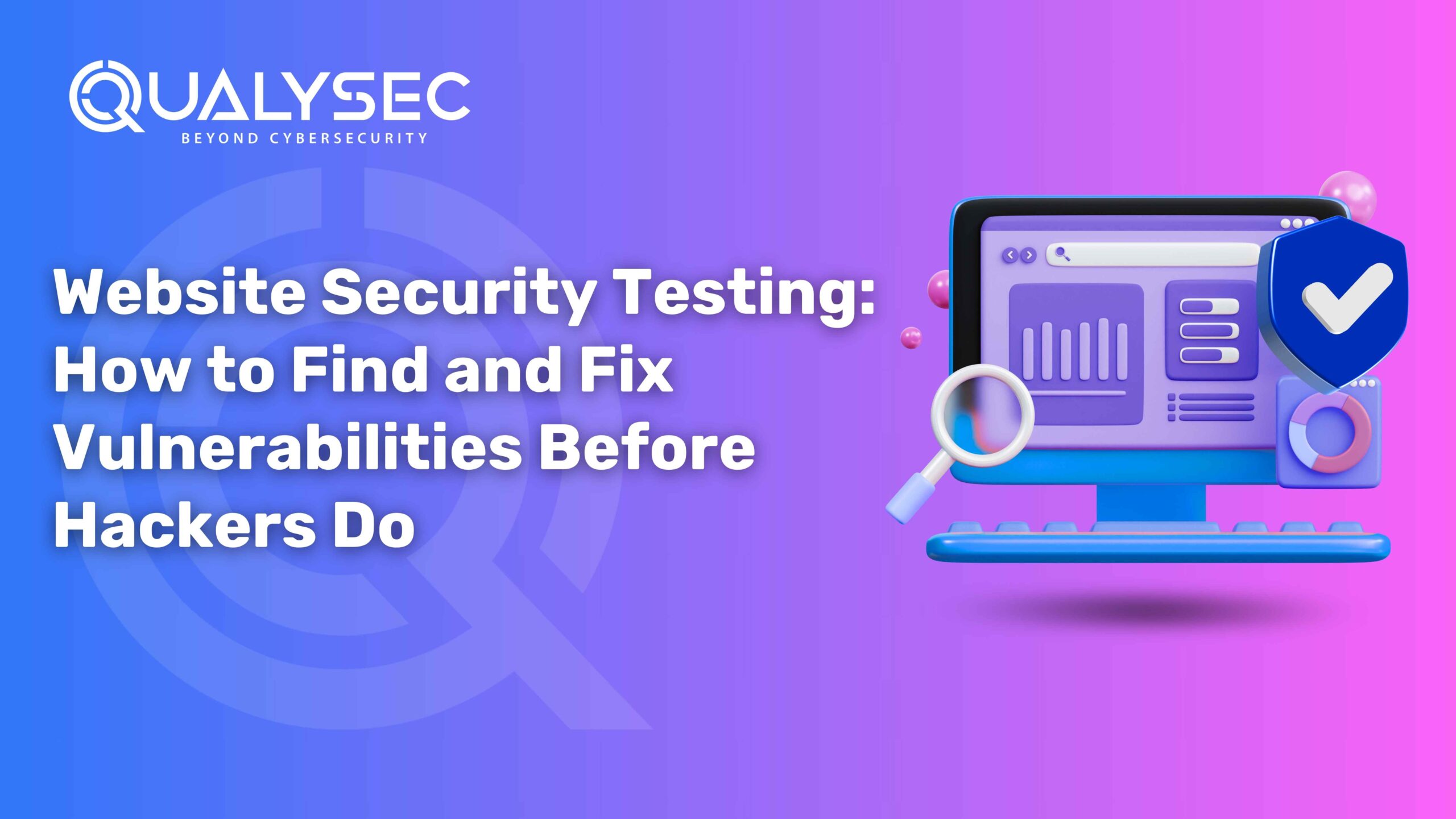
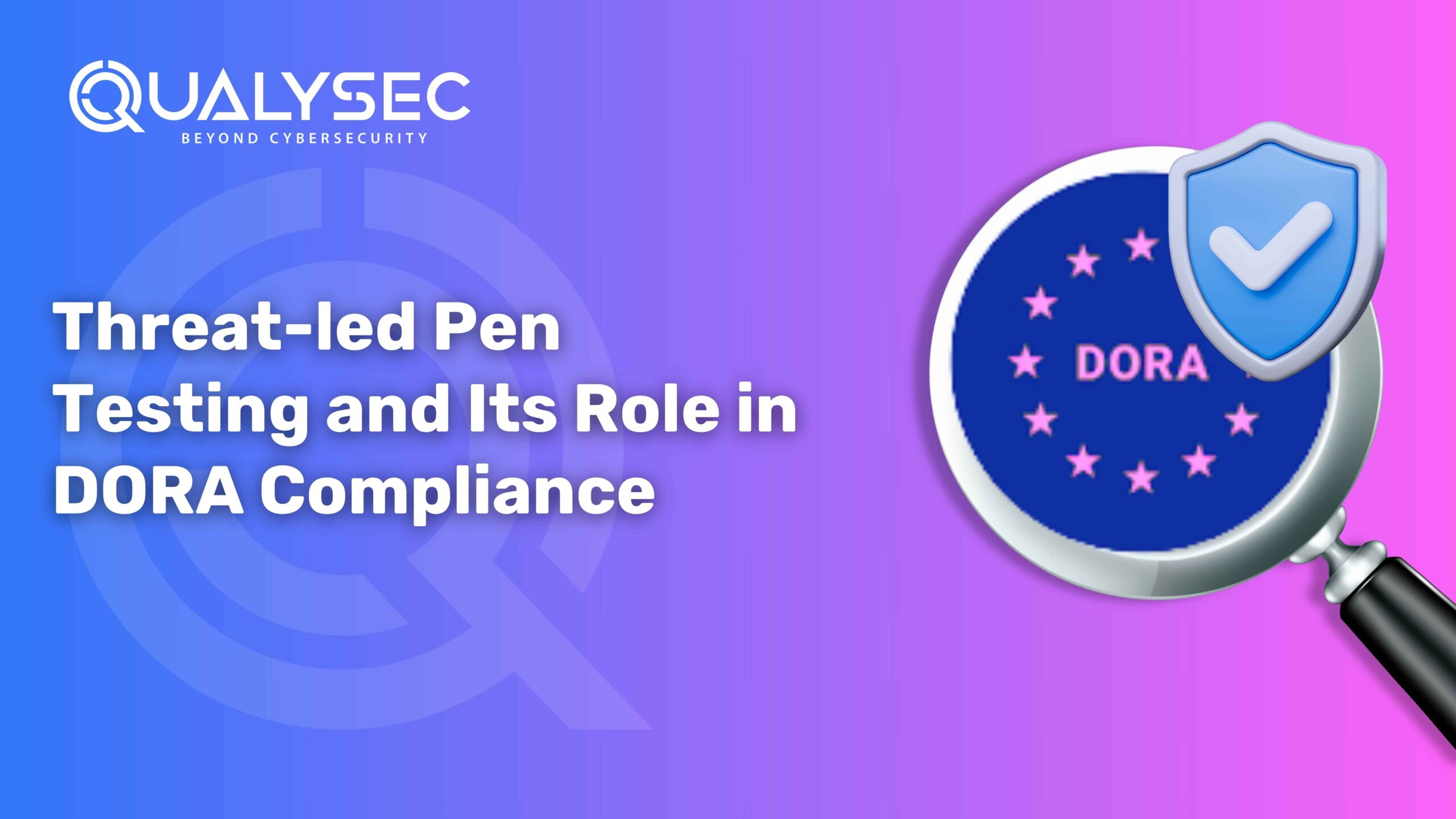








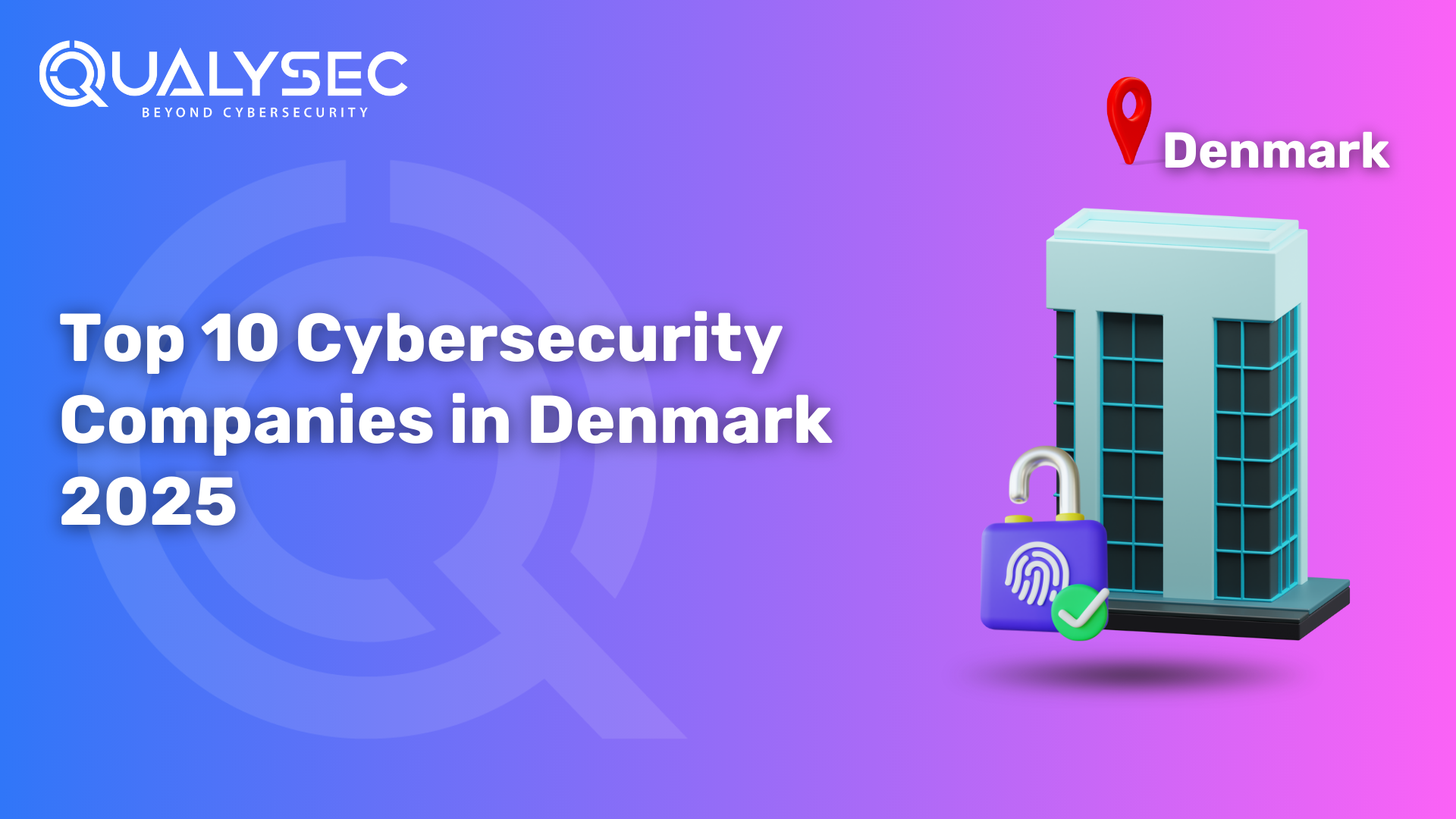







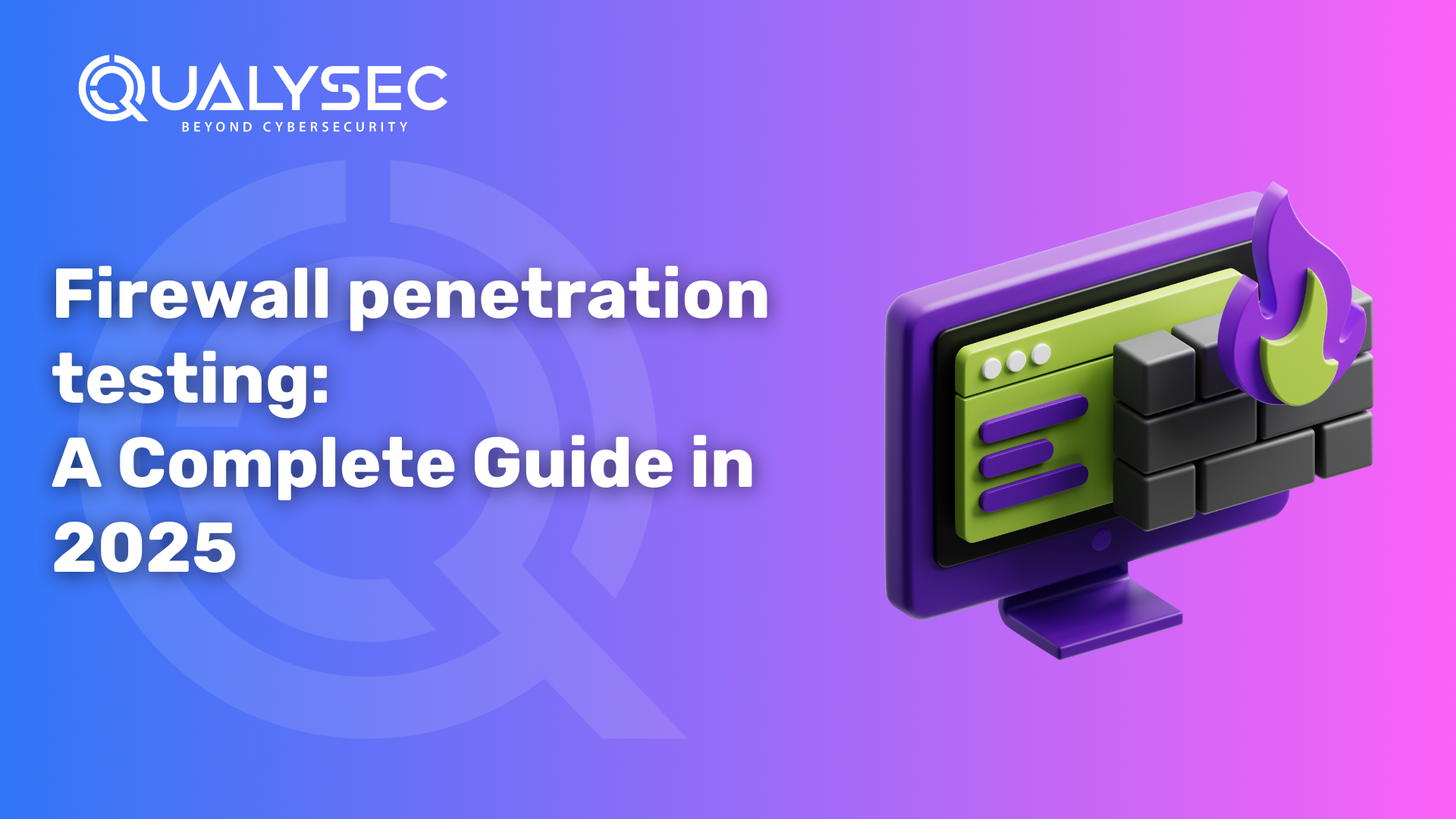
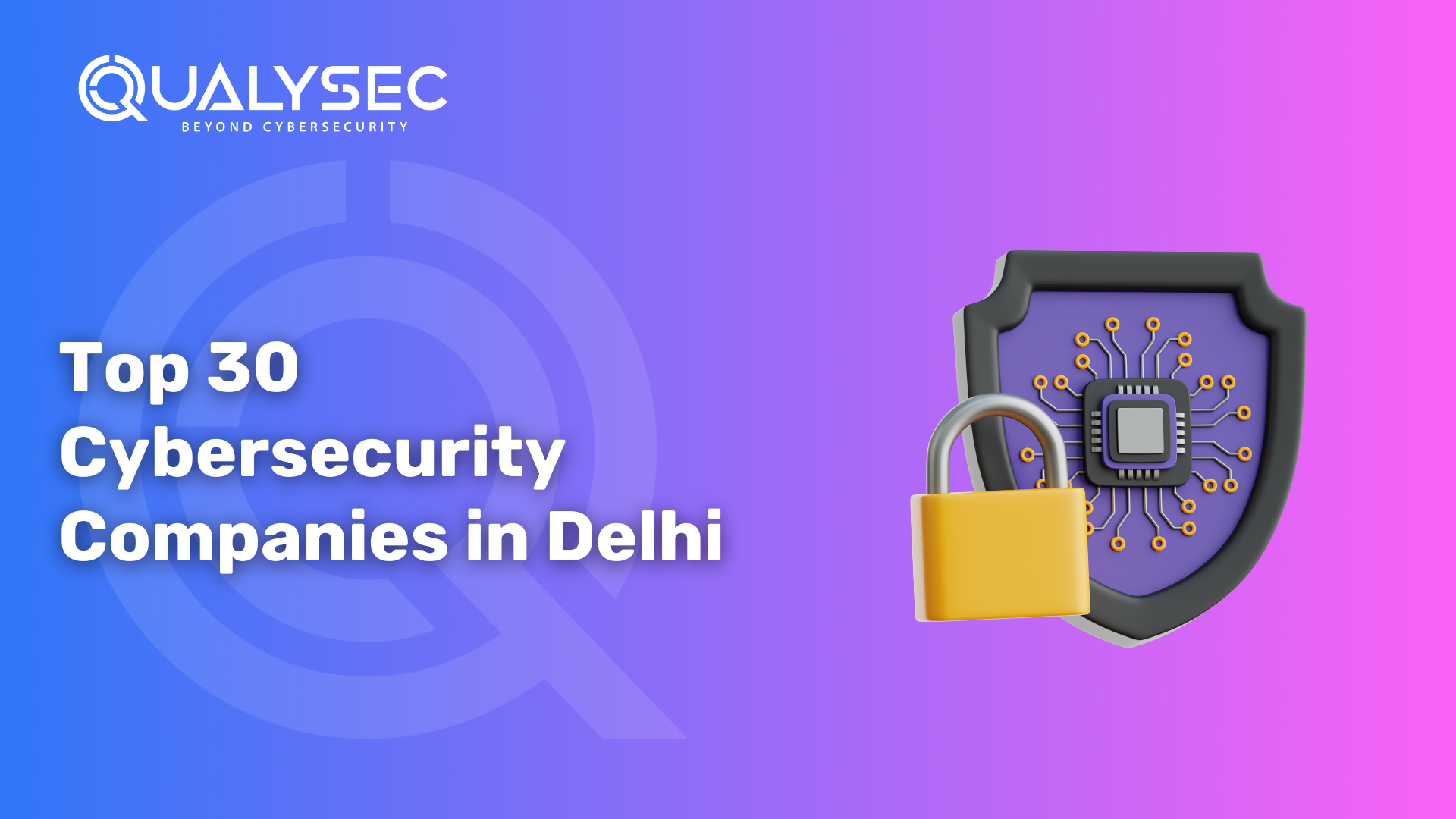


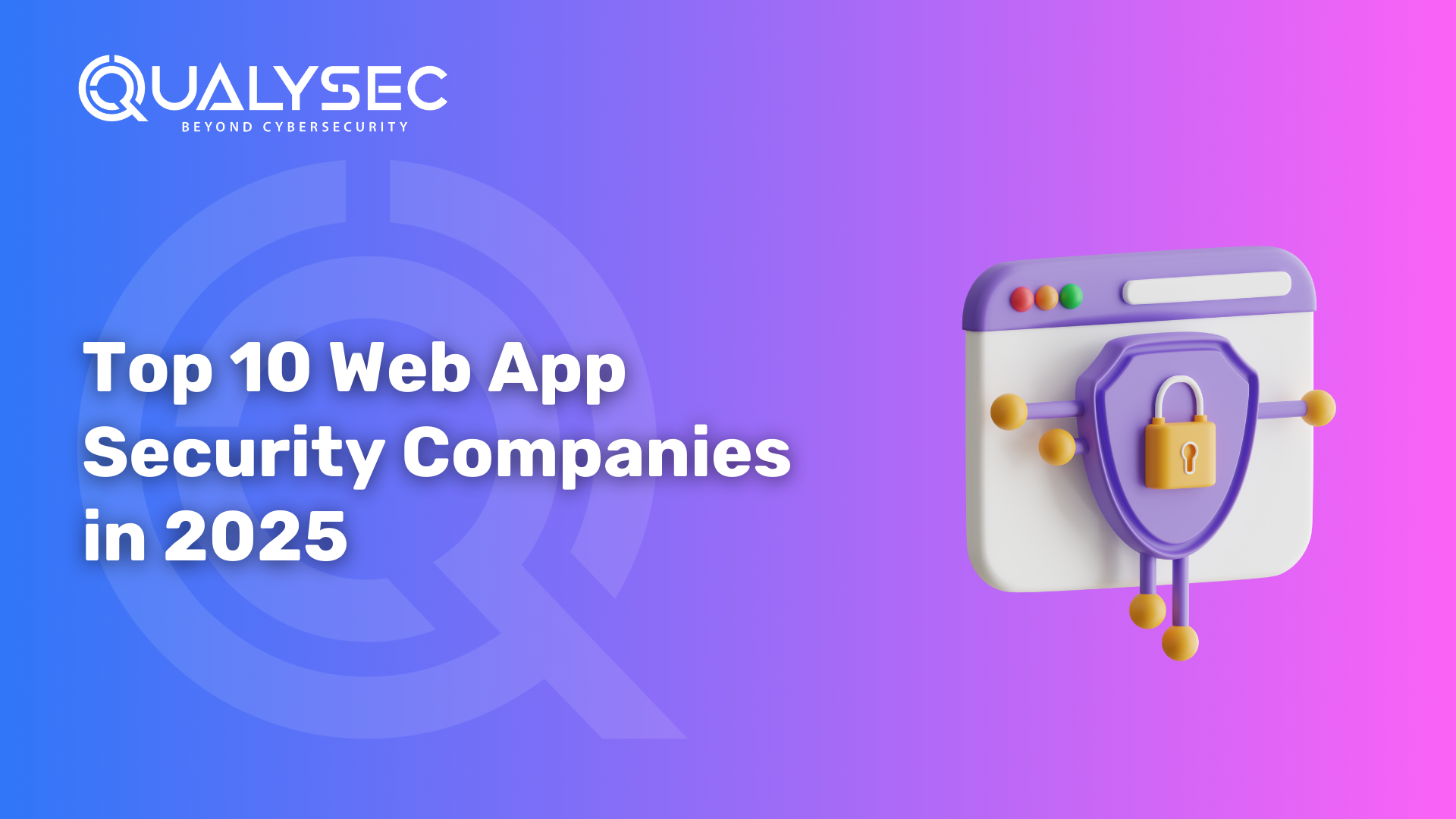
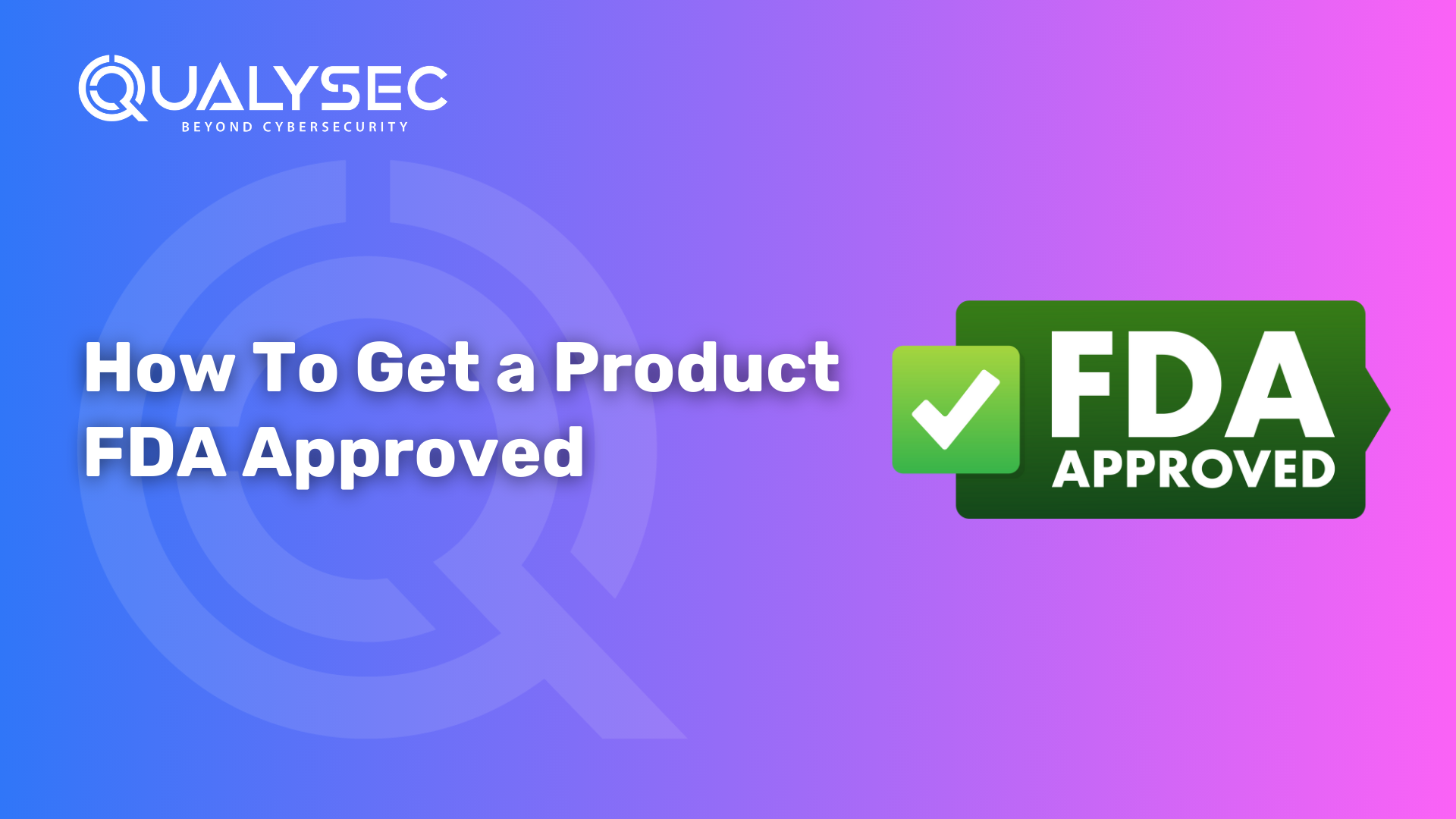
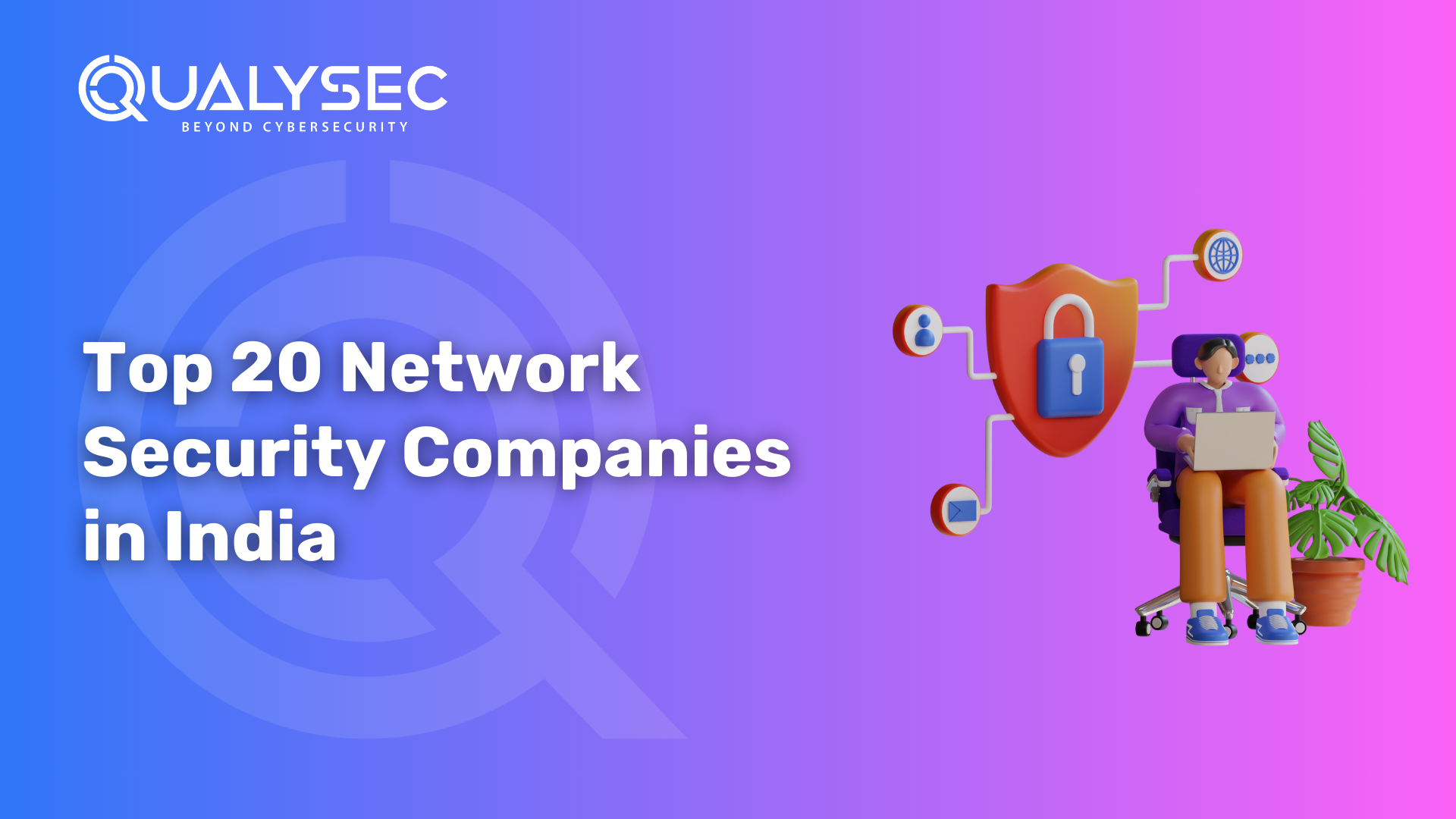


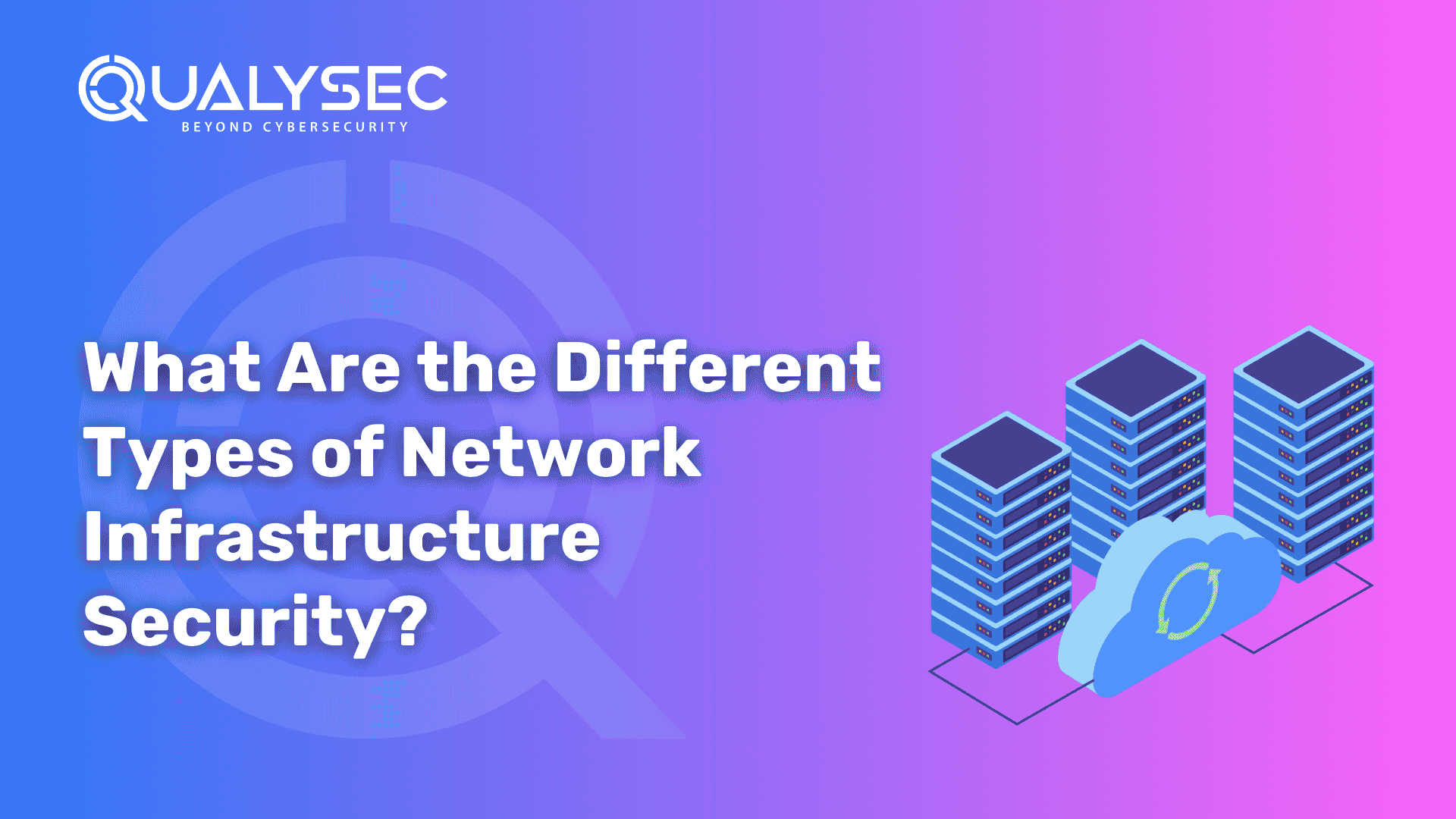




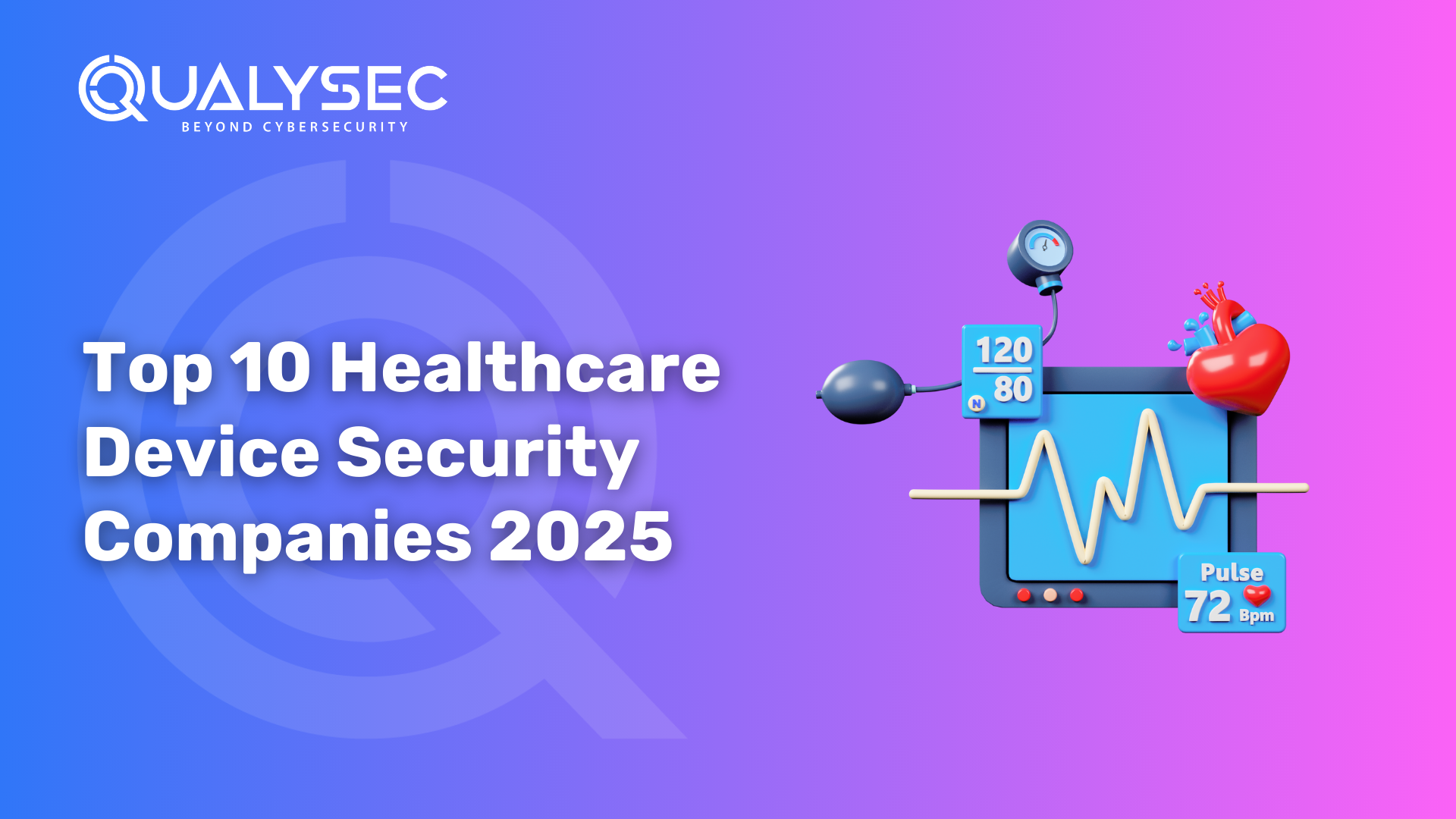



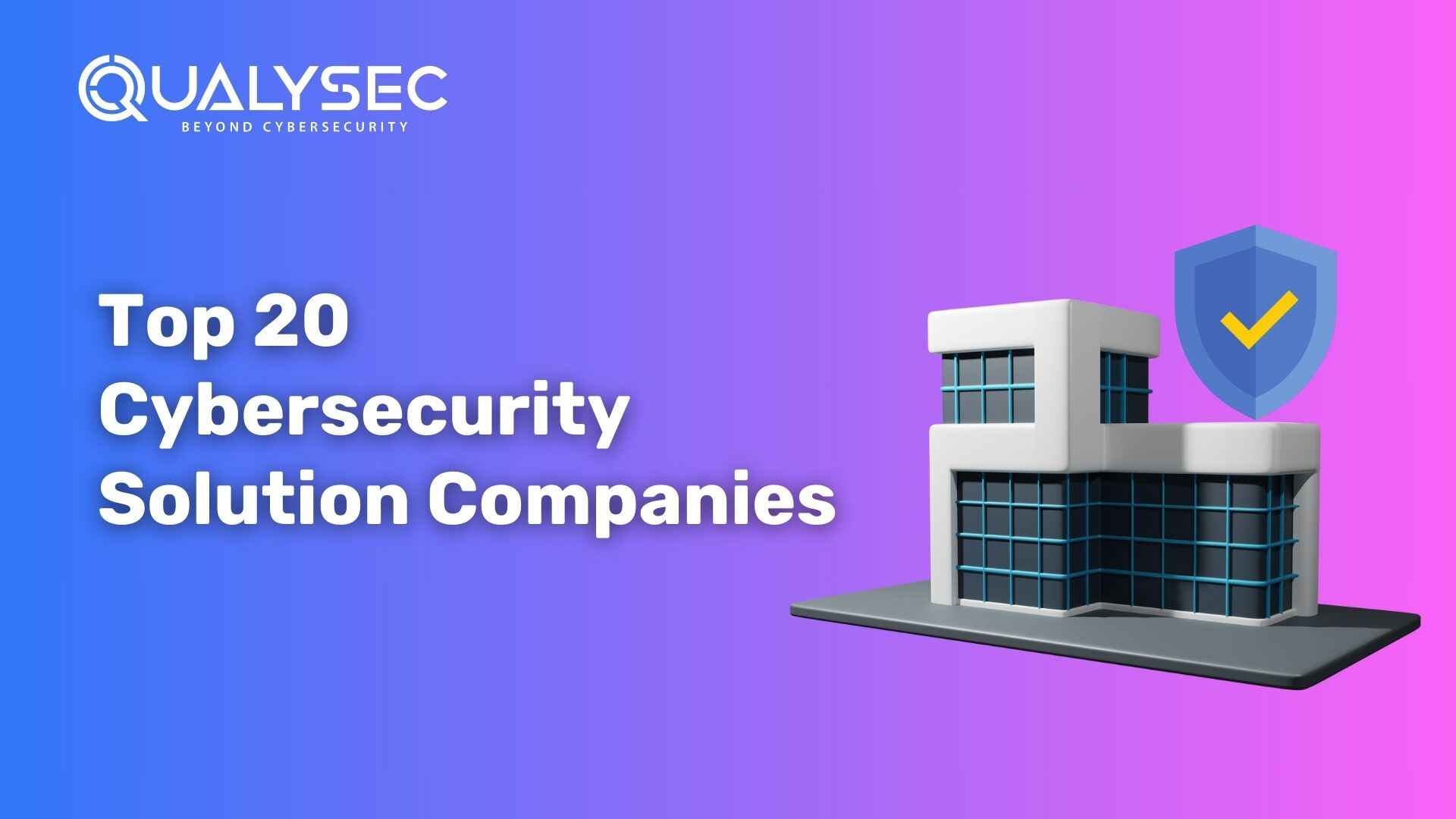

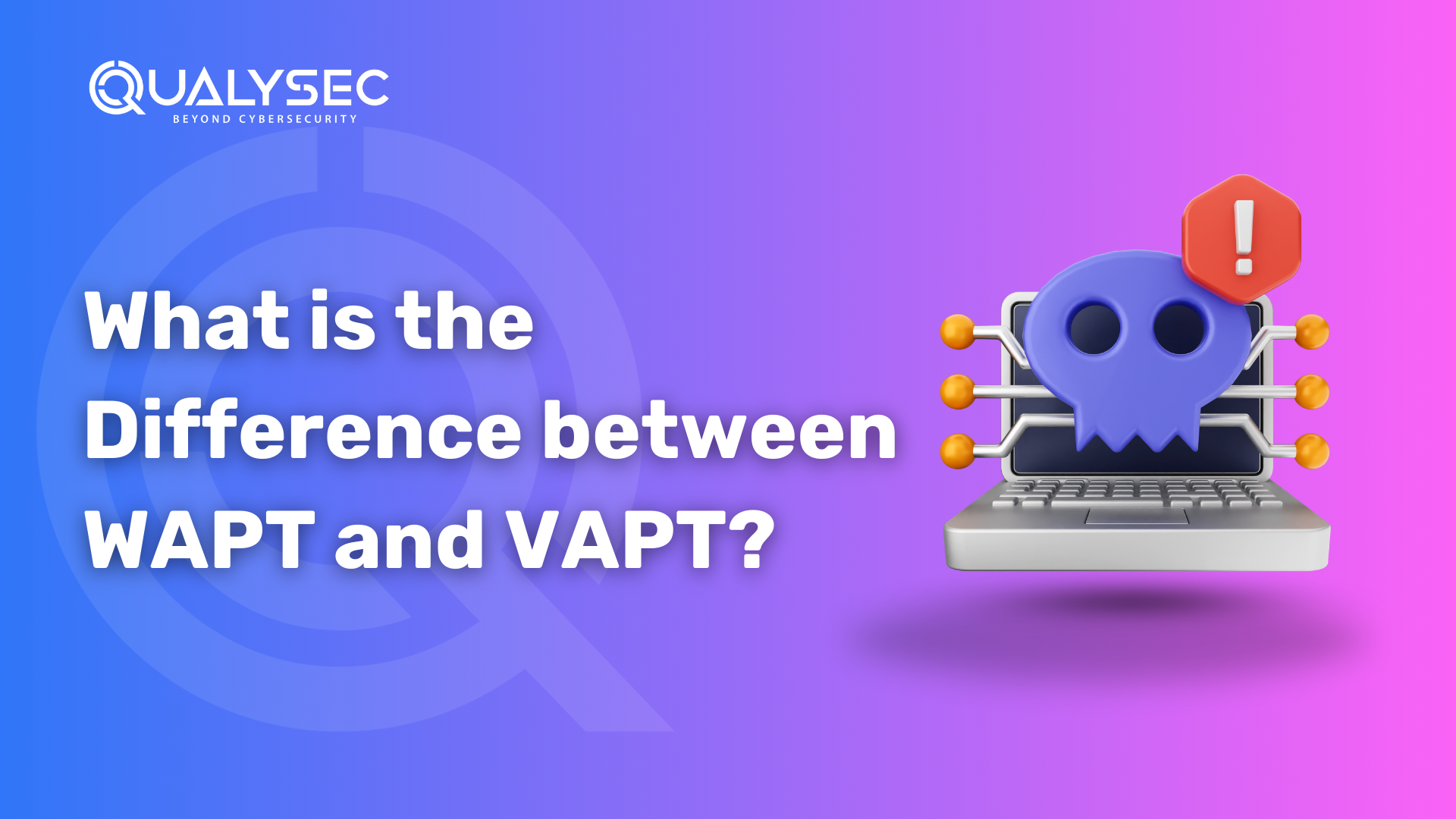
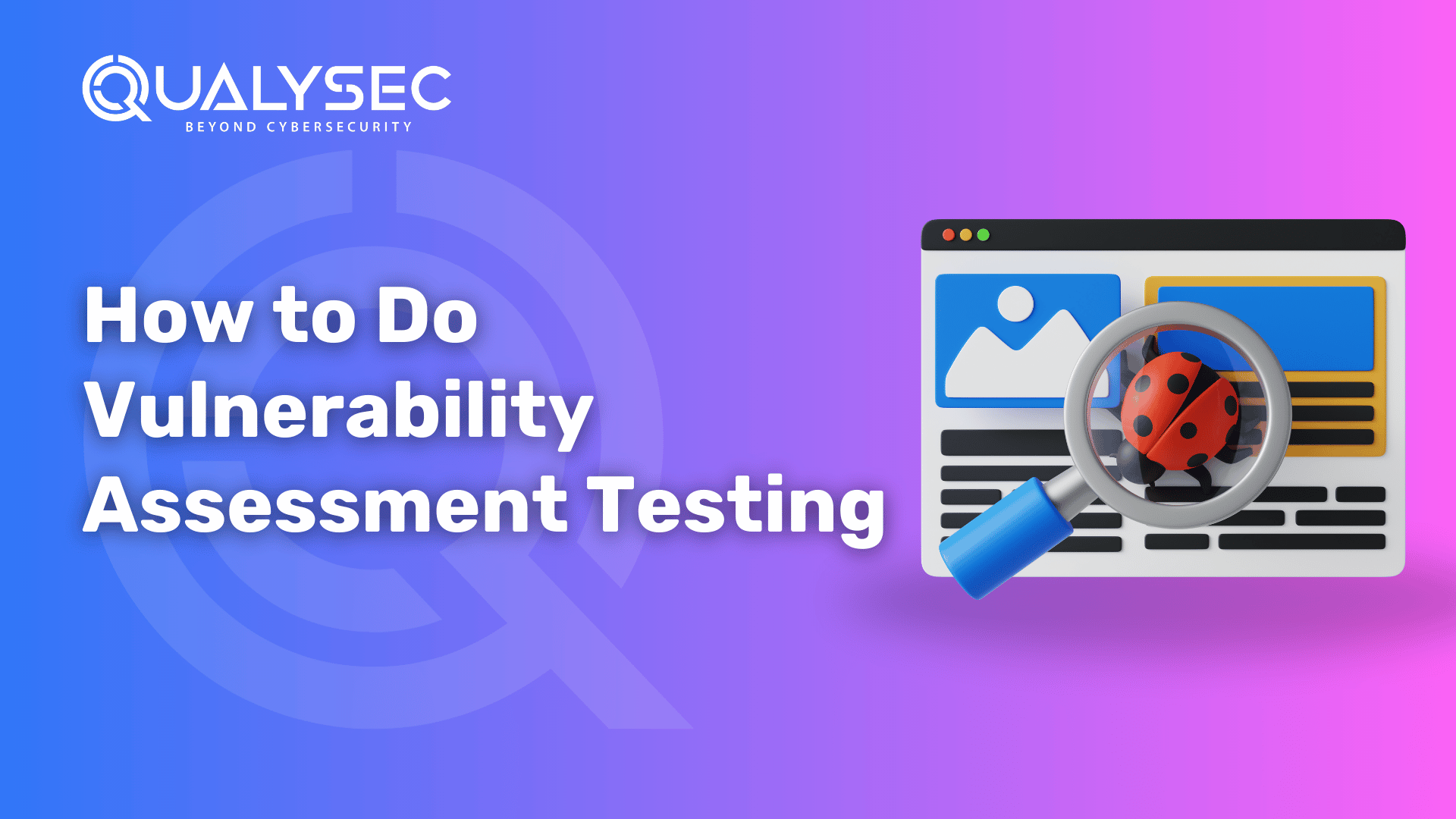
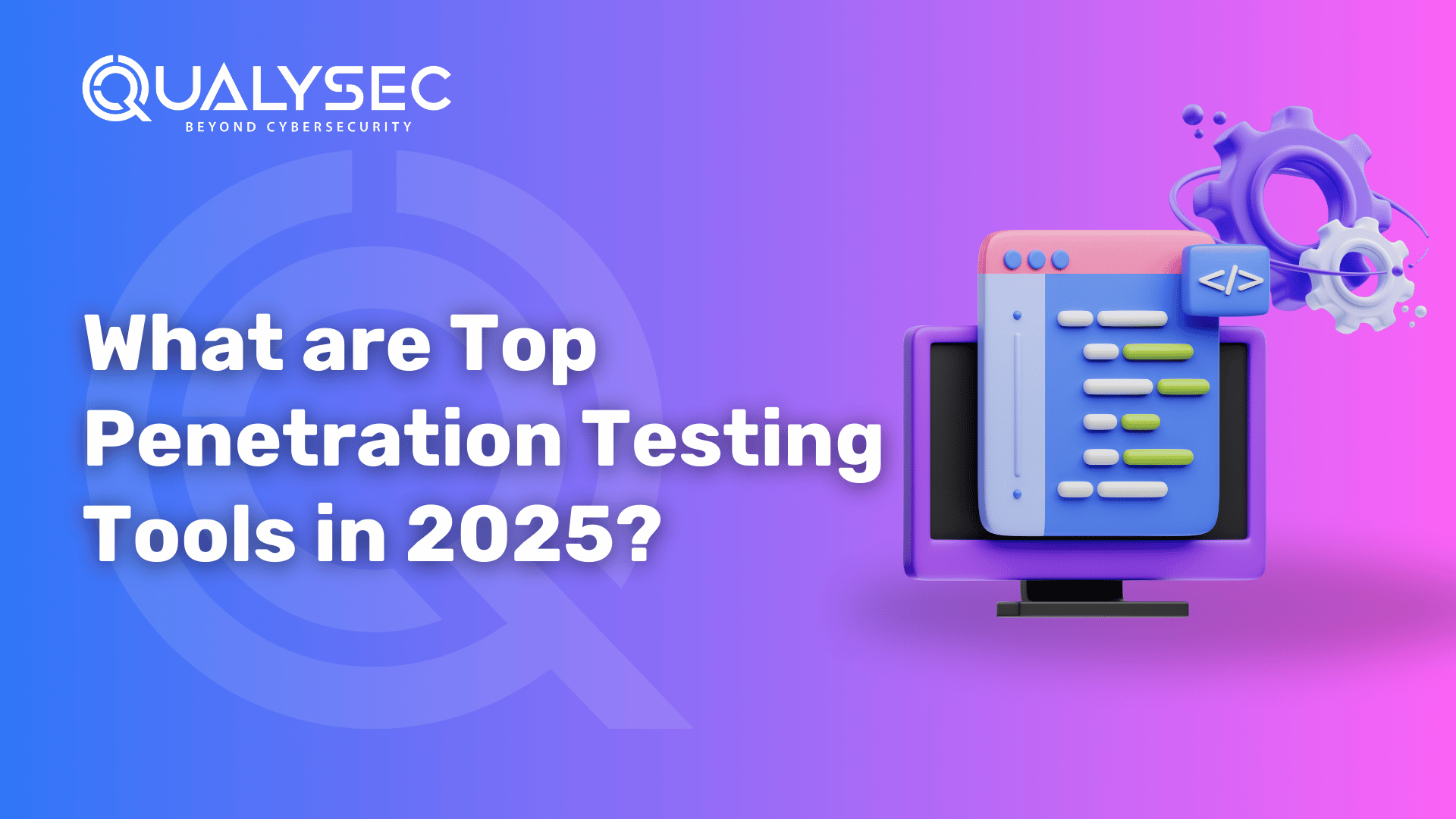
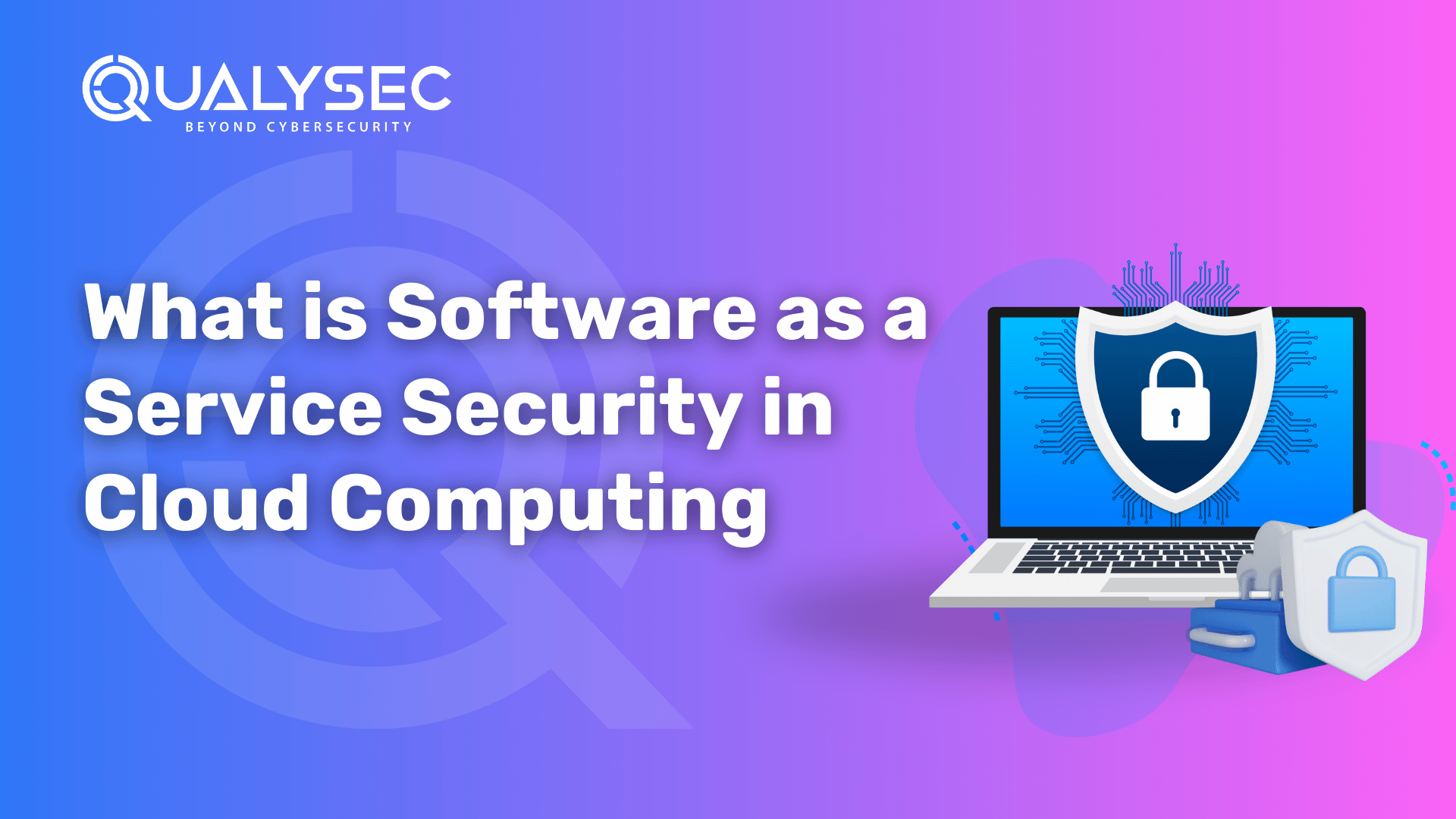
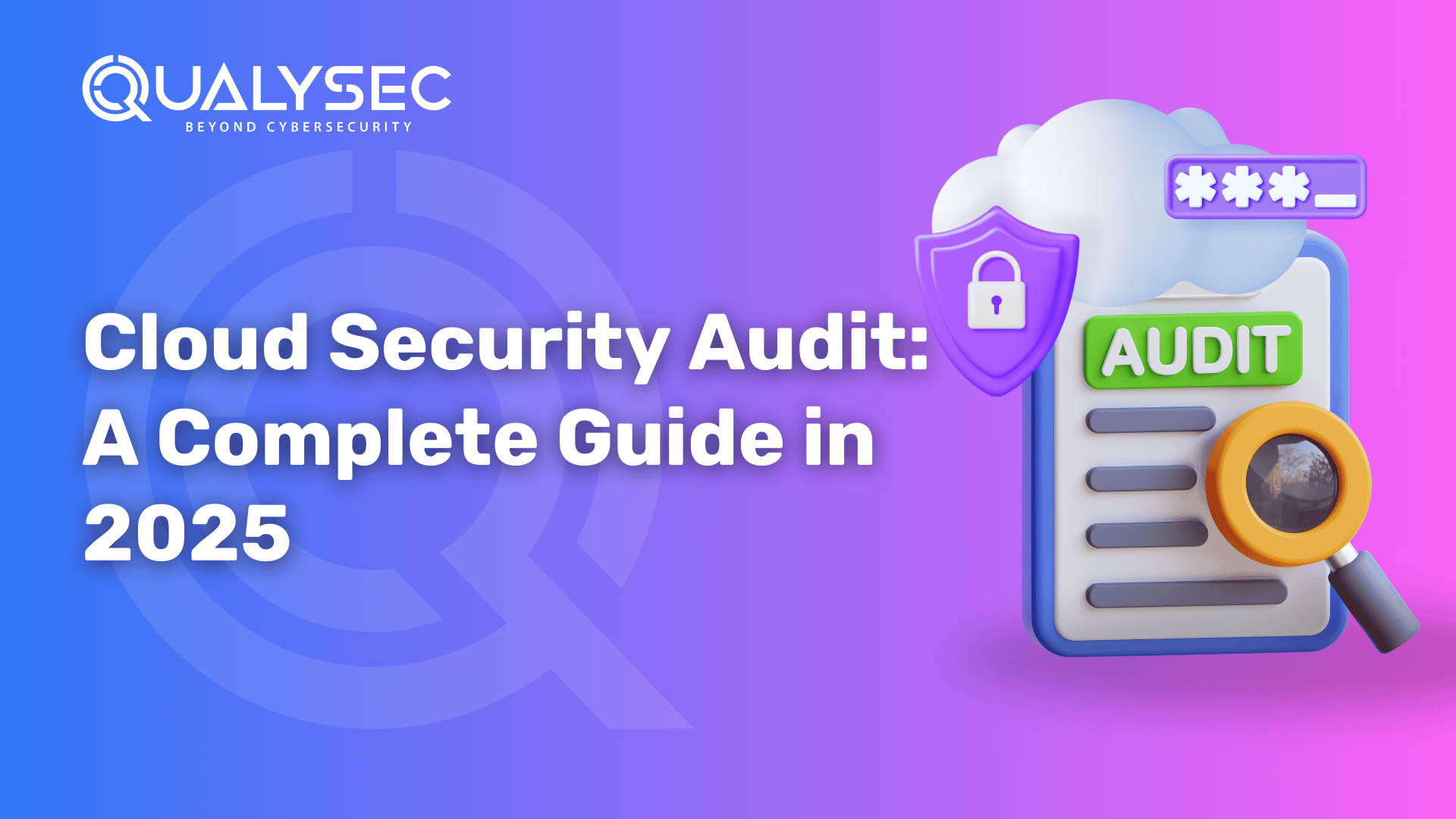

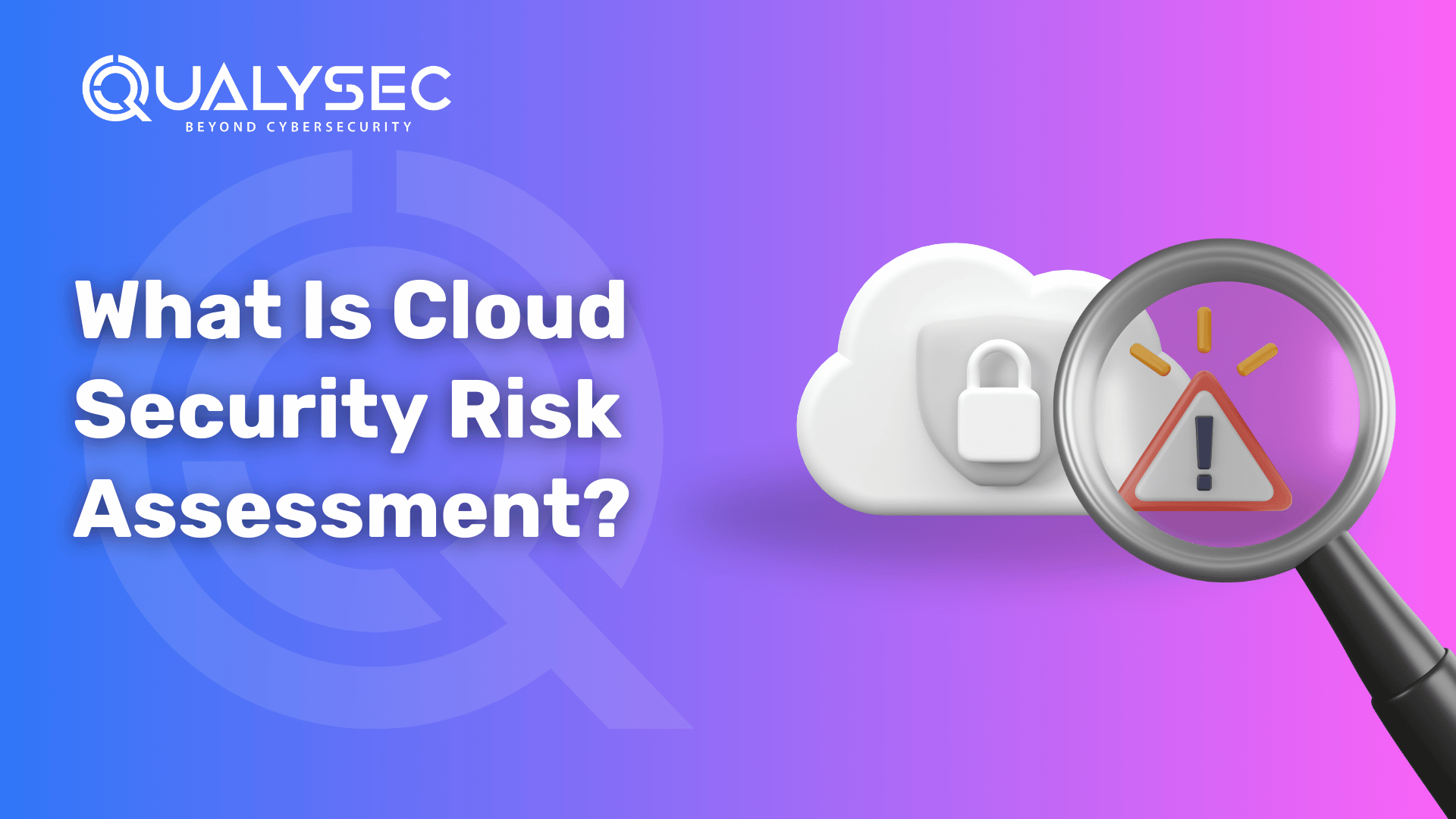
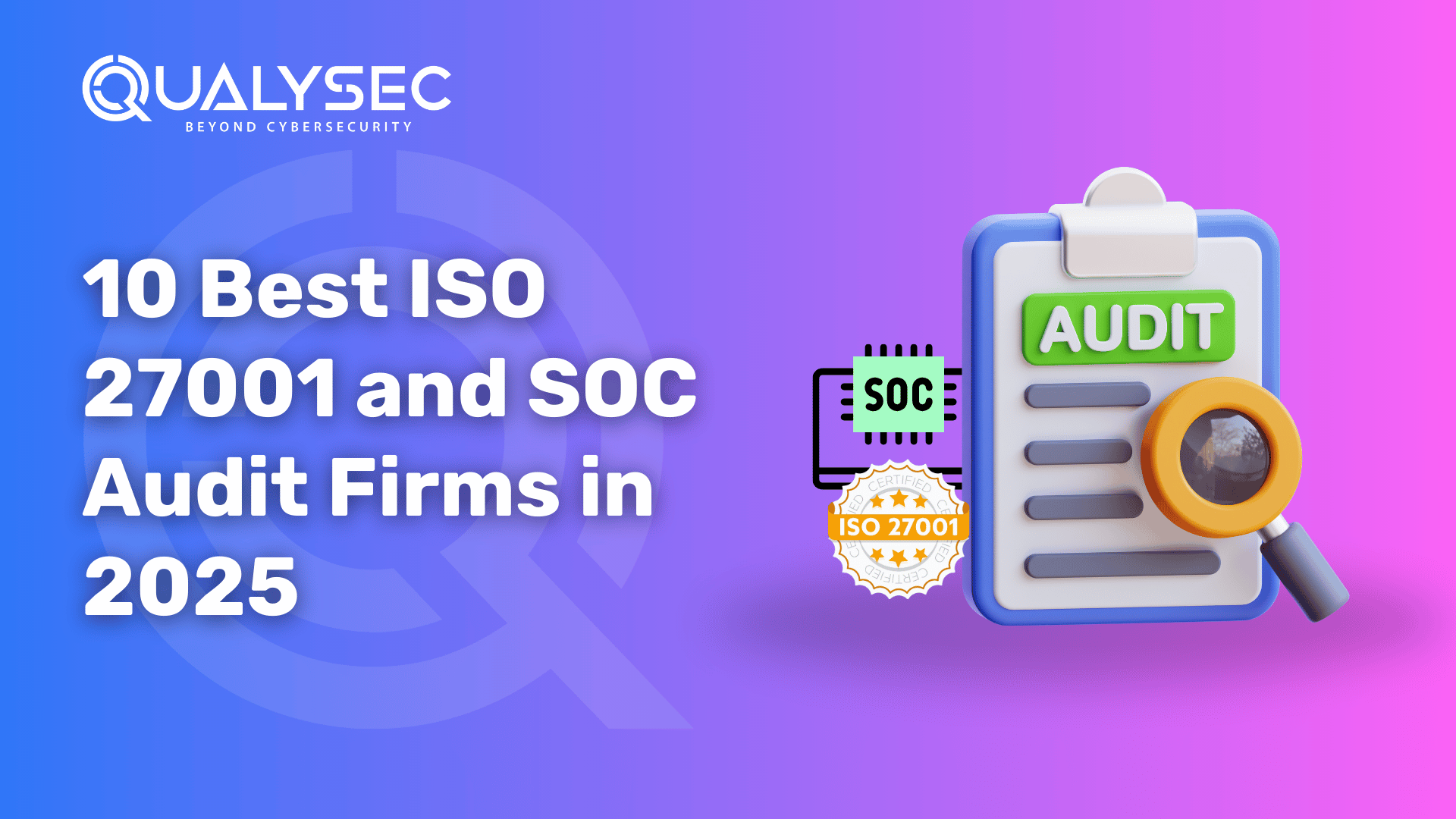




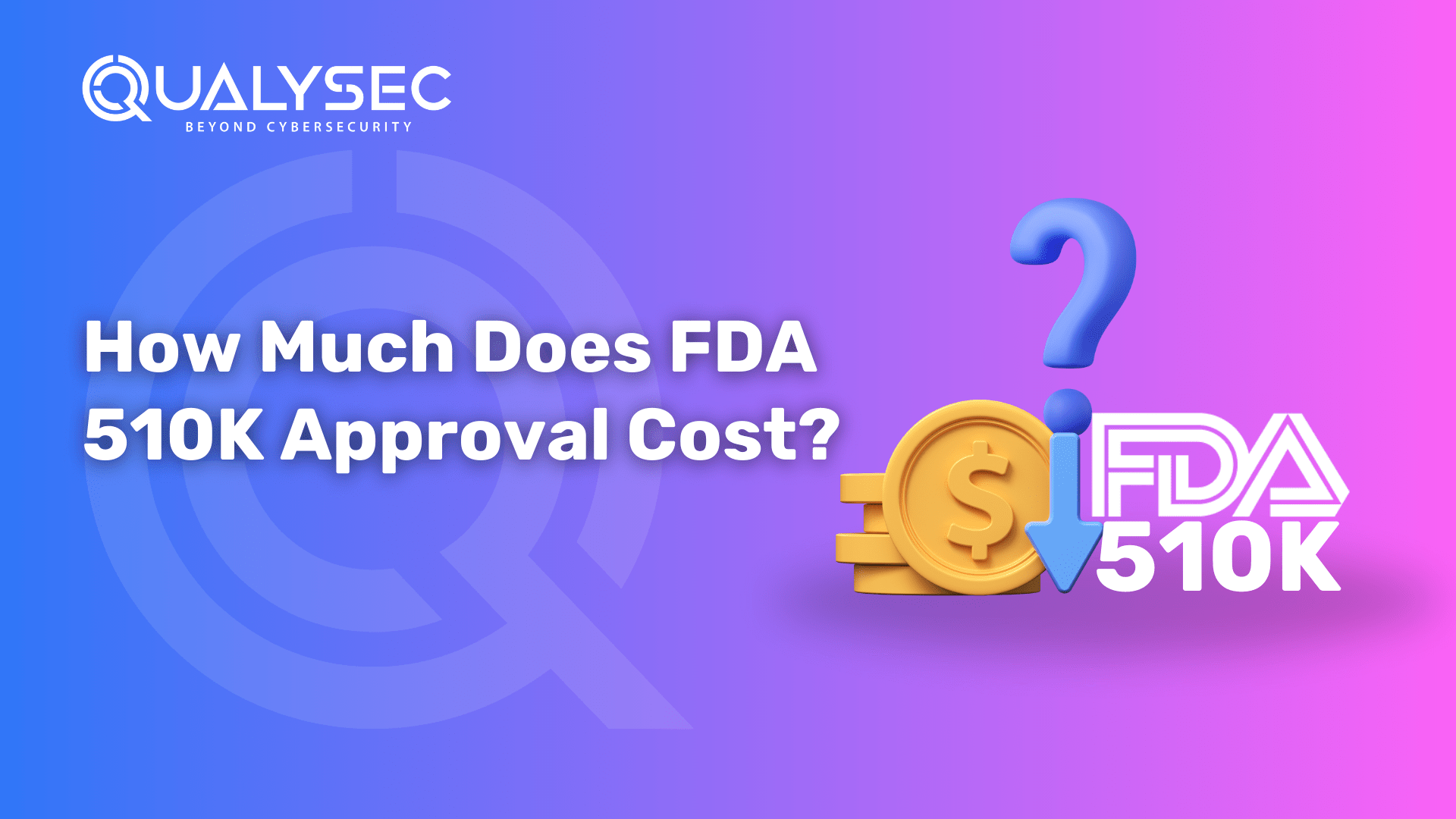

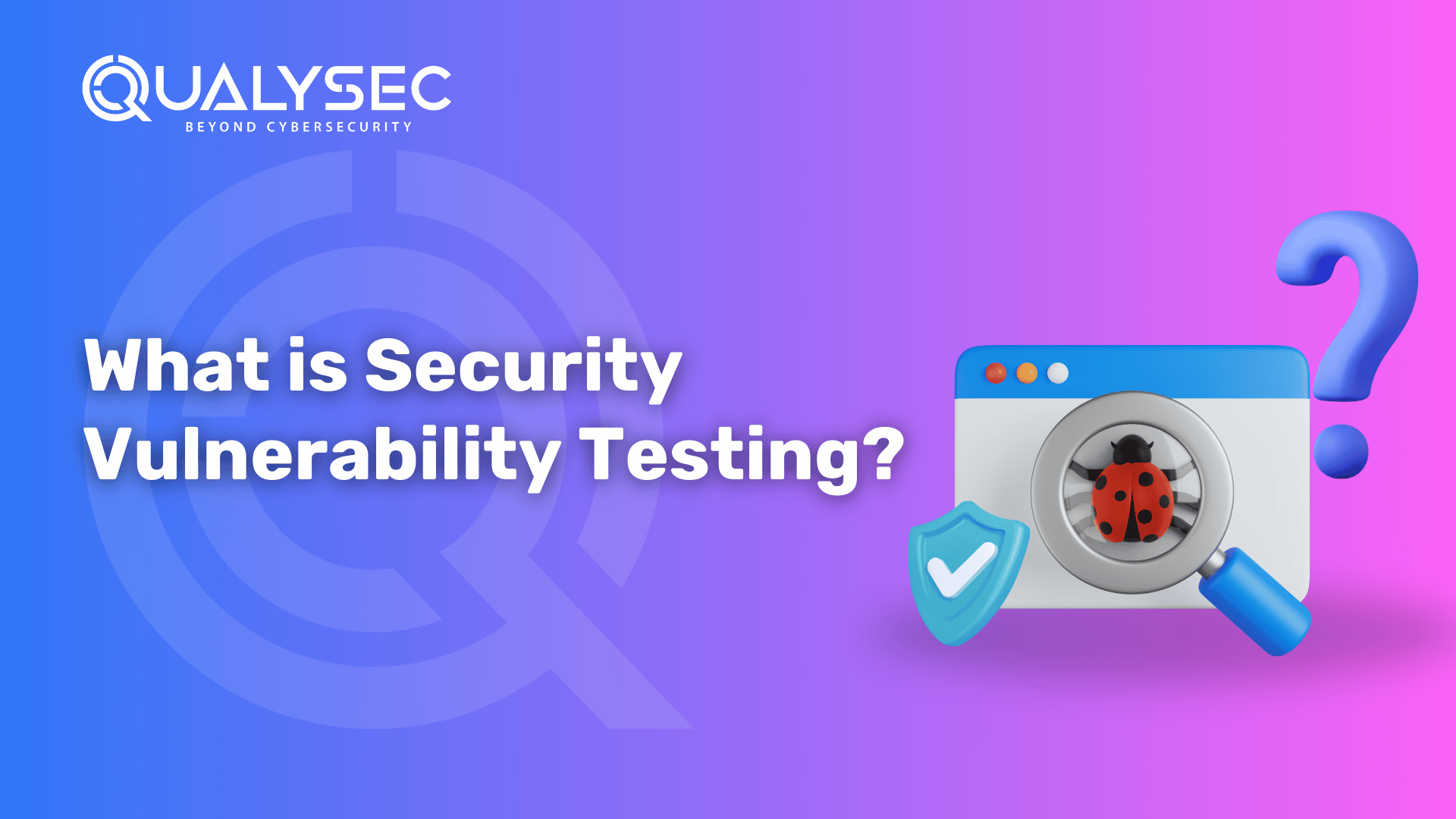
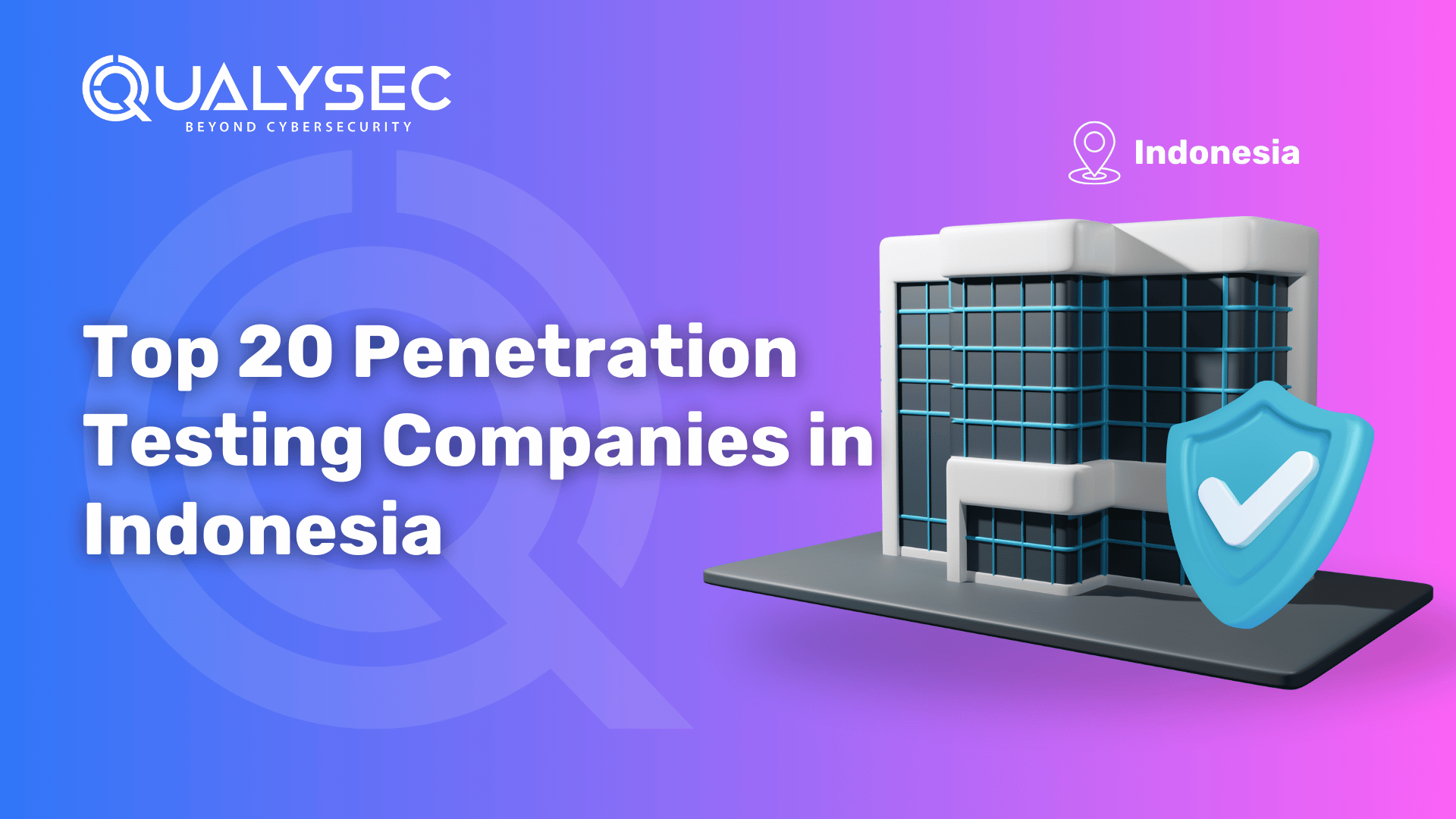
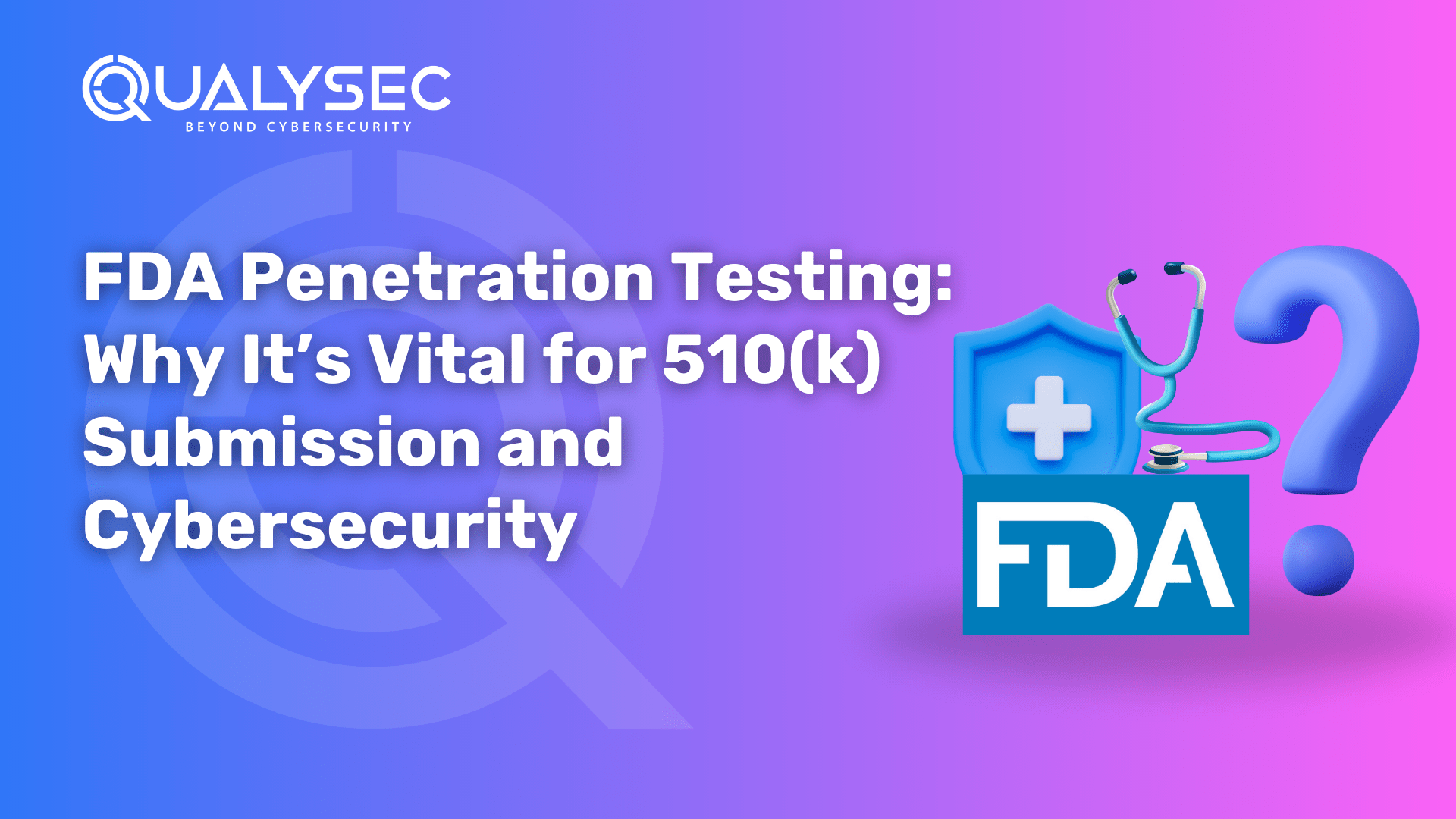



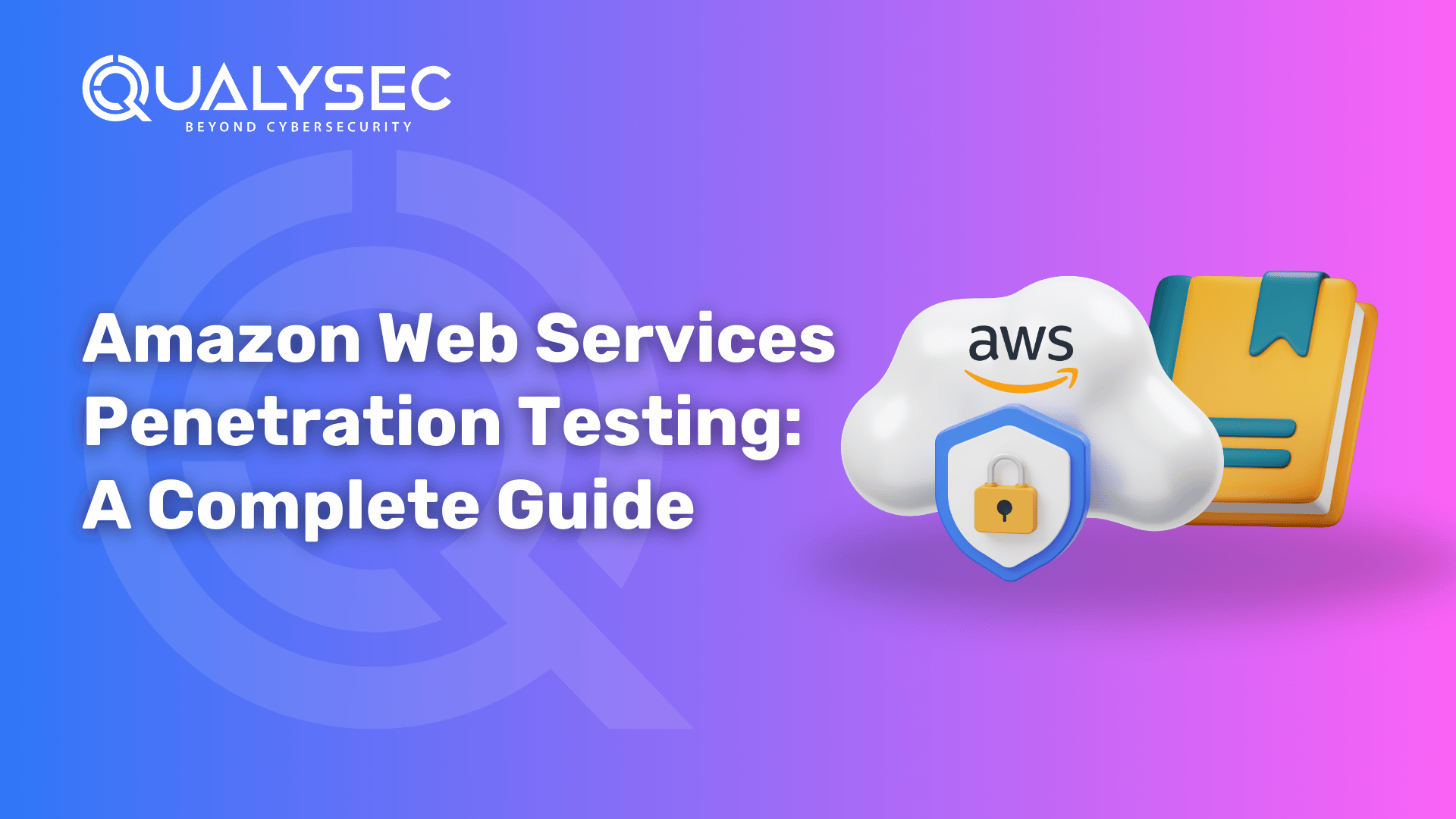


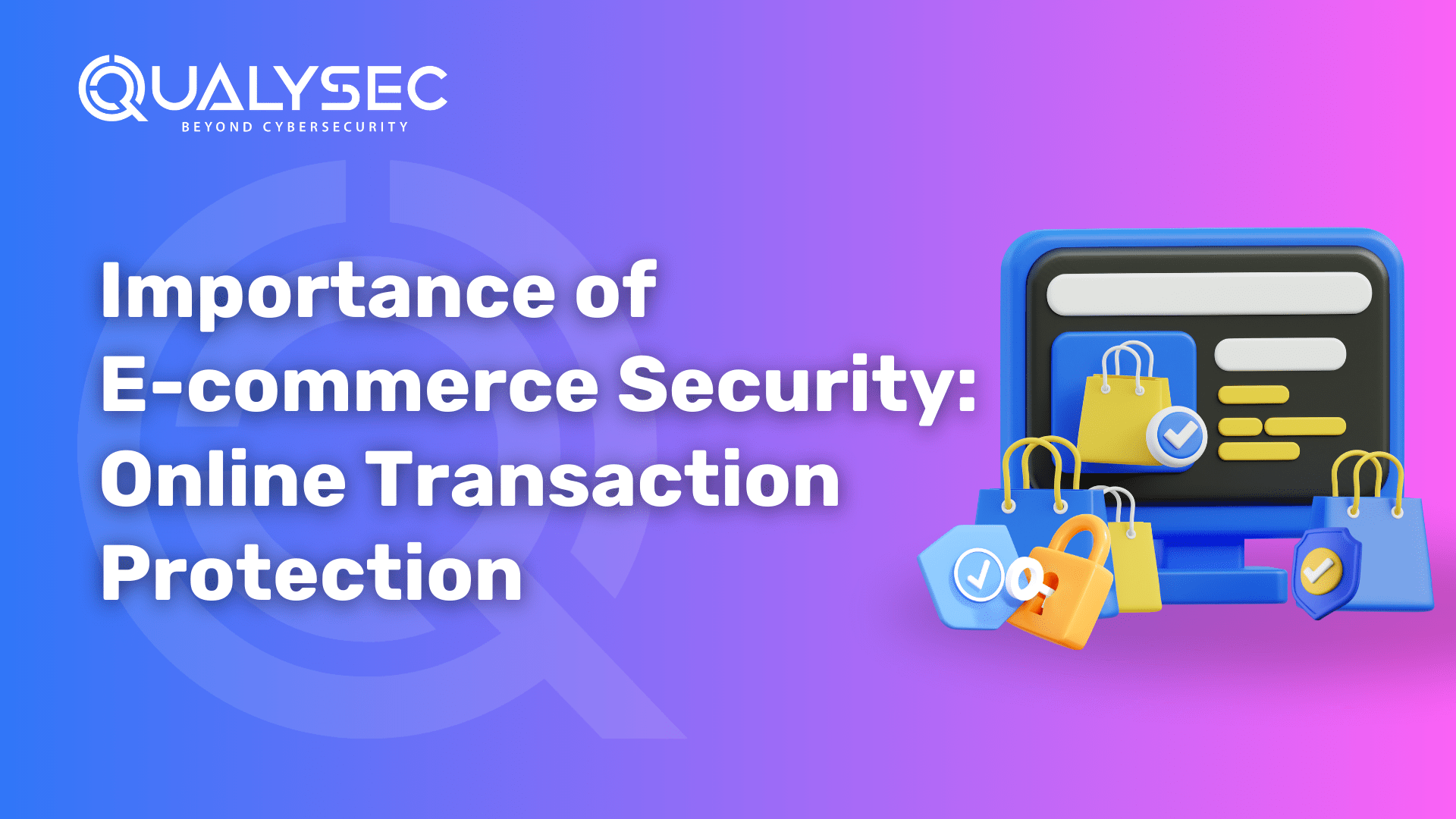
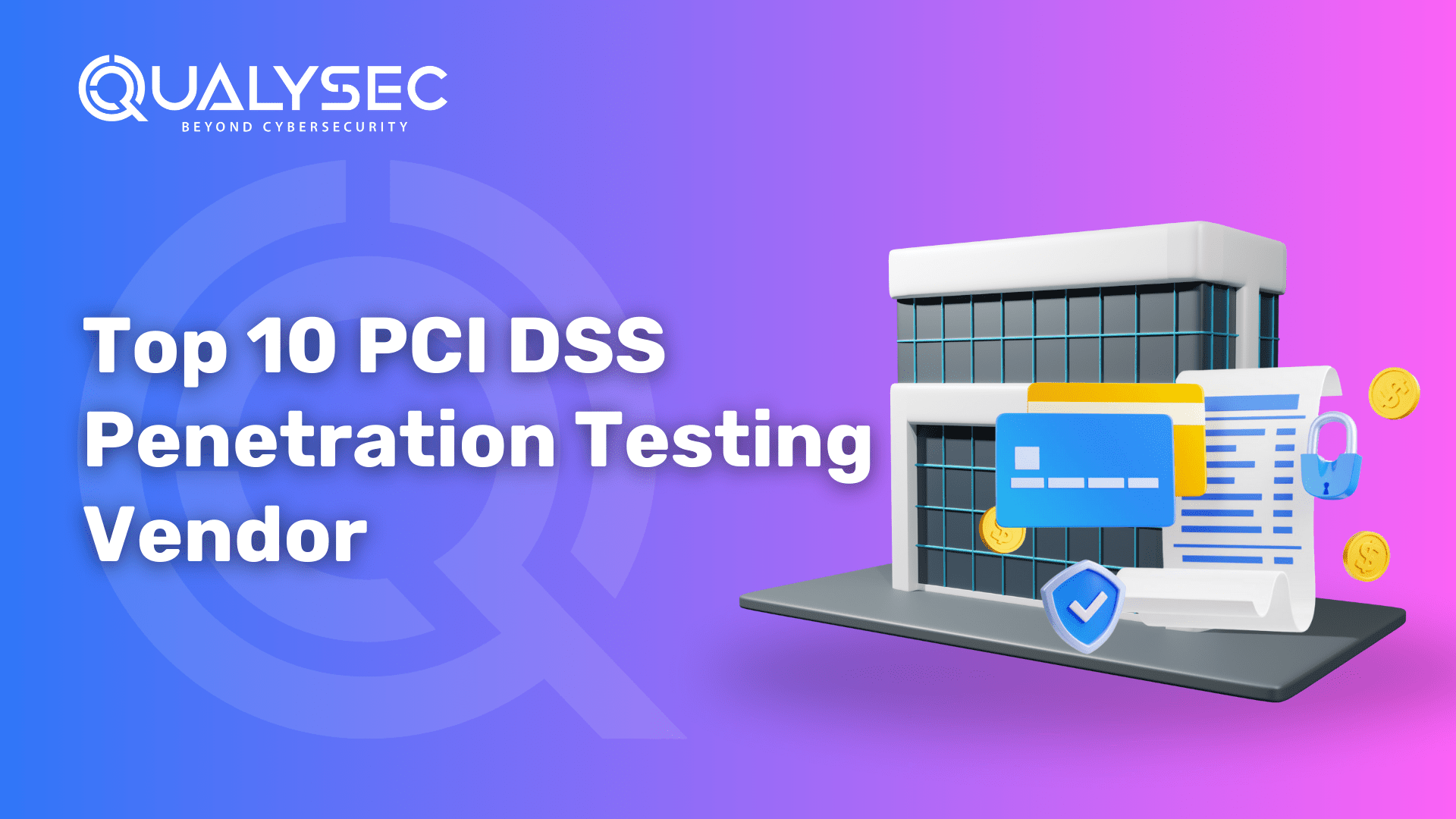

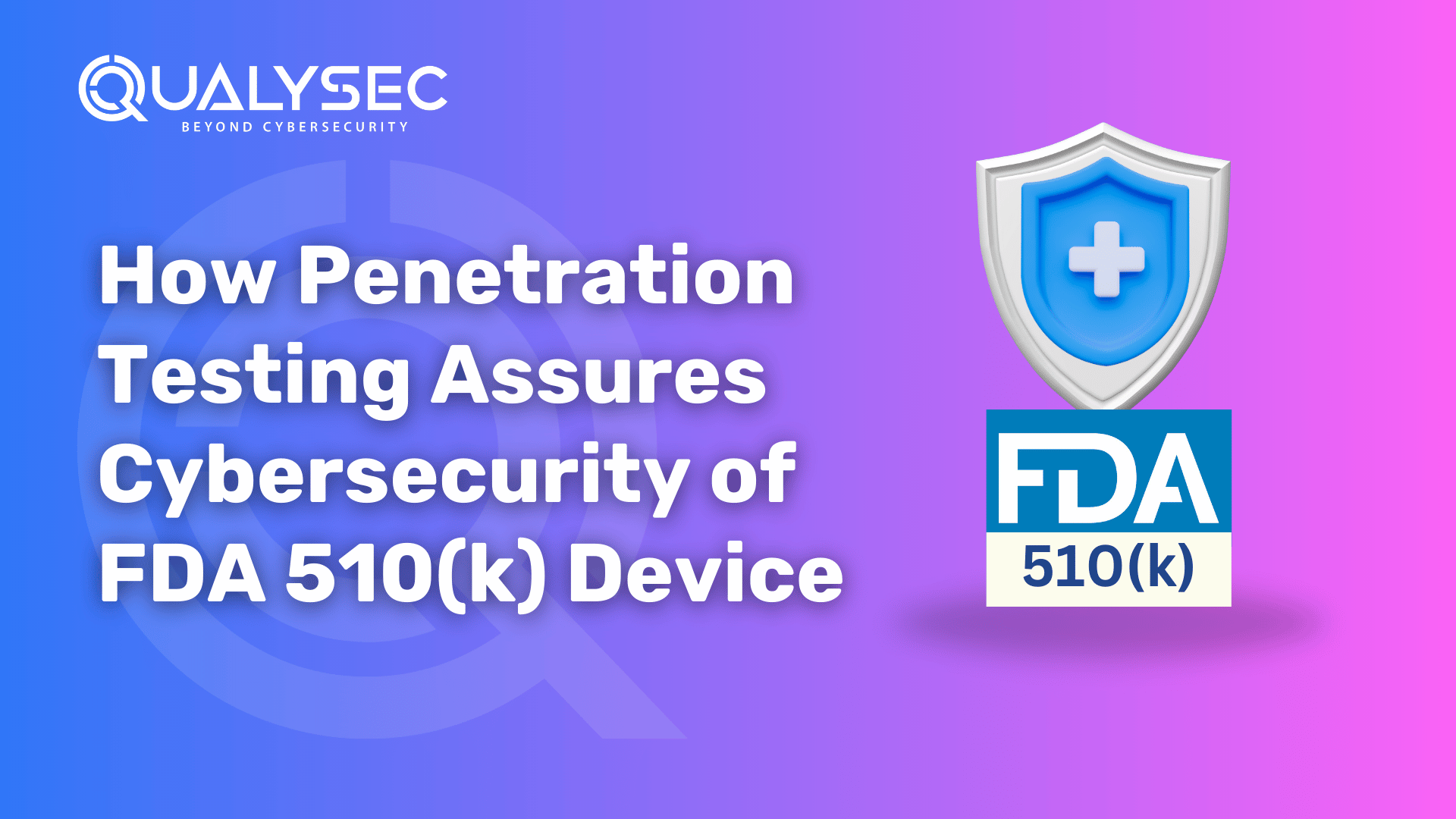
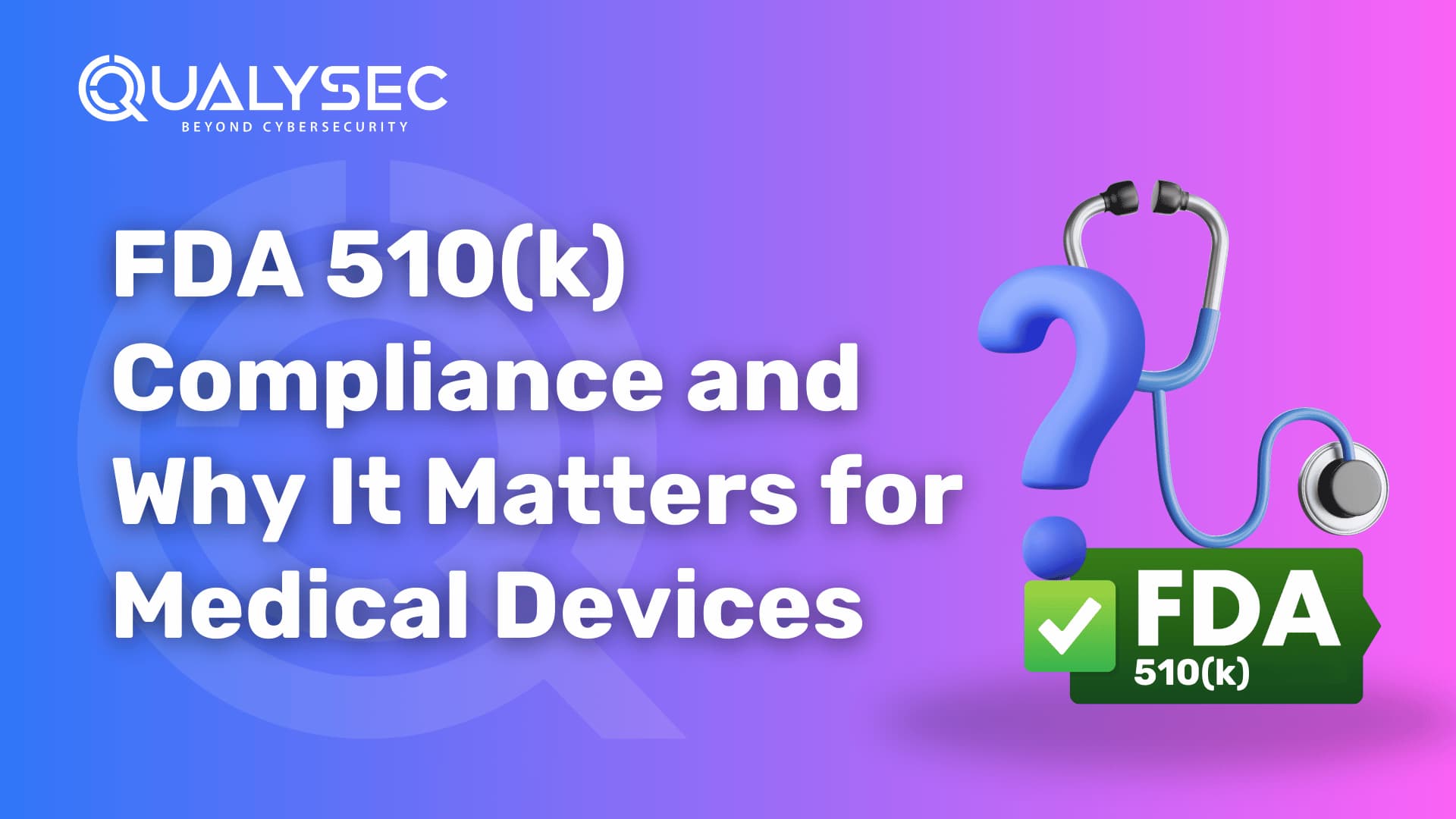
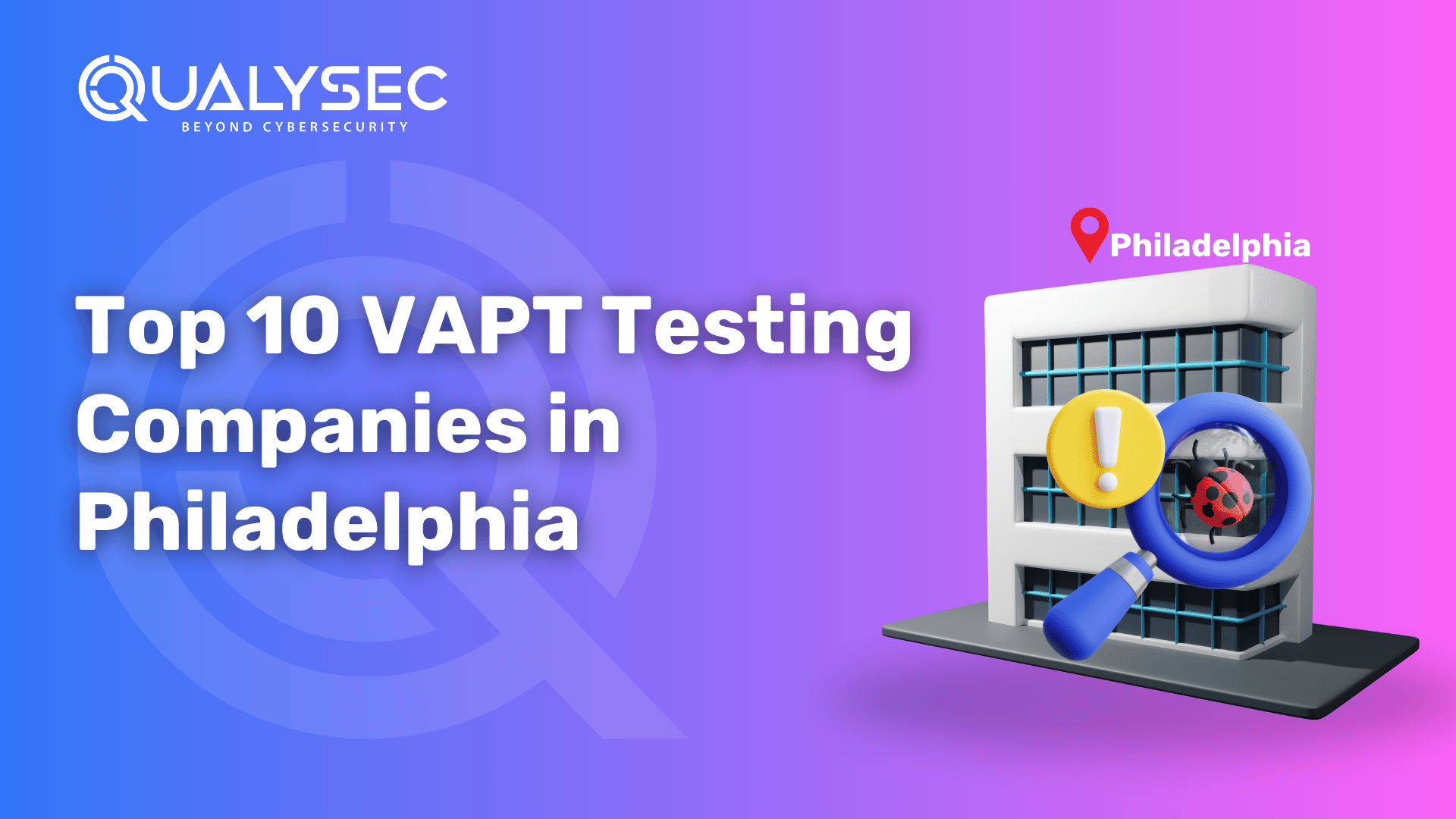

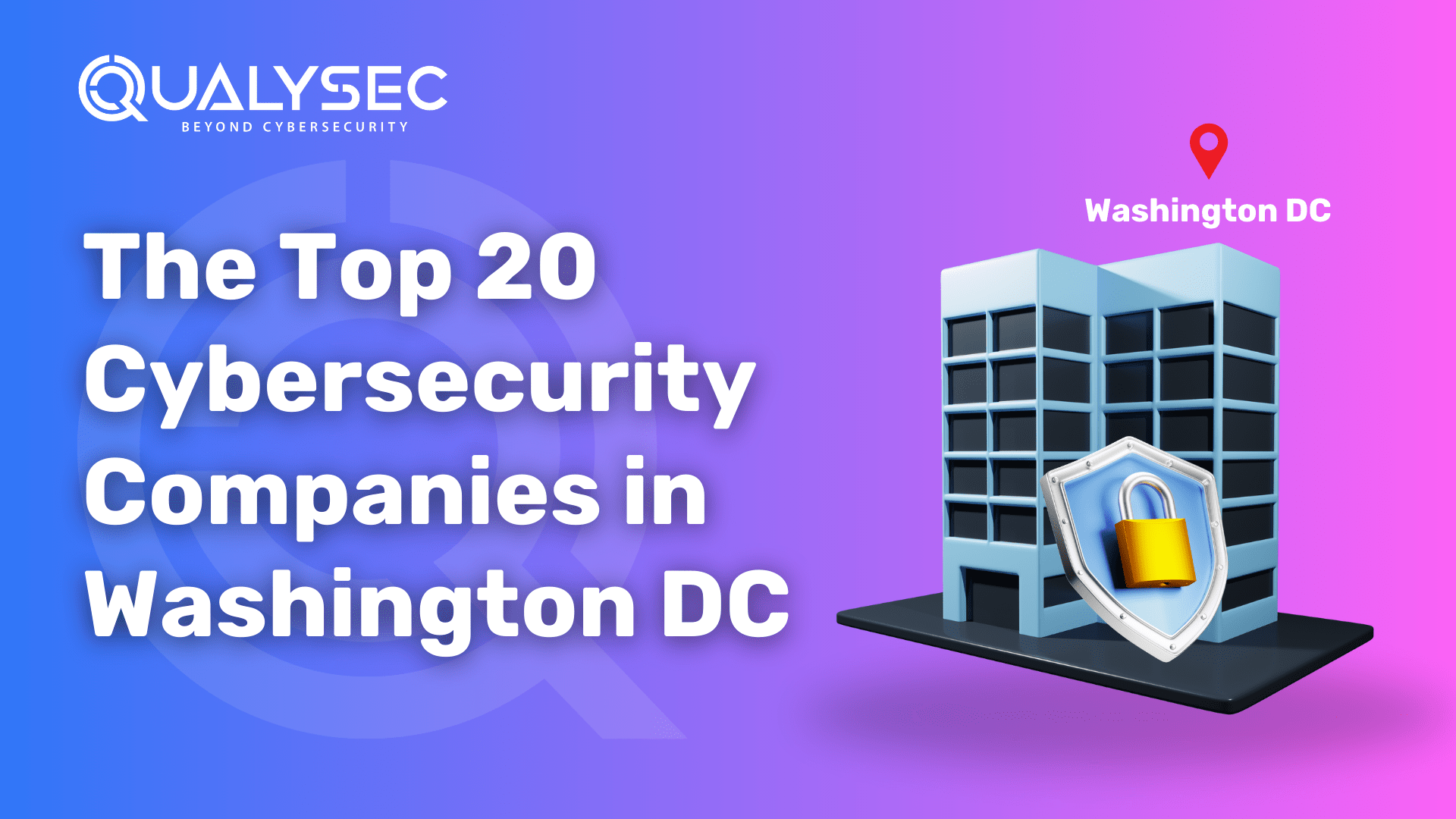
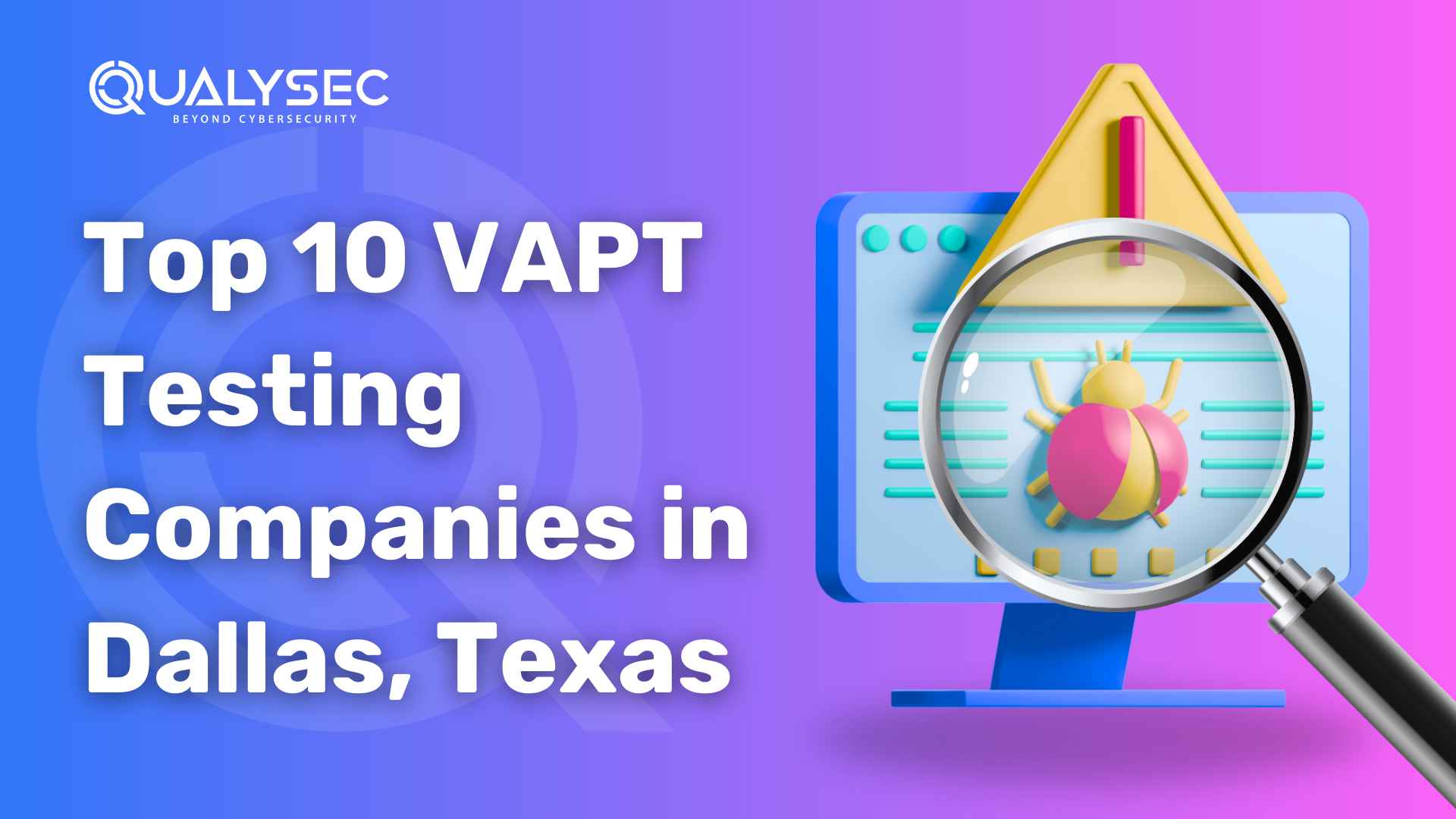
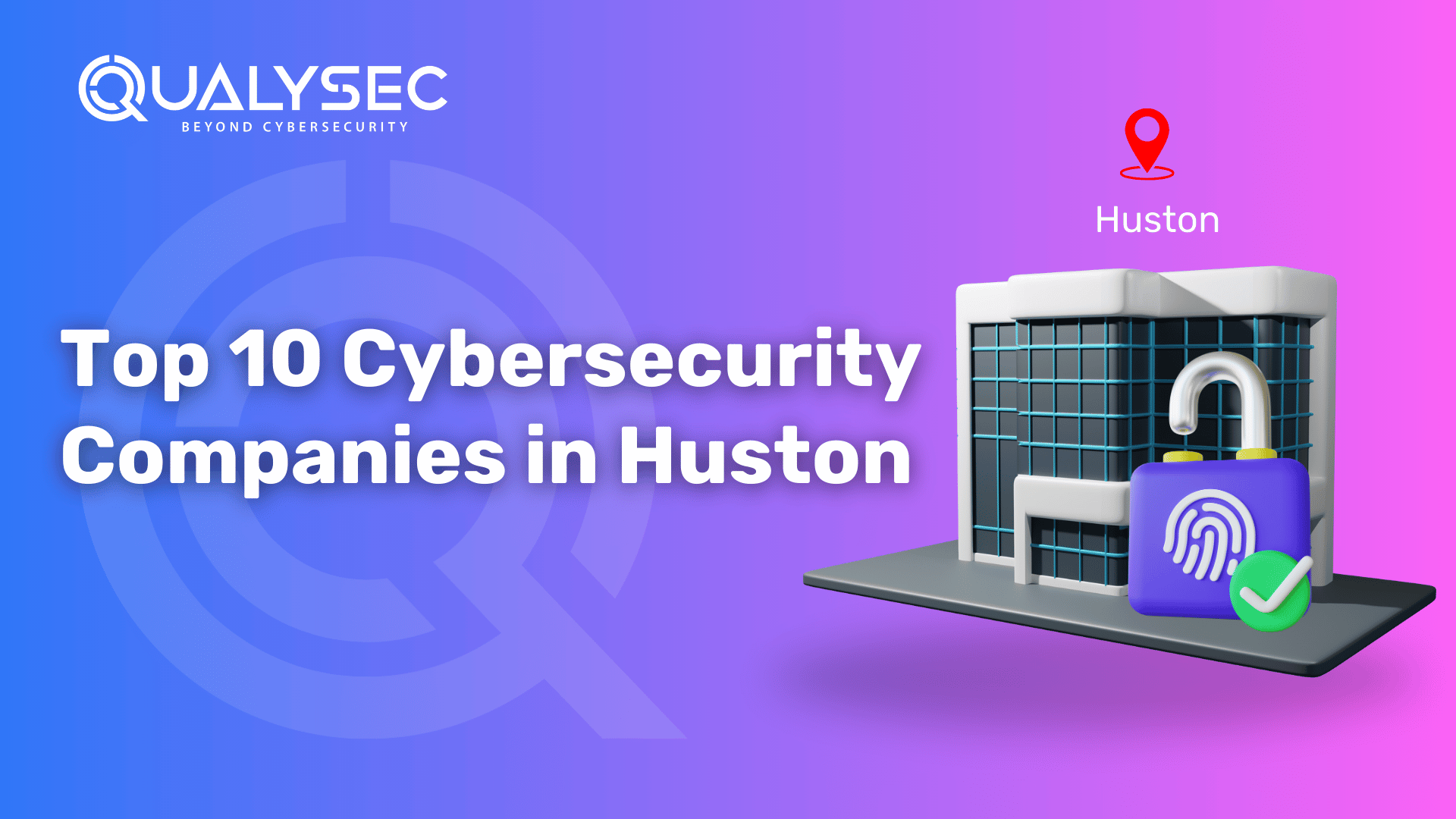
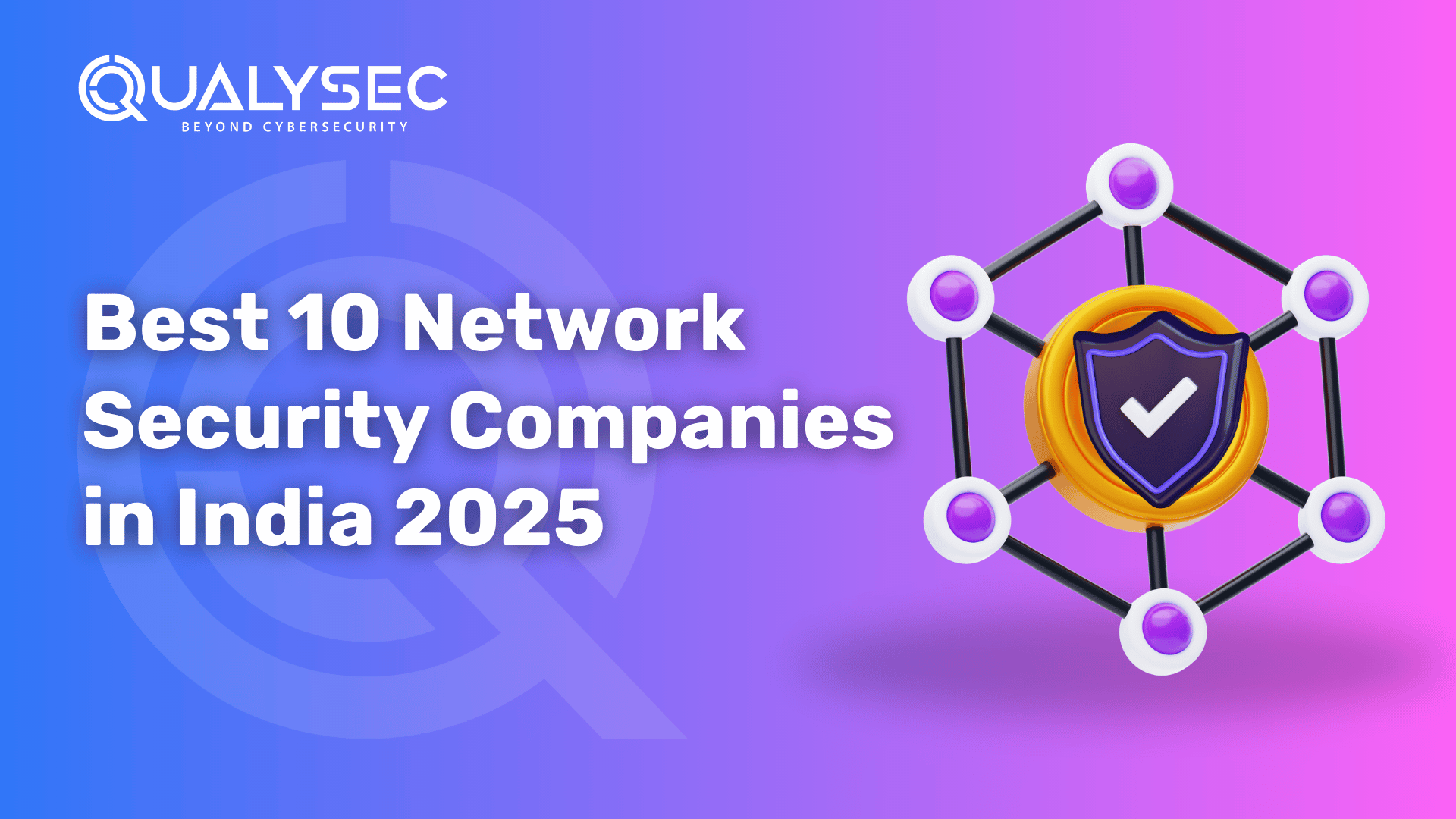

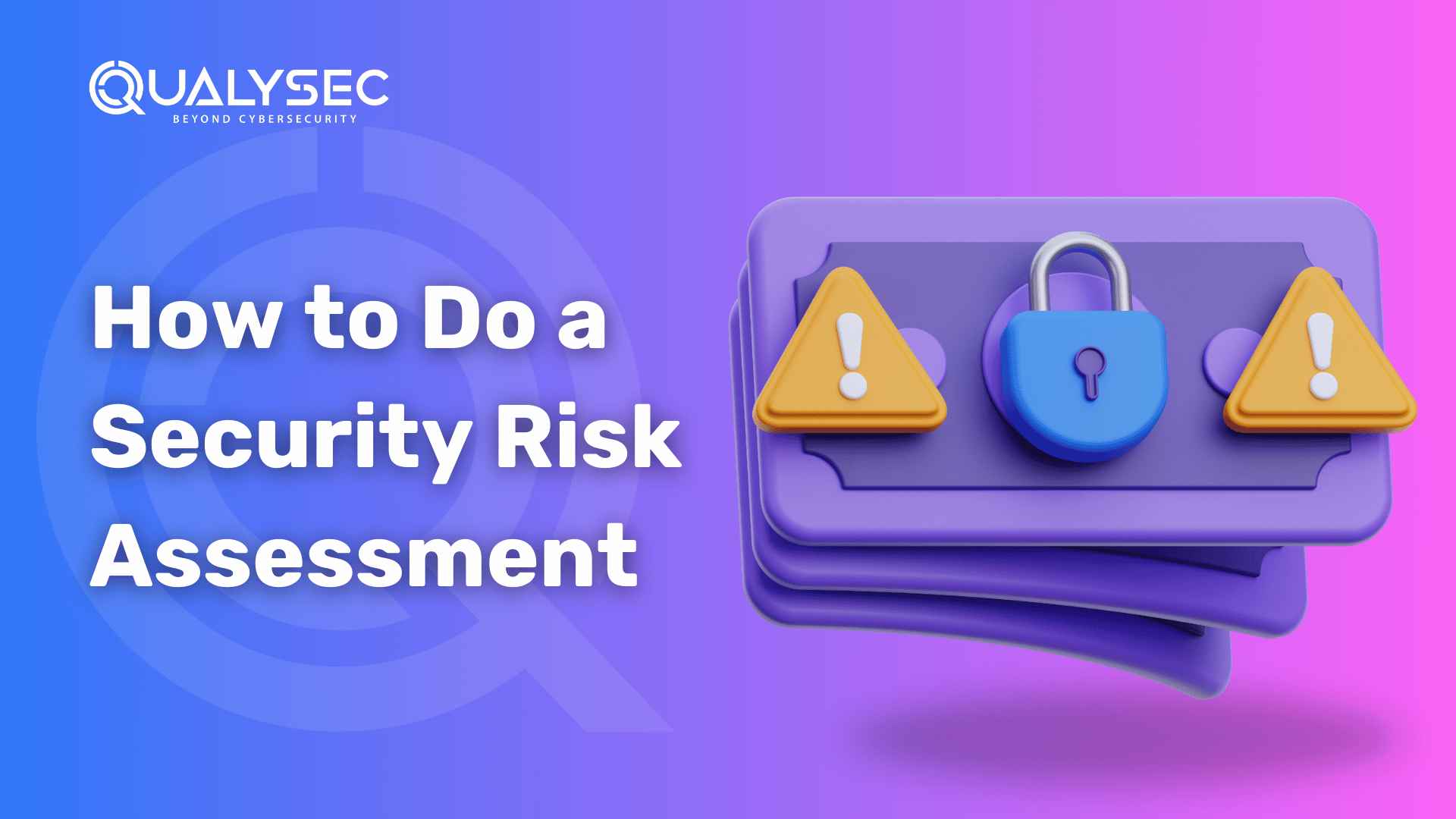


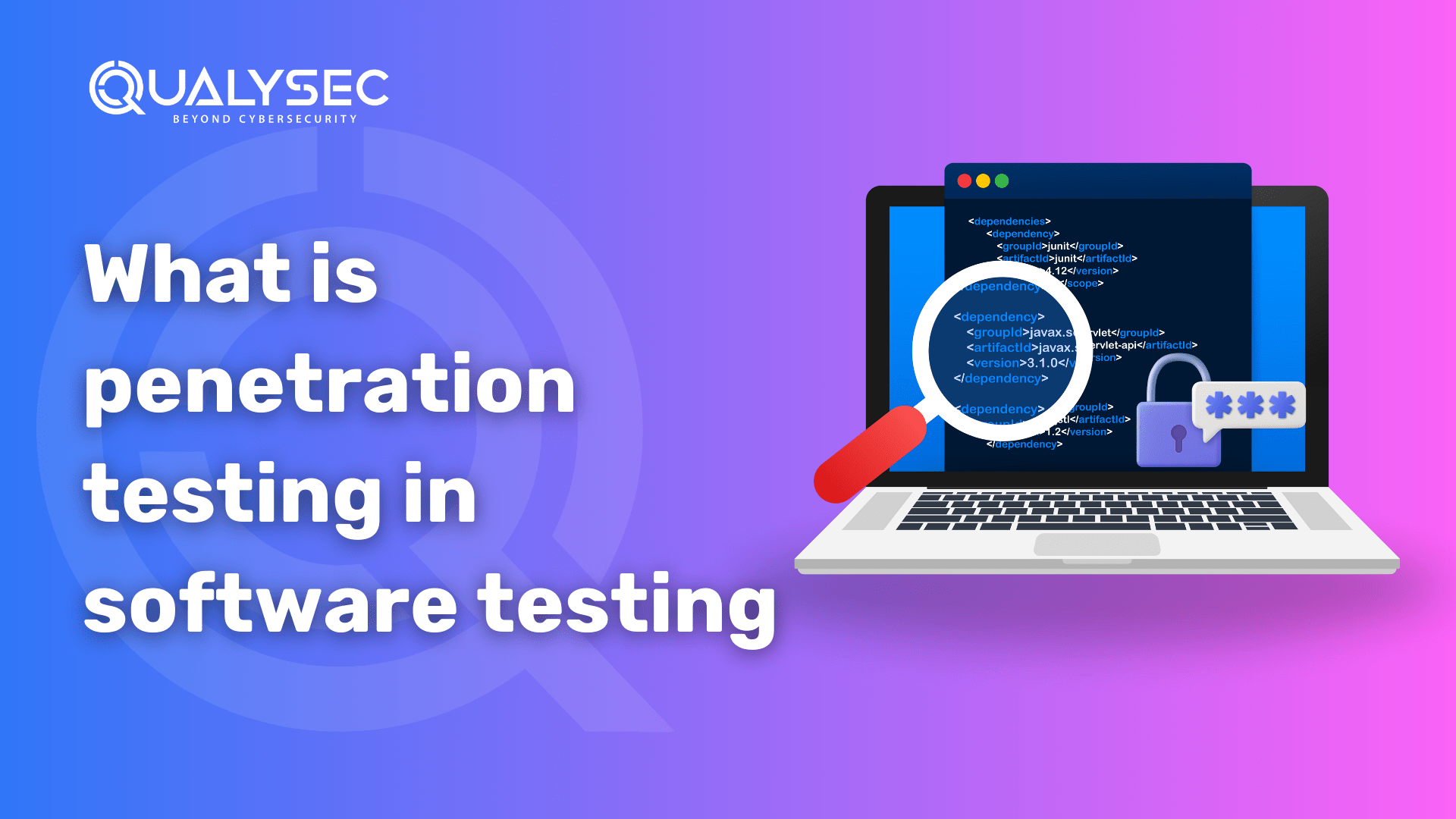


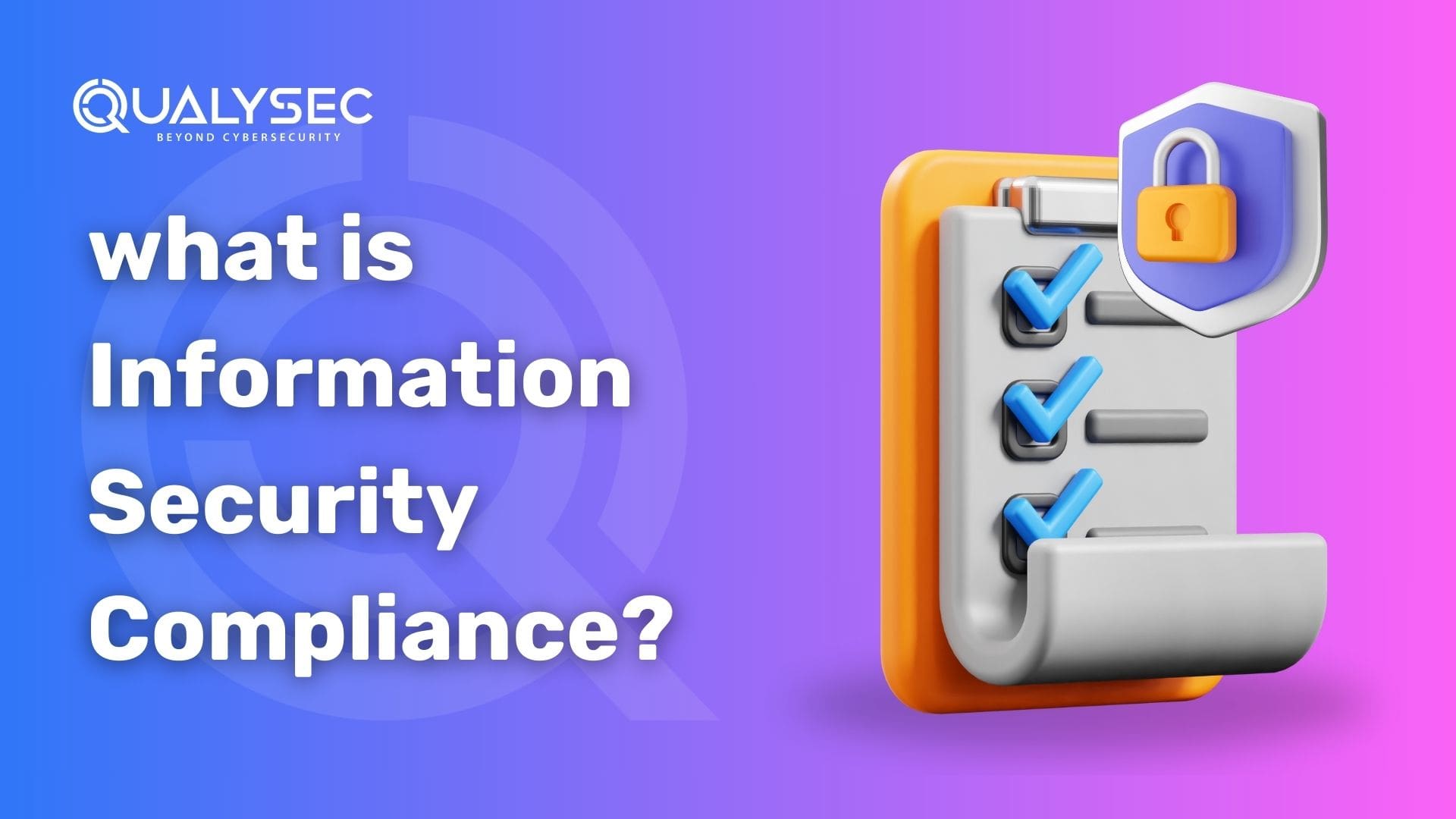

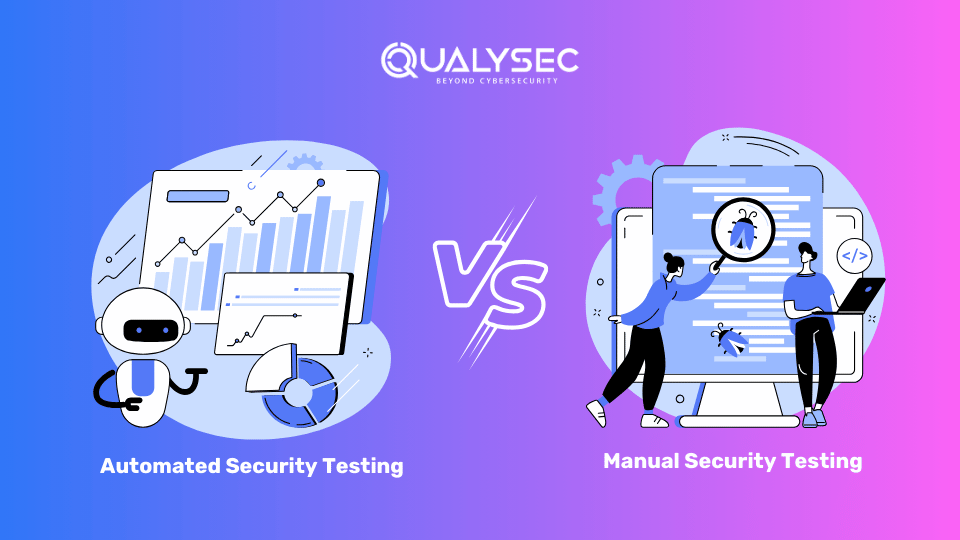




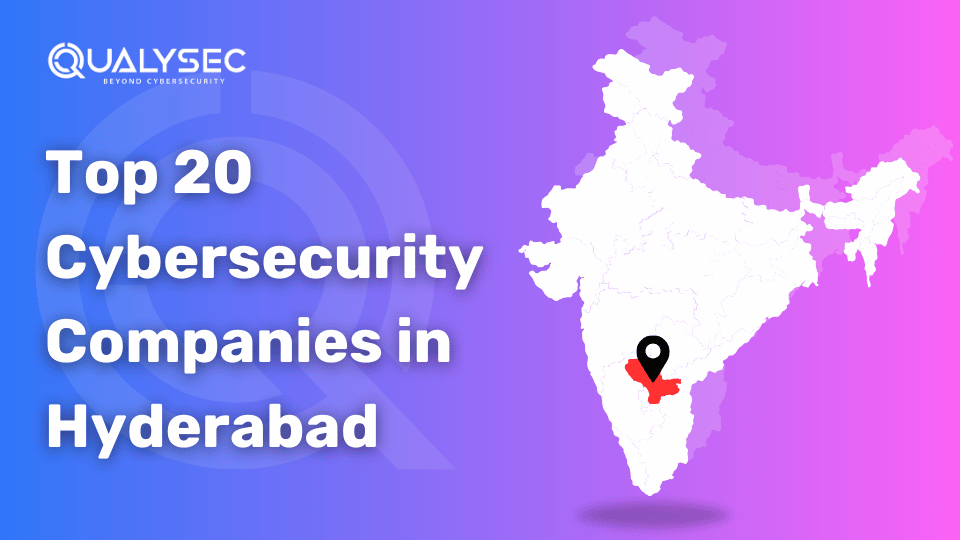







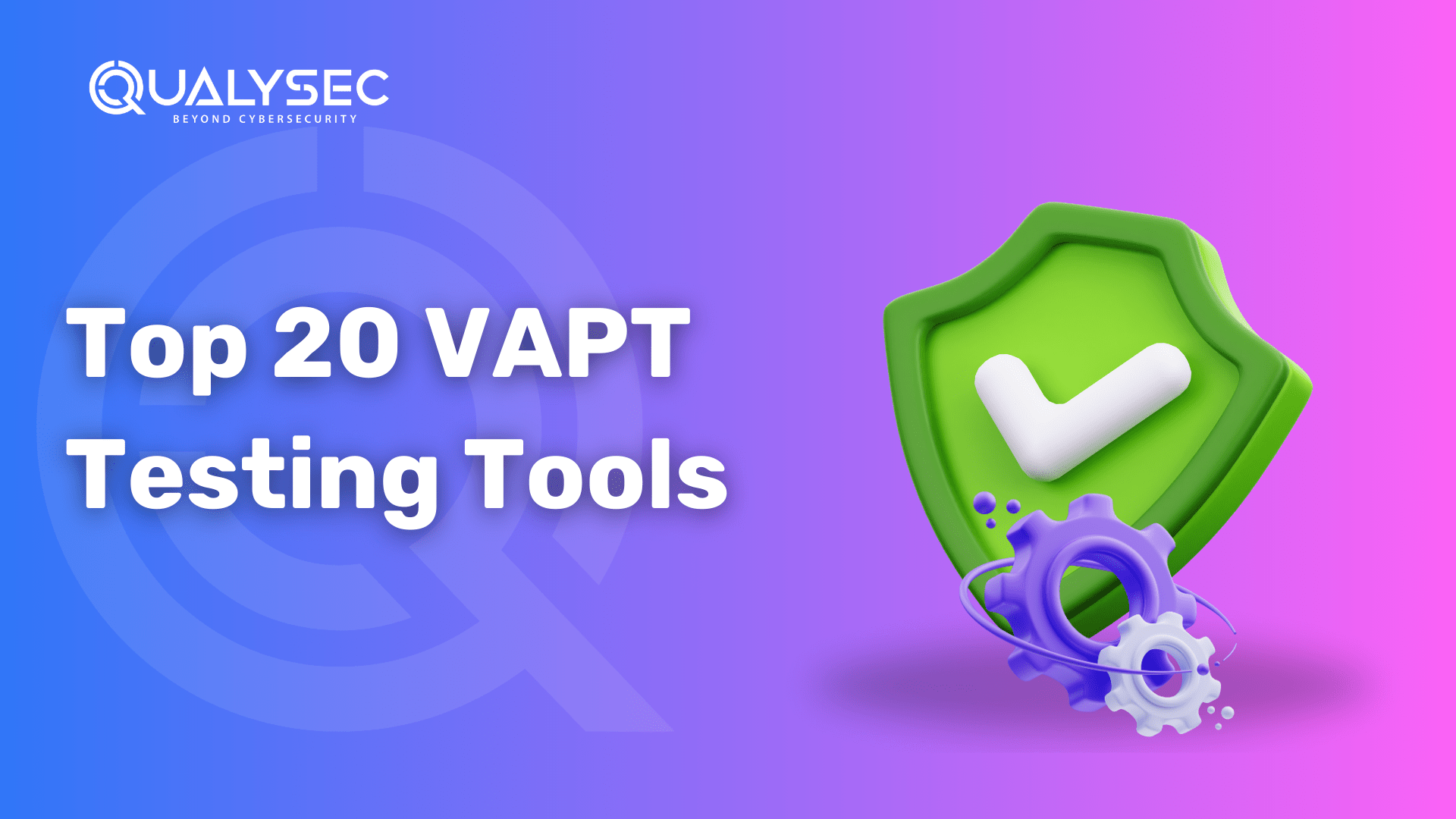


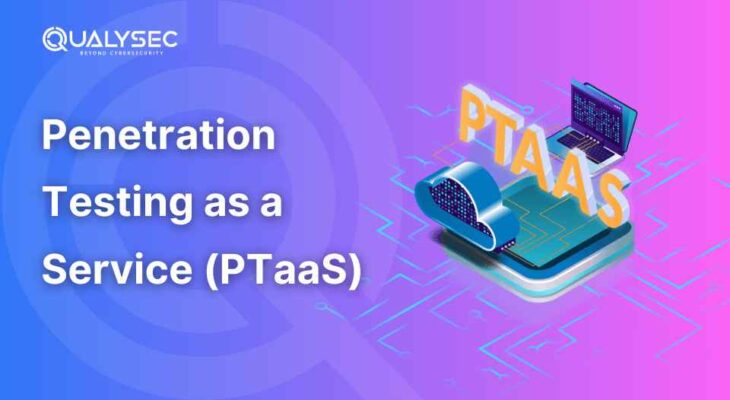
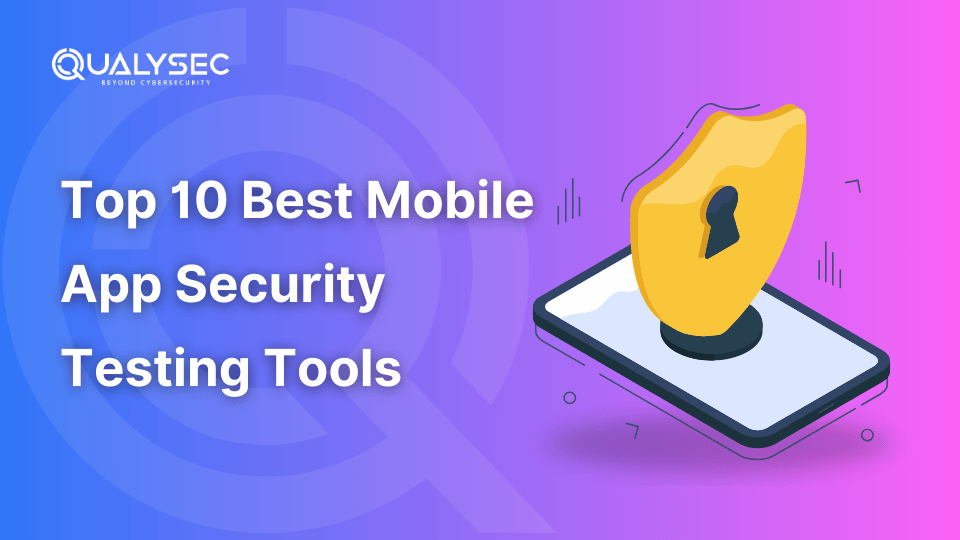

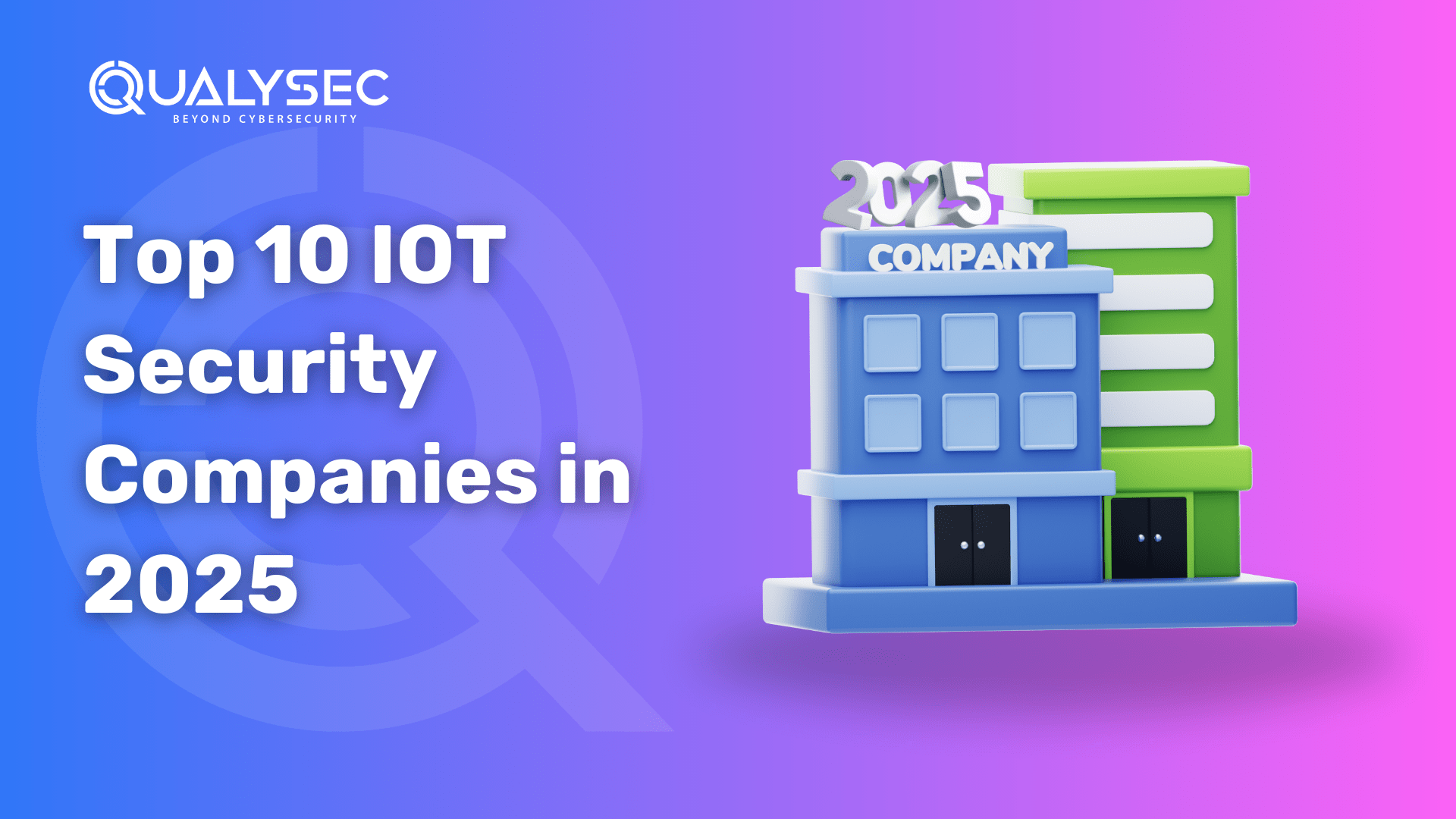
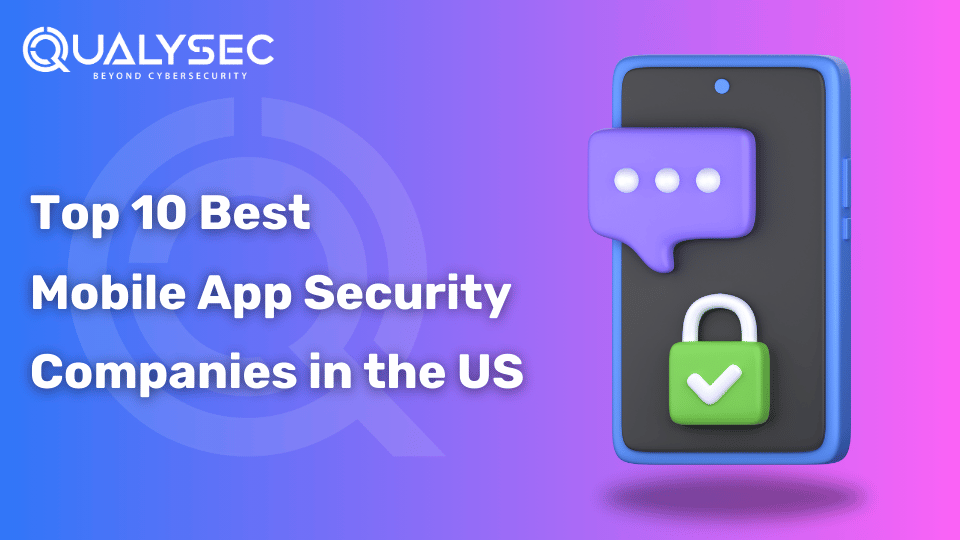
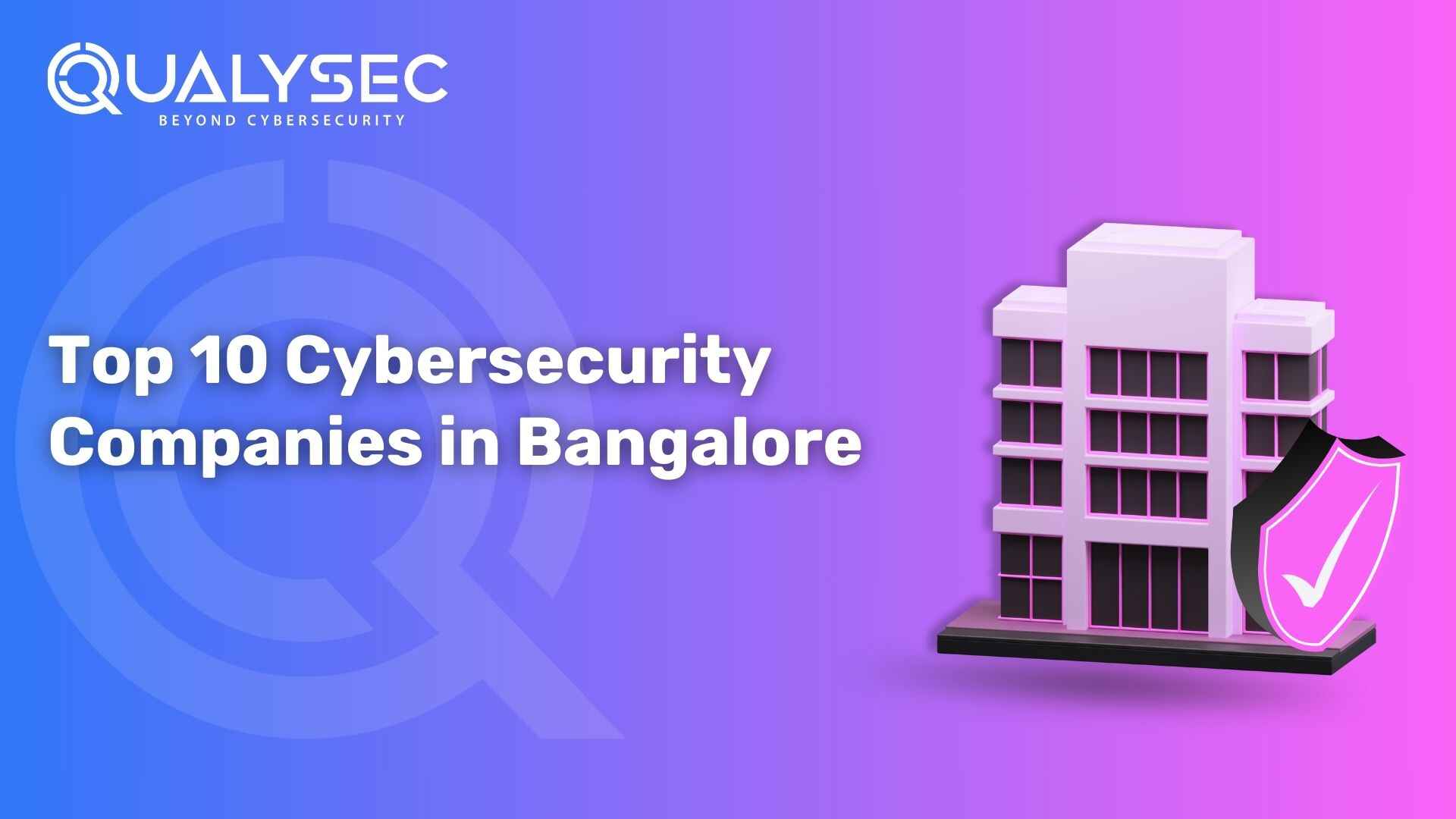
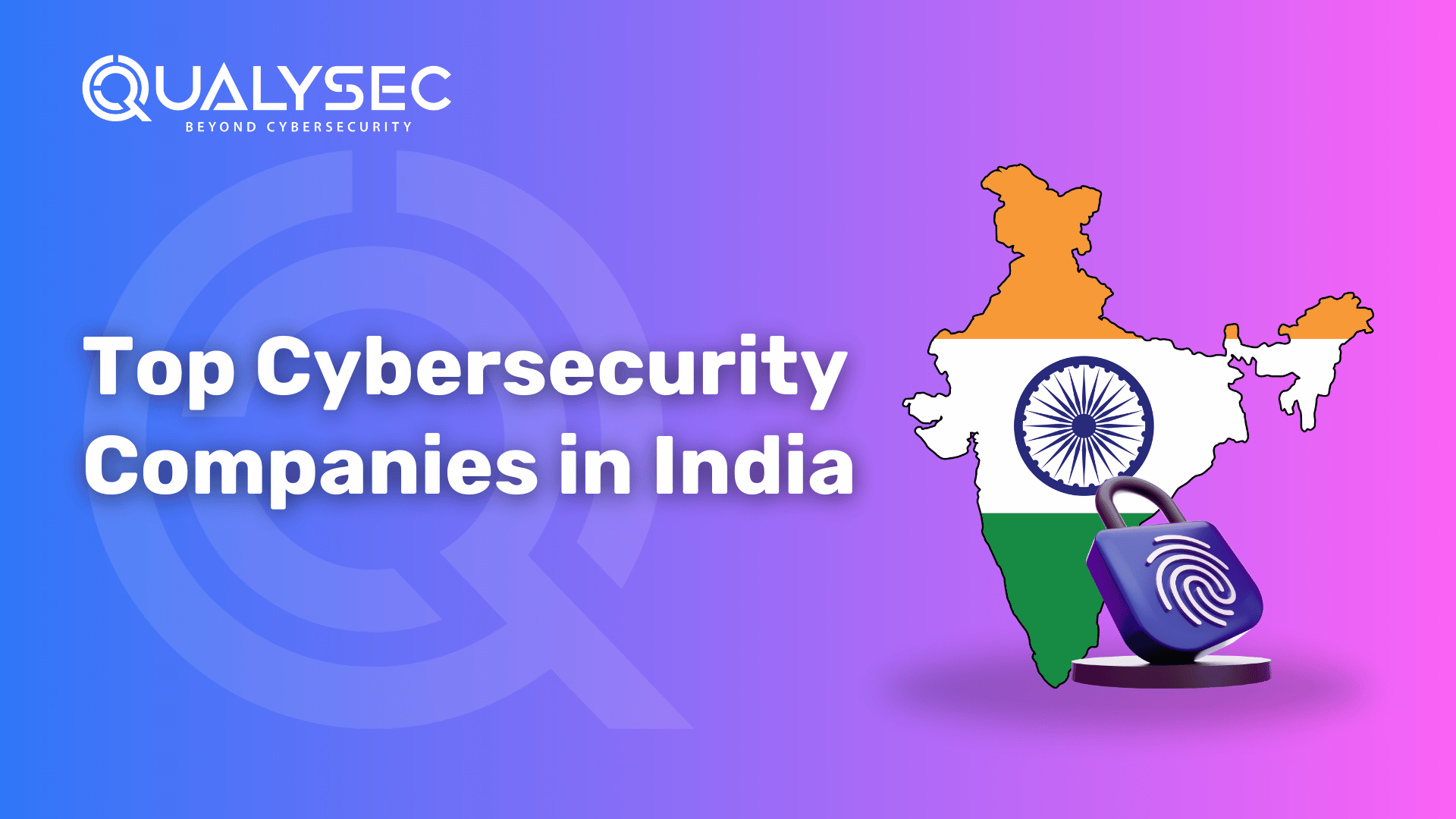
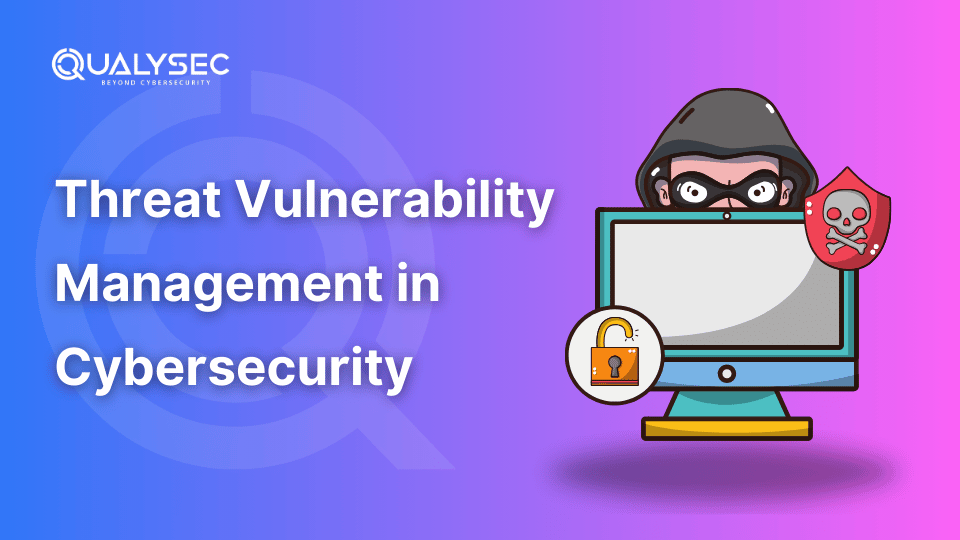
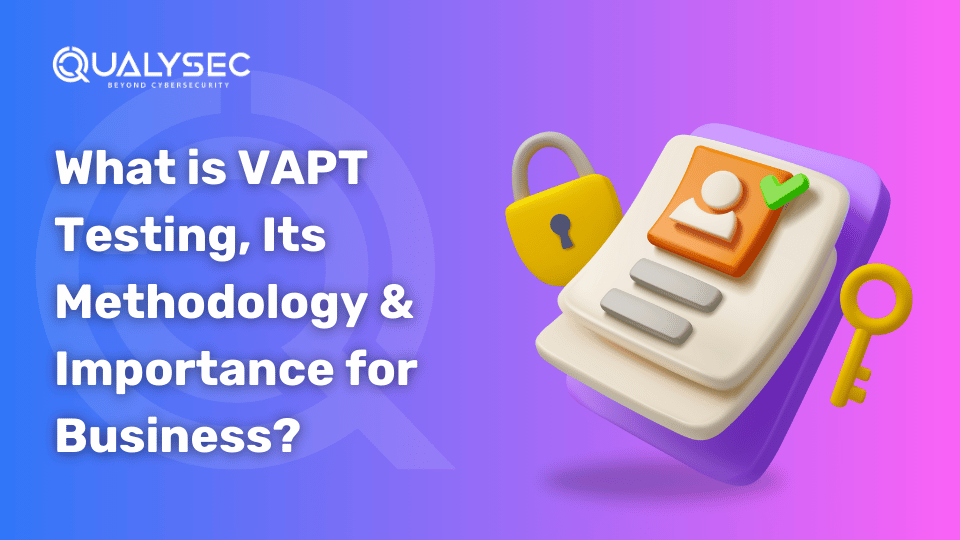

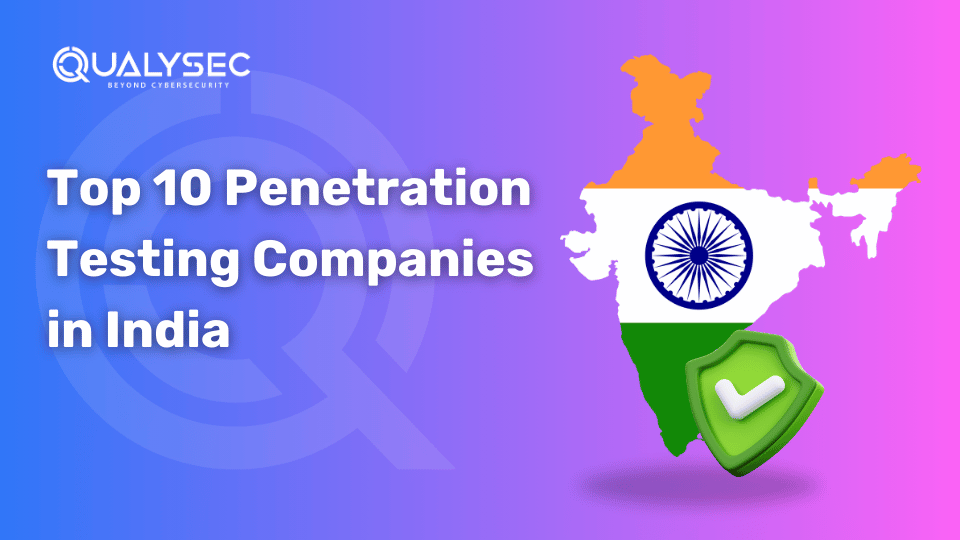


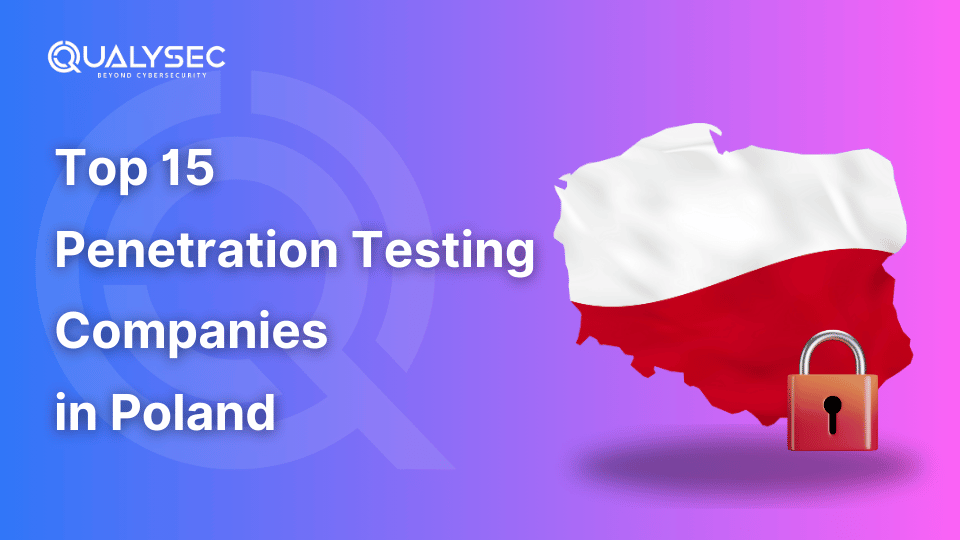

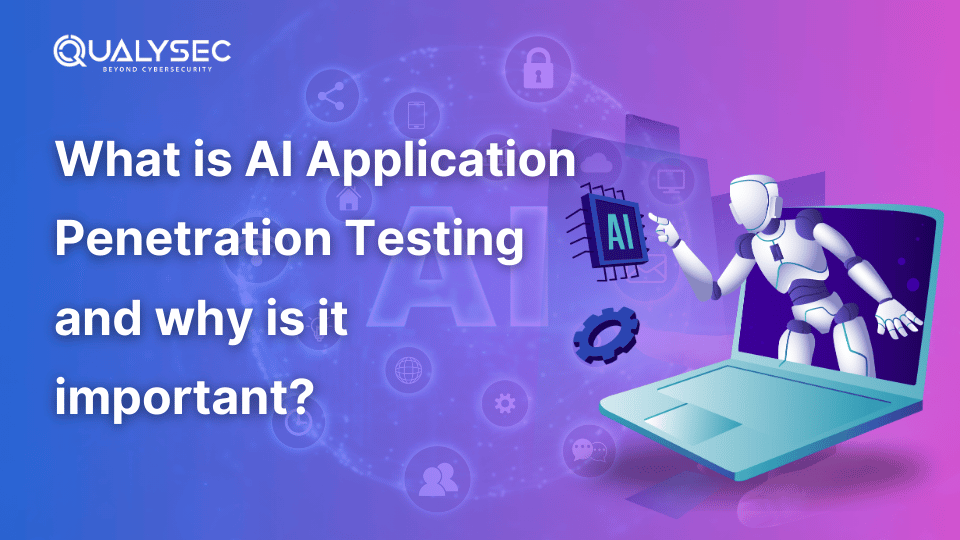

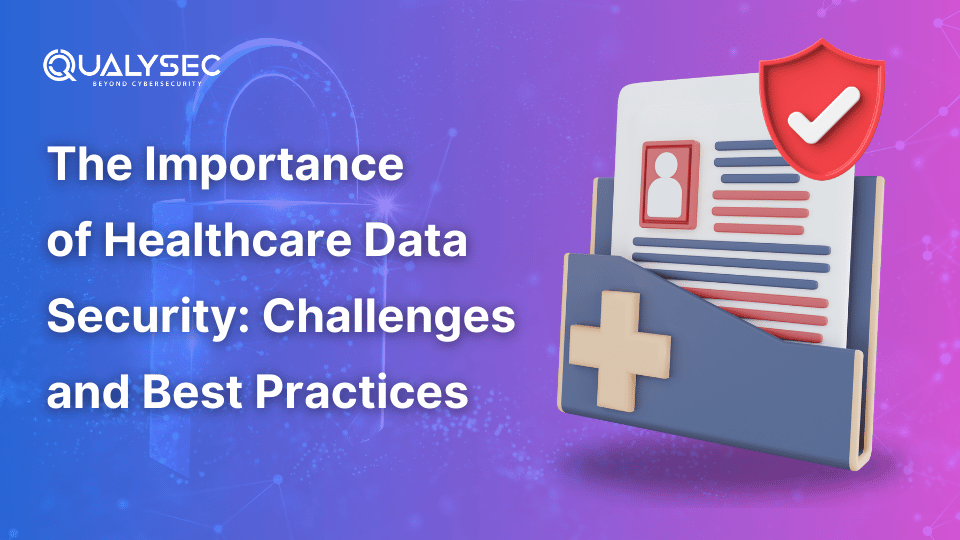
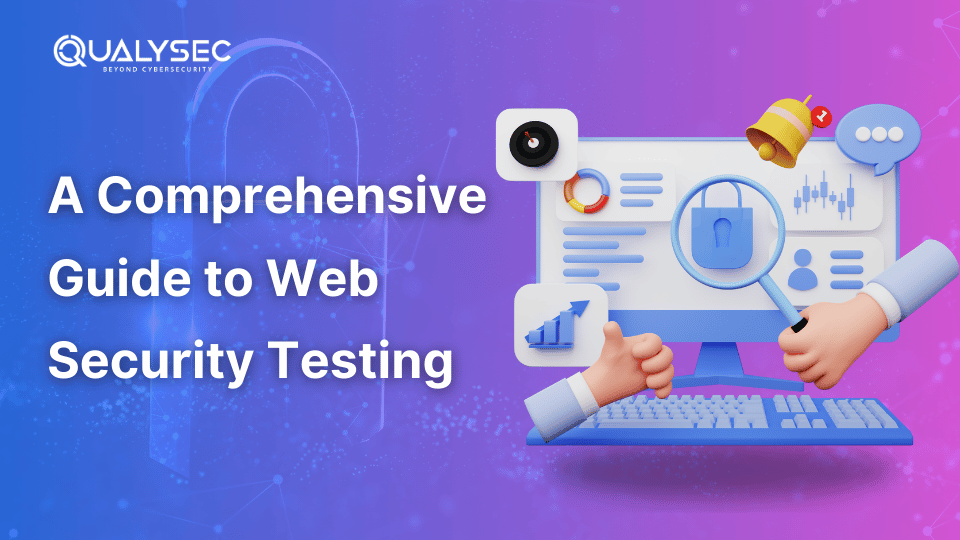
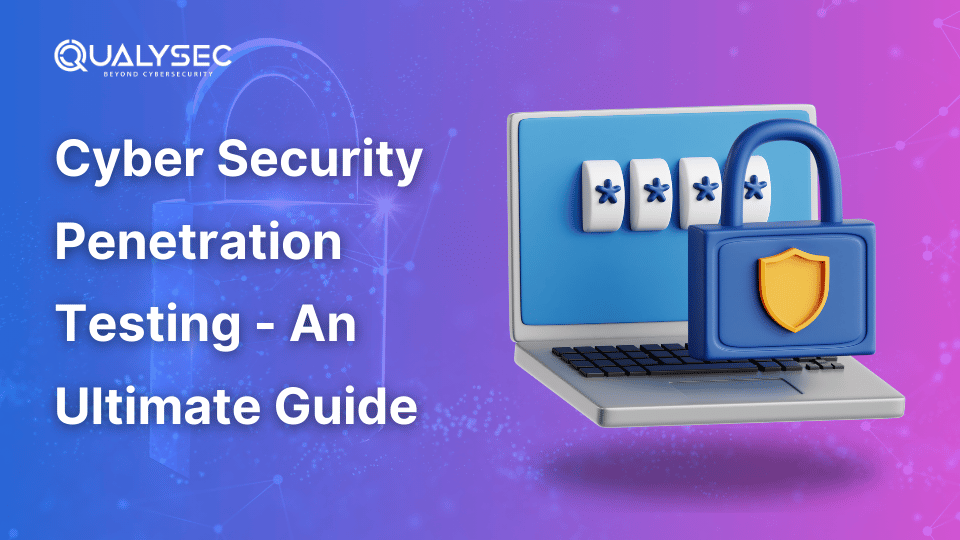
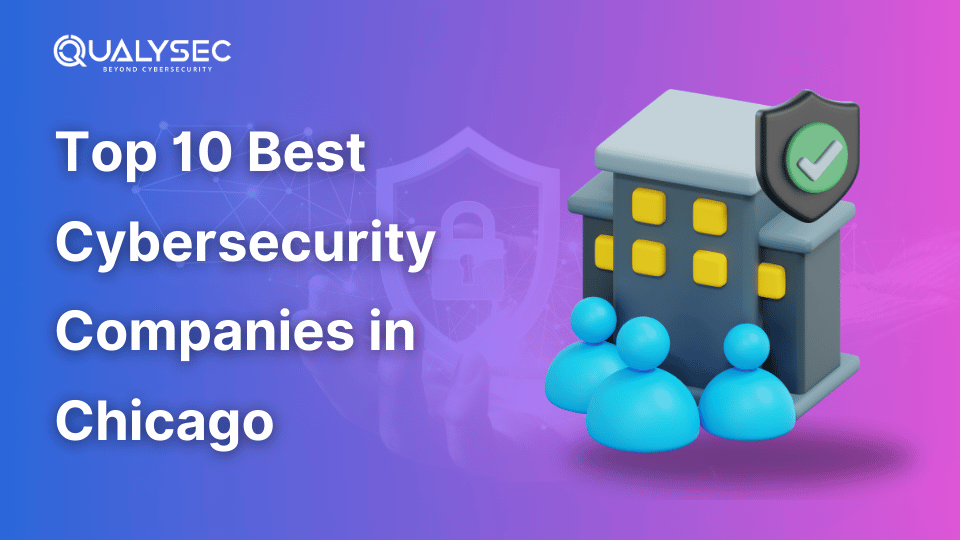
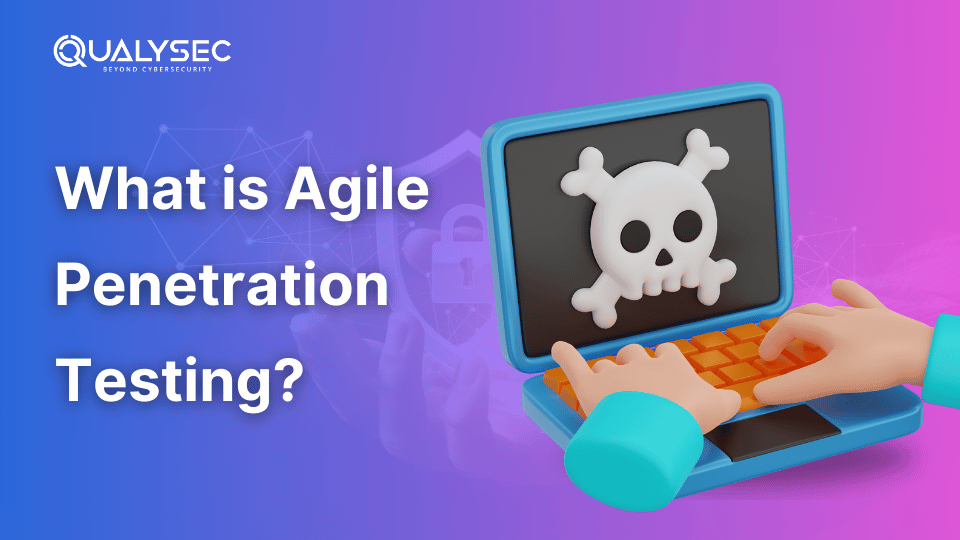
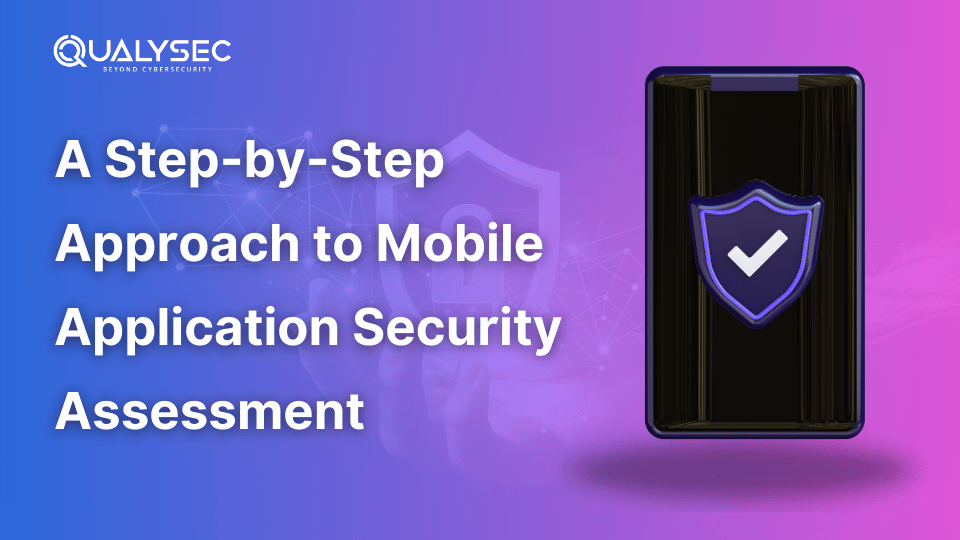
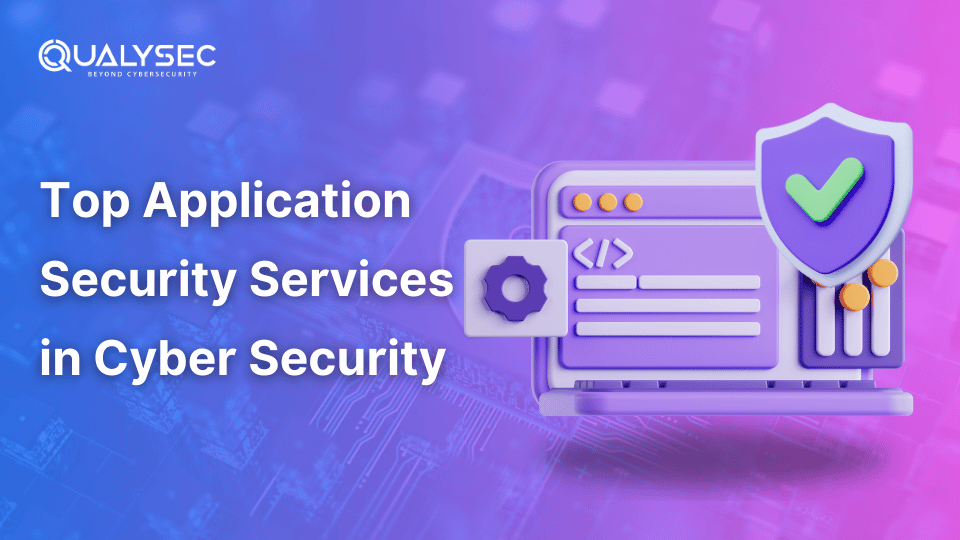

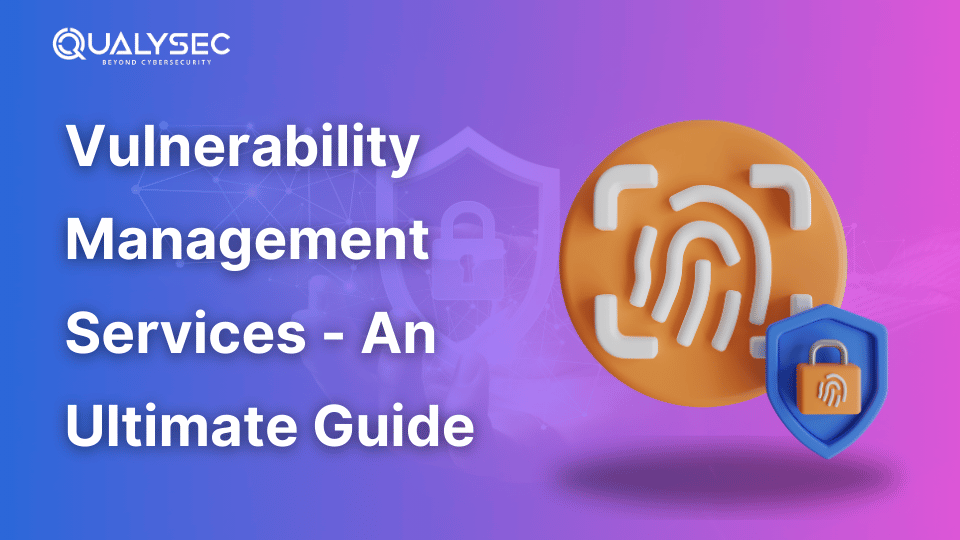


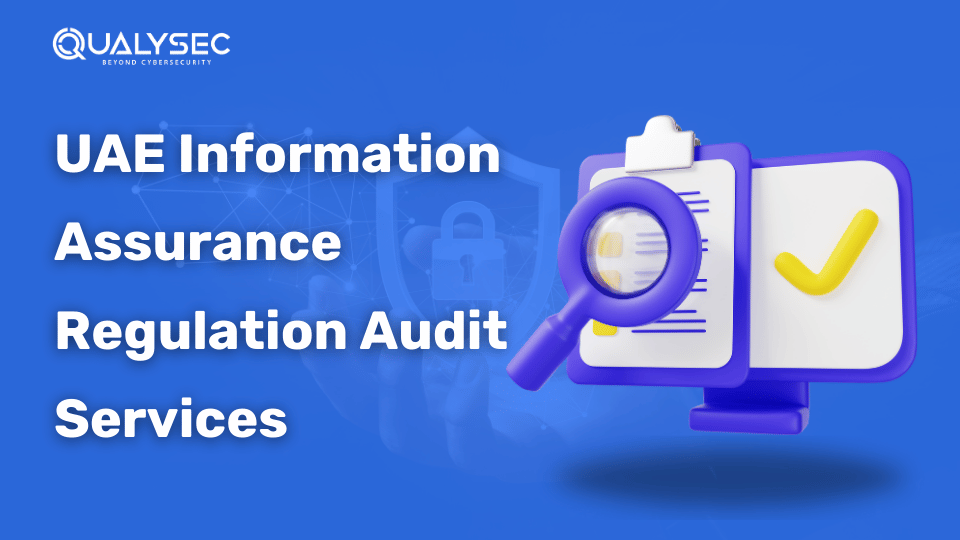
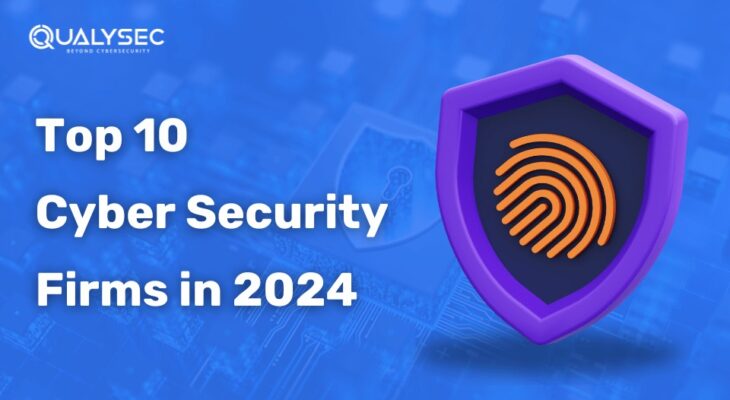

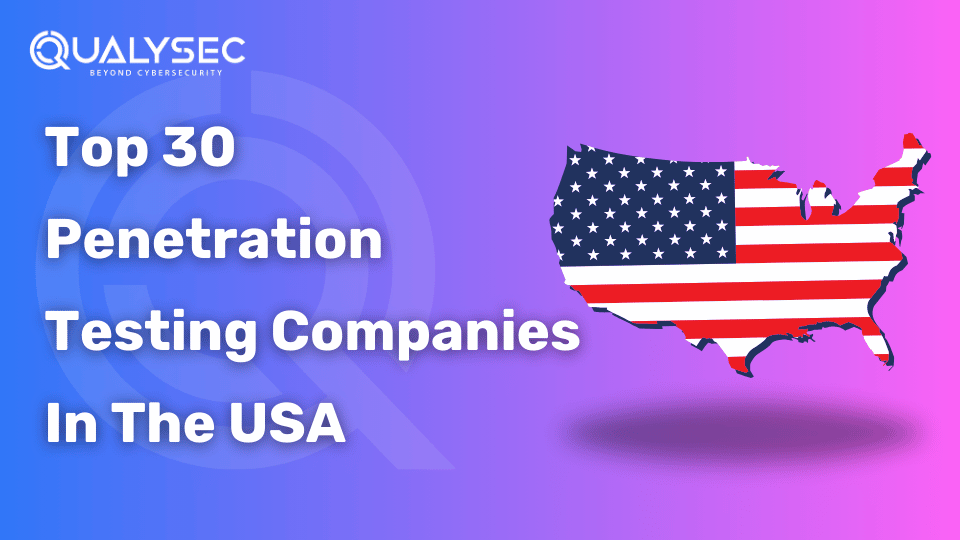
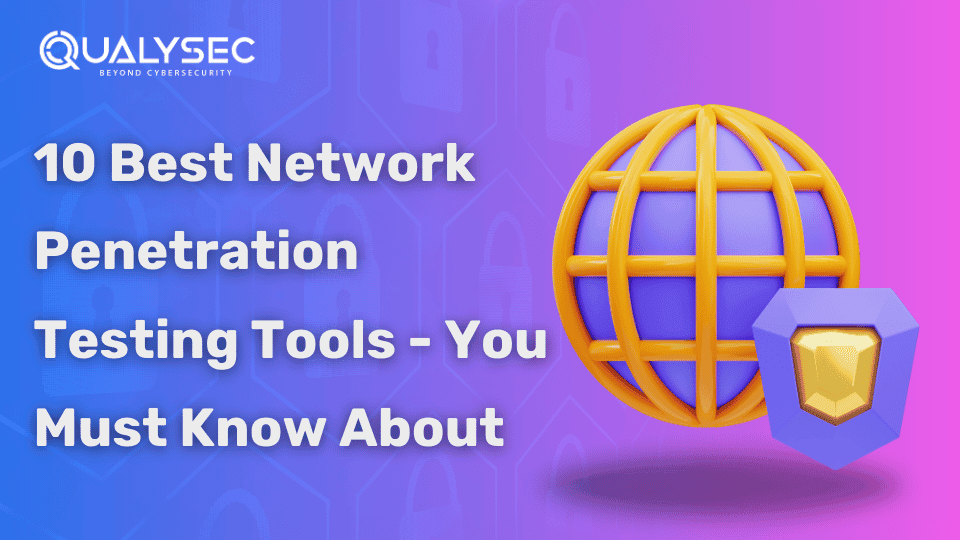

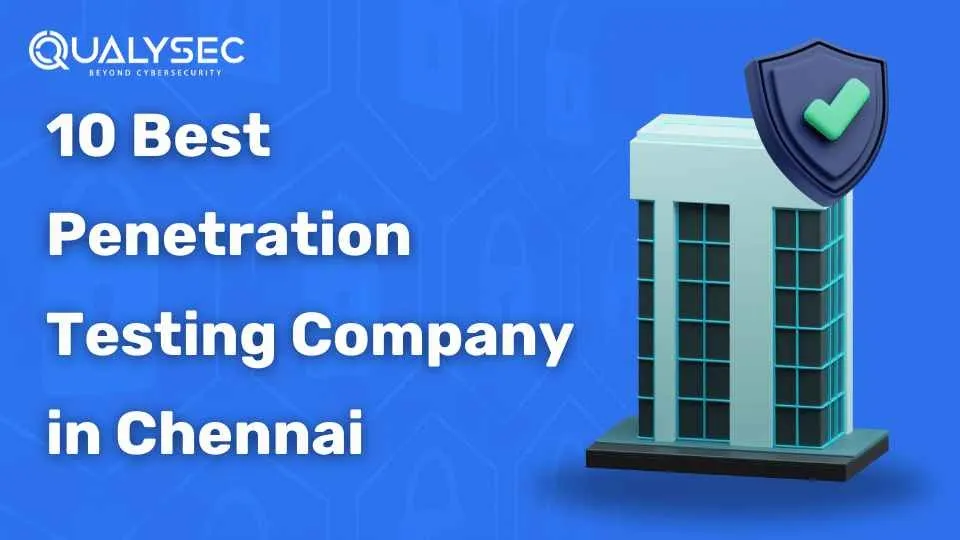
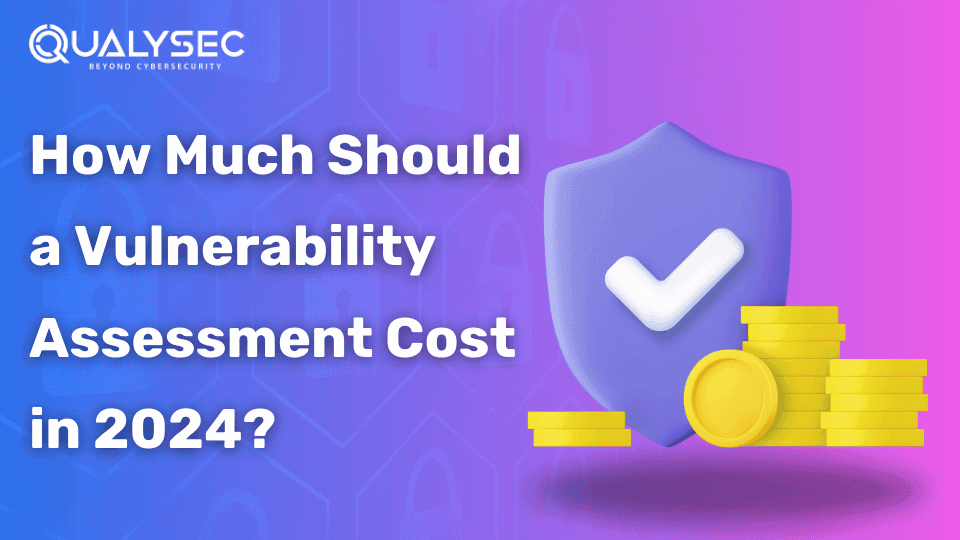

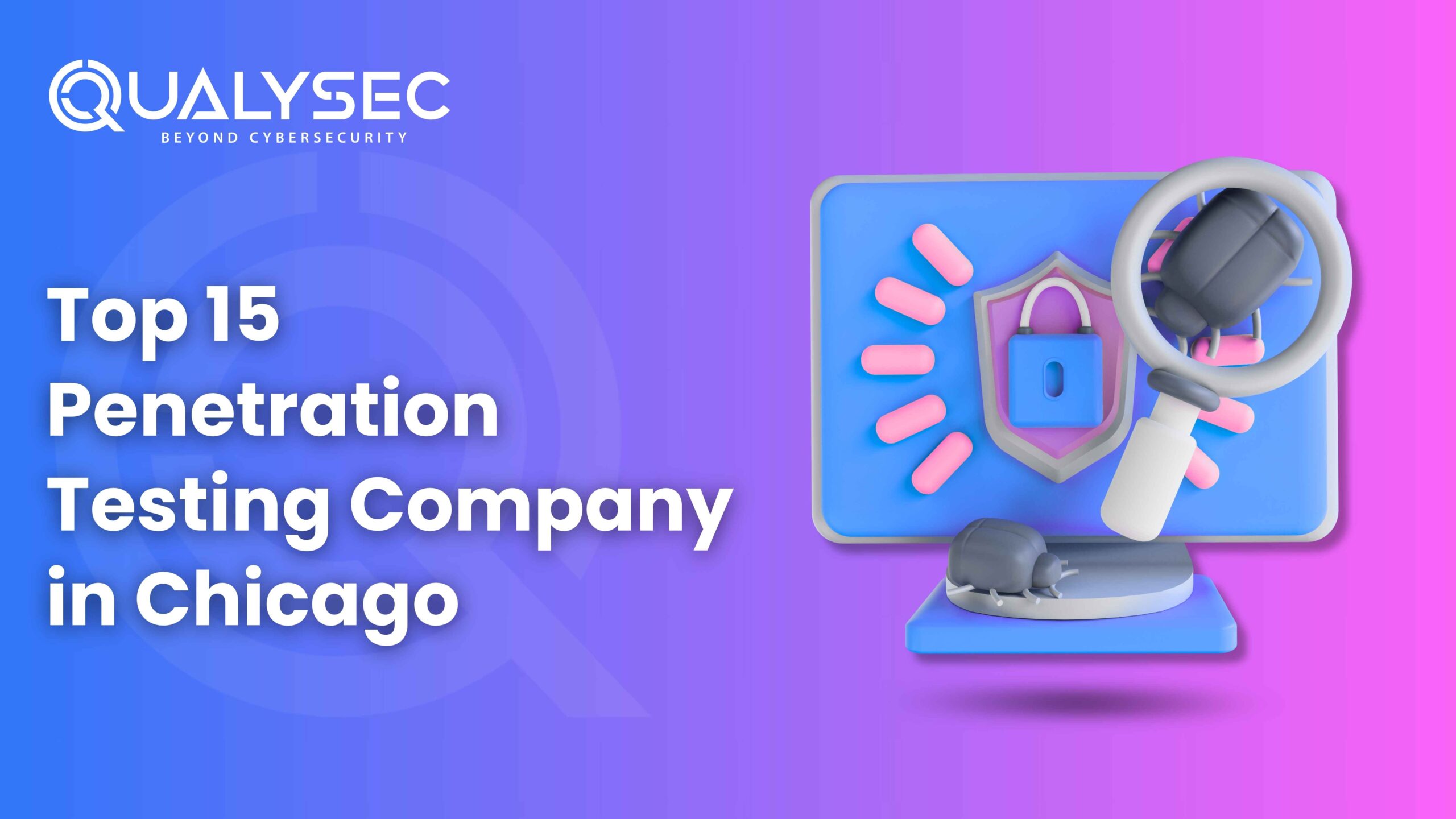
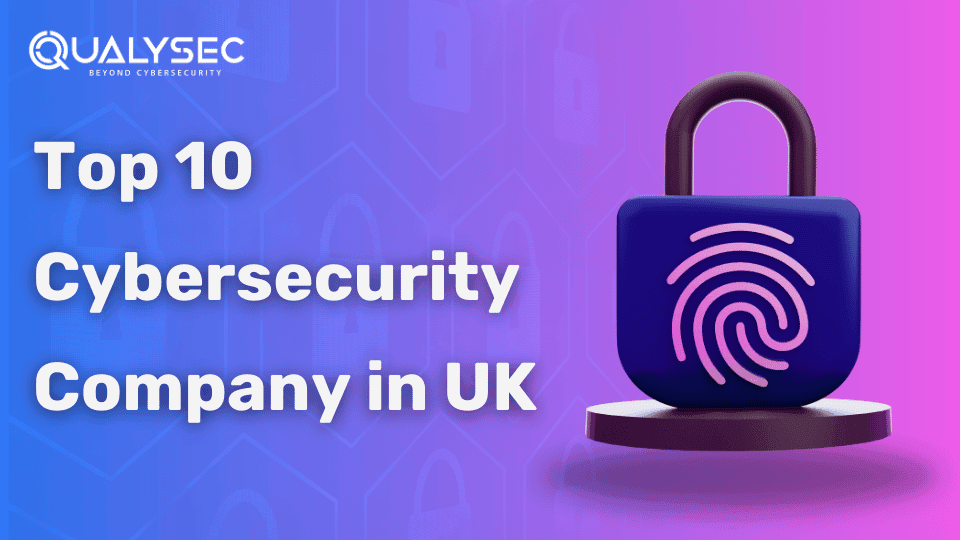



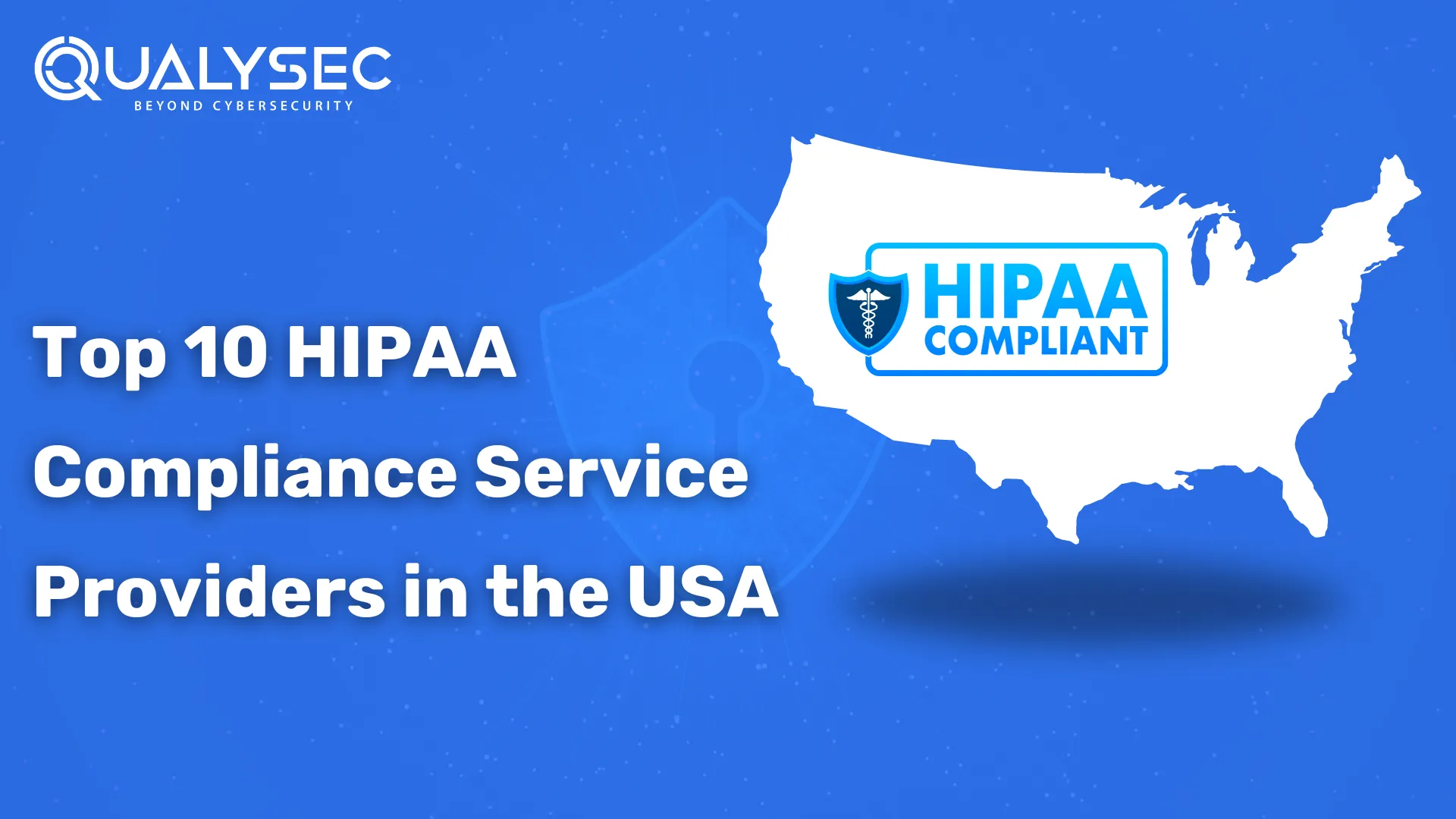
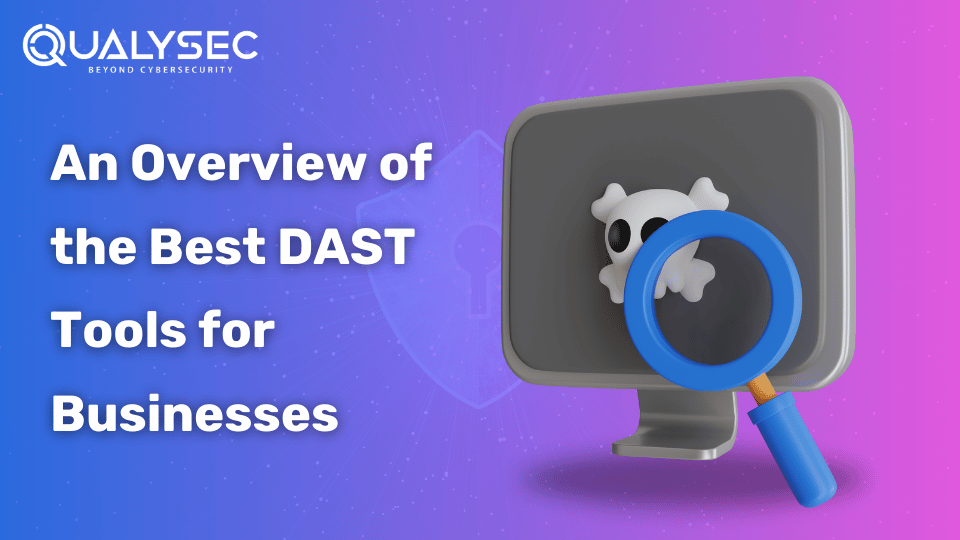
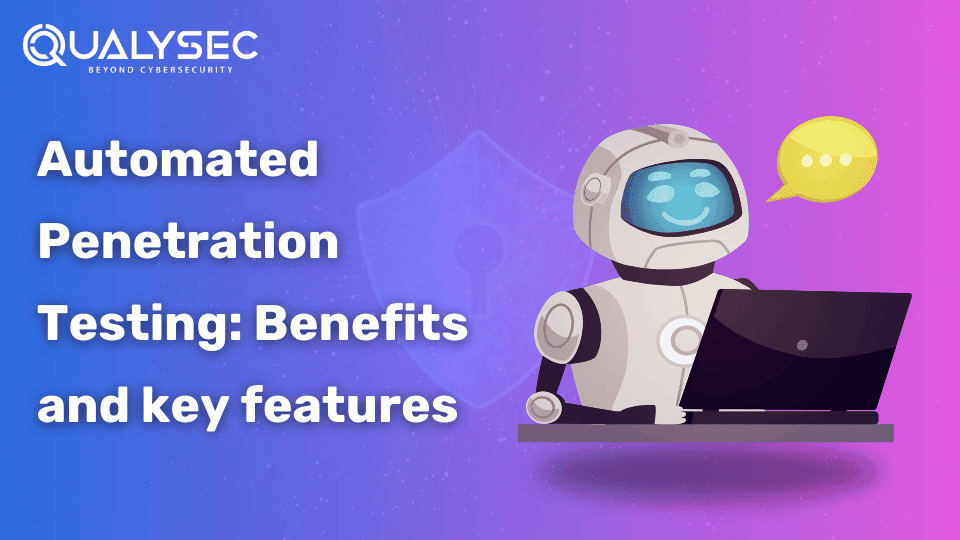
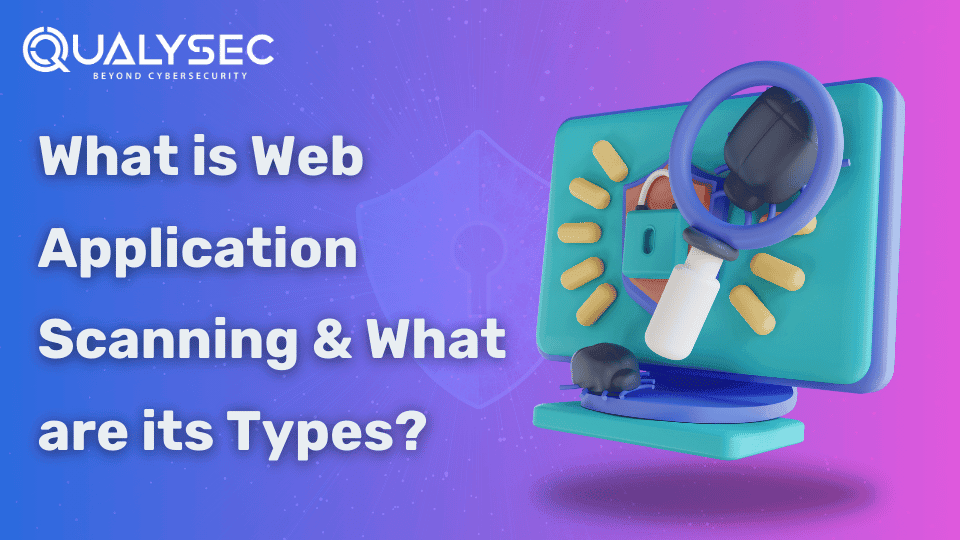
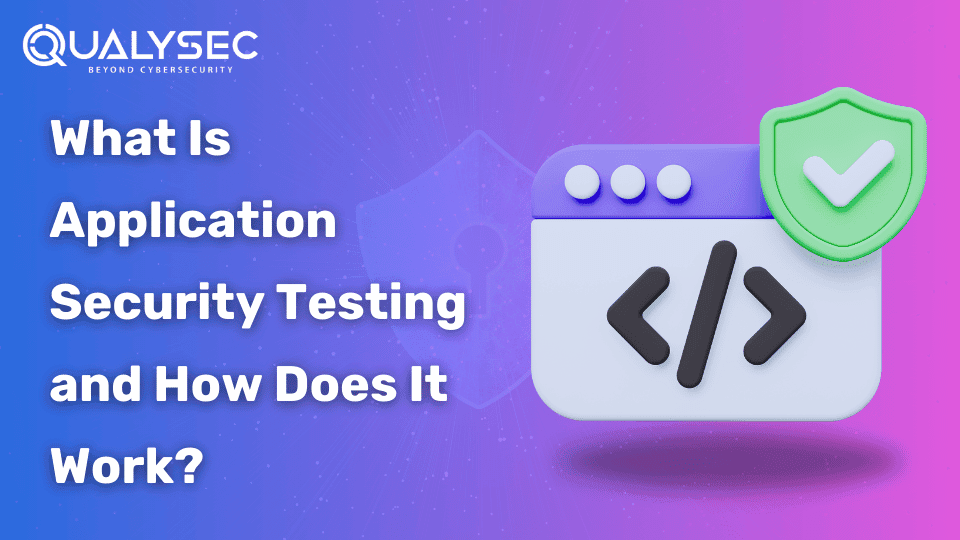
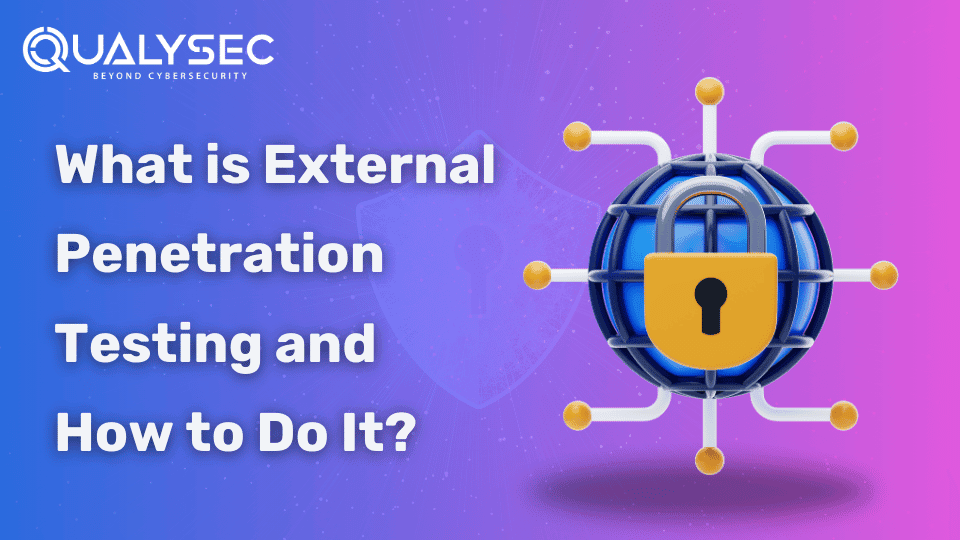

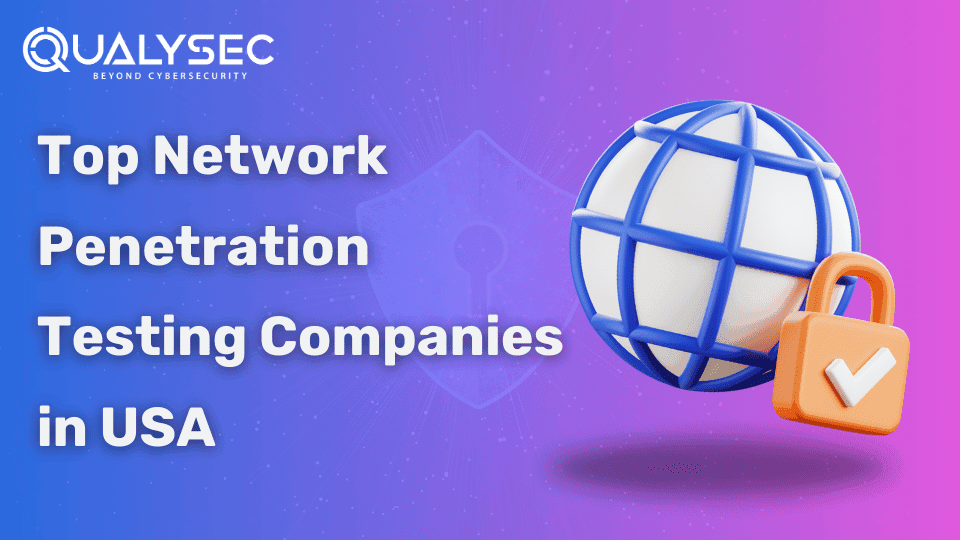
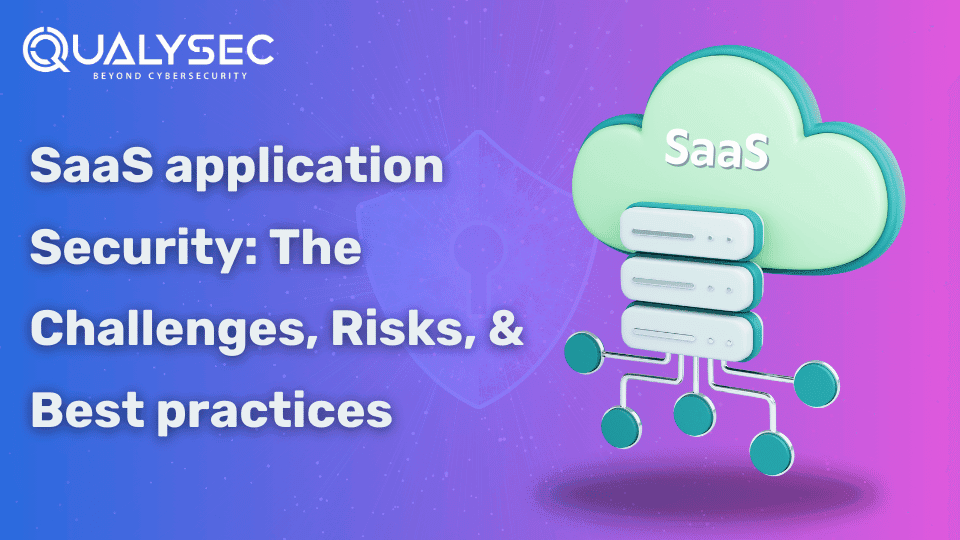
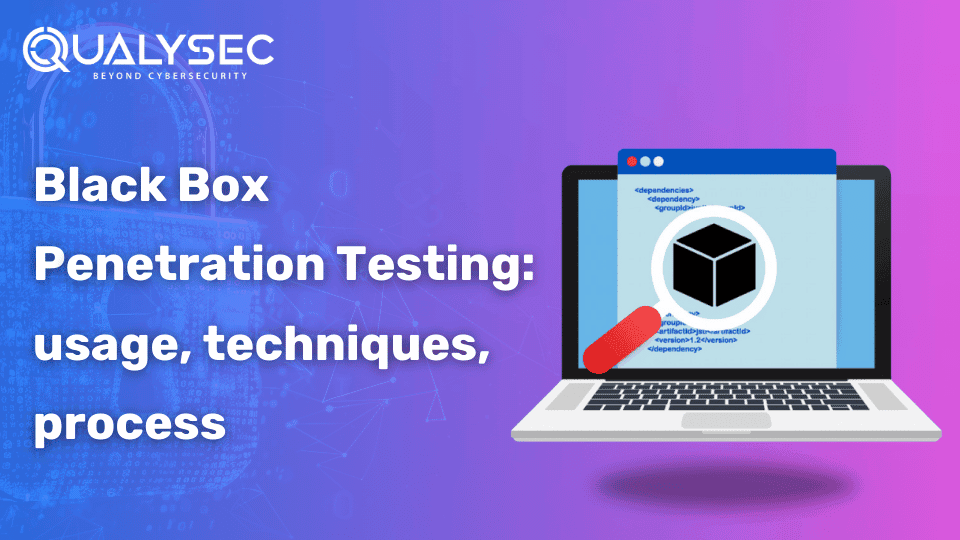


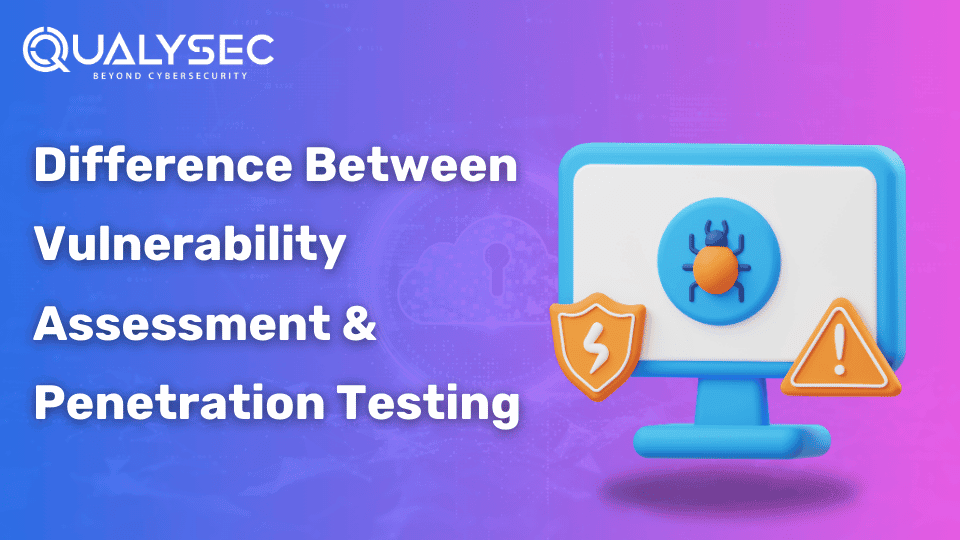

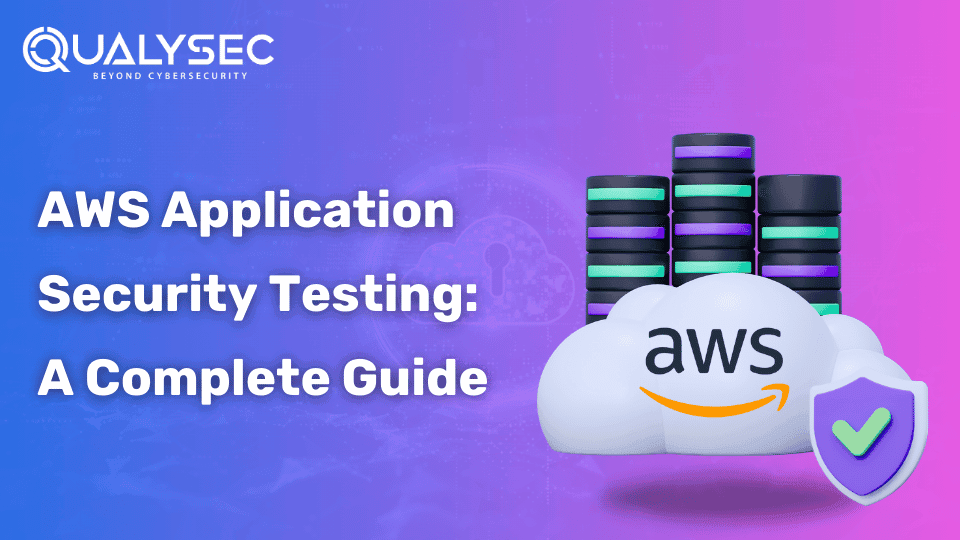
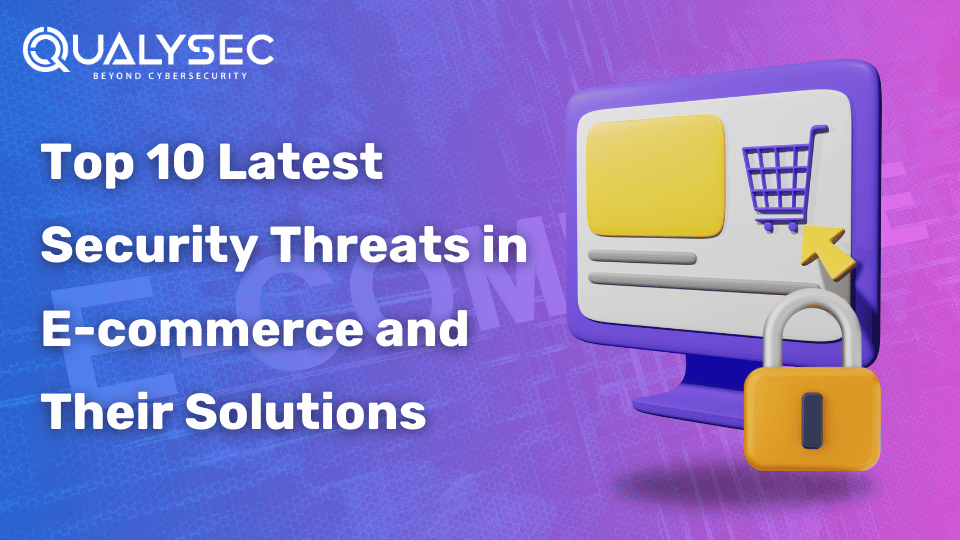

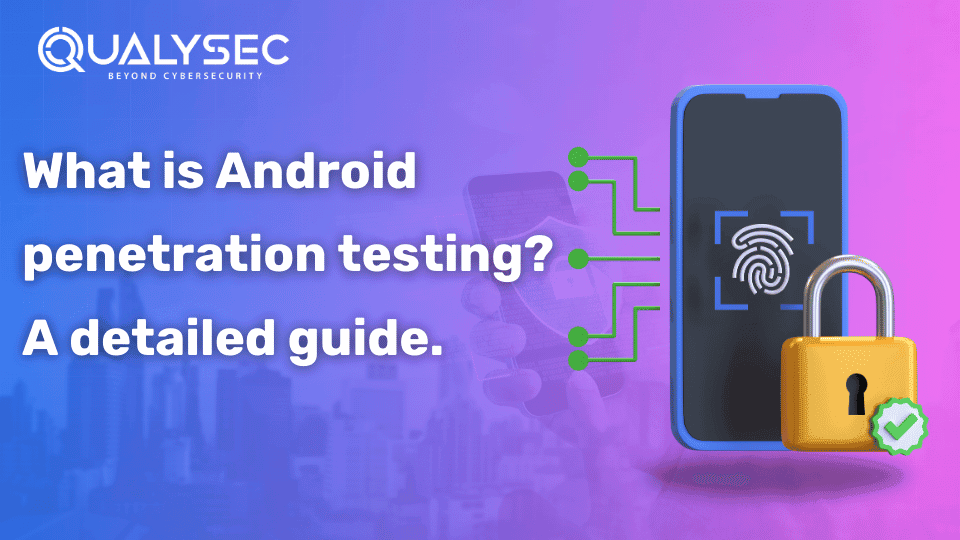


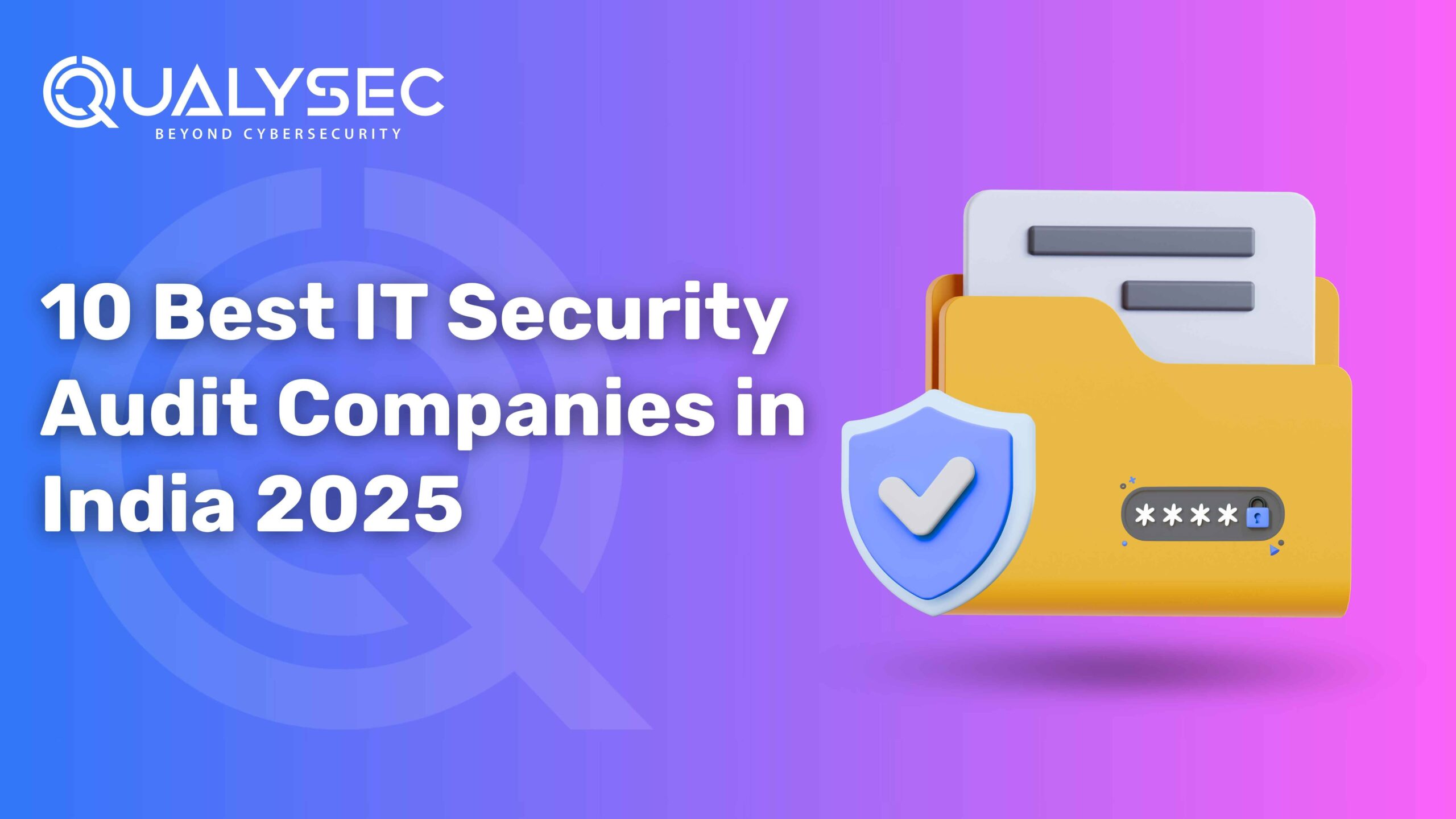
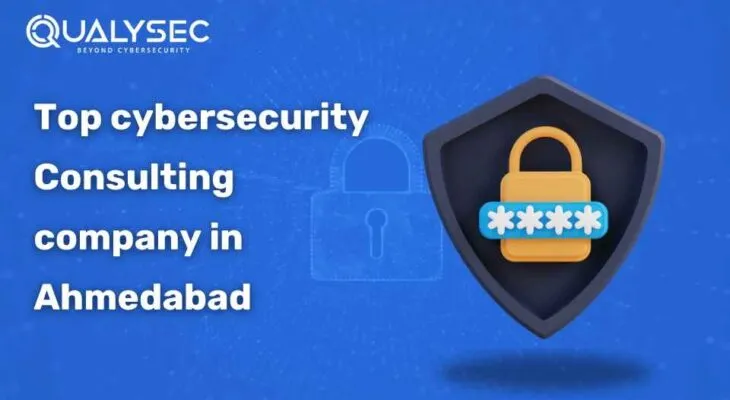


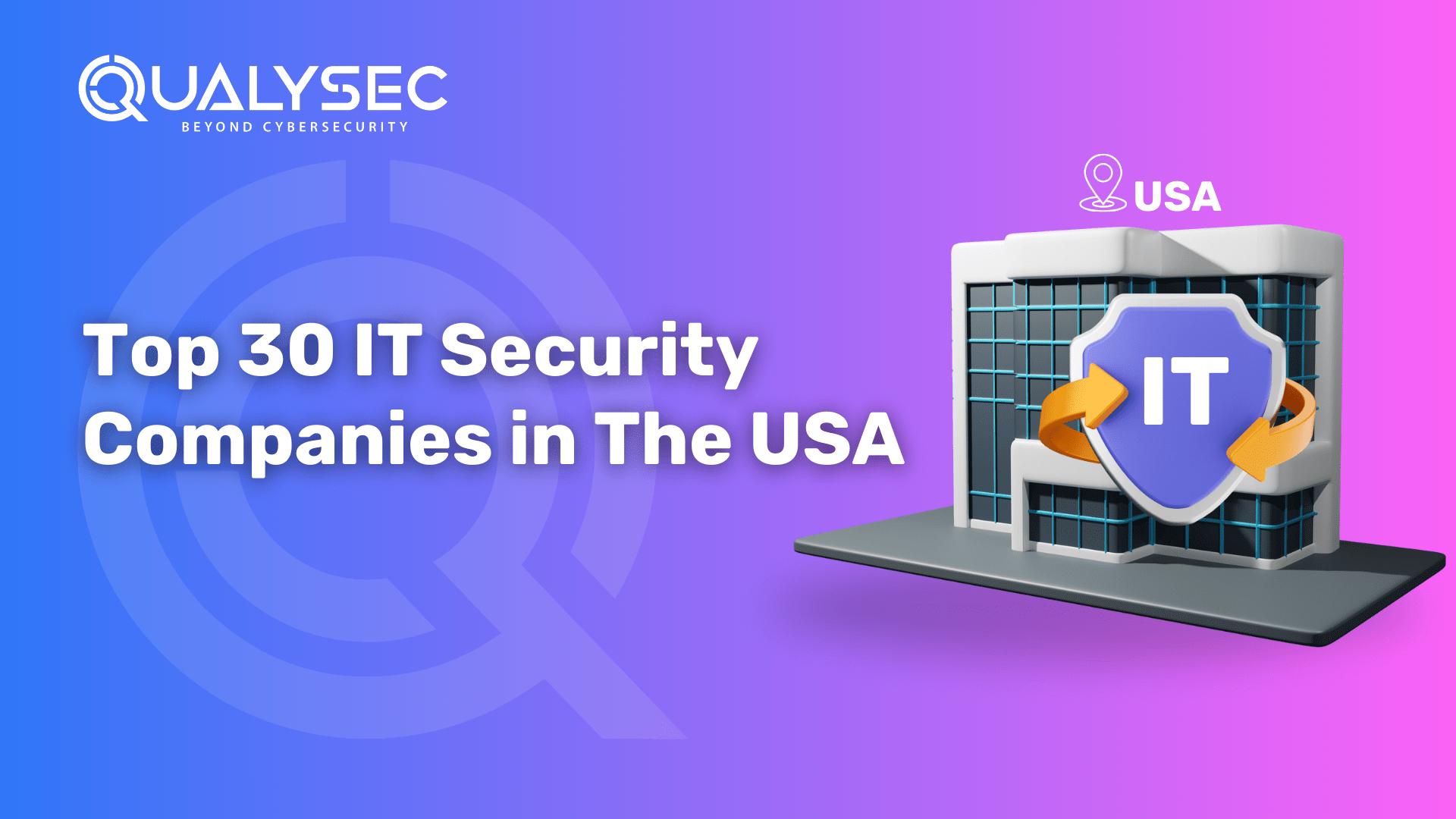

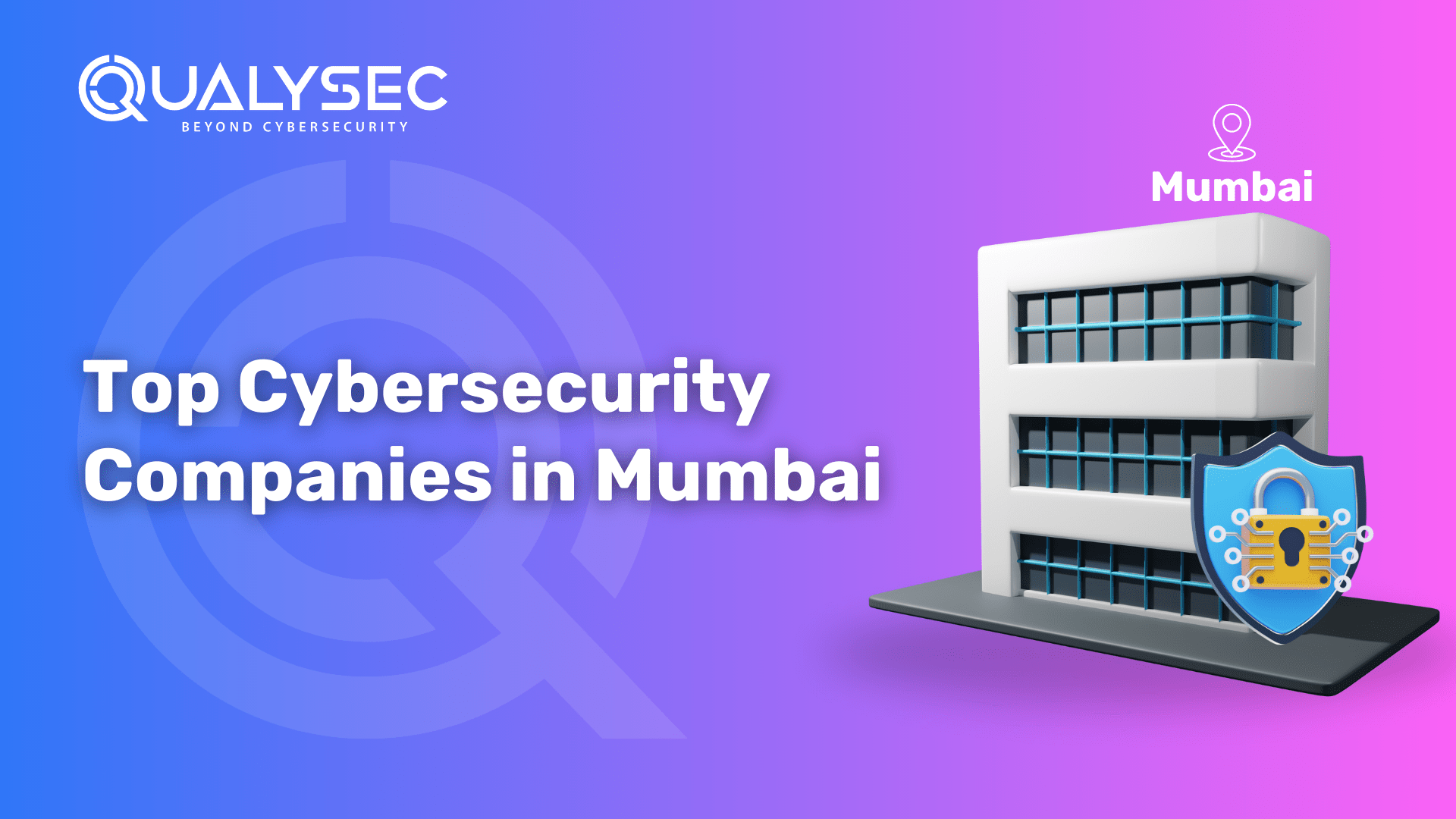

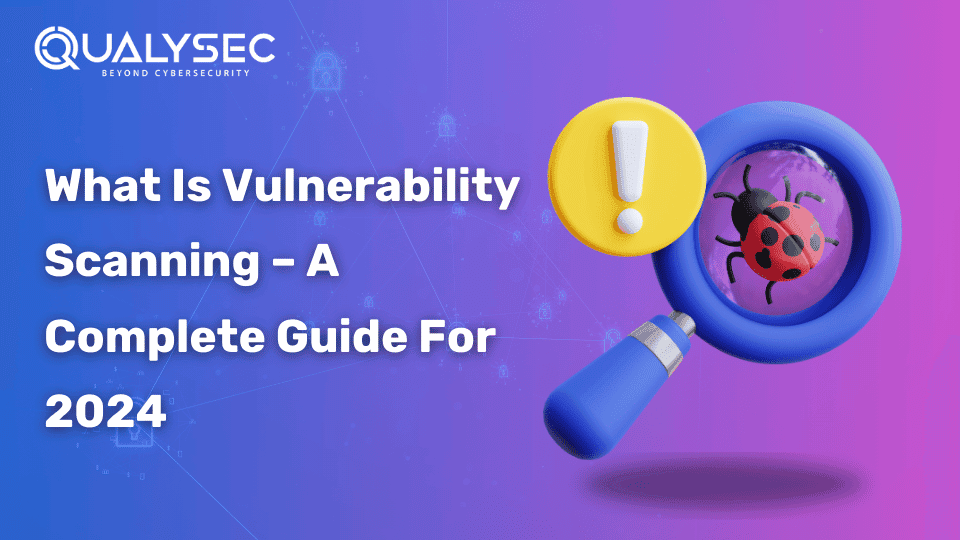
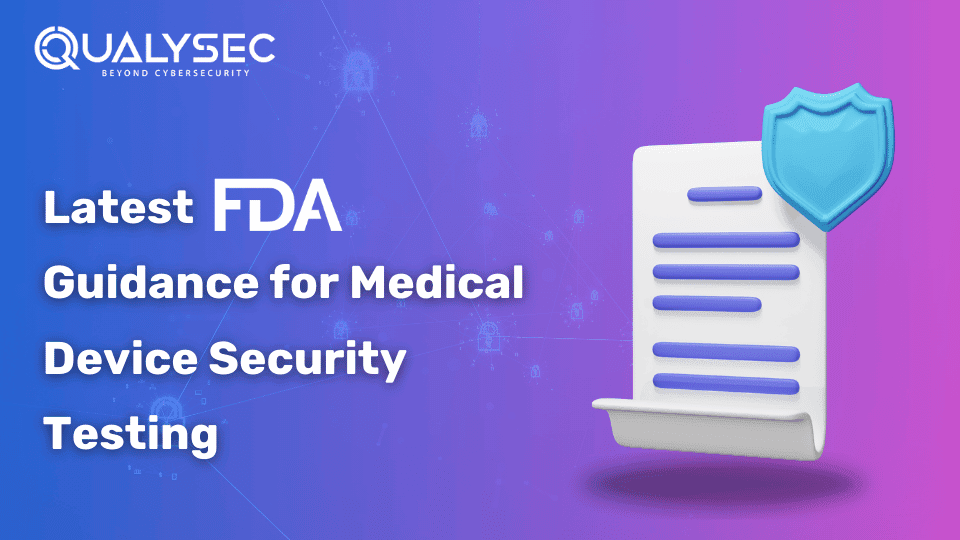
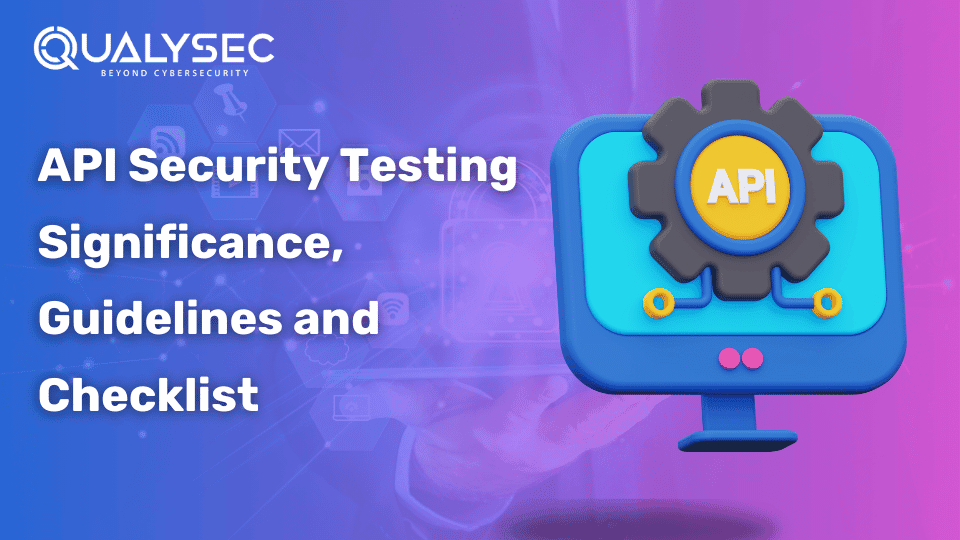



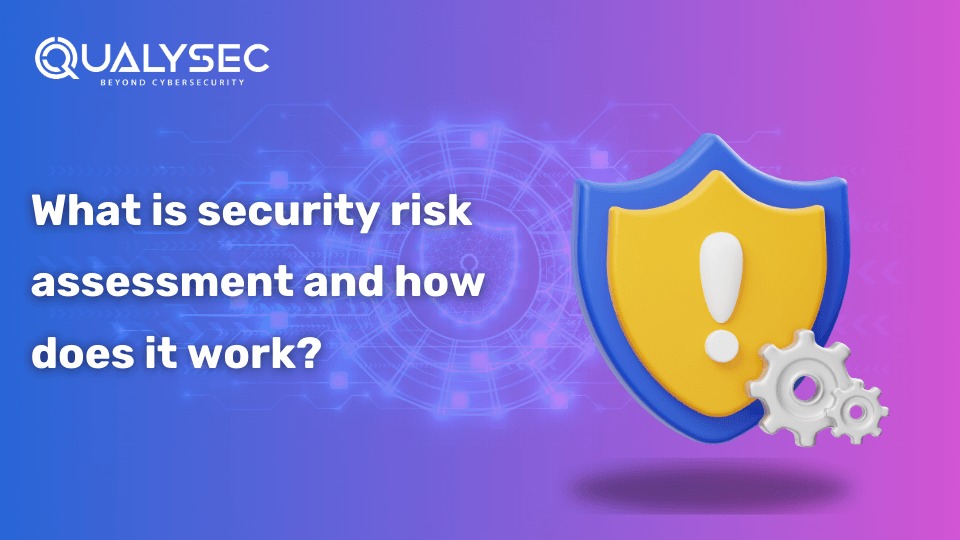
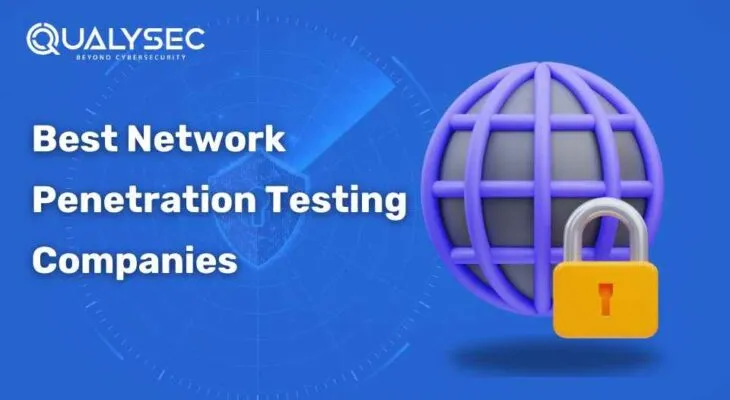
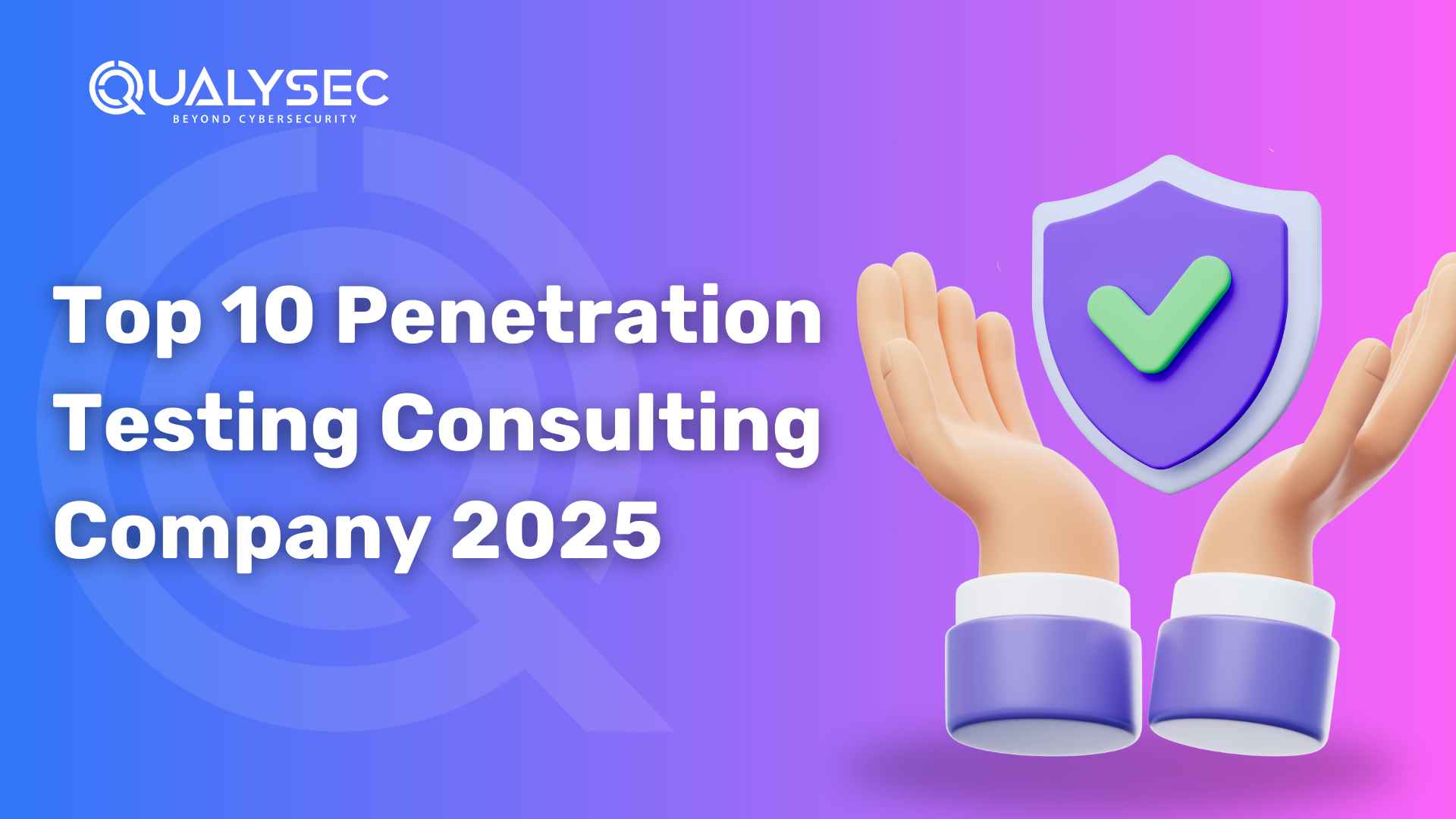
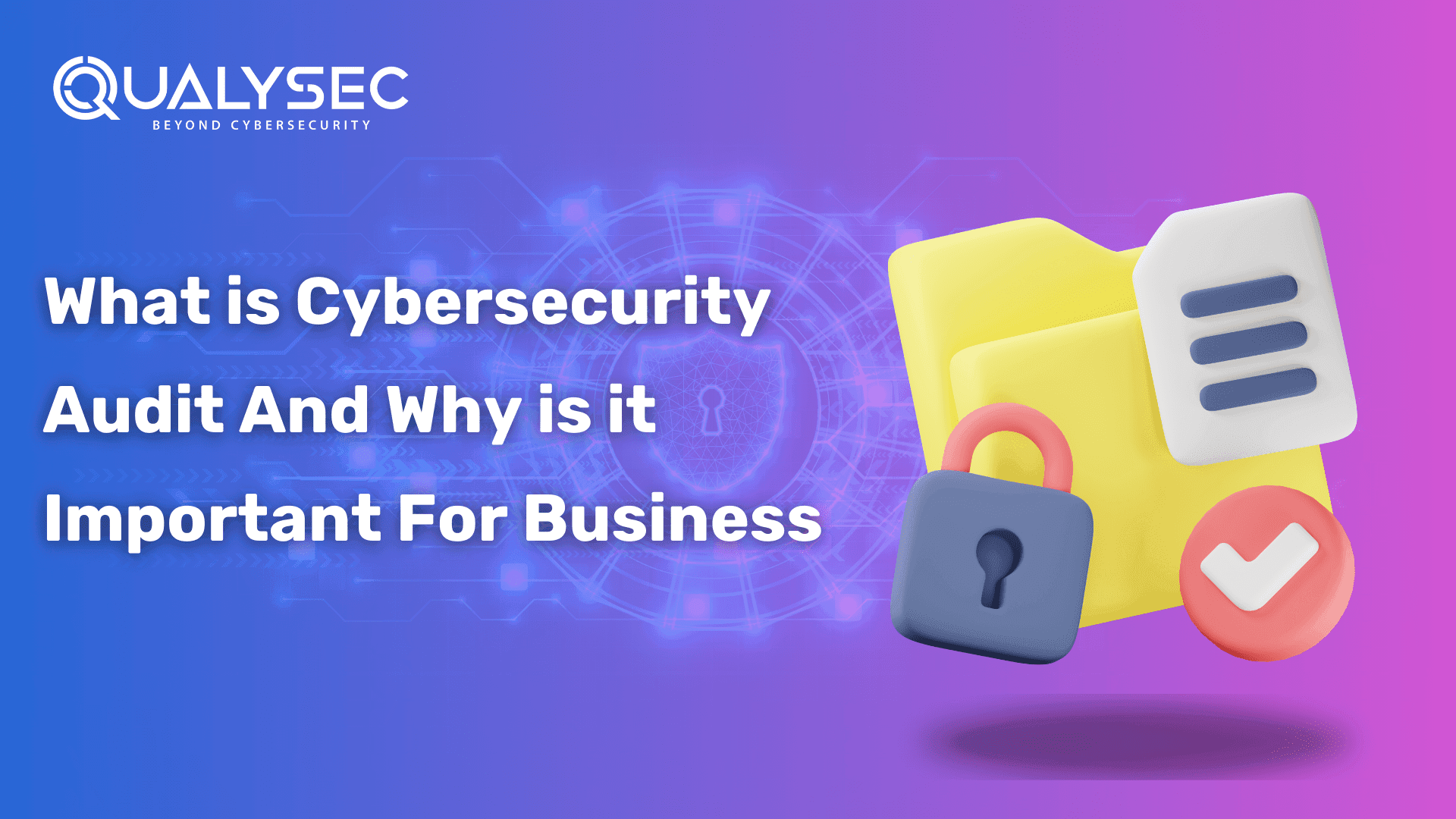

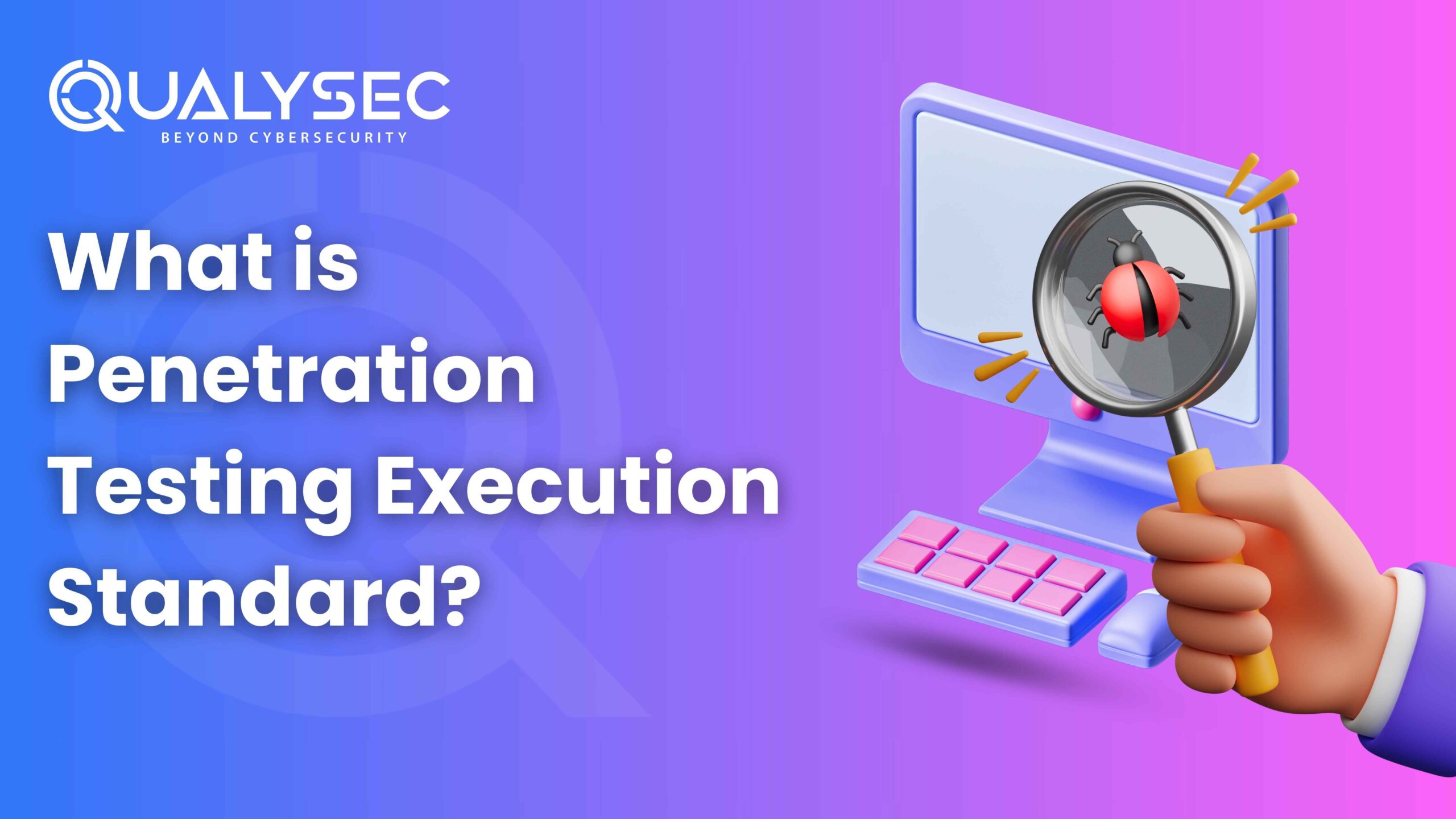
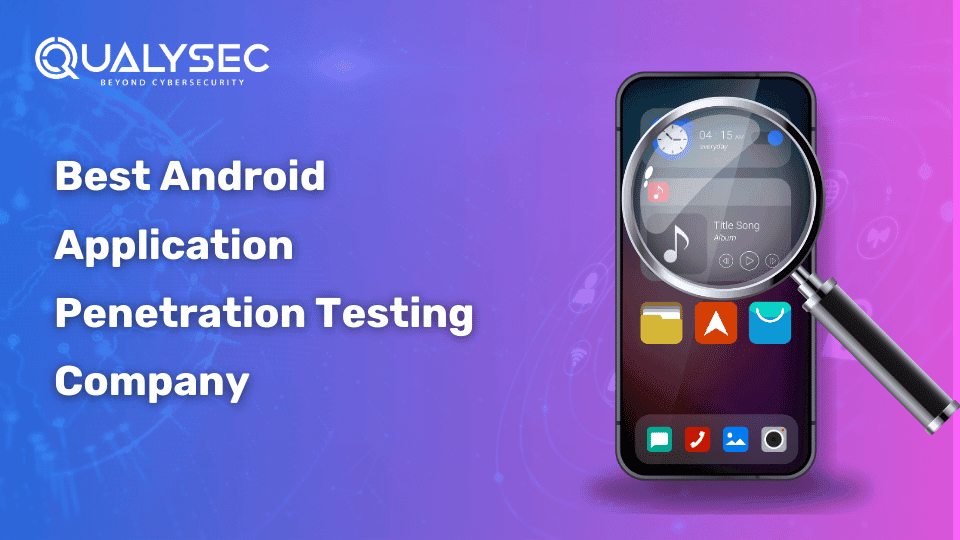
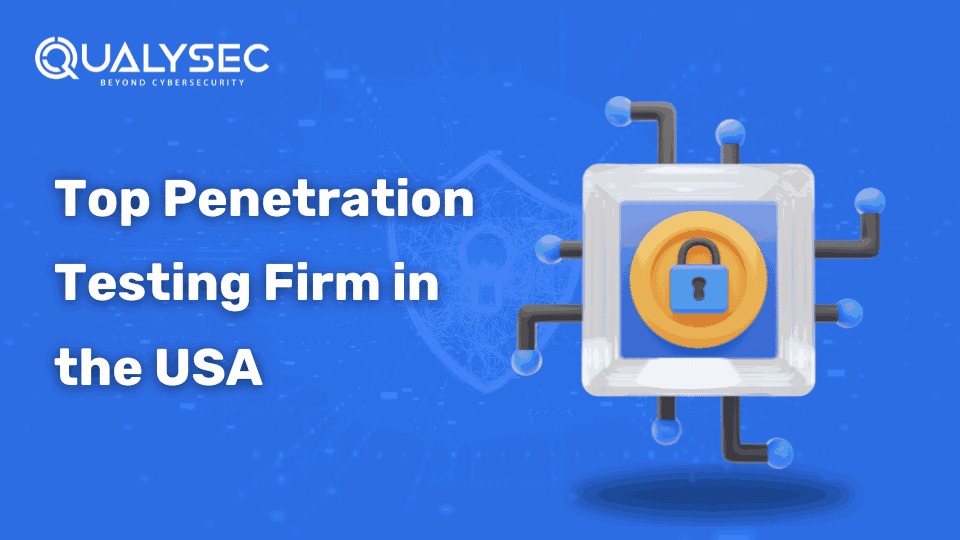

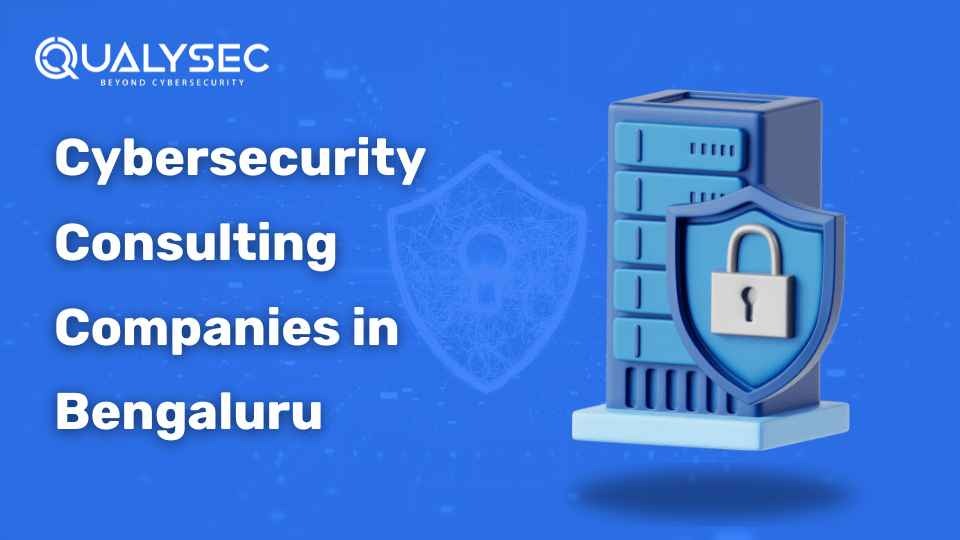


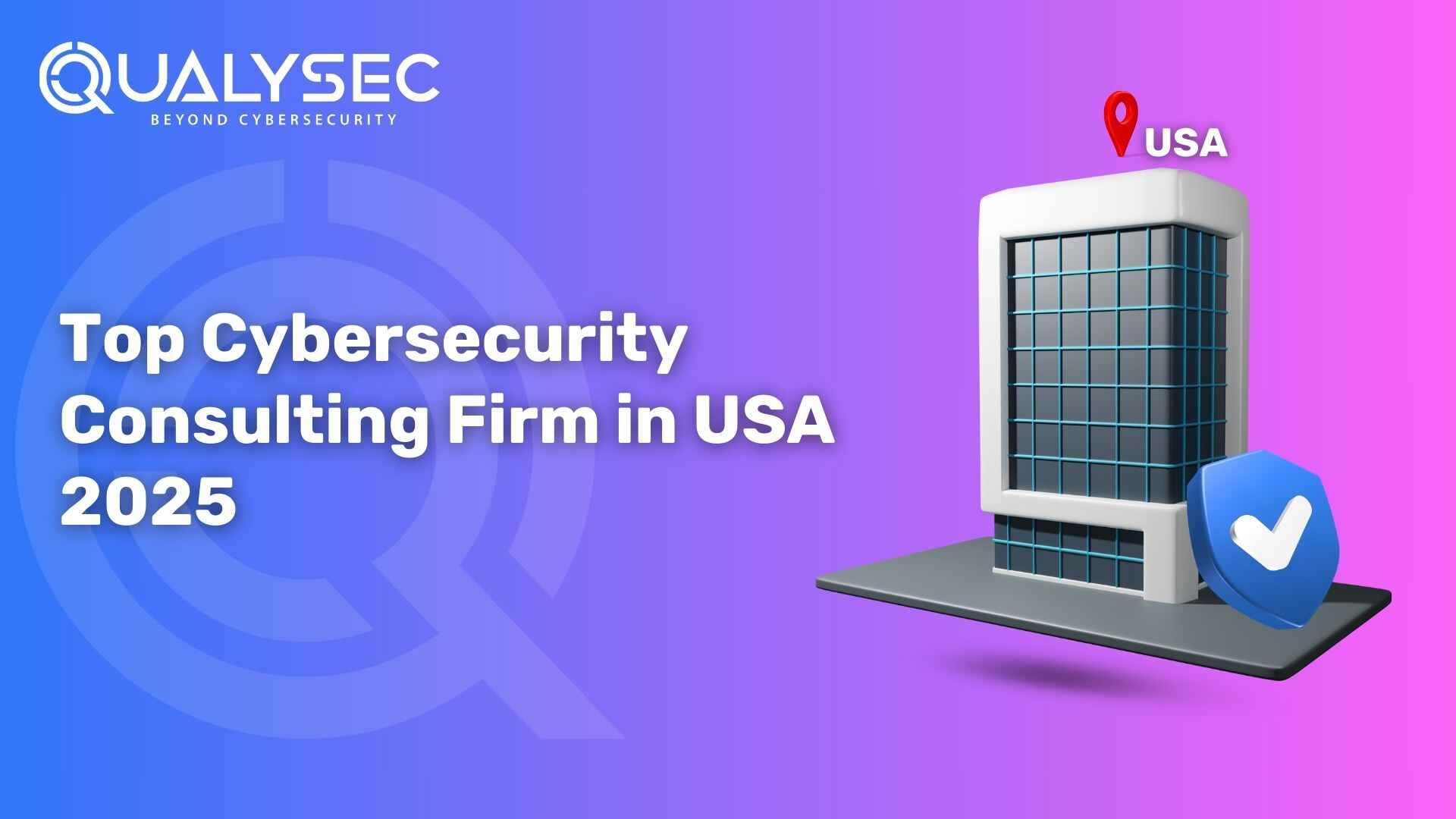
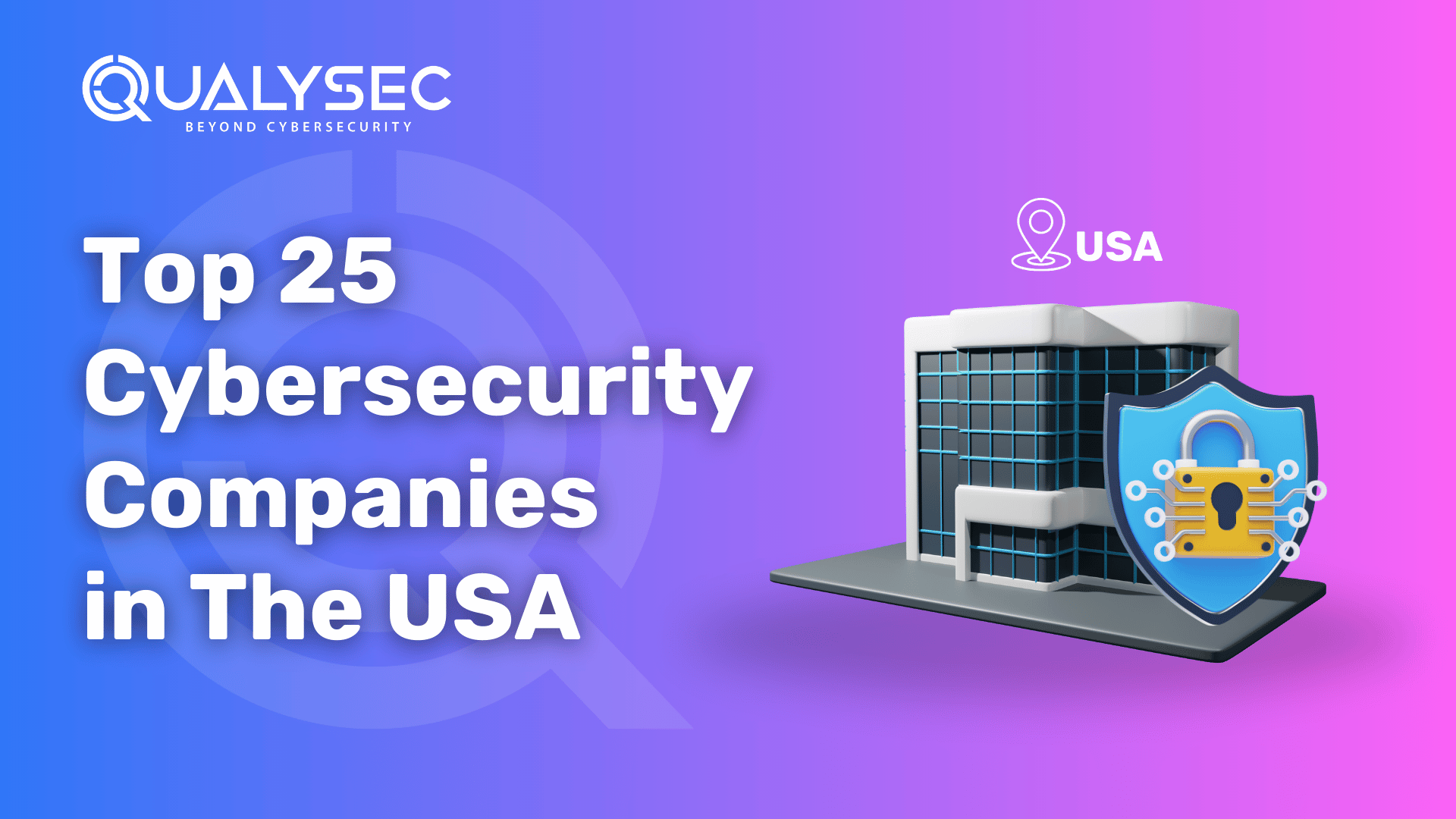

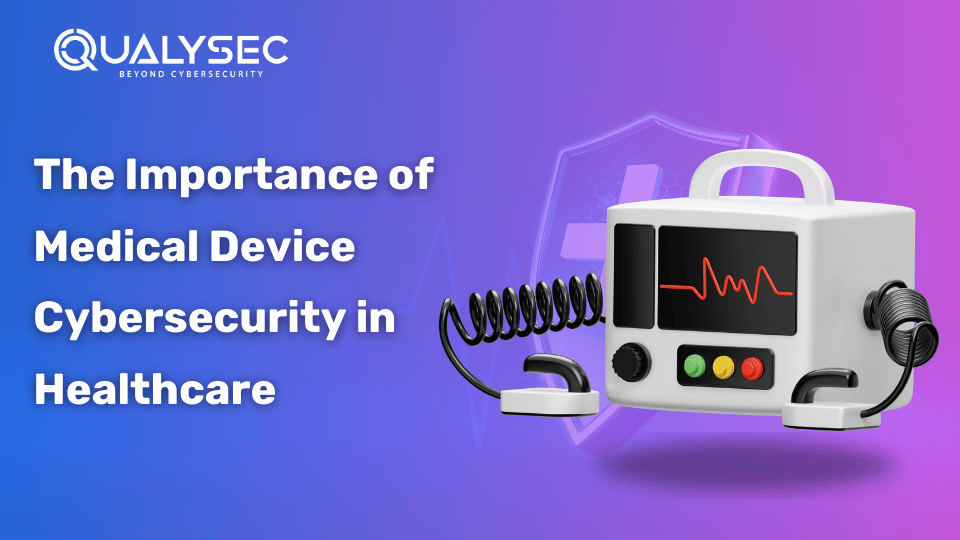

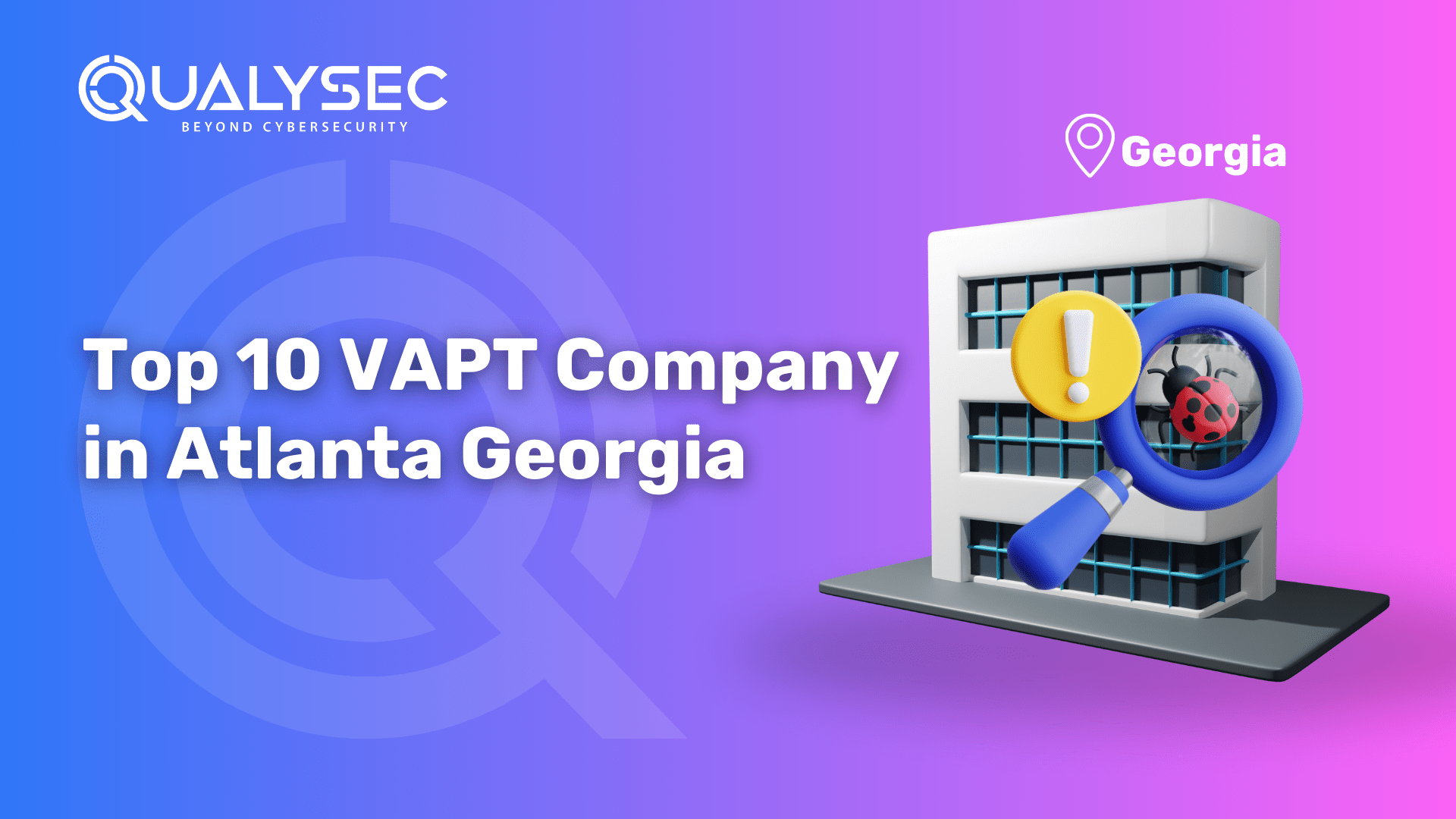
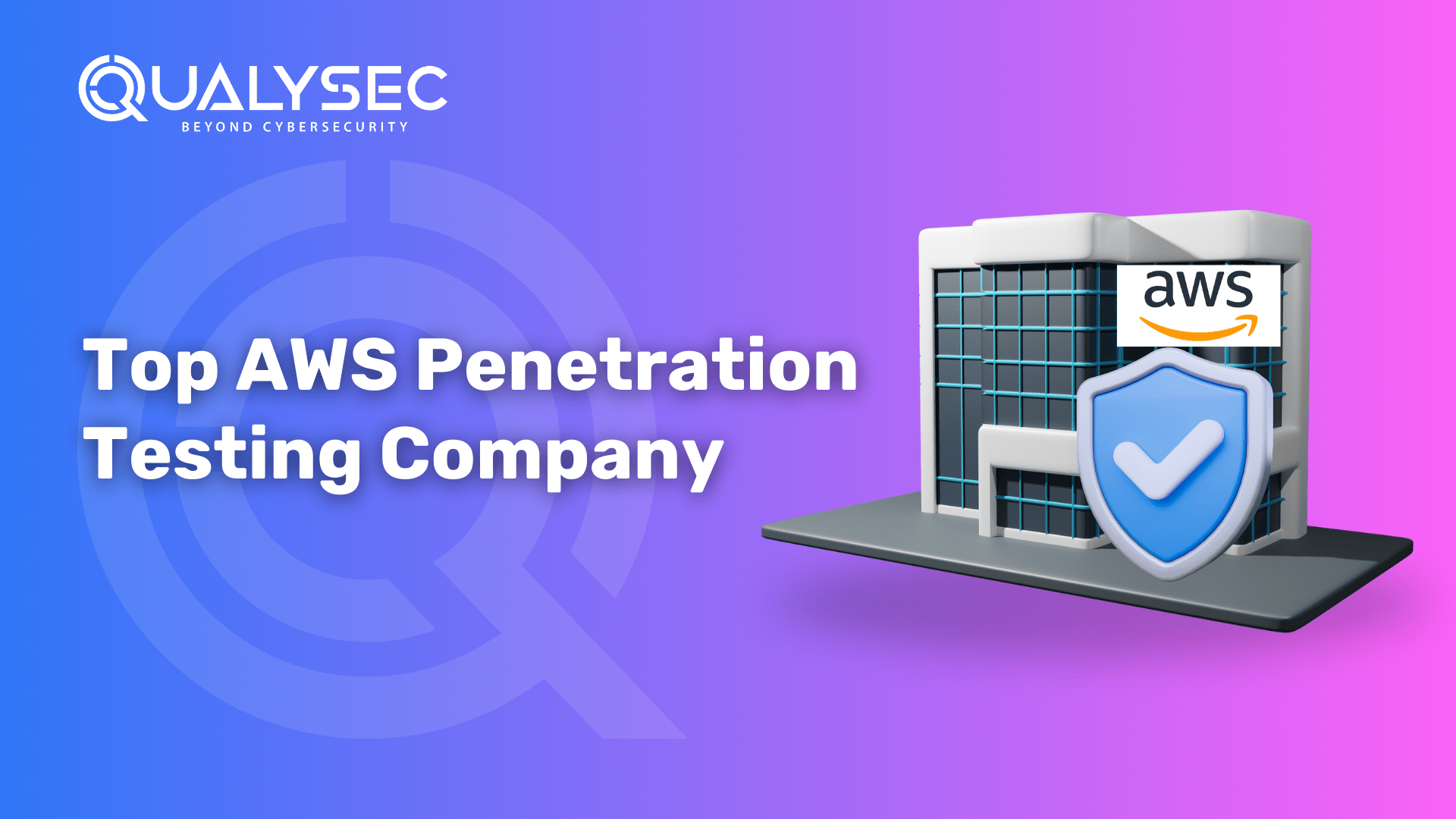
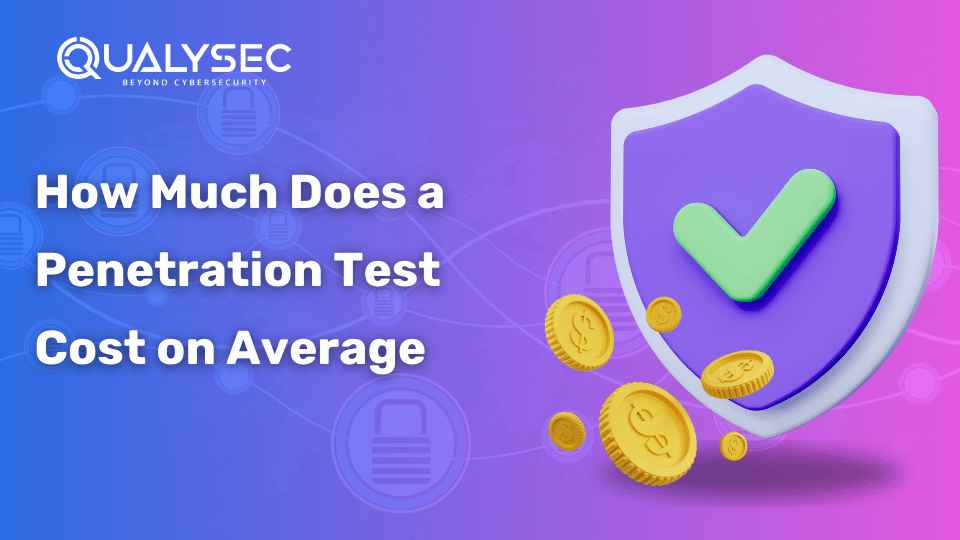
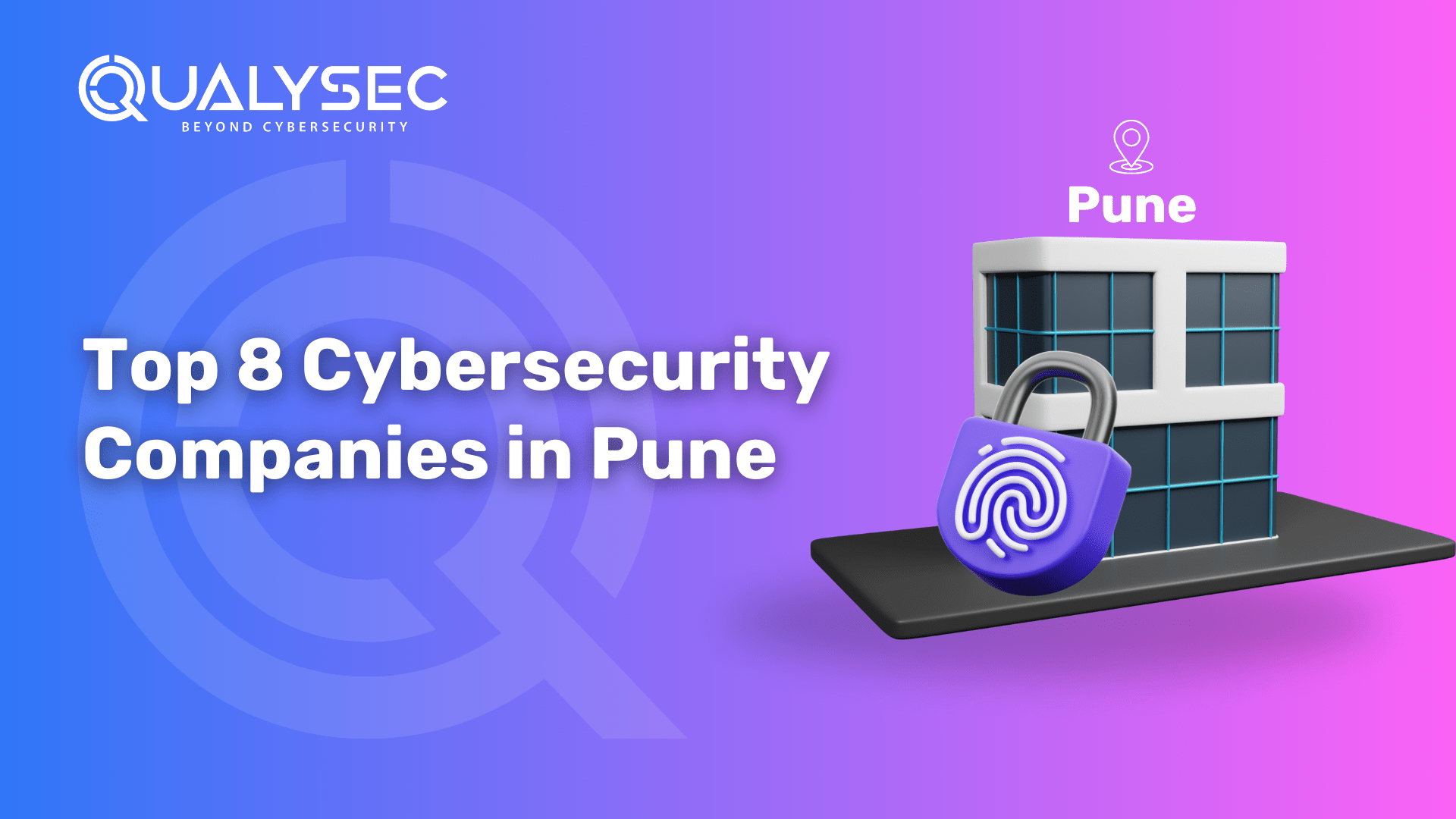


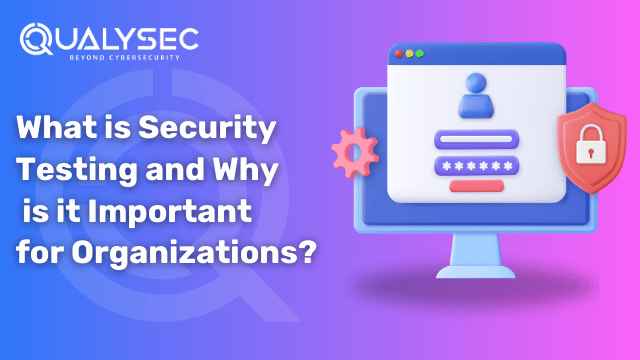


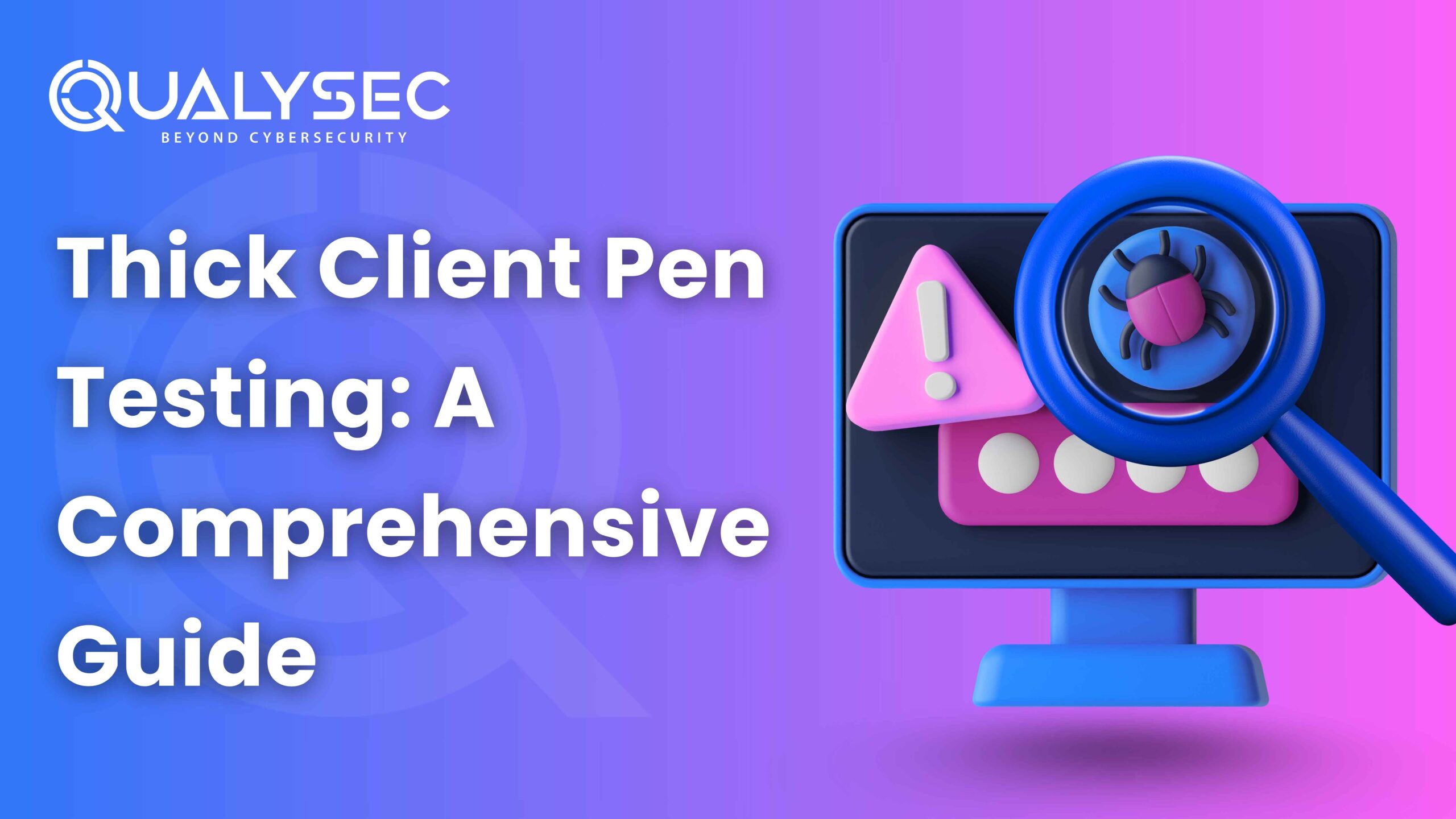


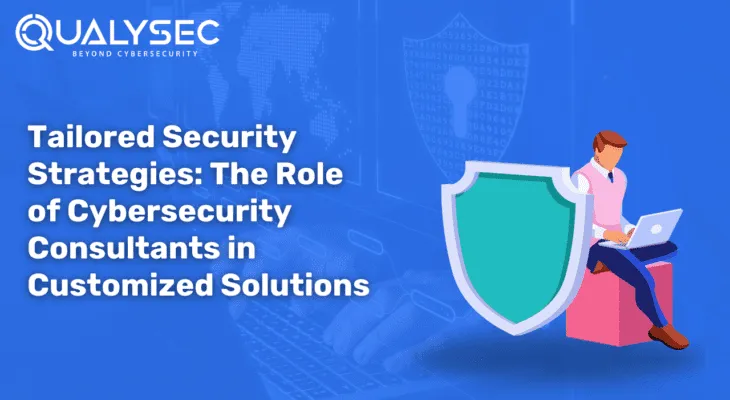

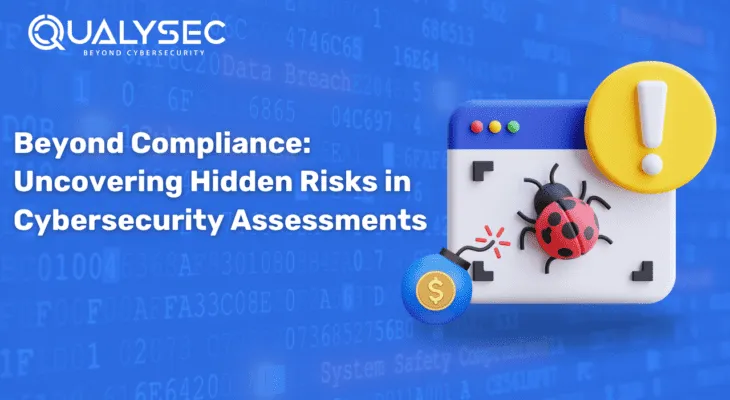
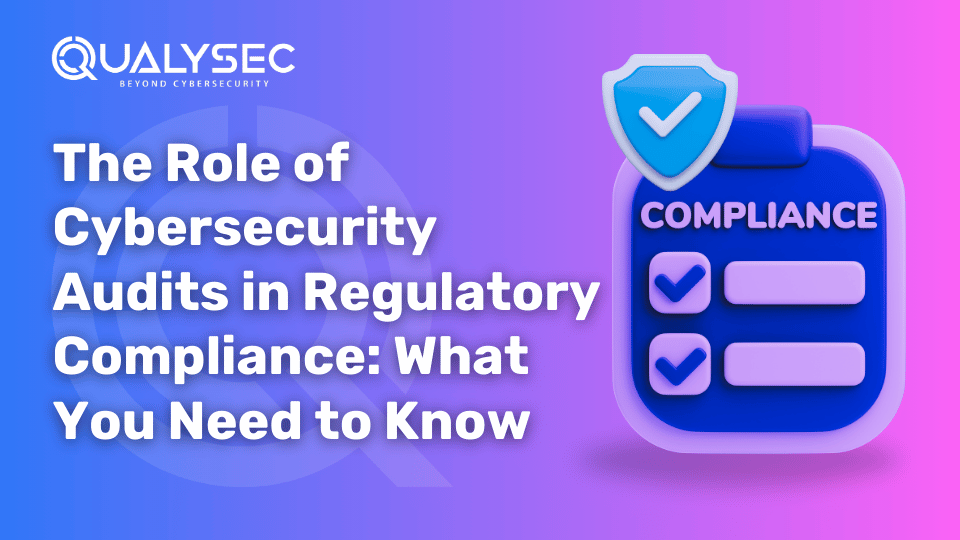
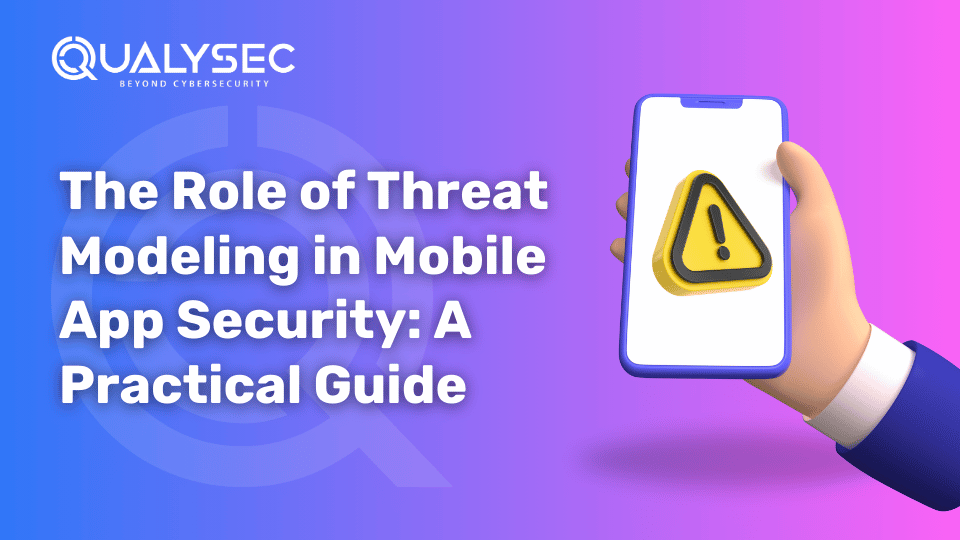

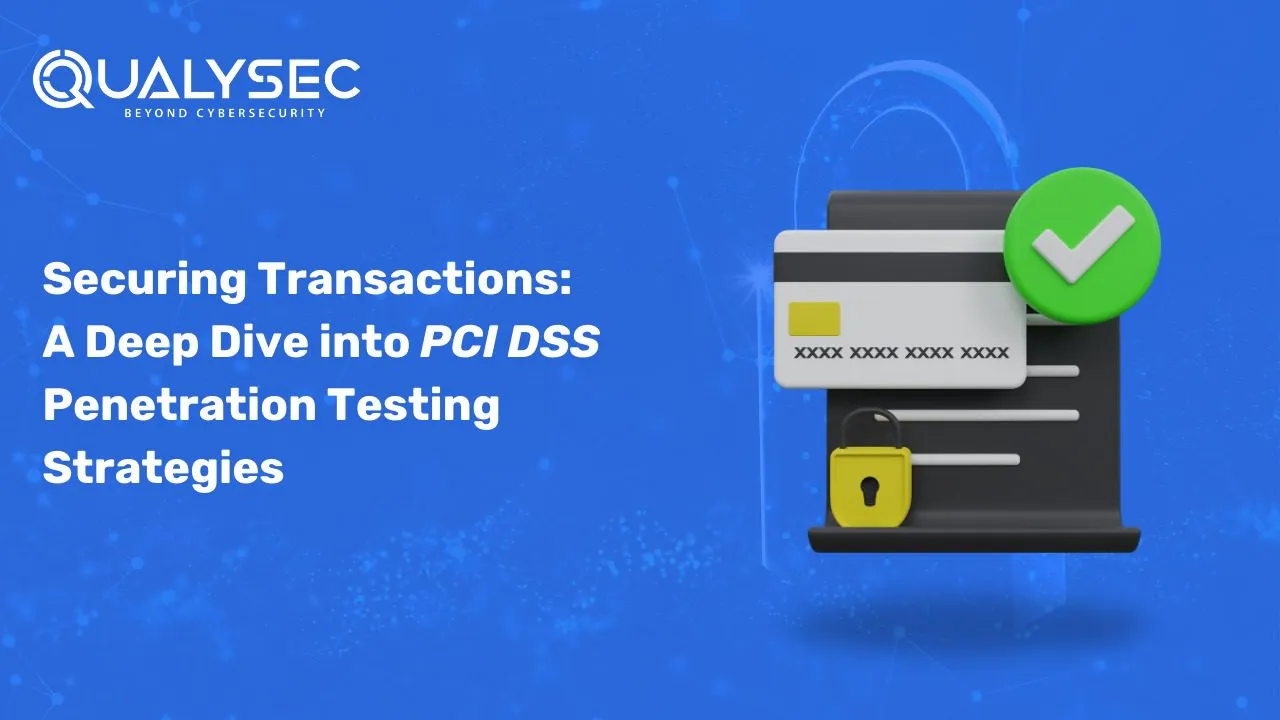


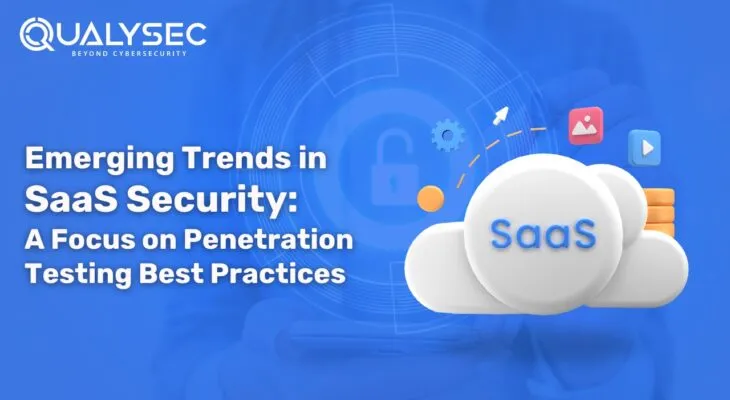
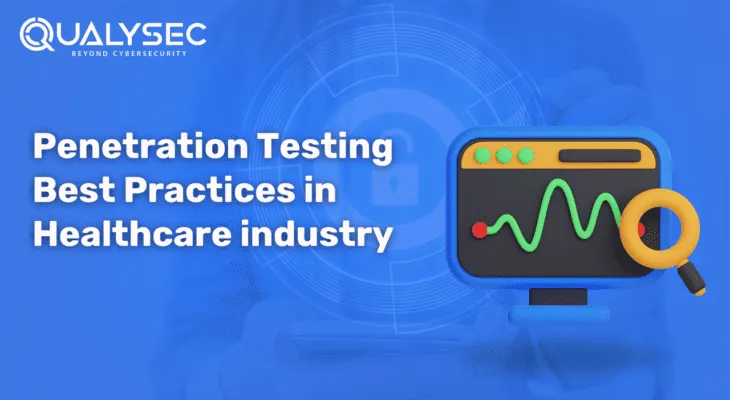
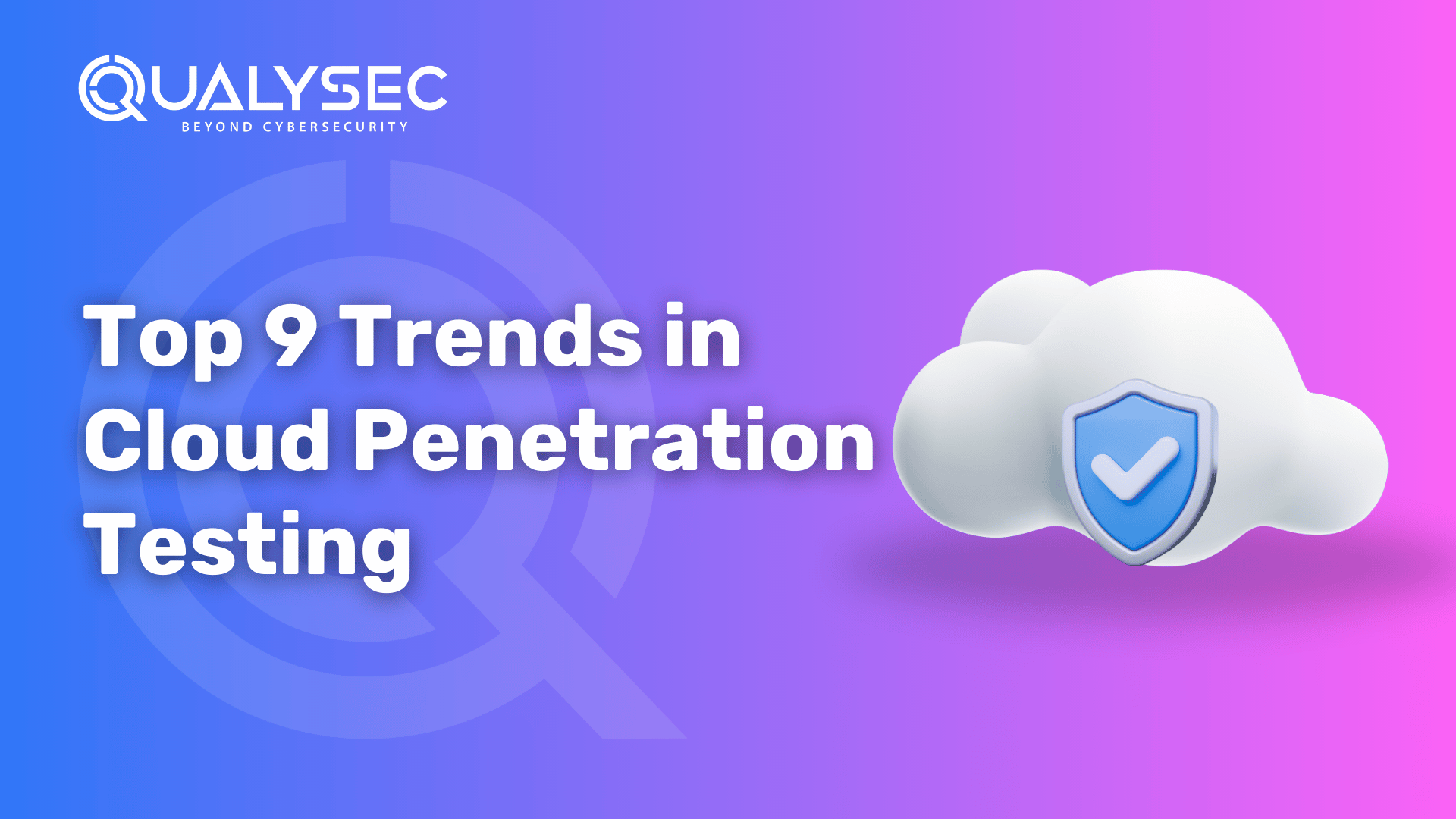
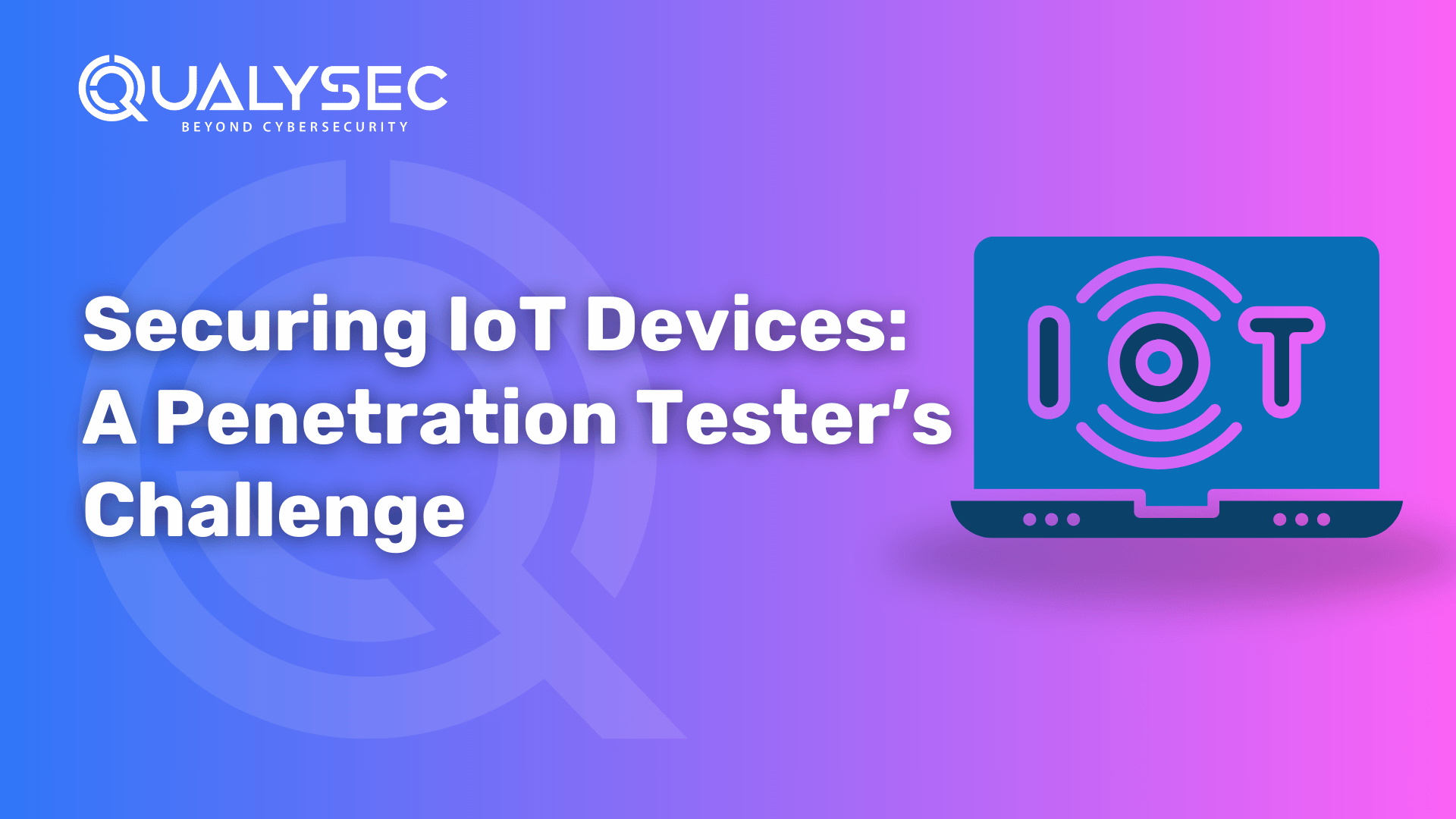
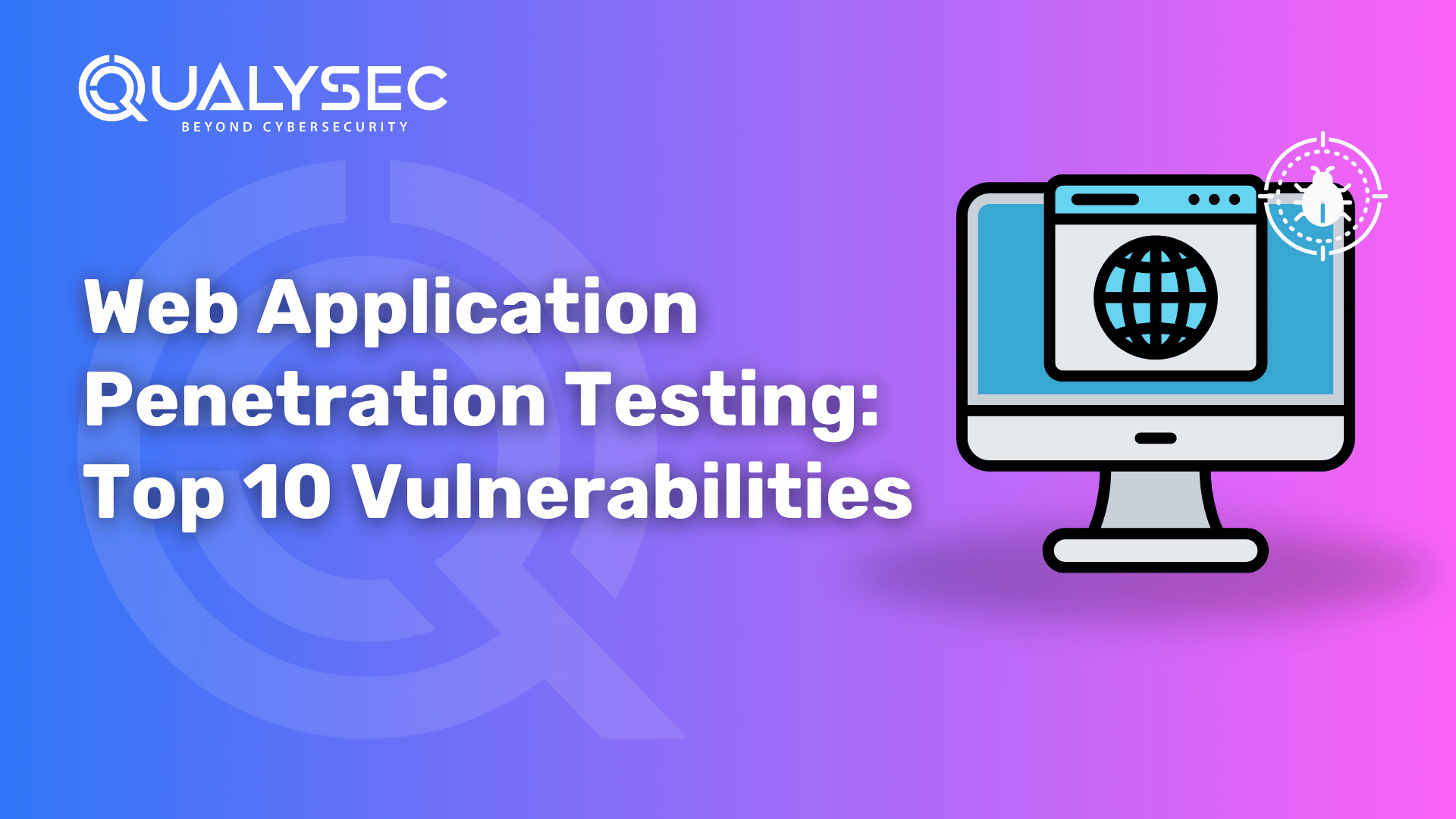
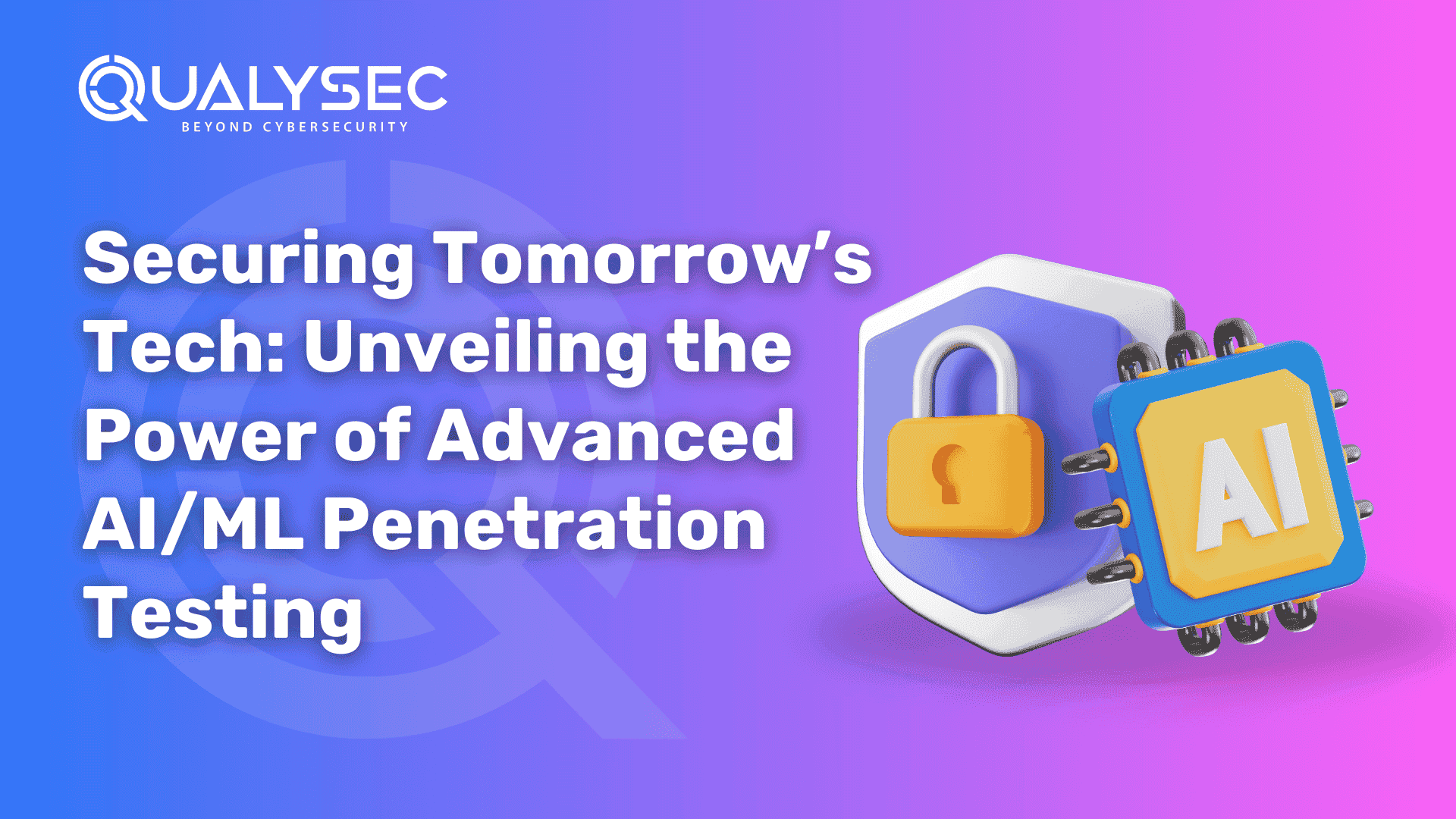

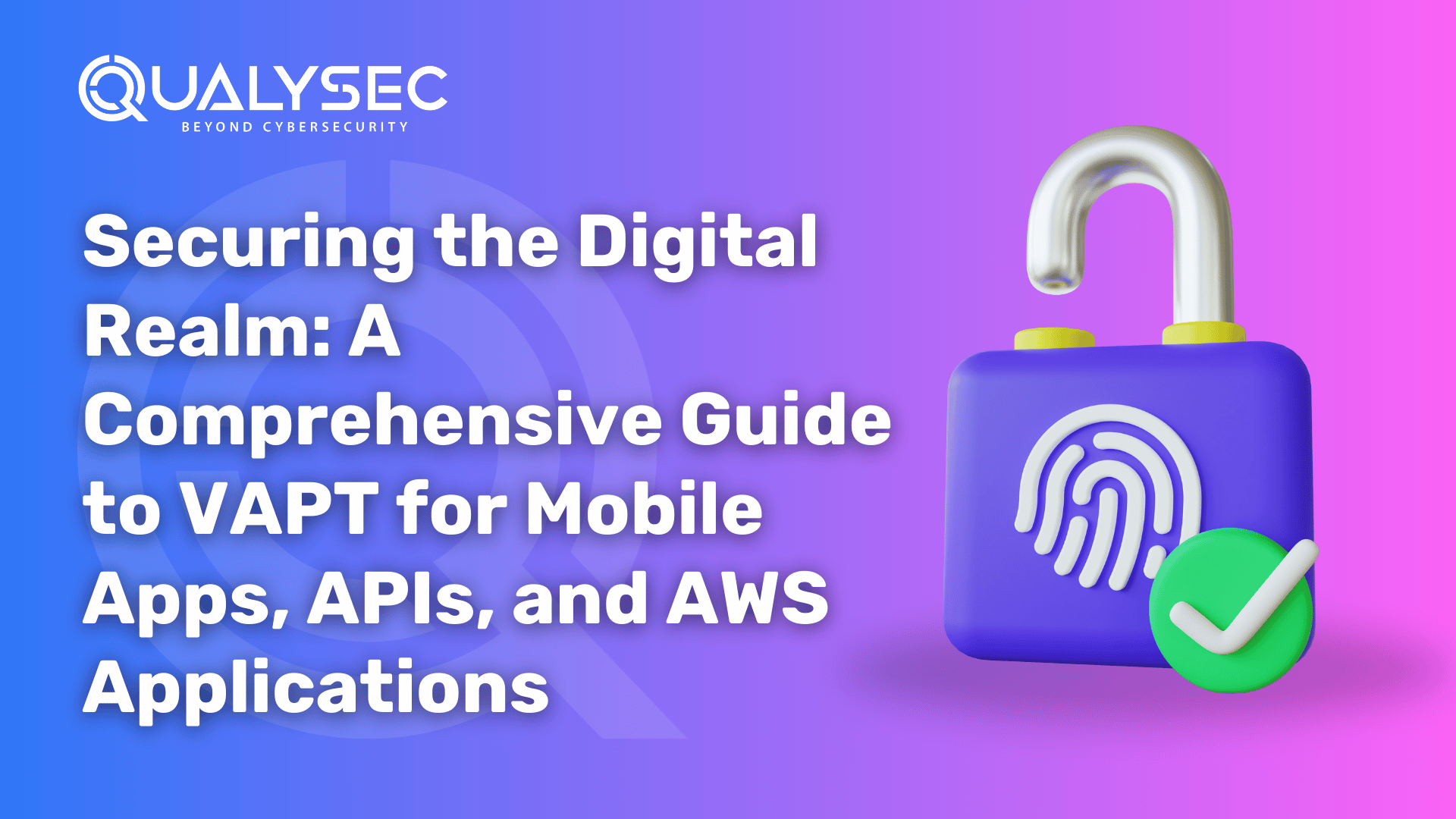
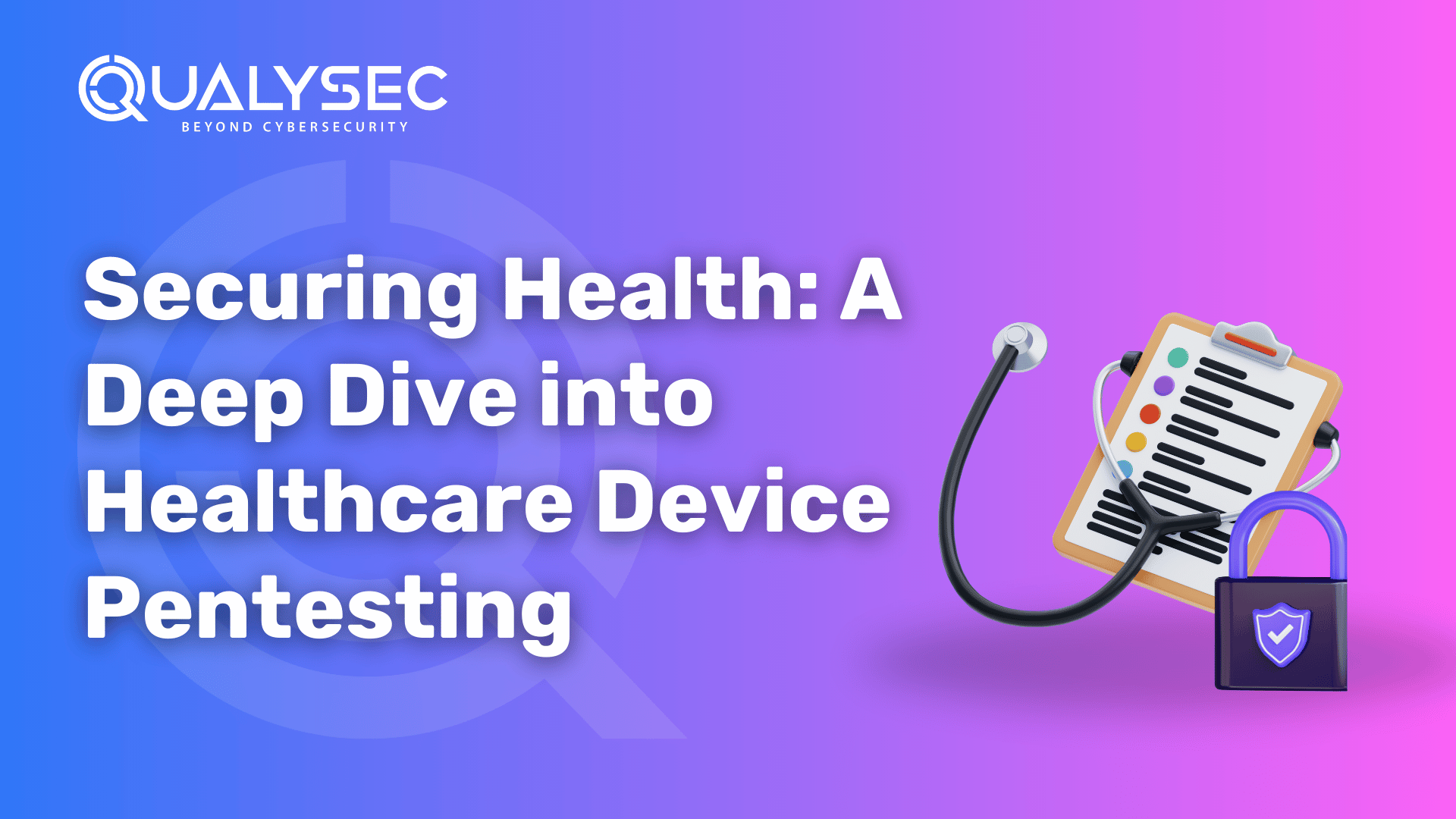

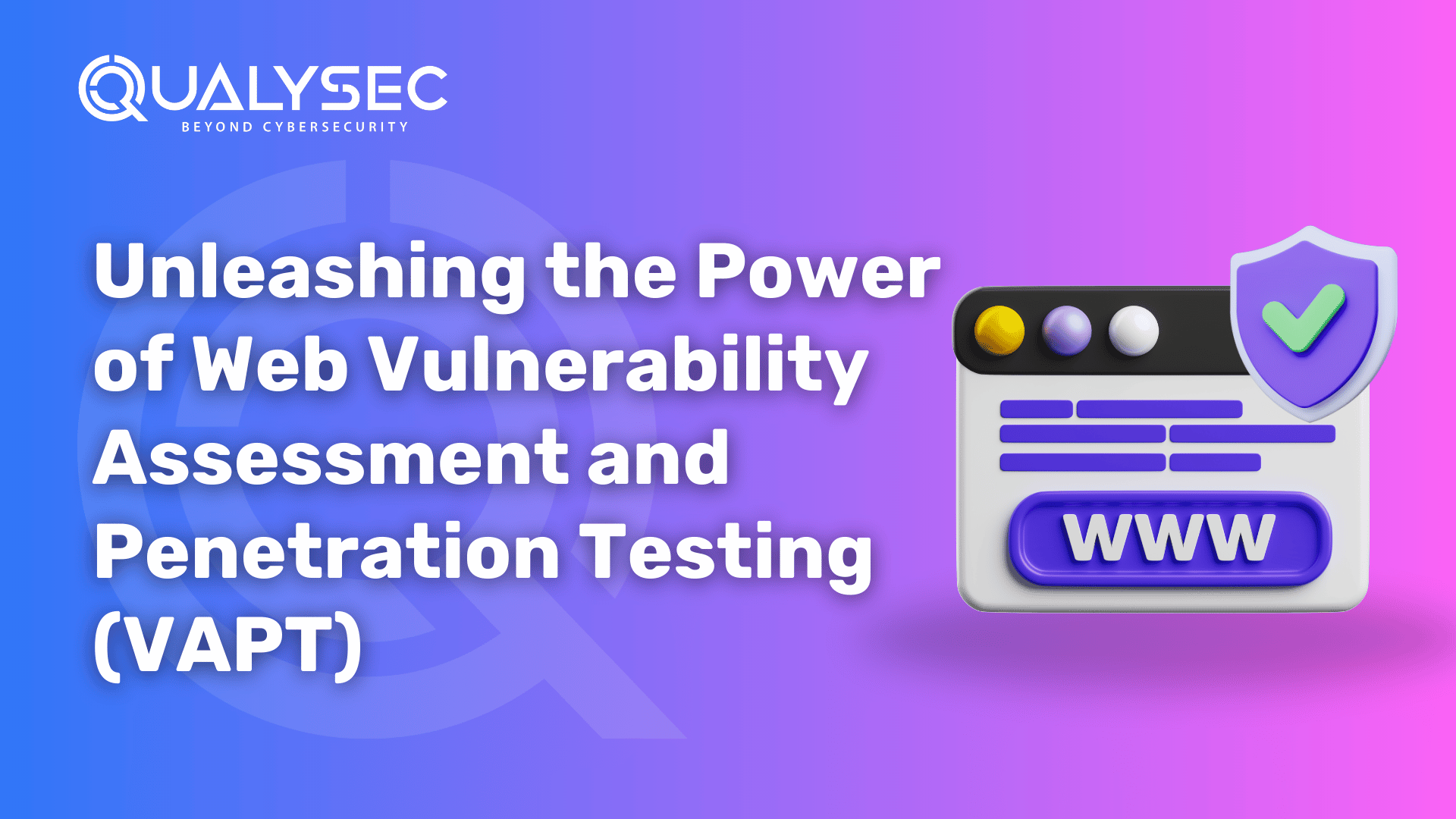

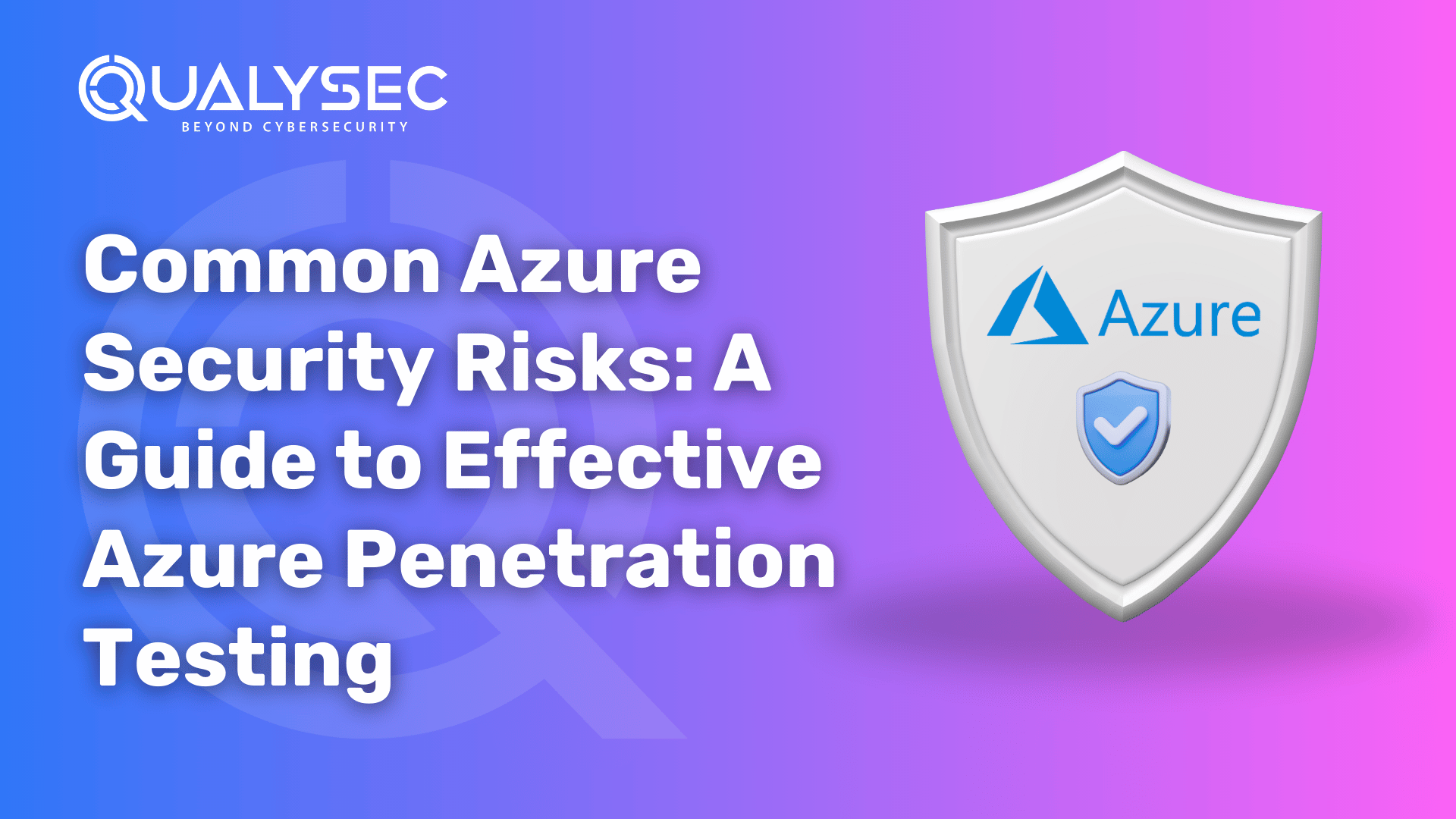
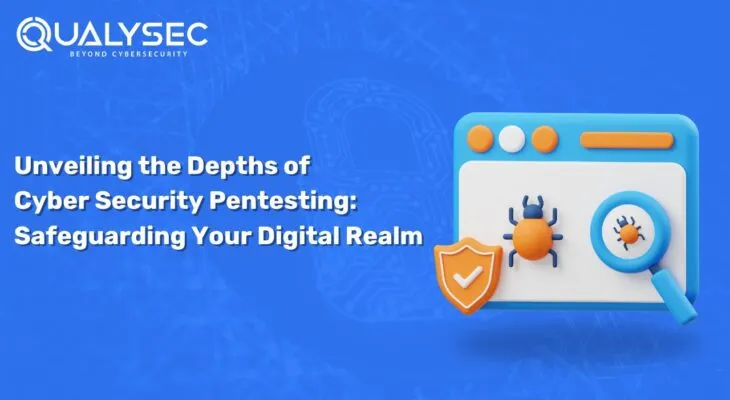
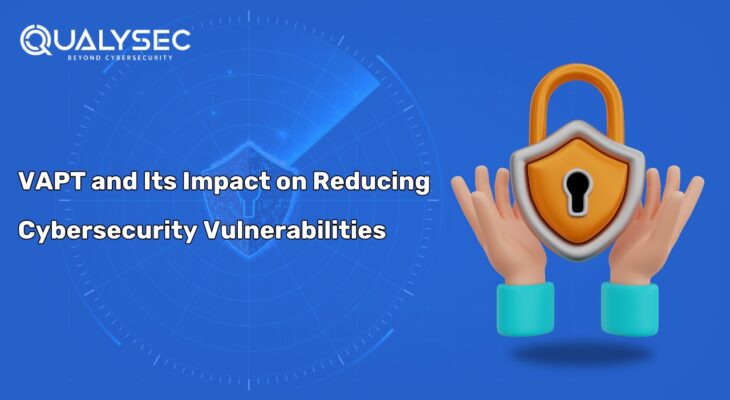


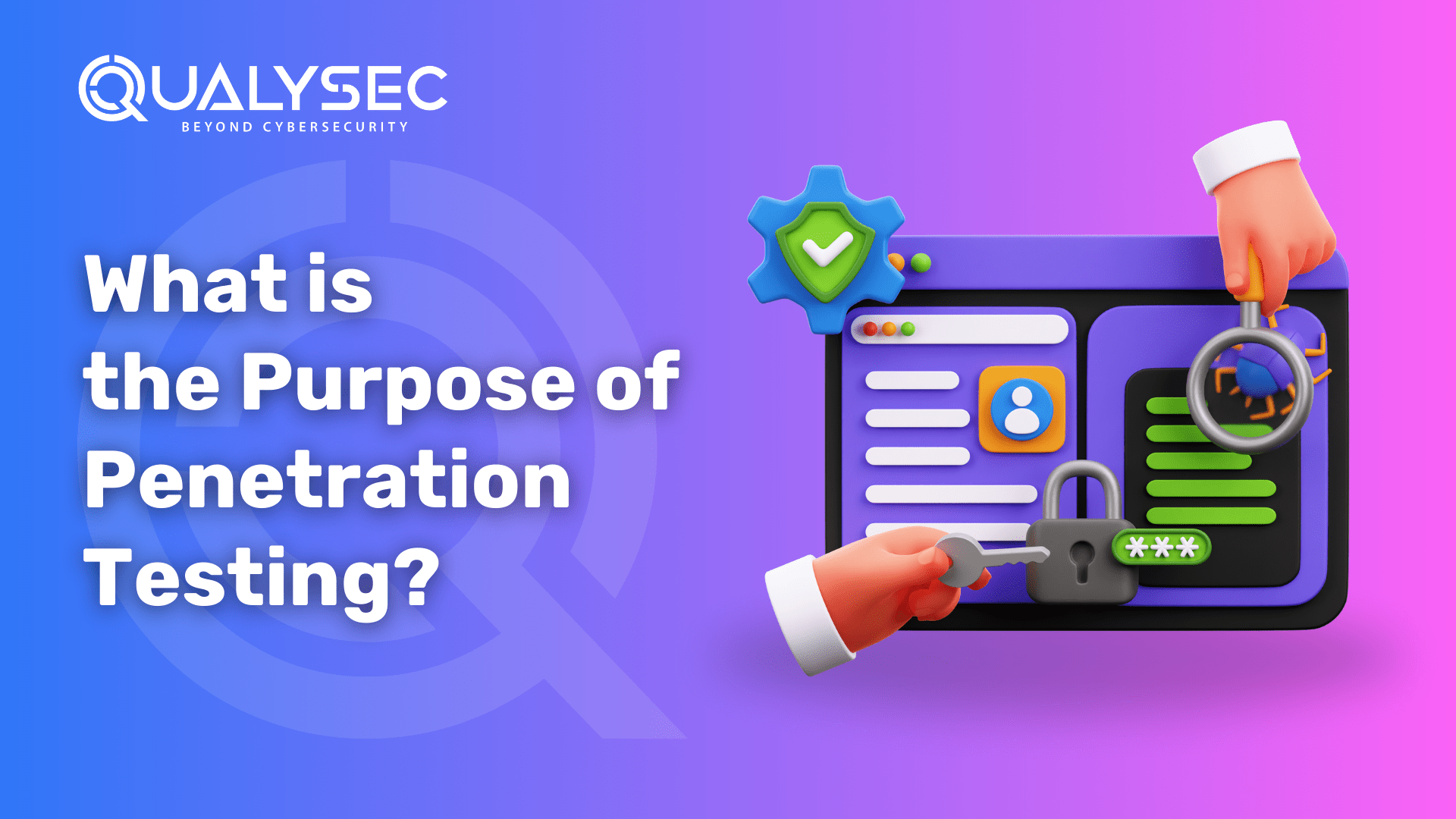

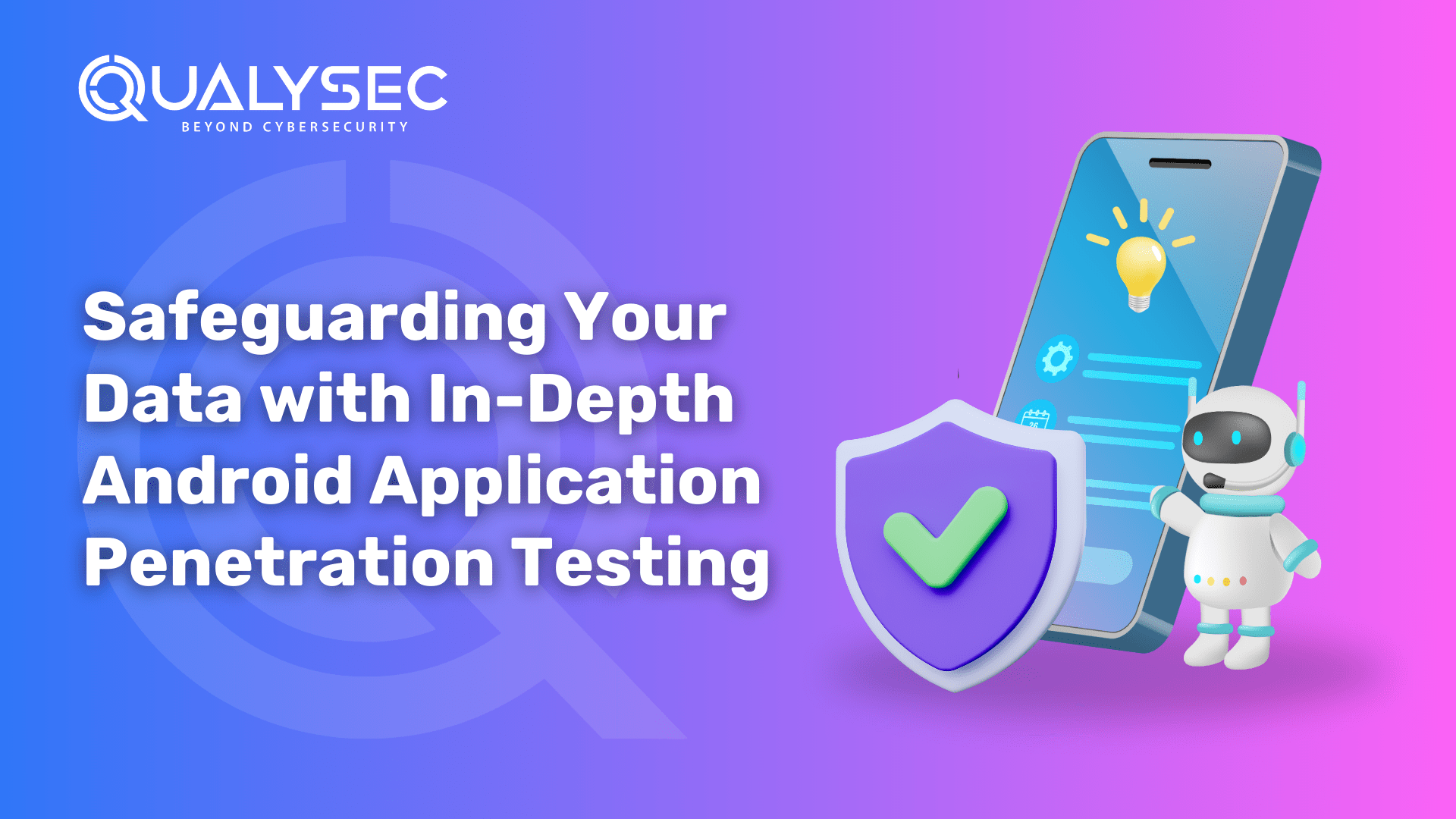

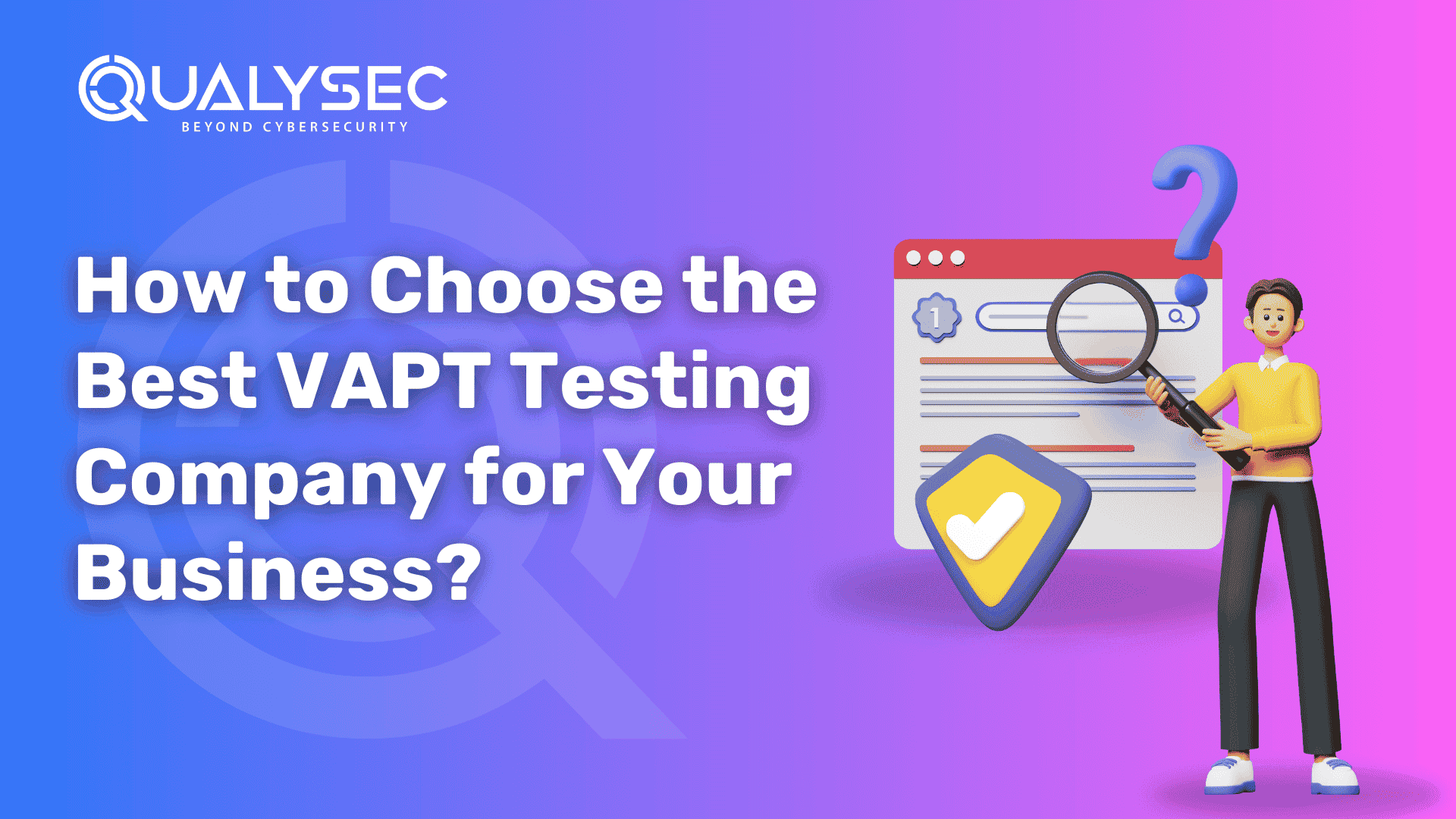
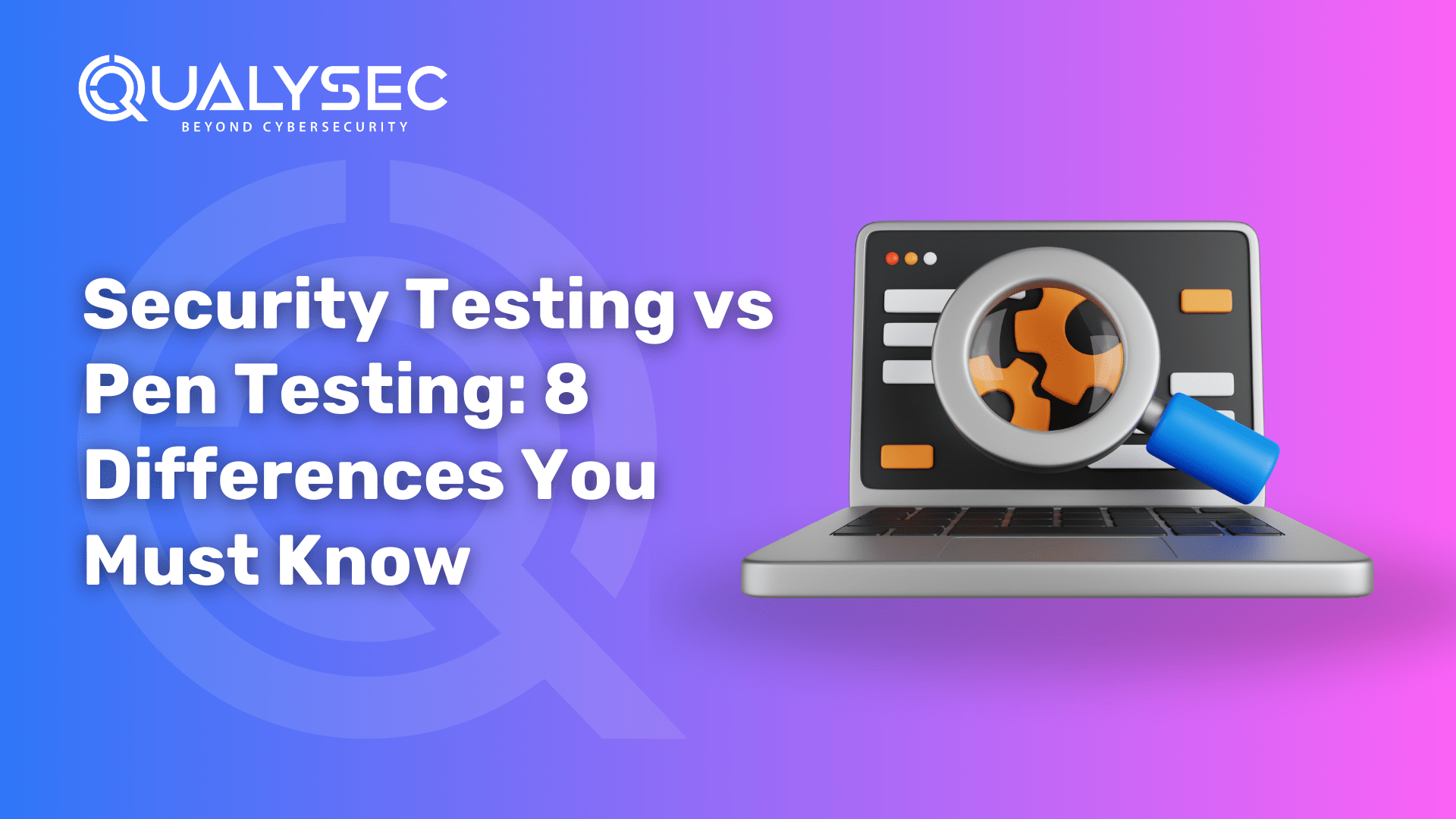
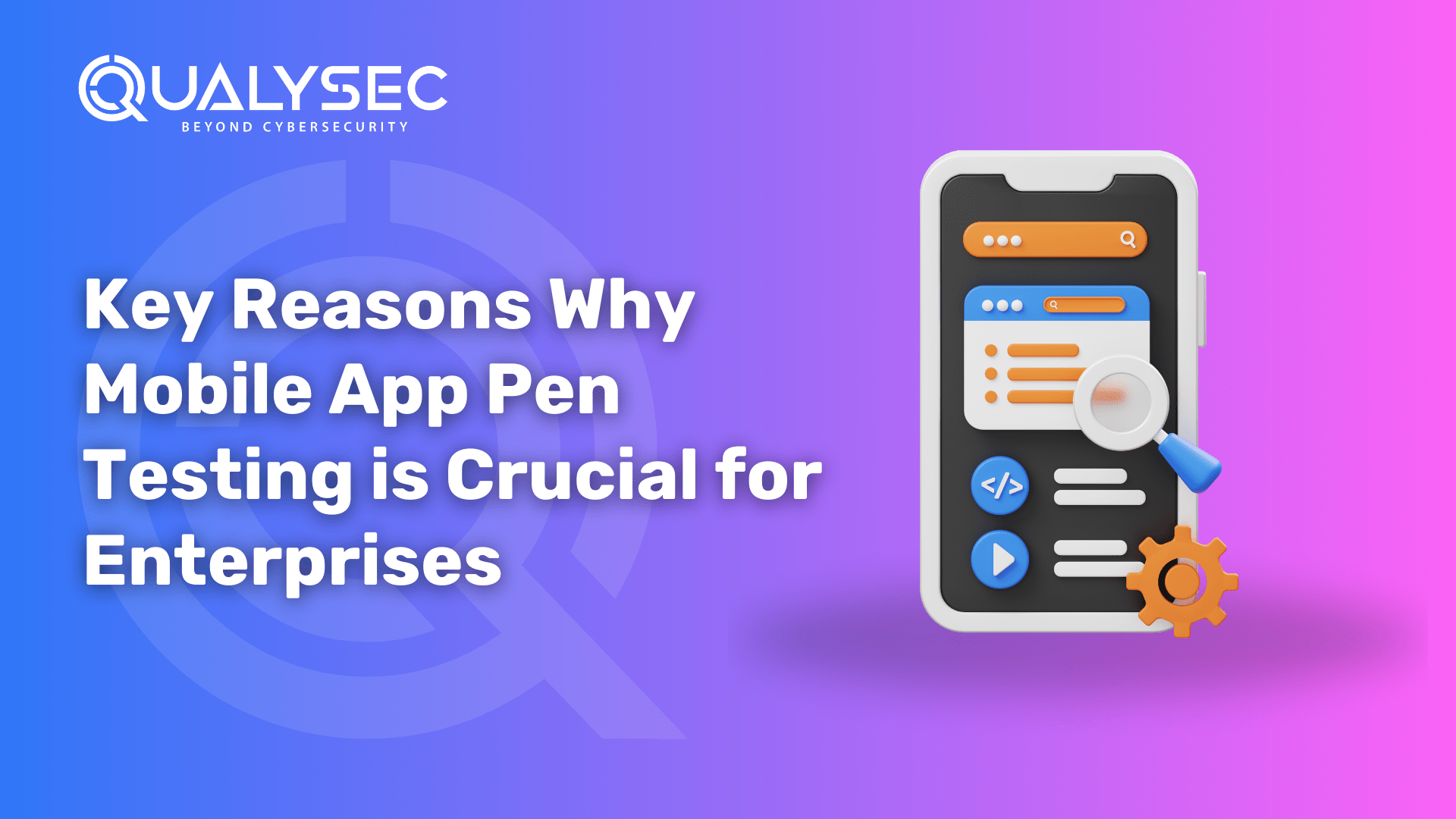
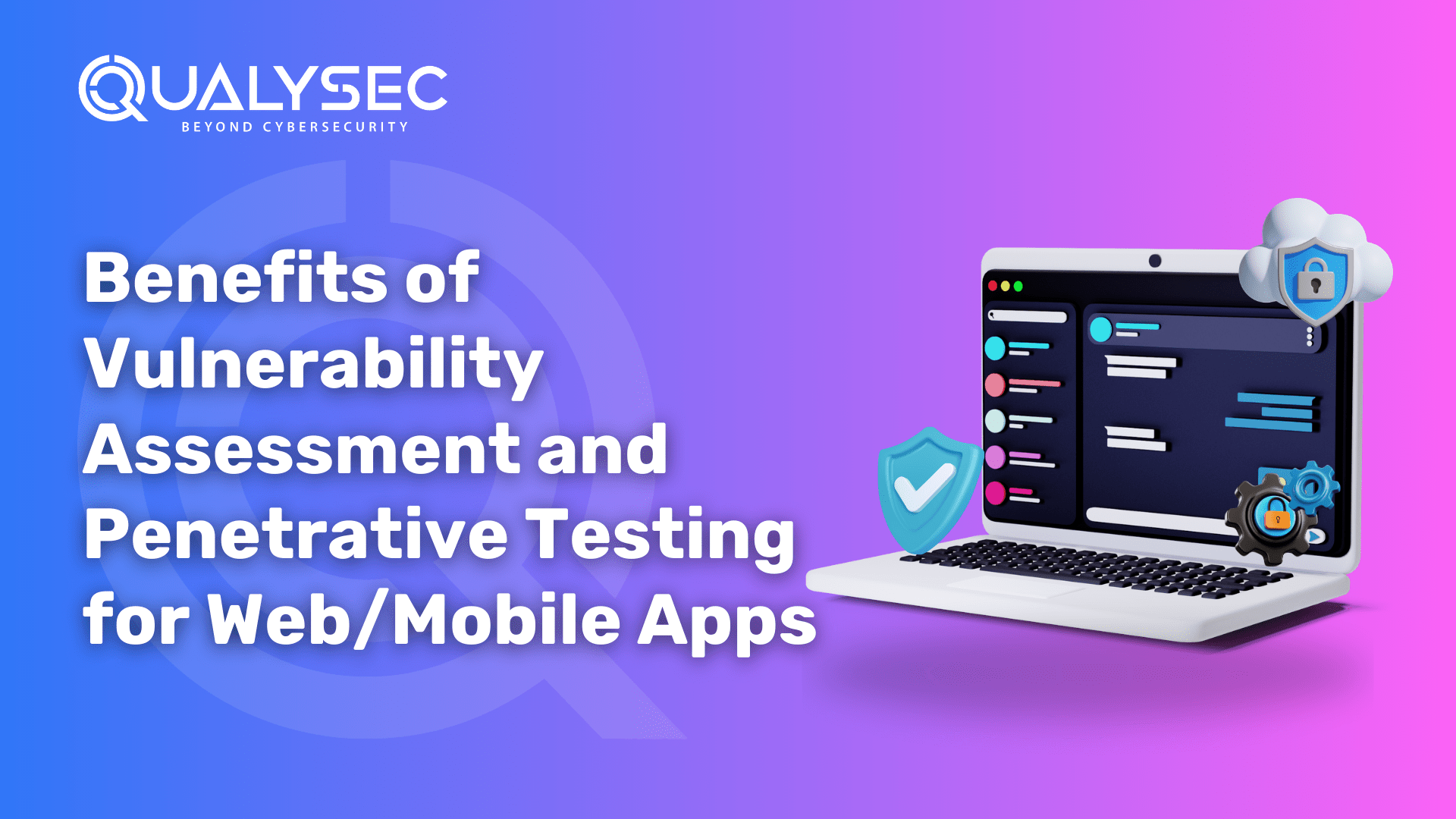
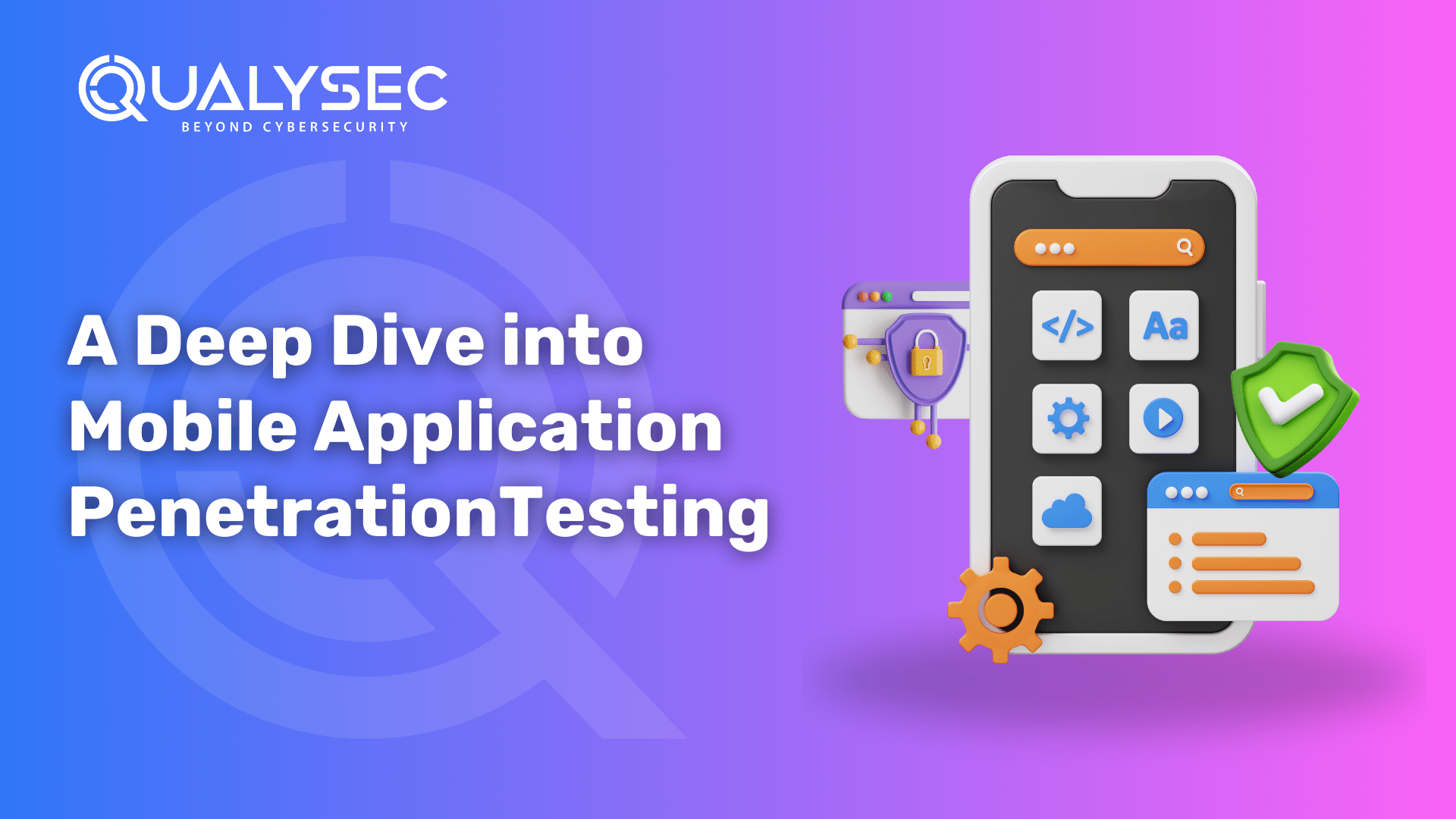

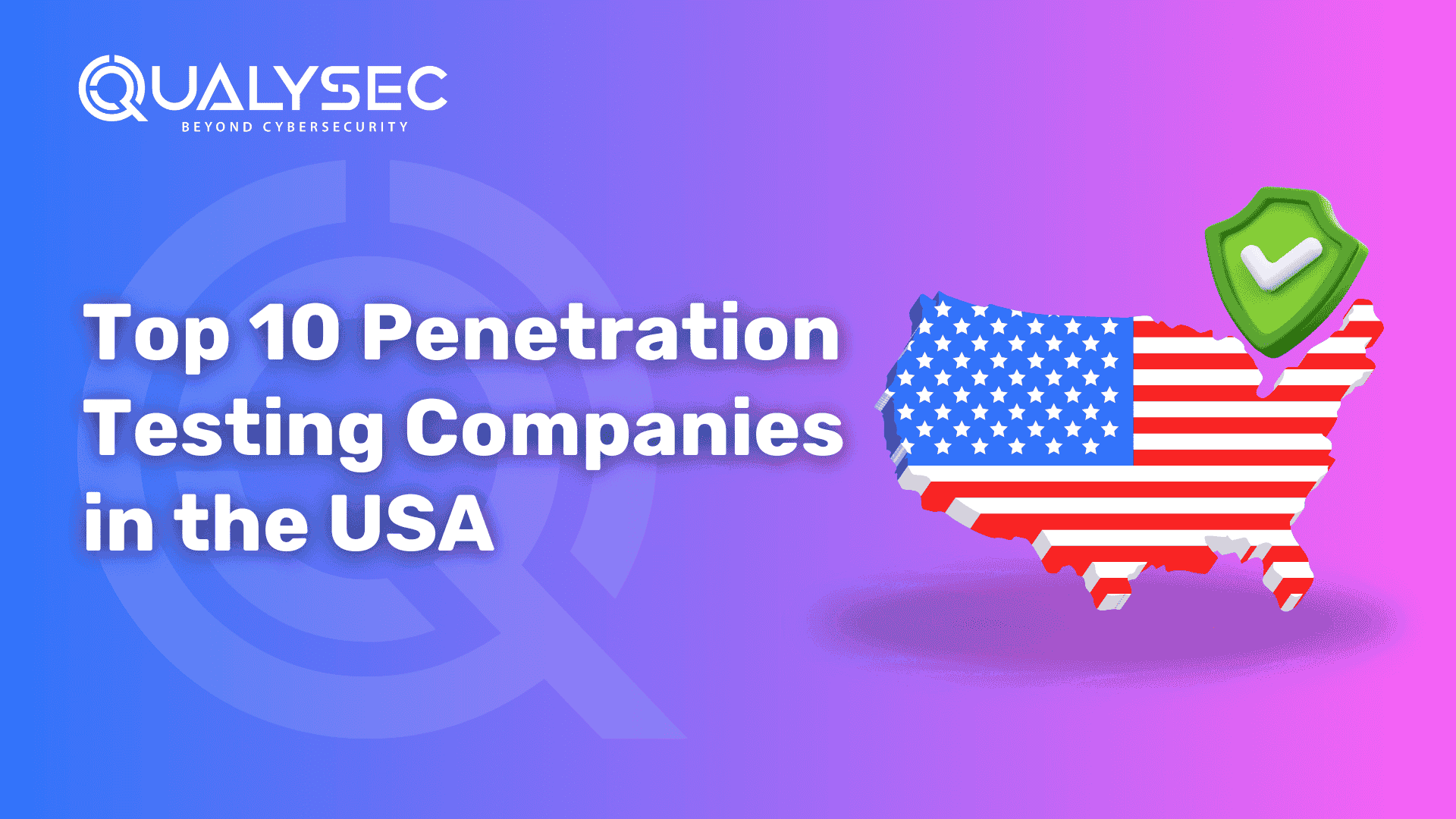
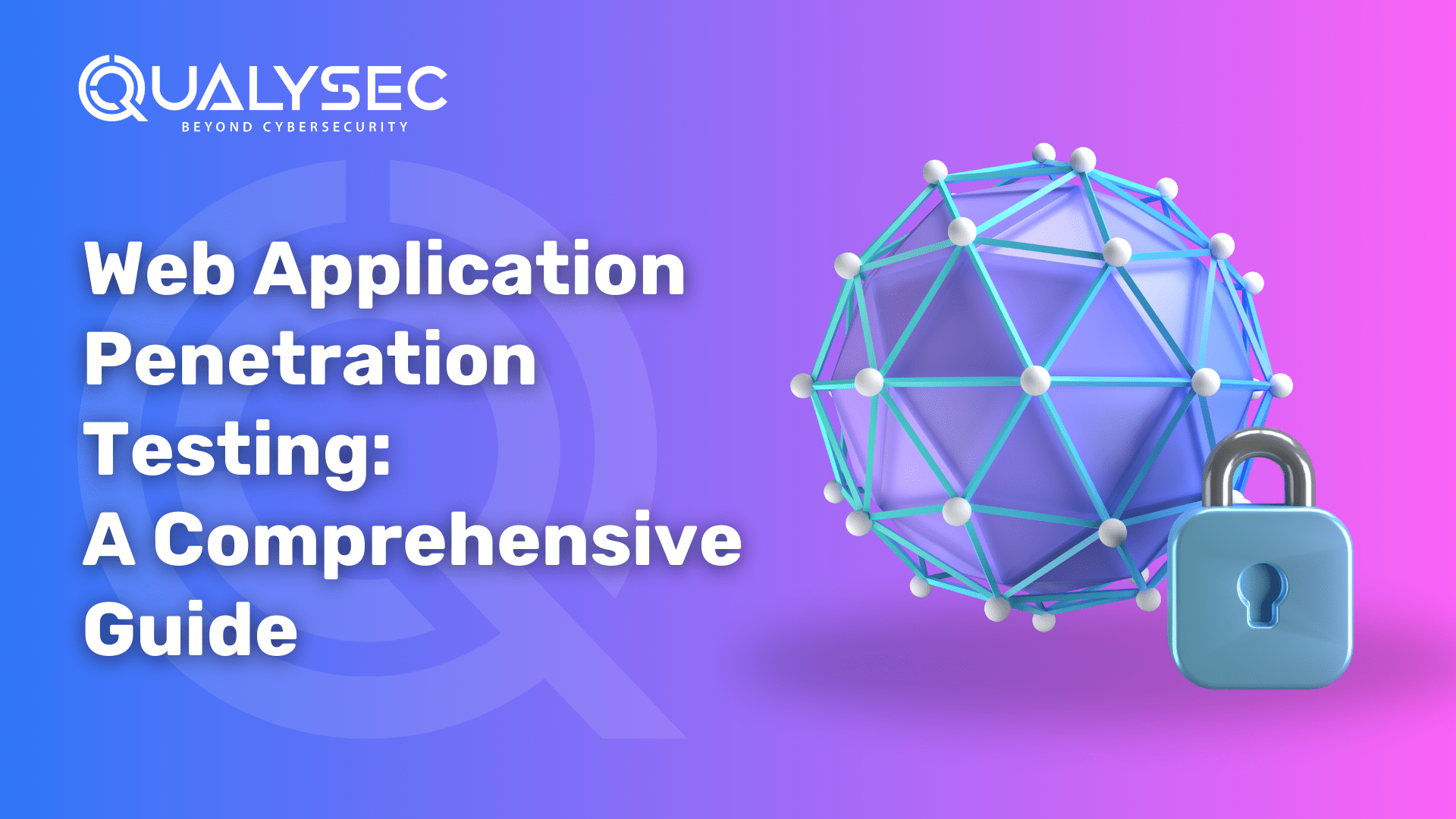


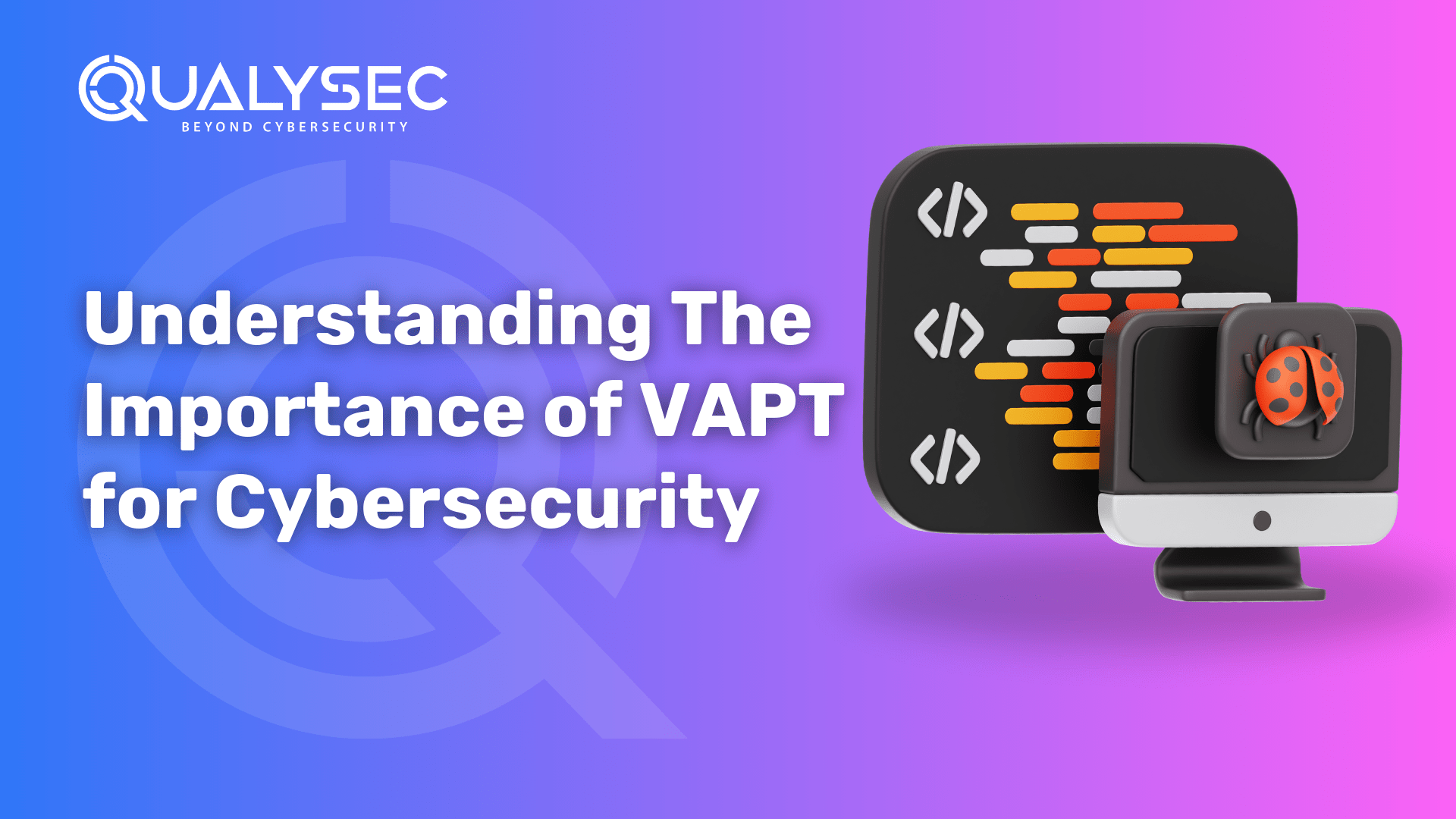
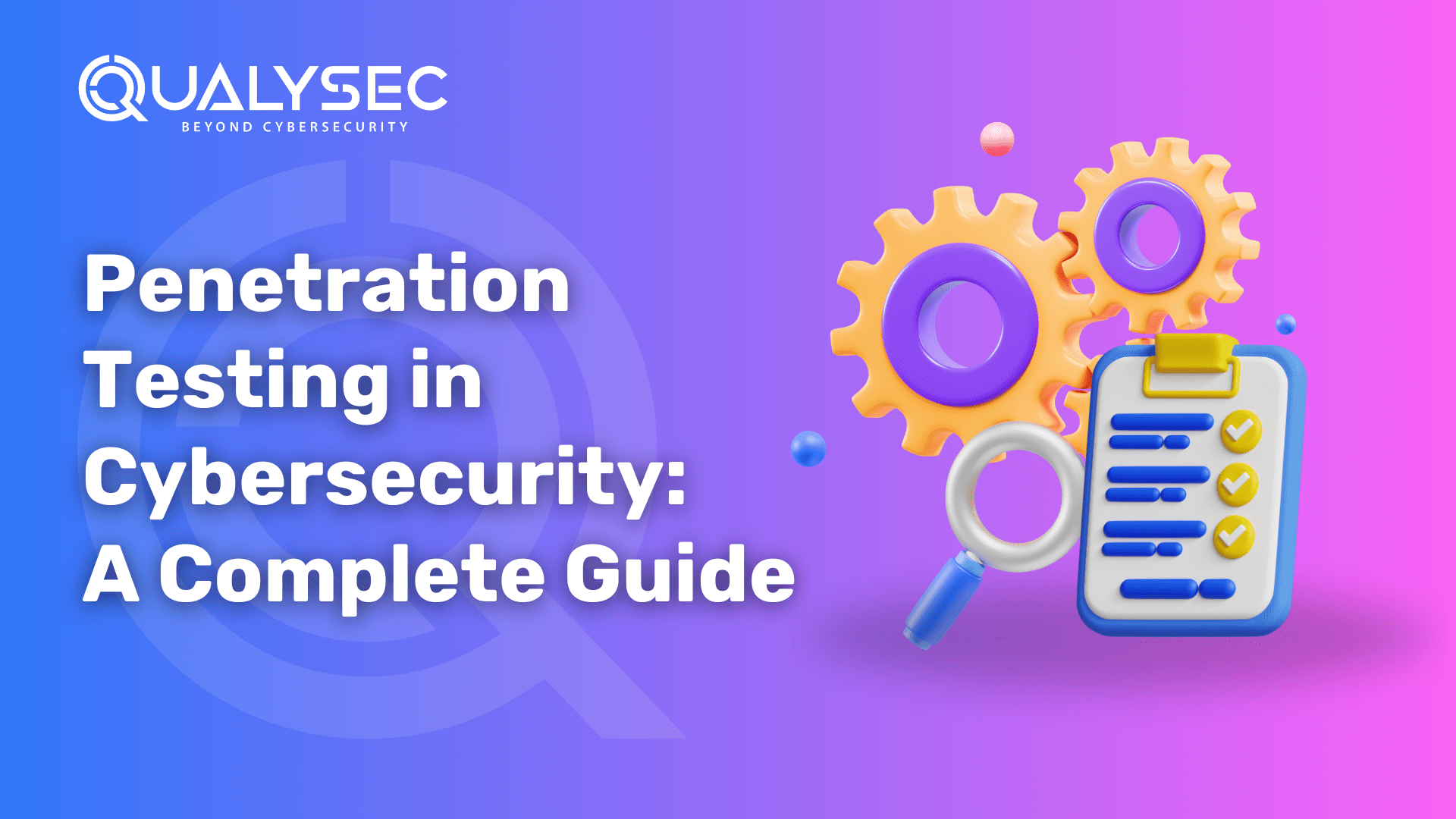



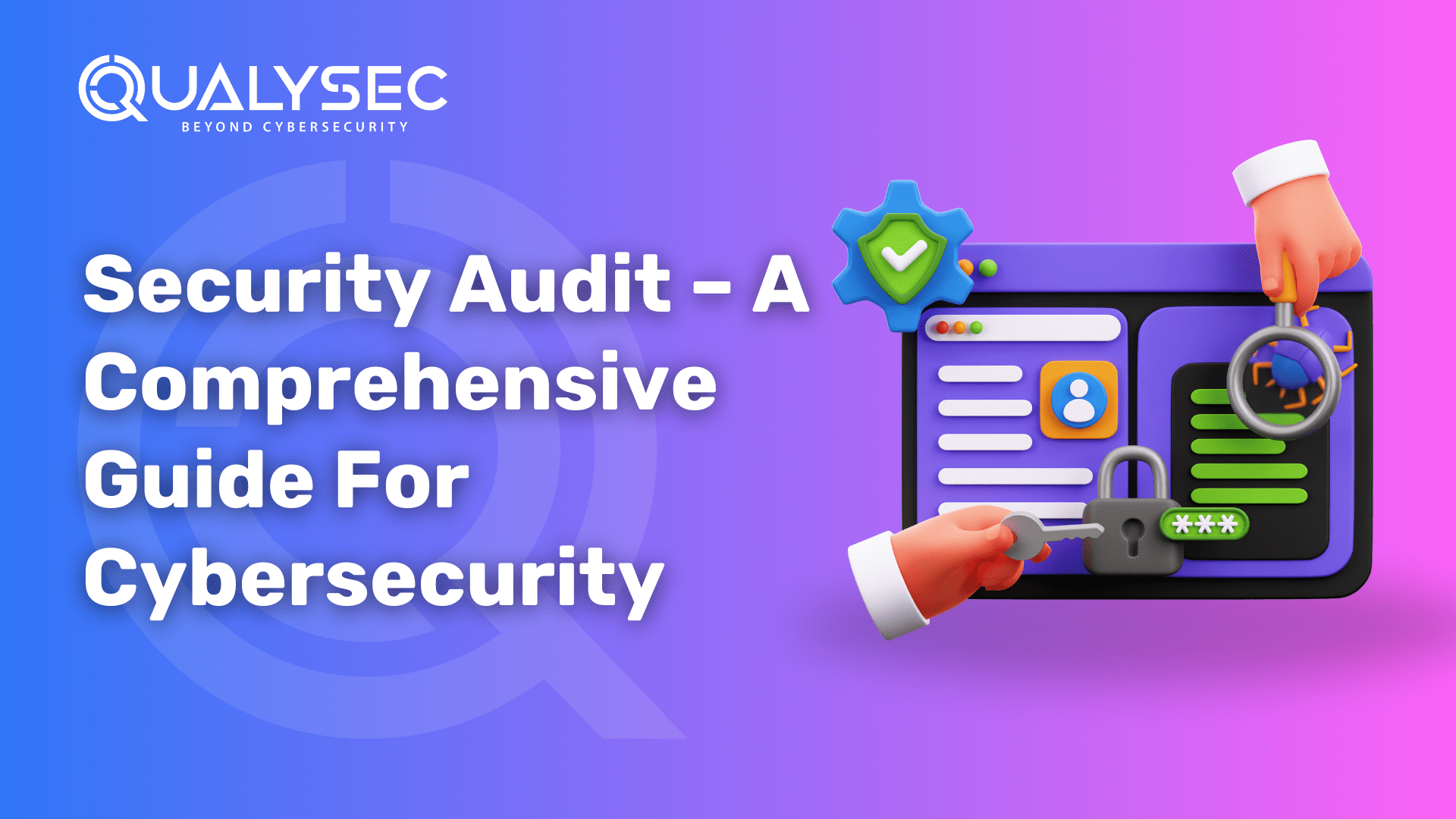
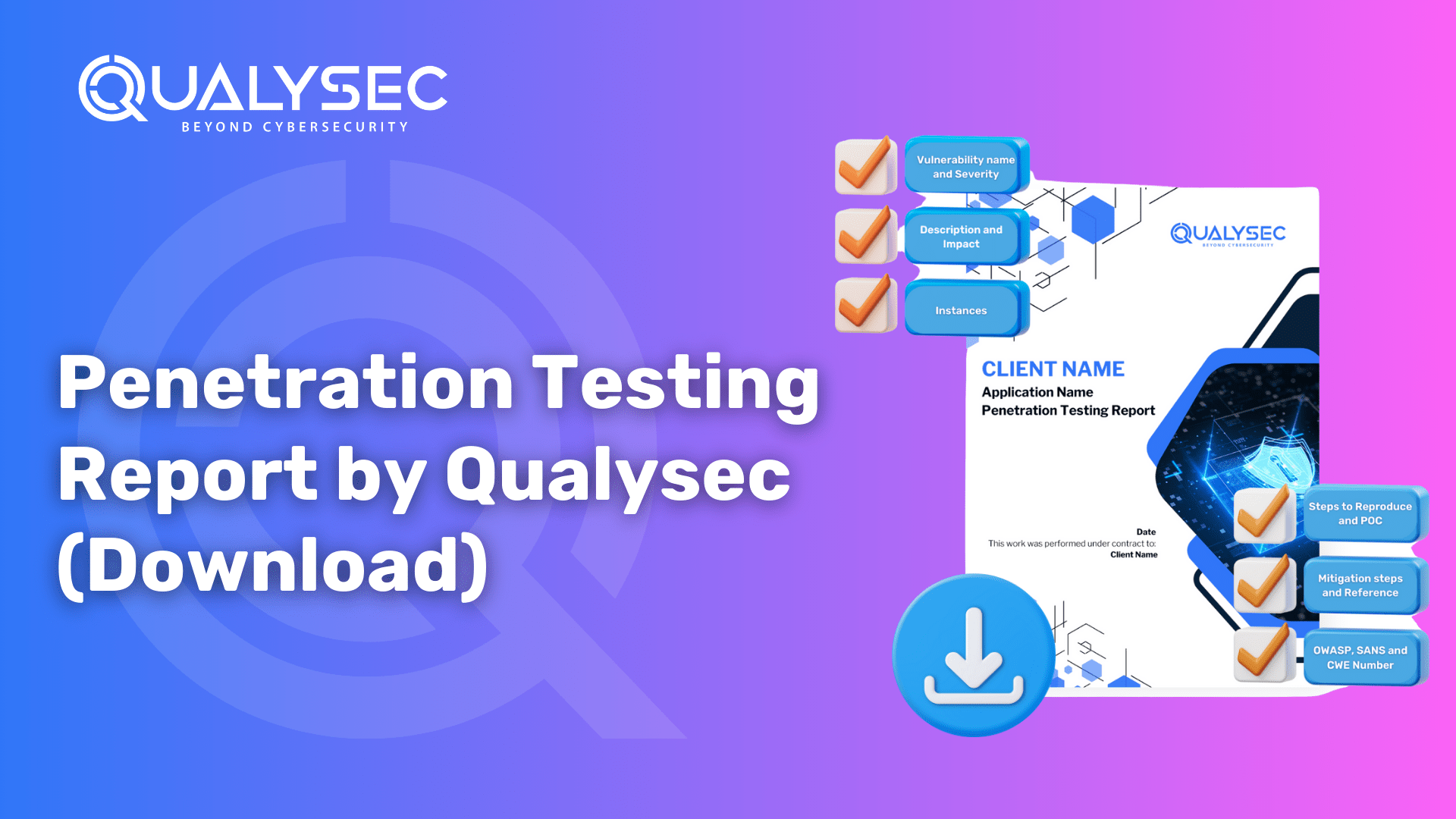





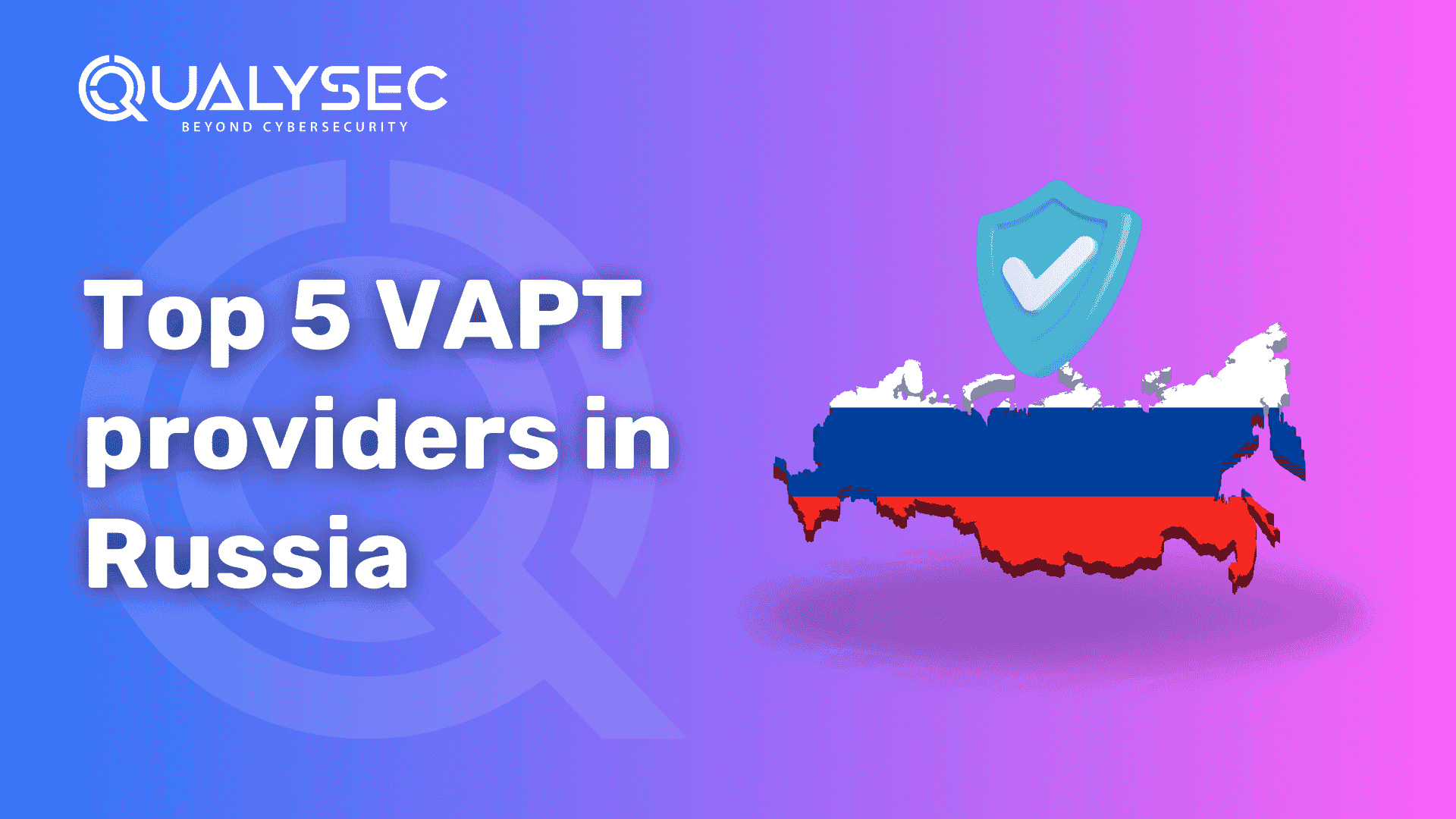
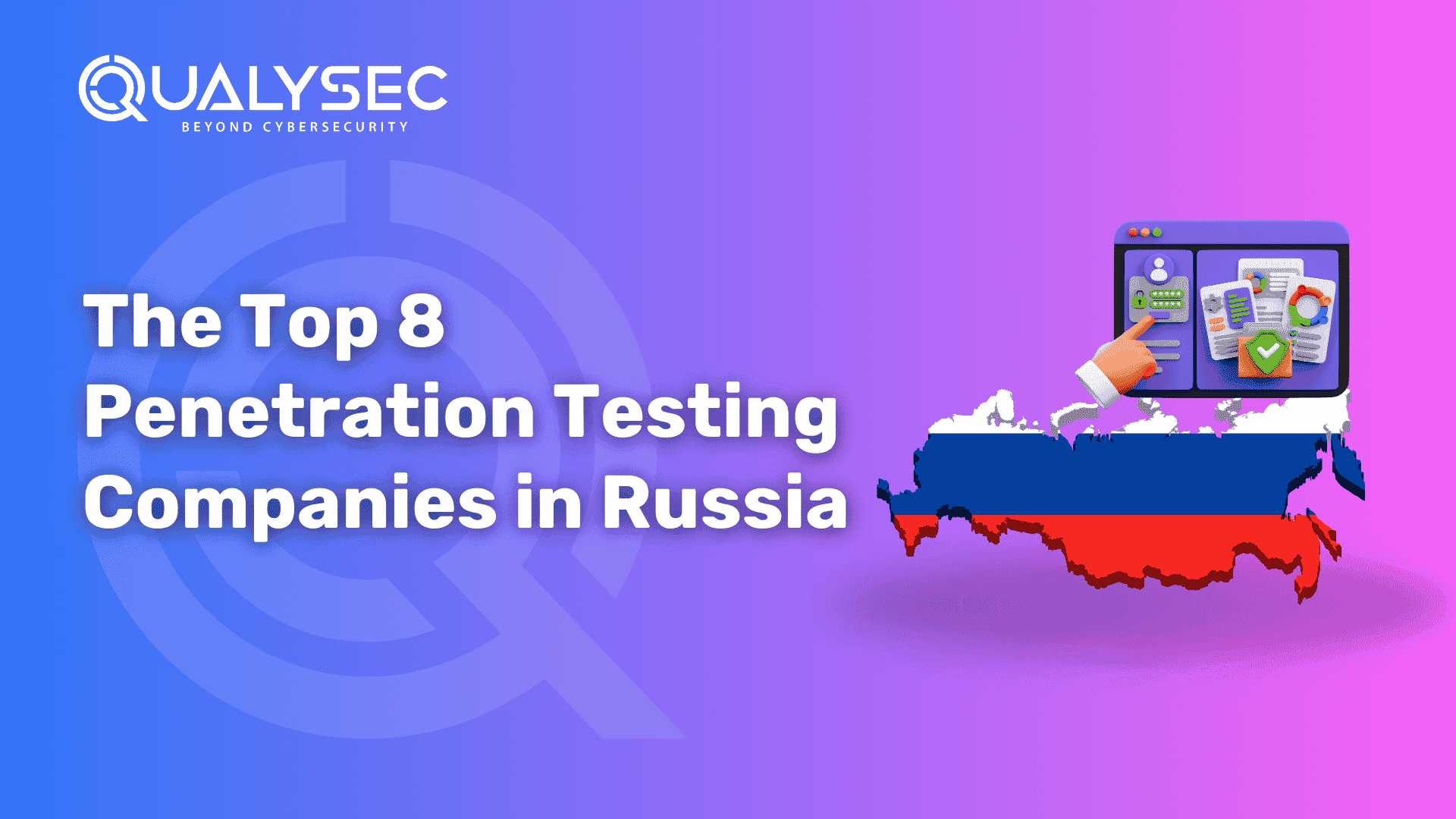
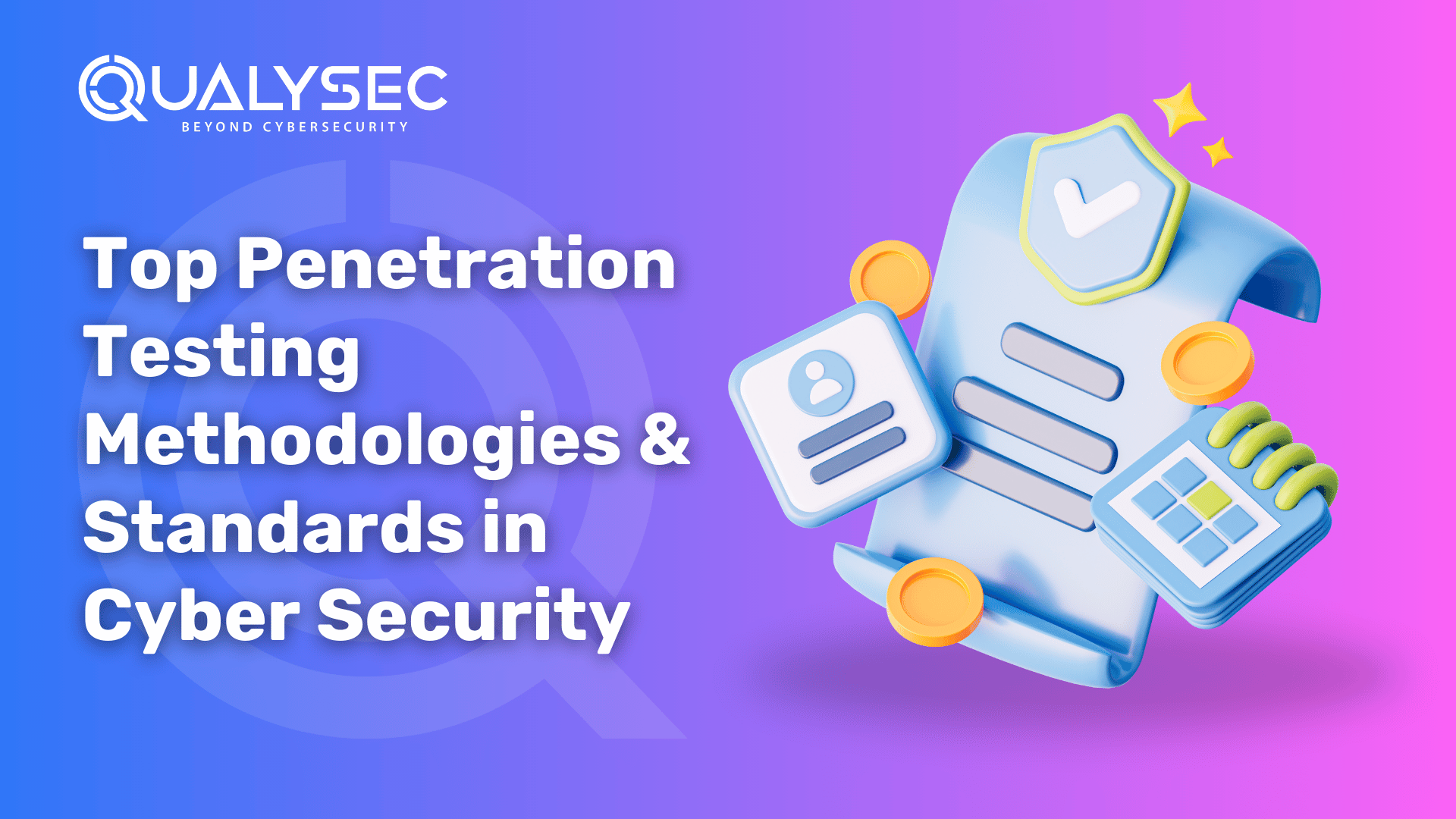
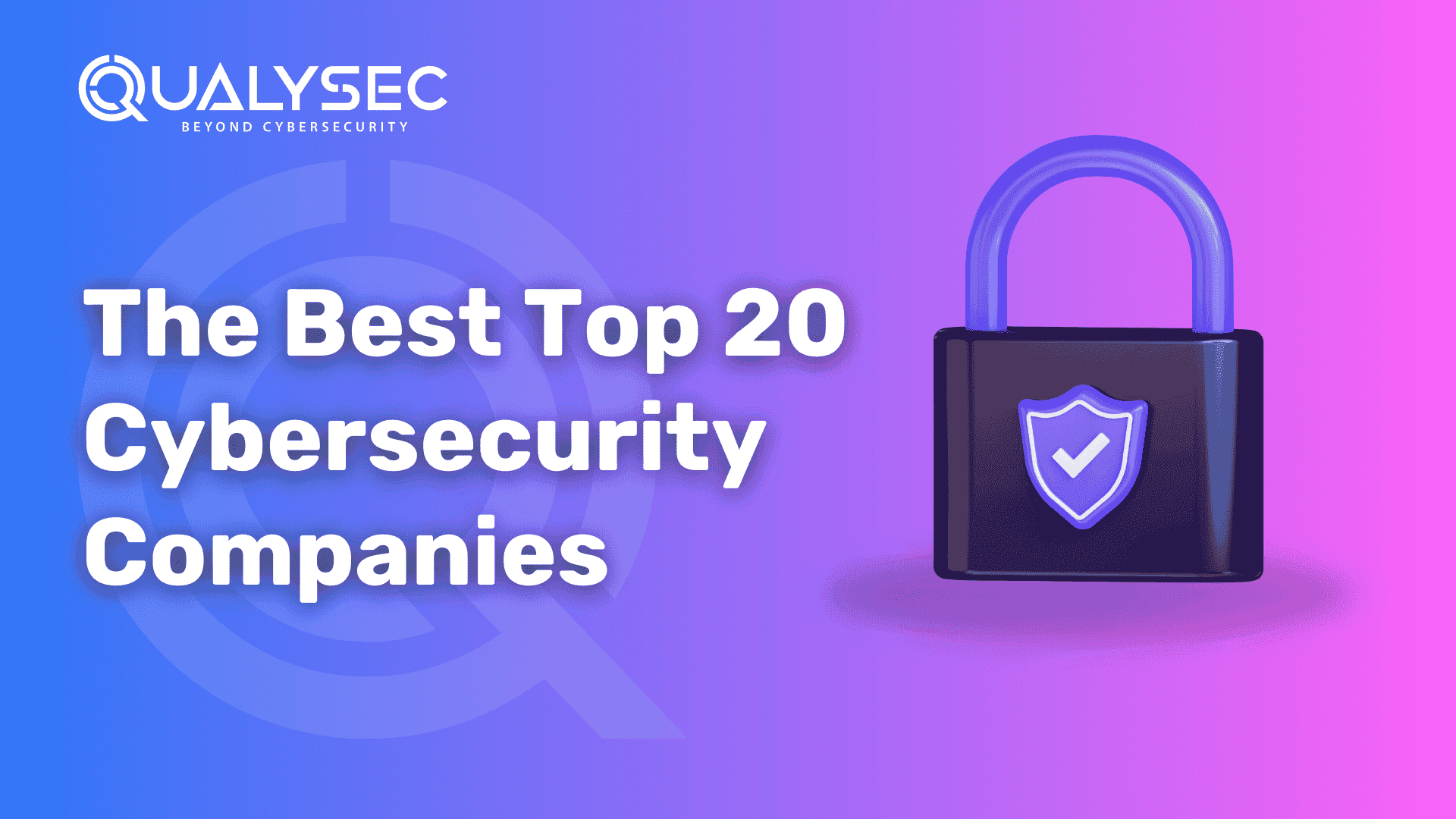
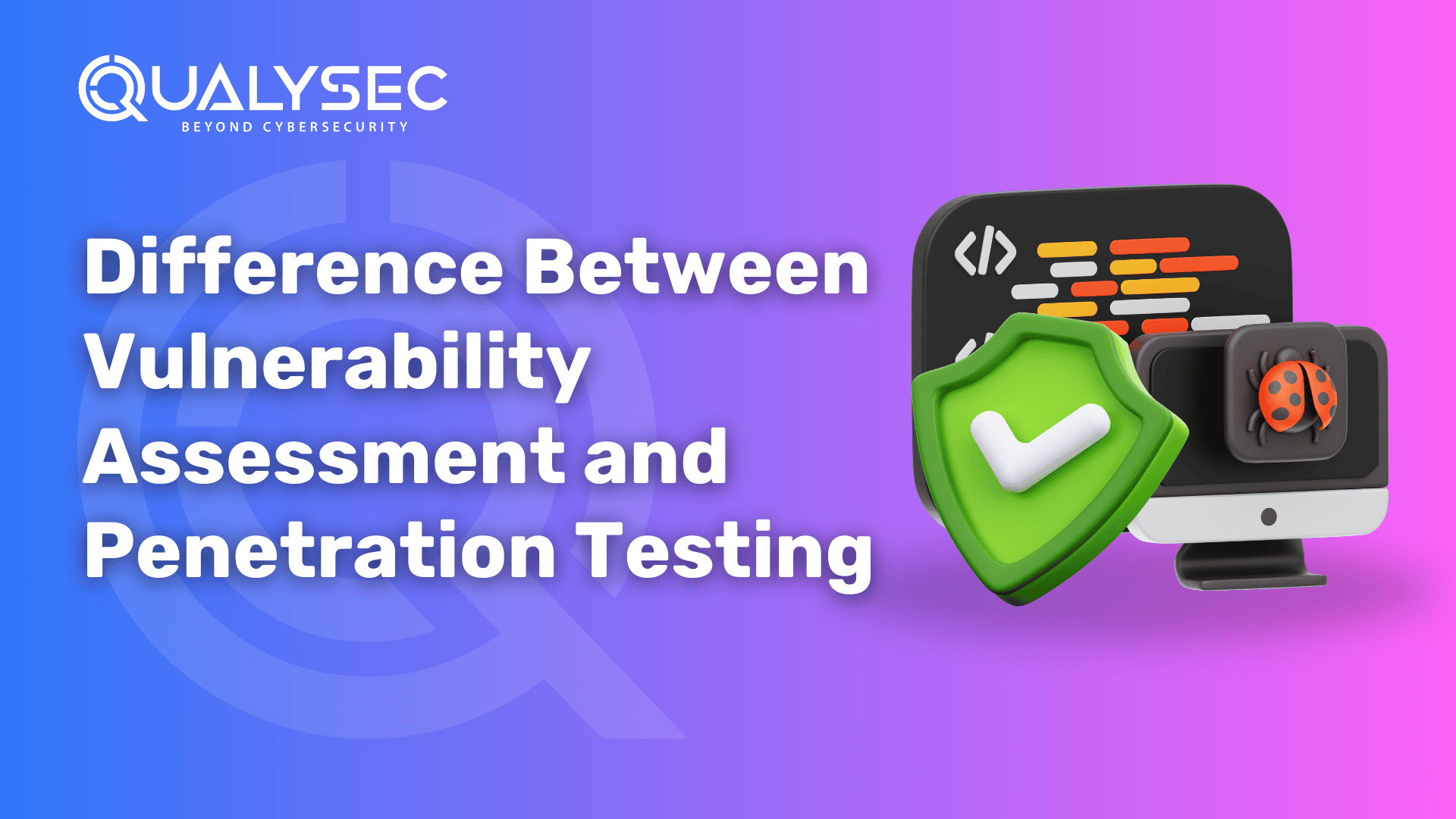
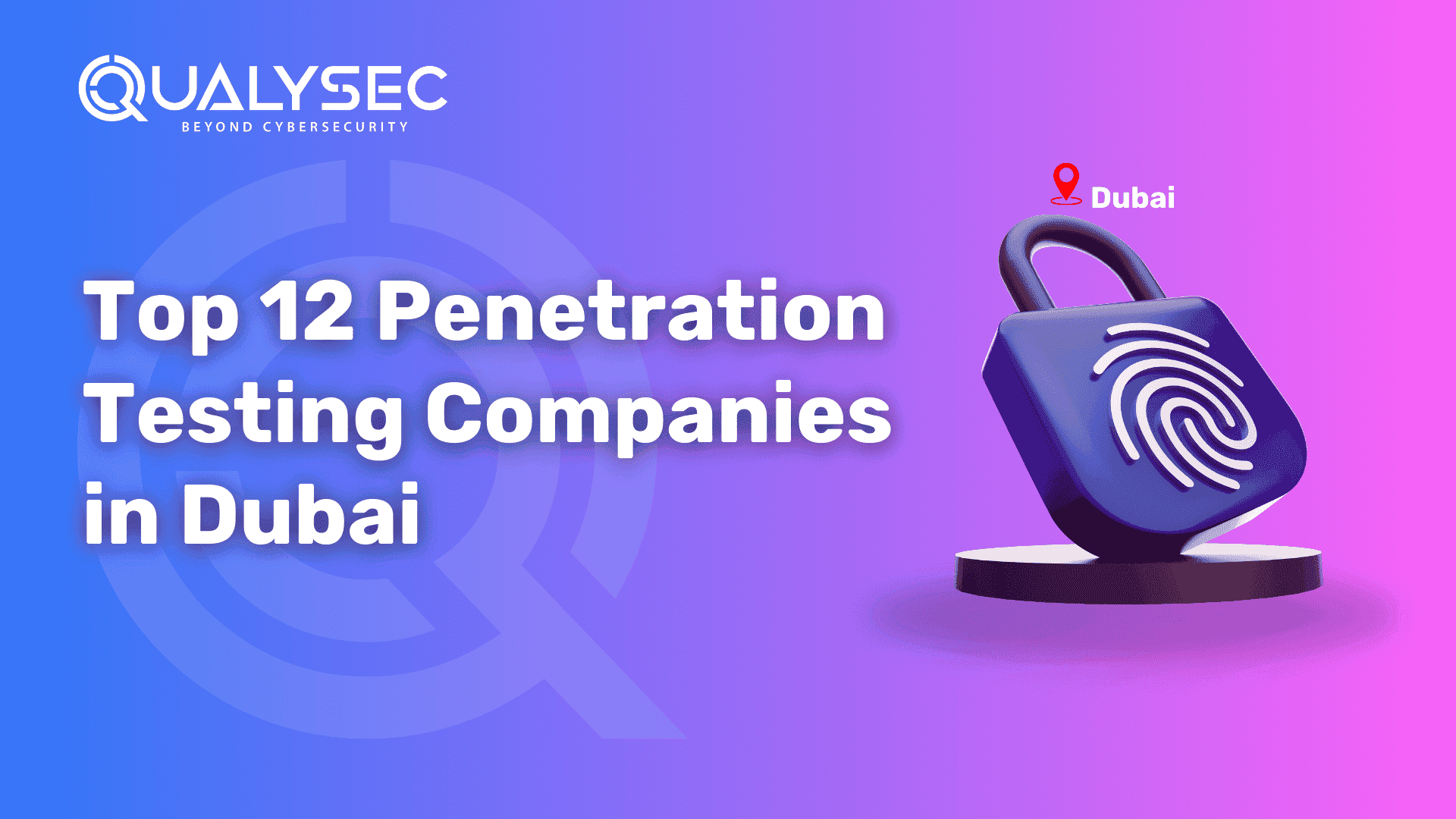
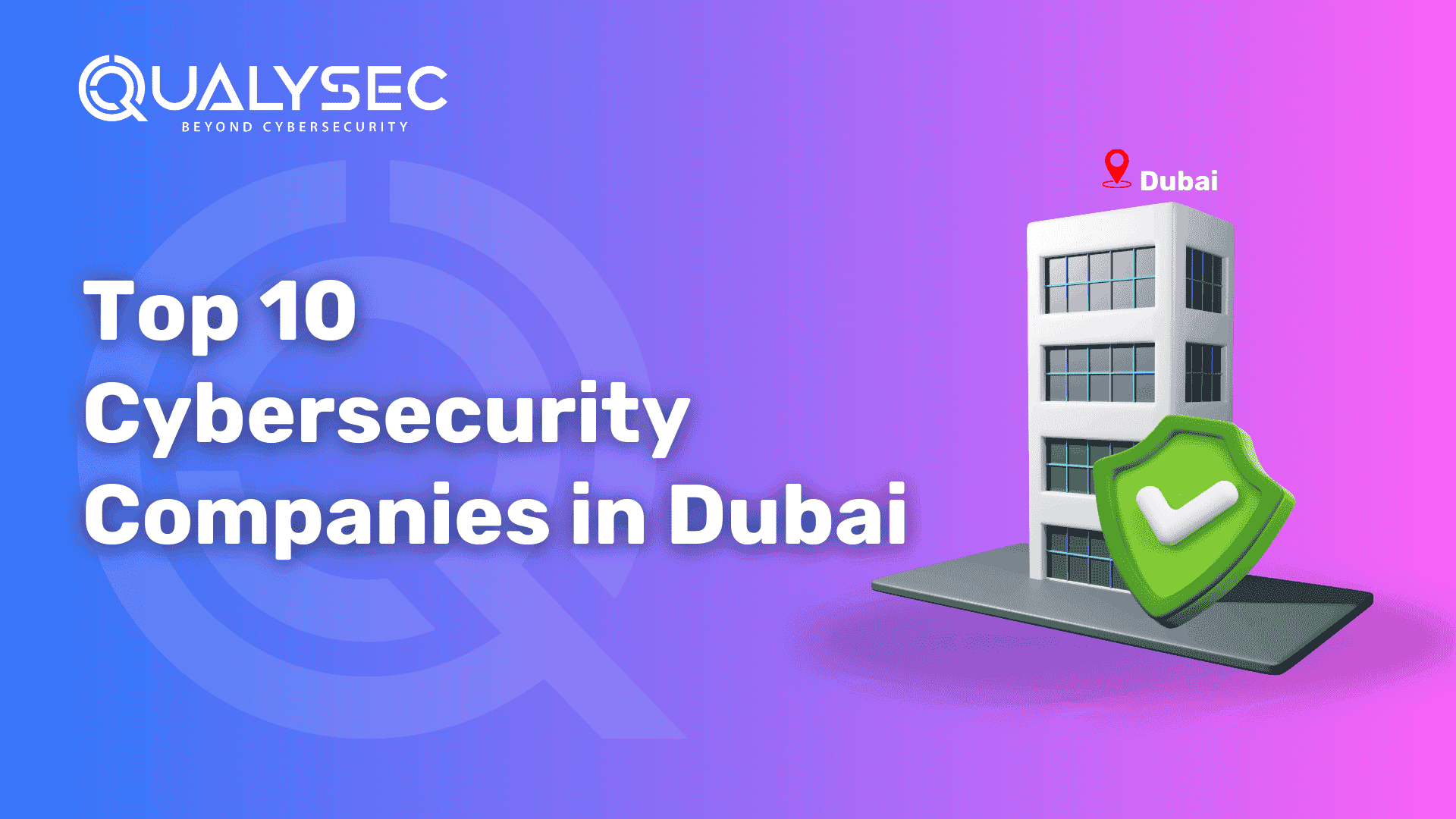





0 Comments